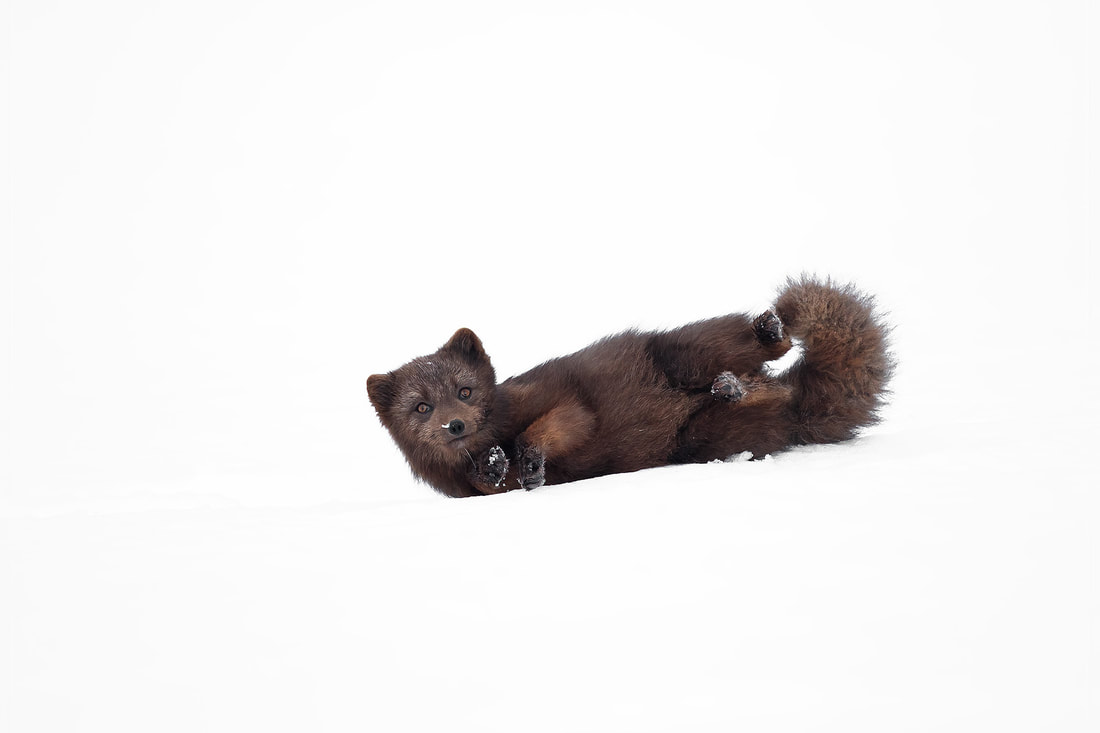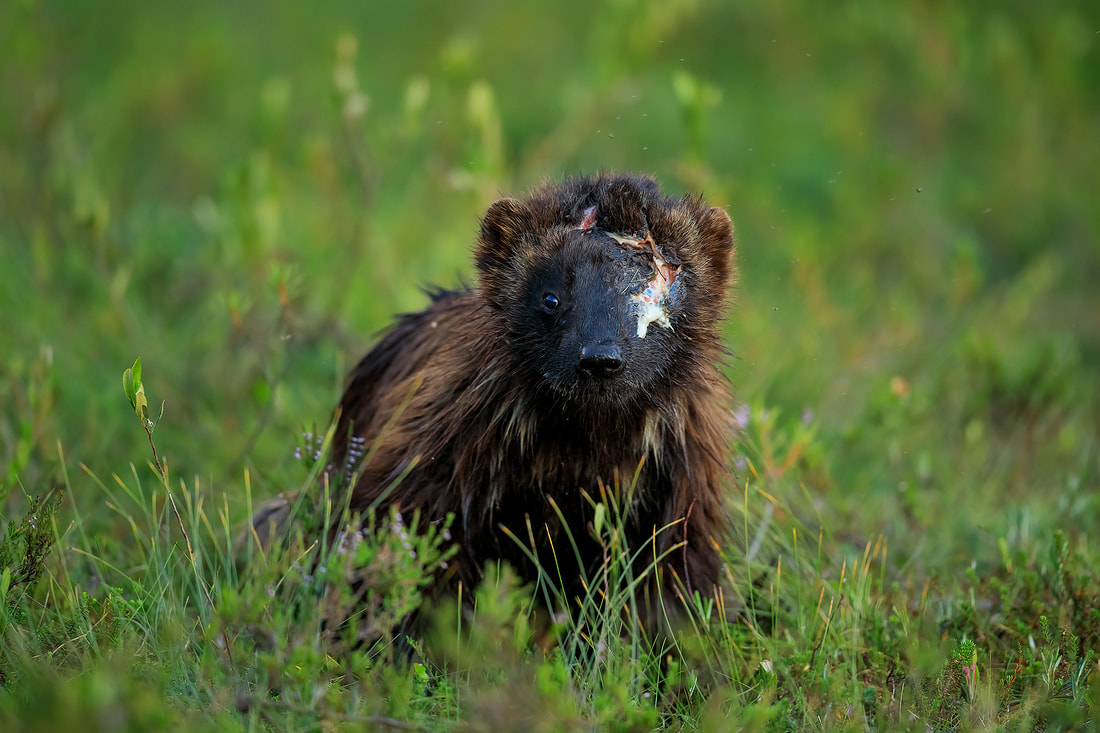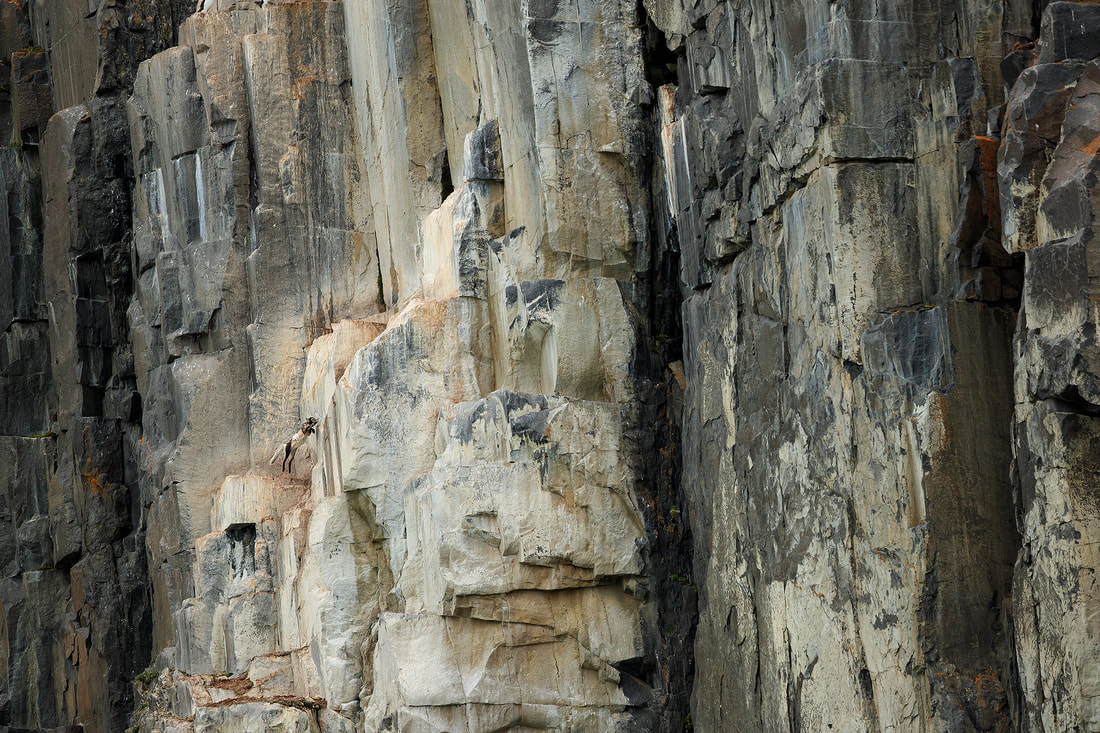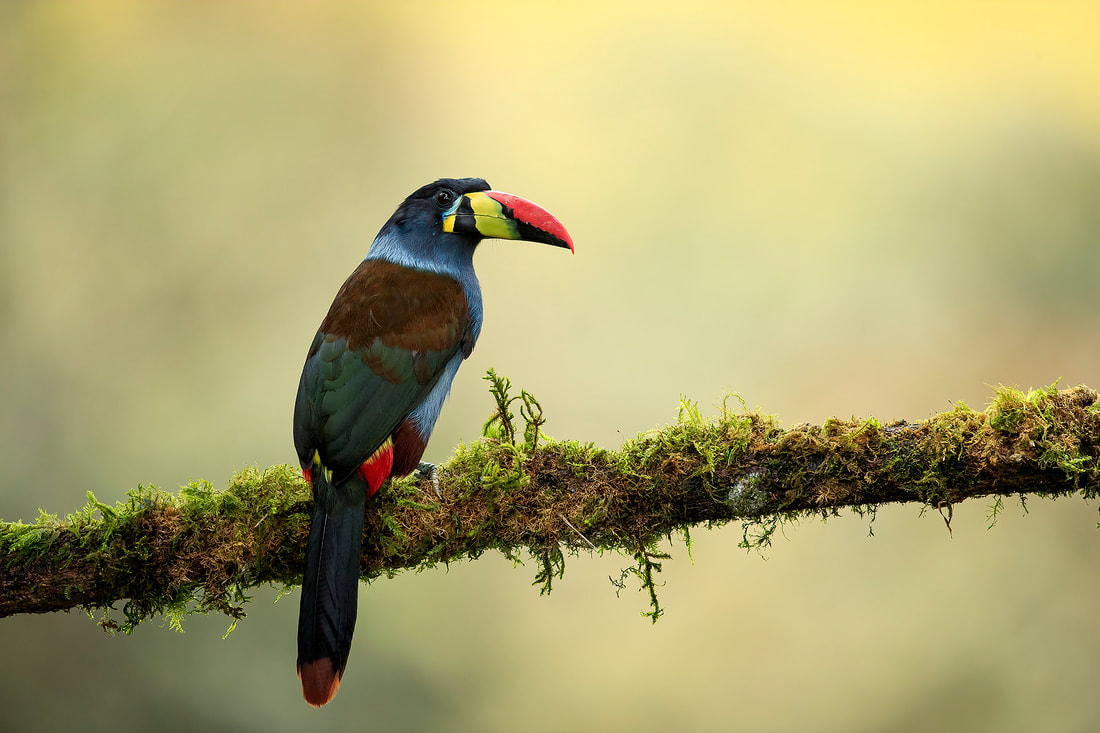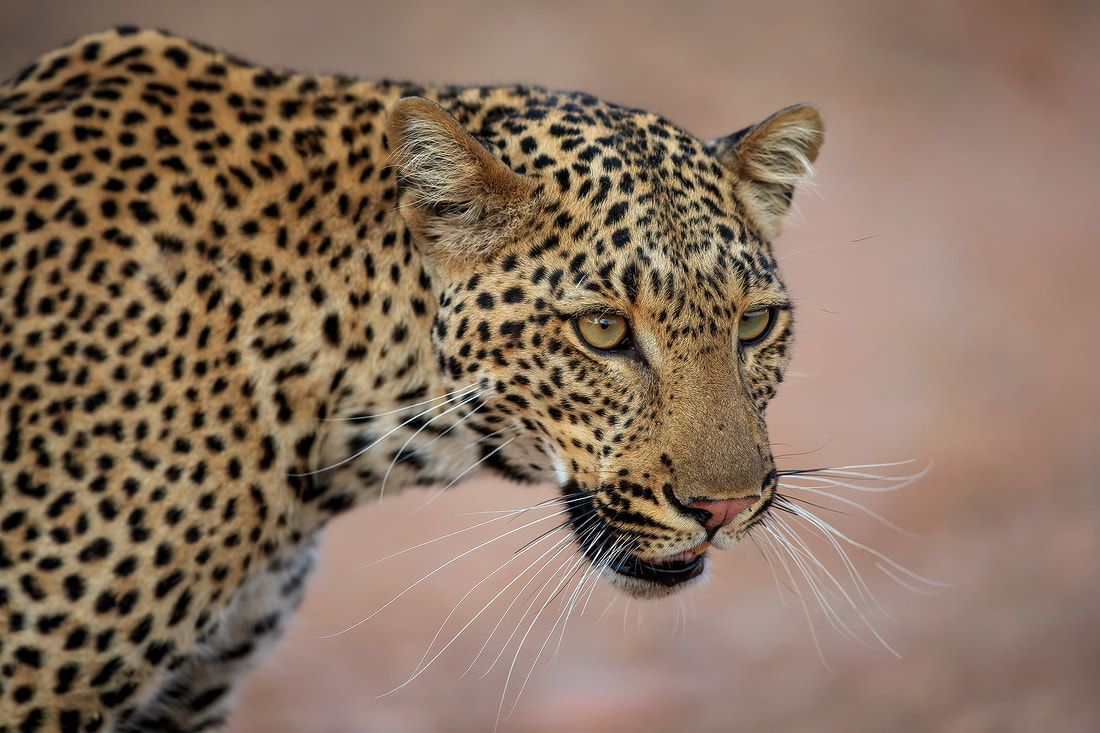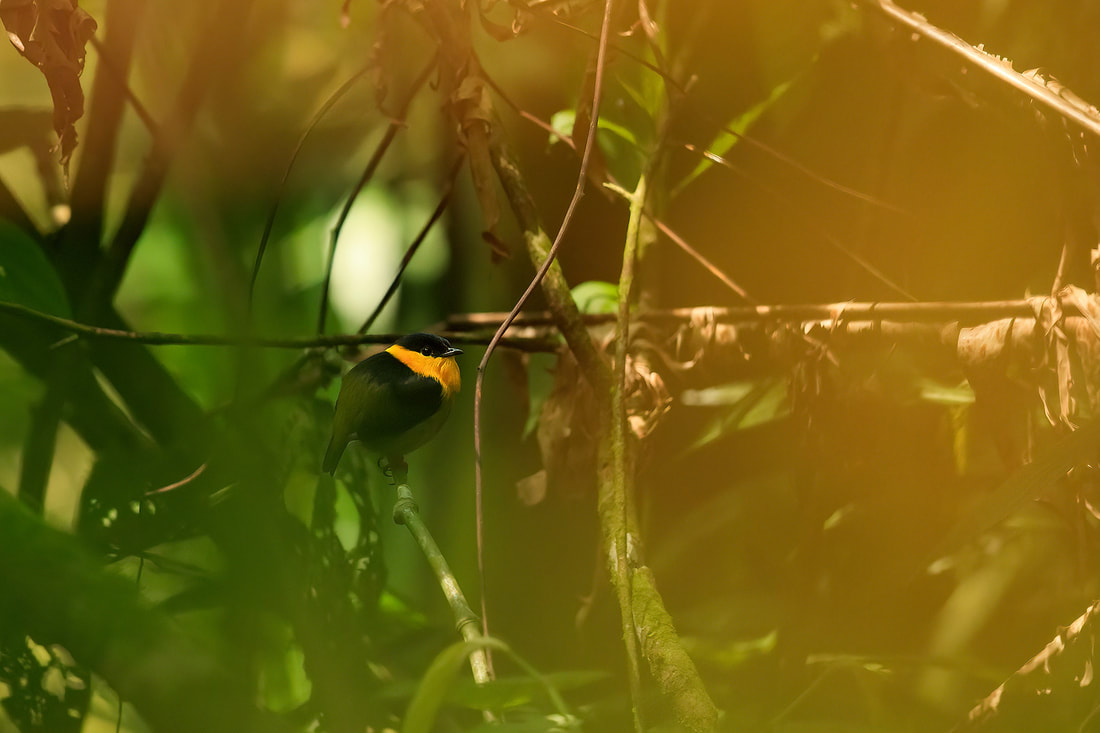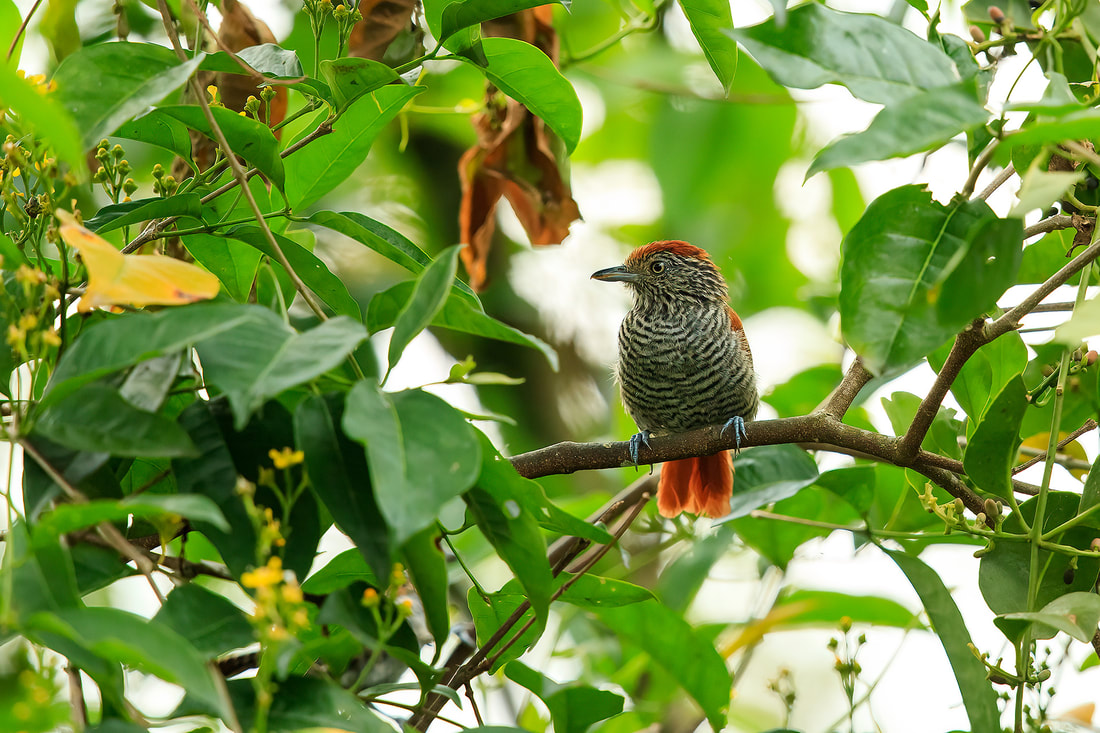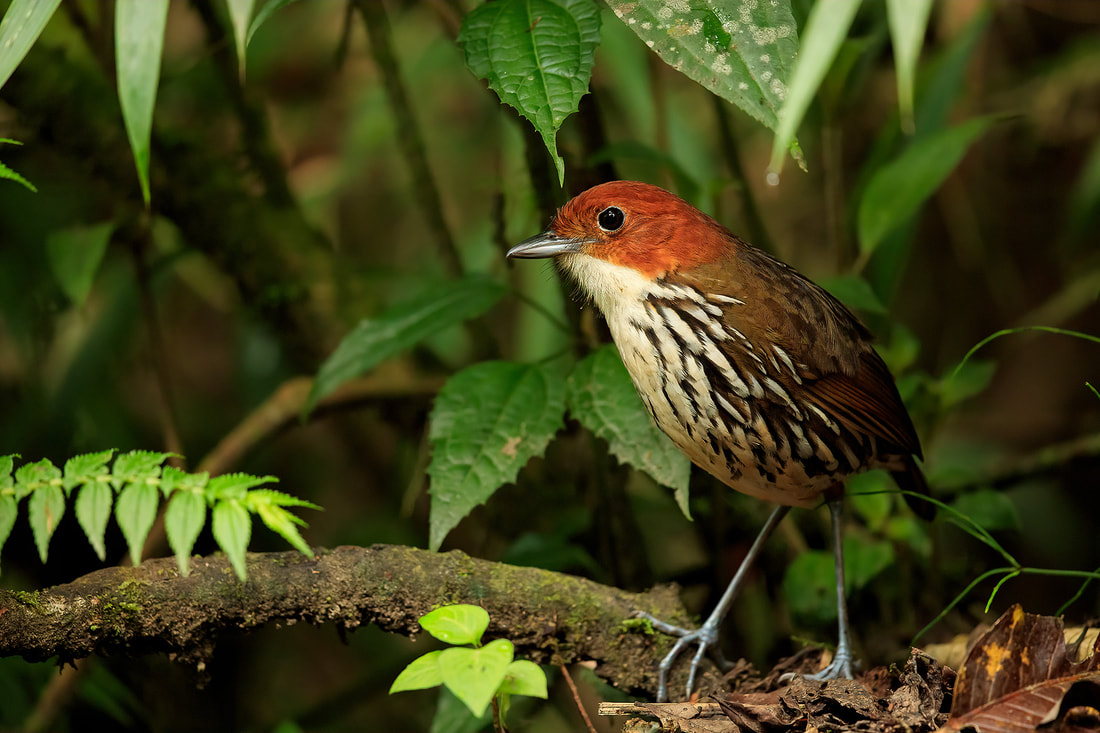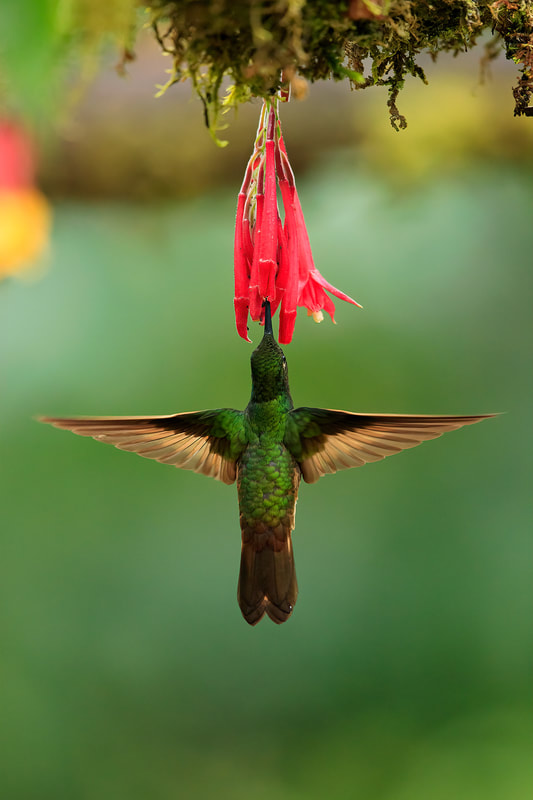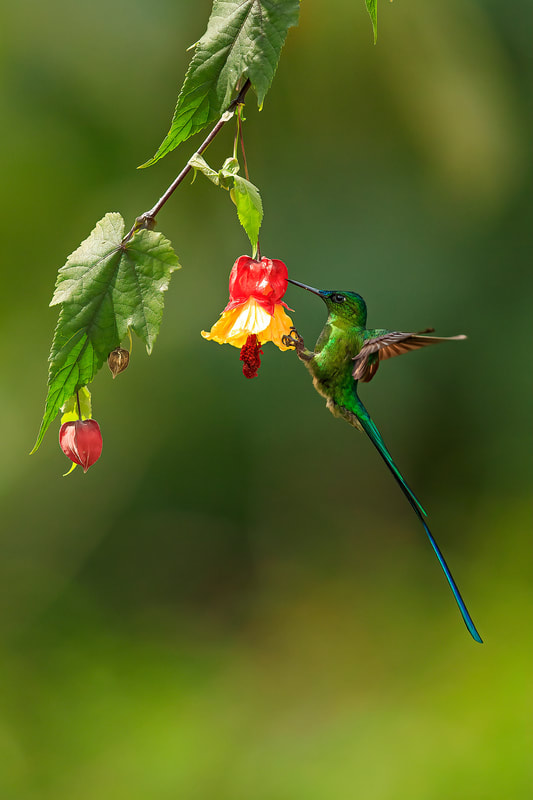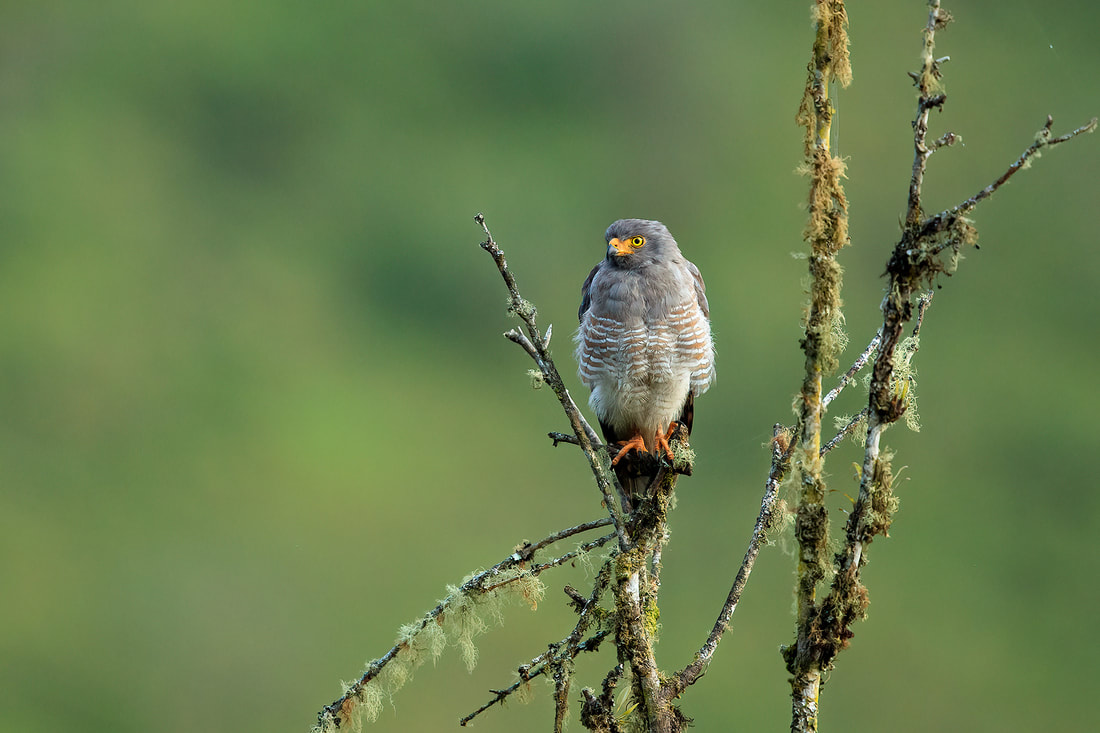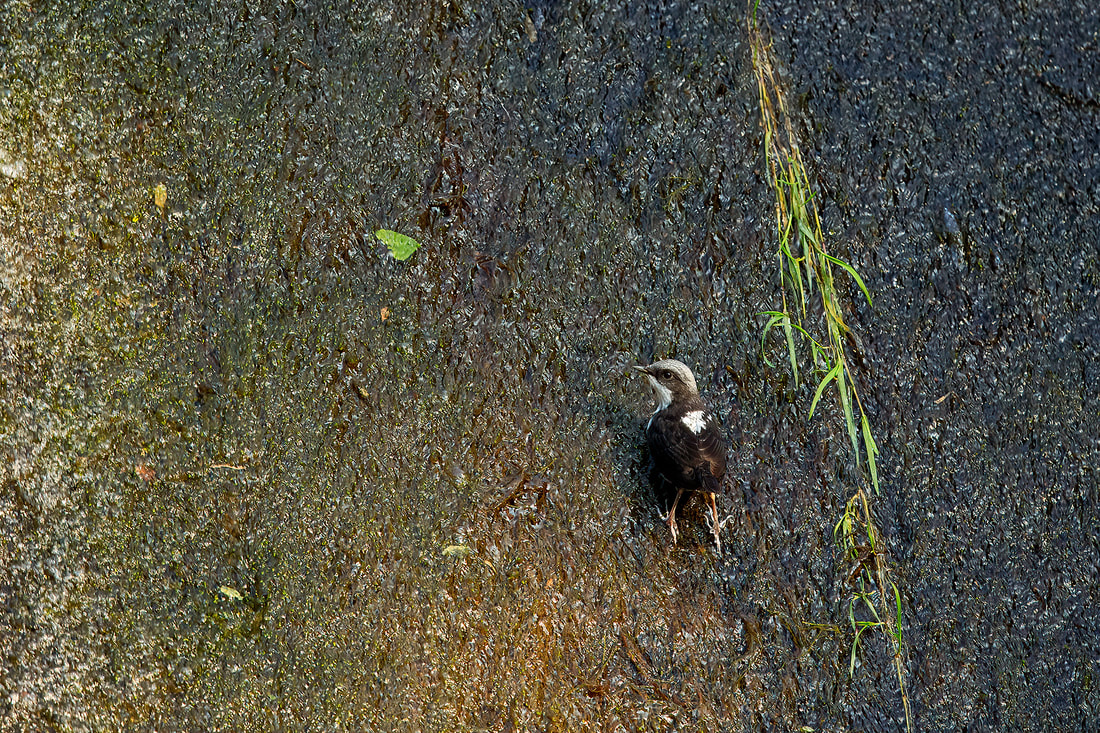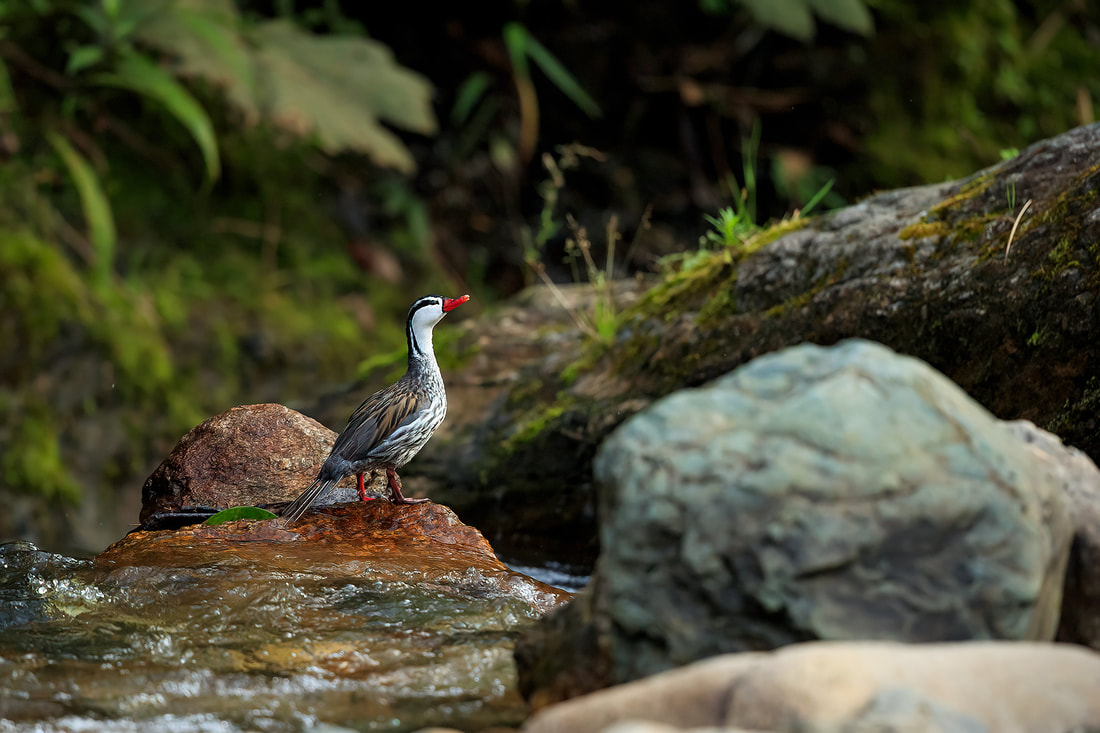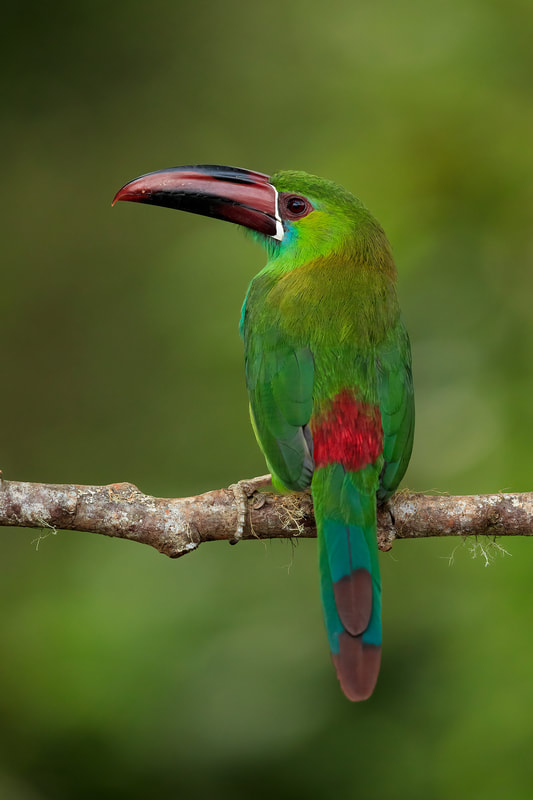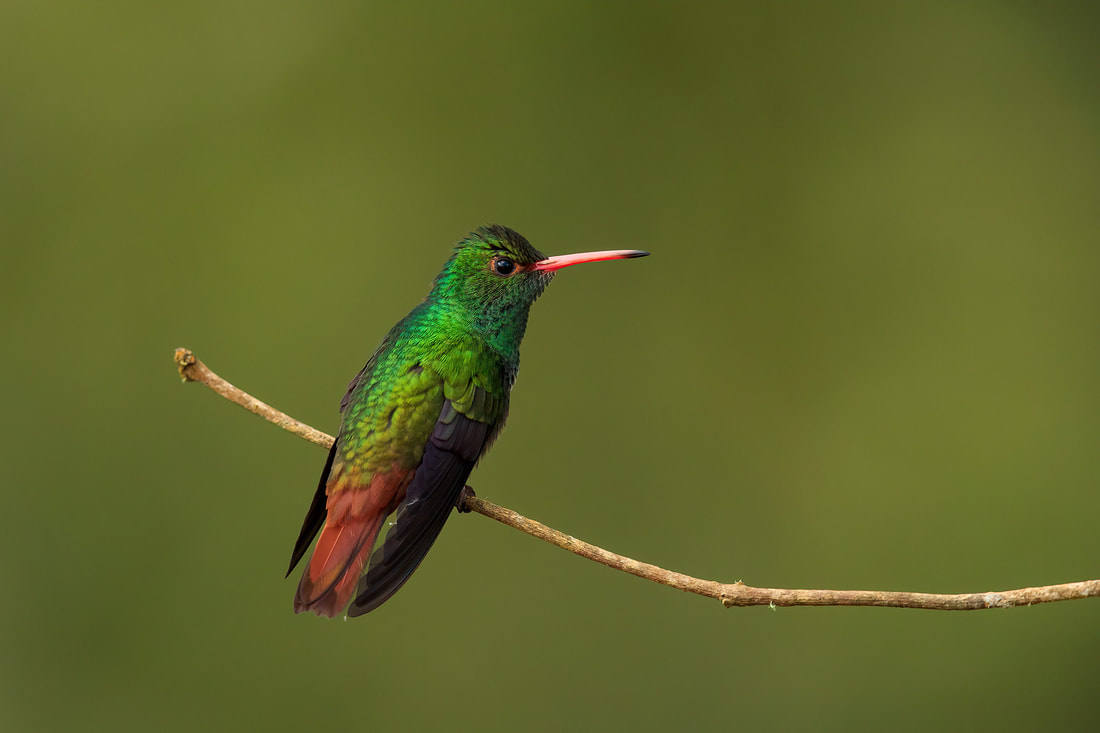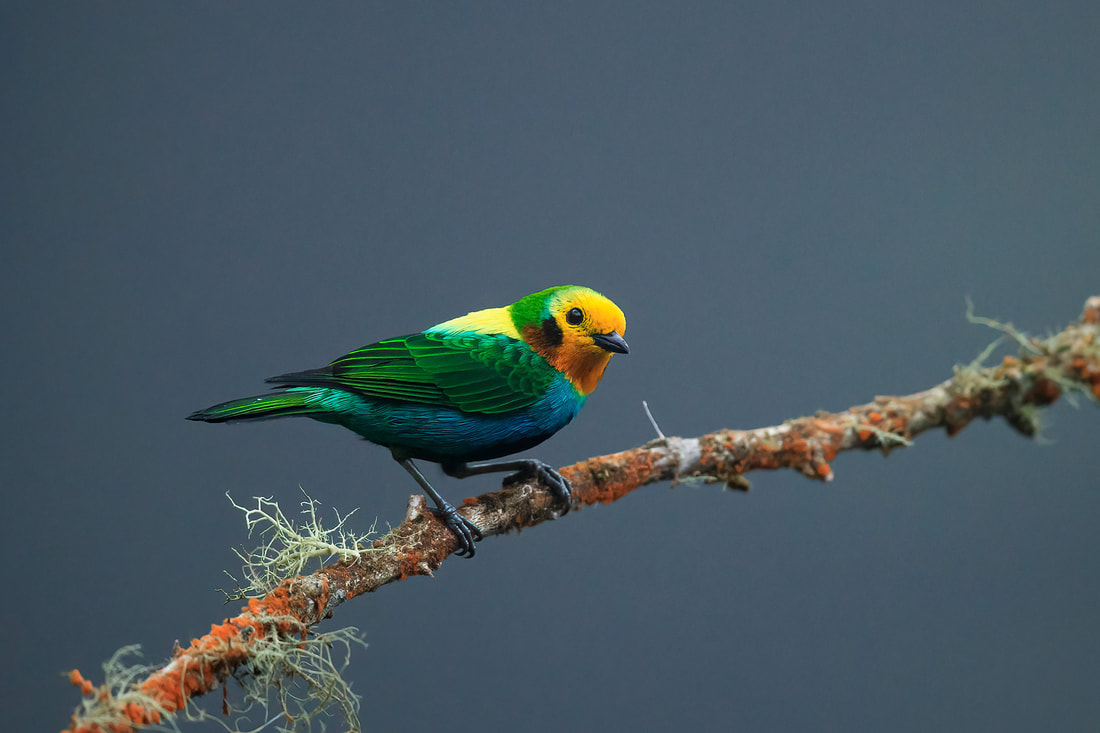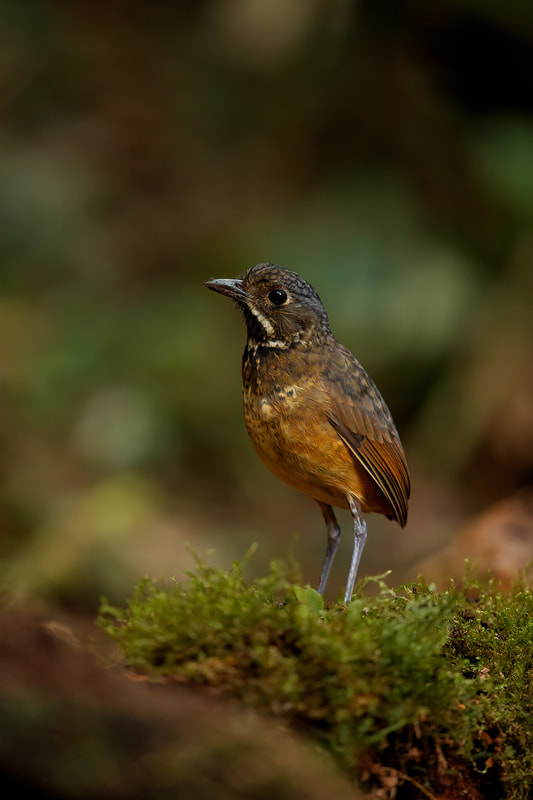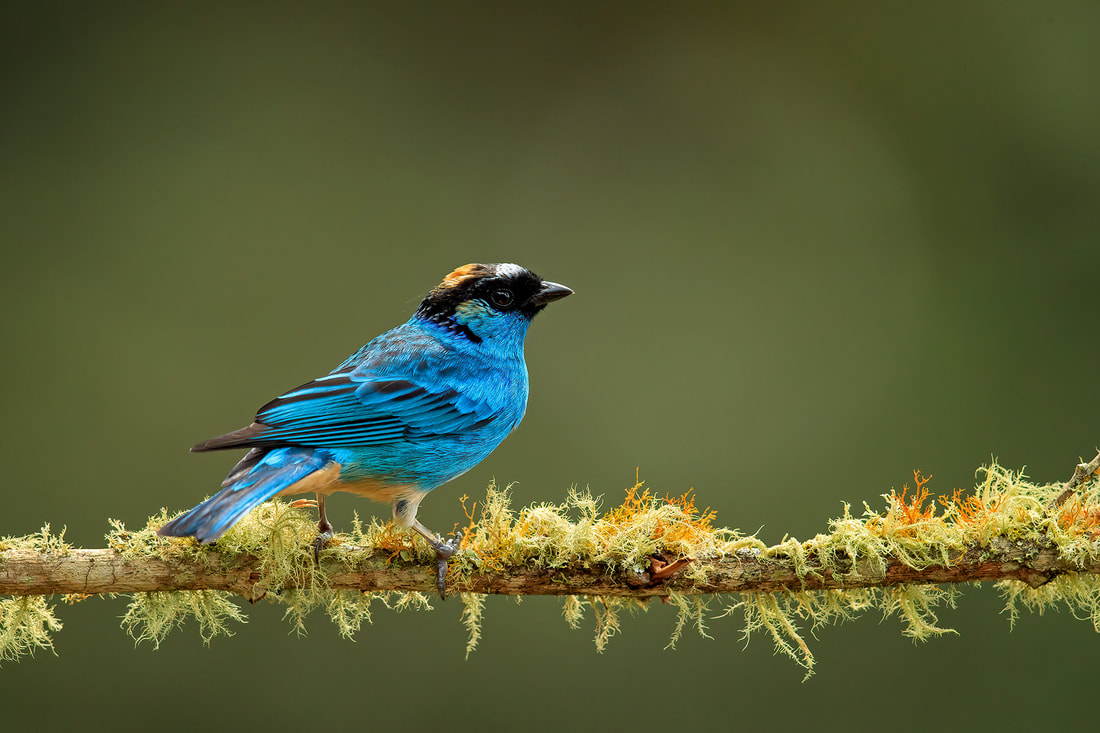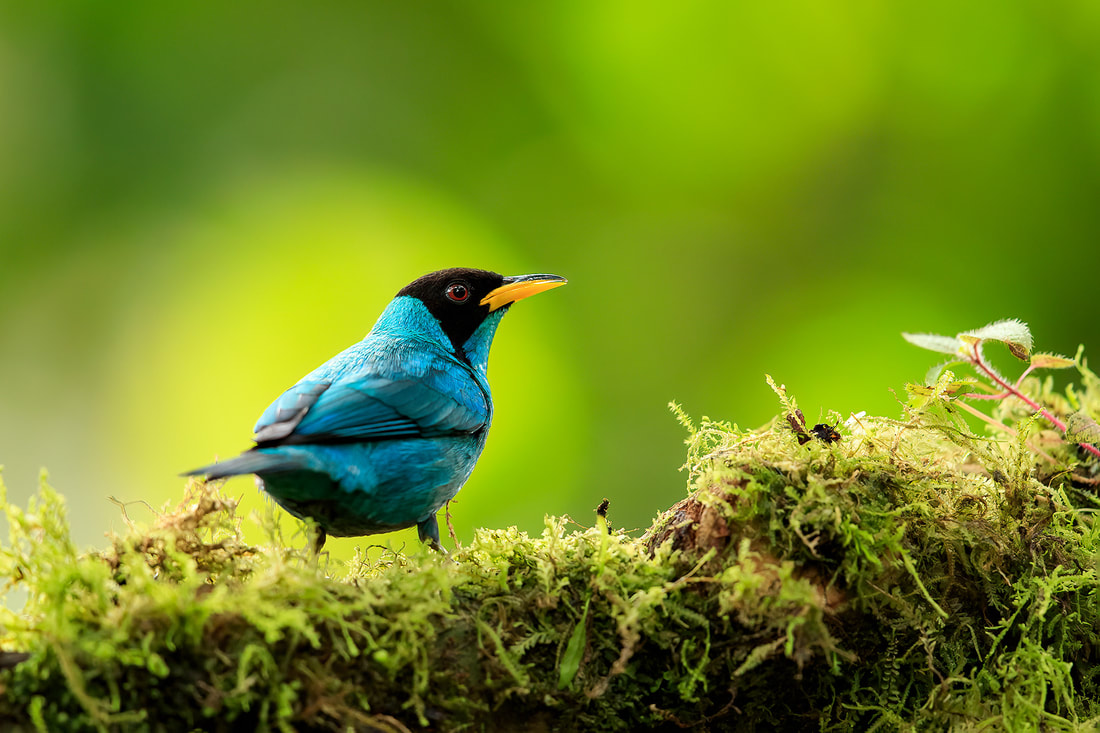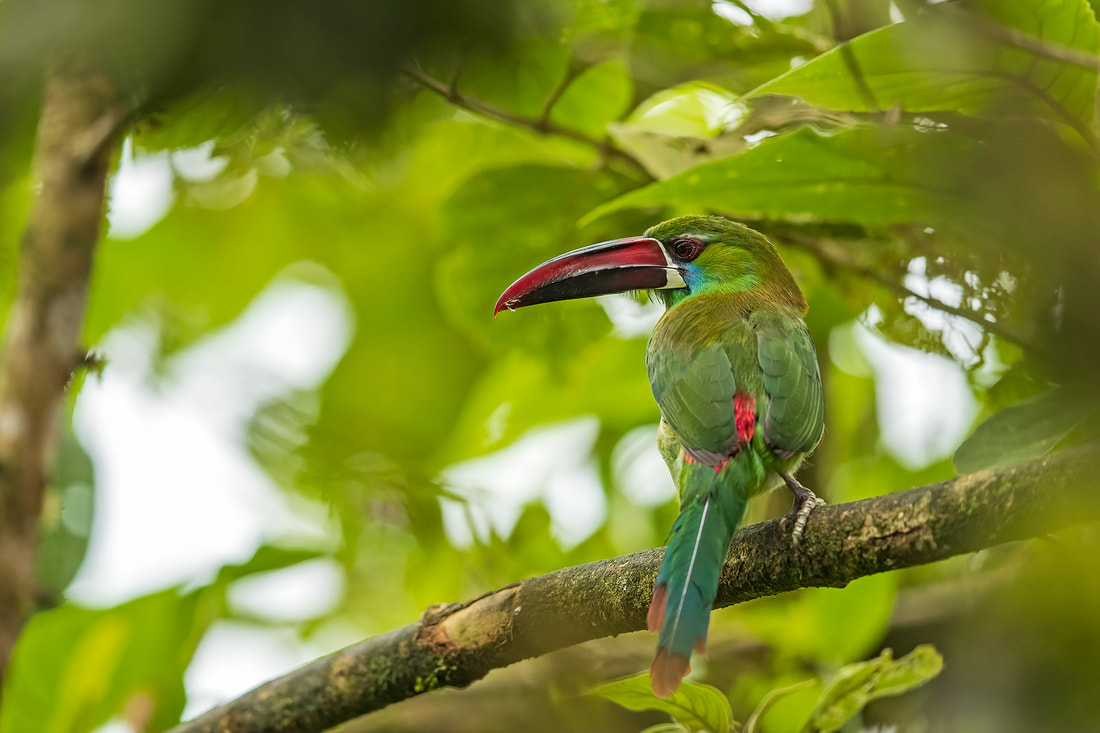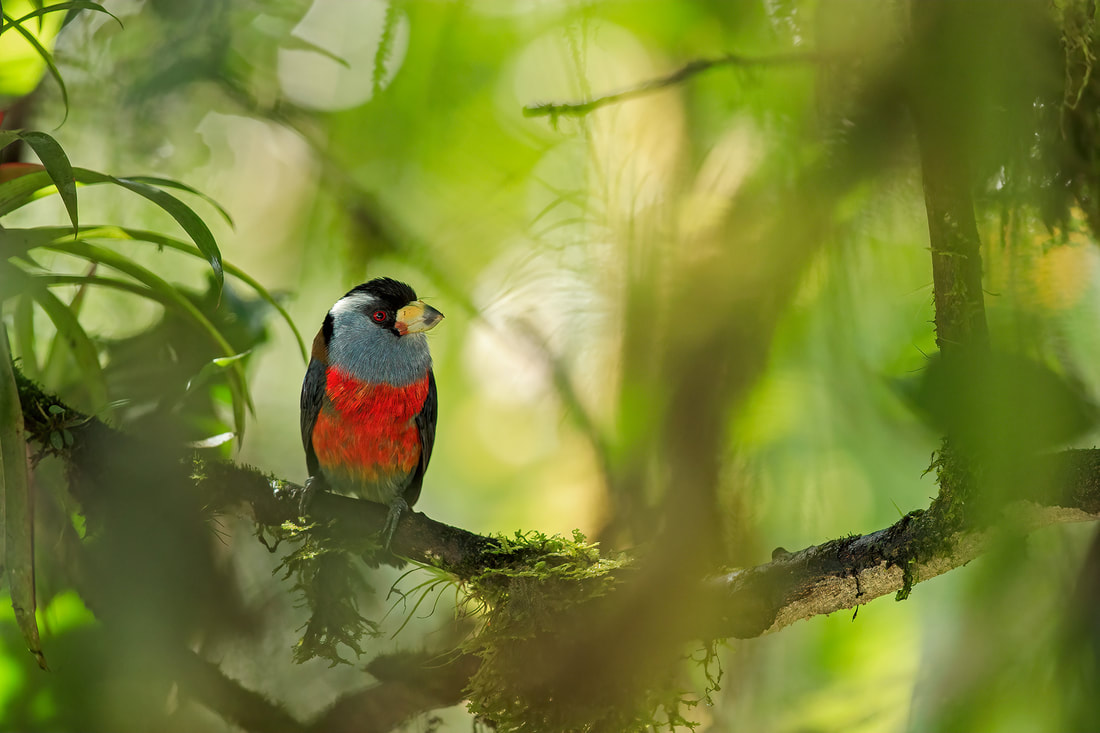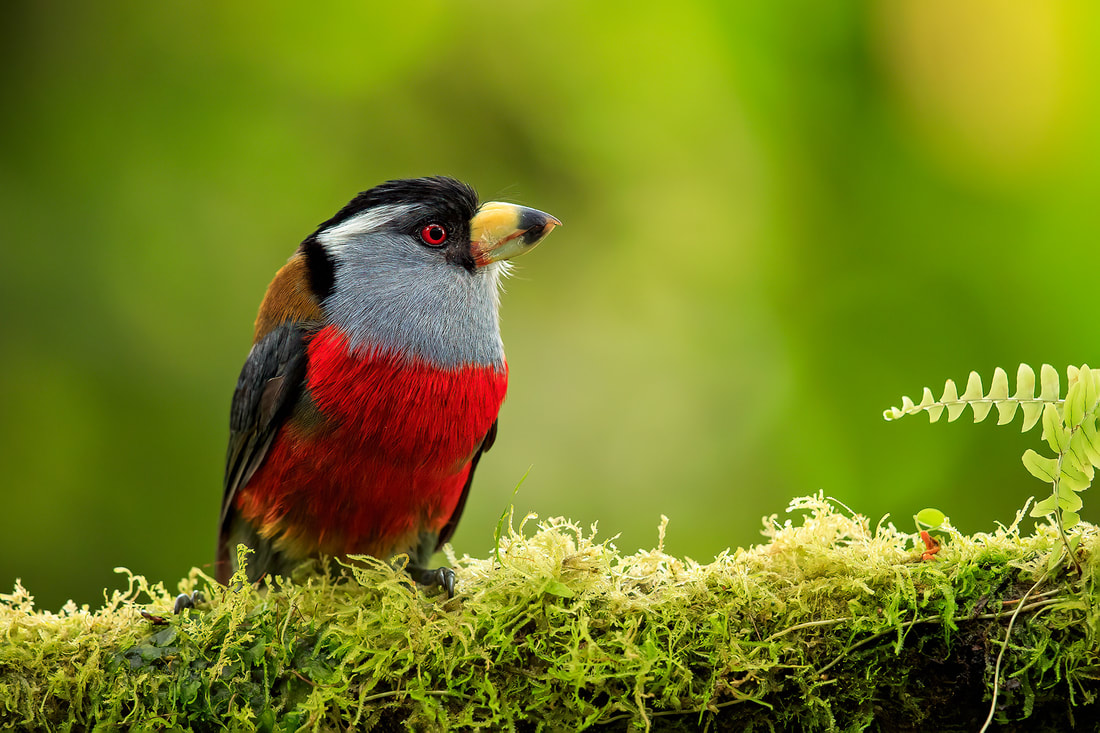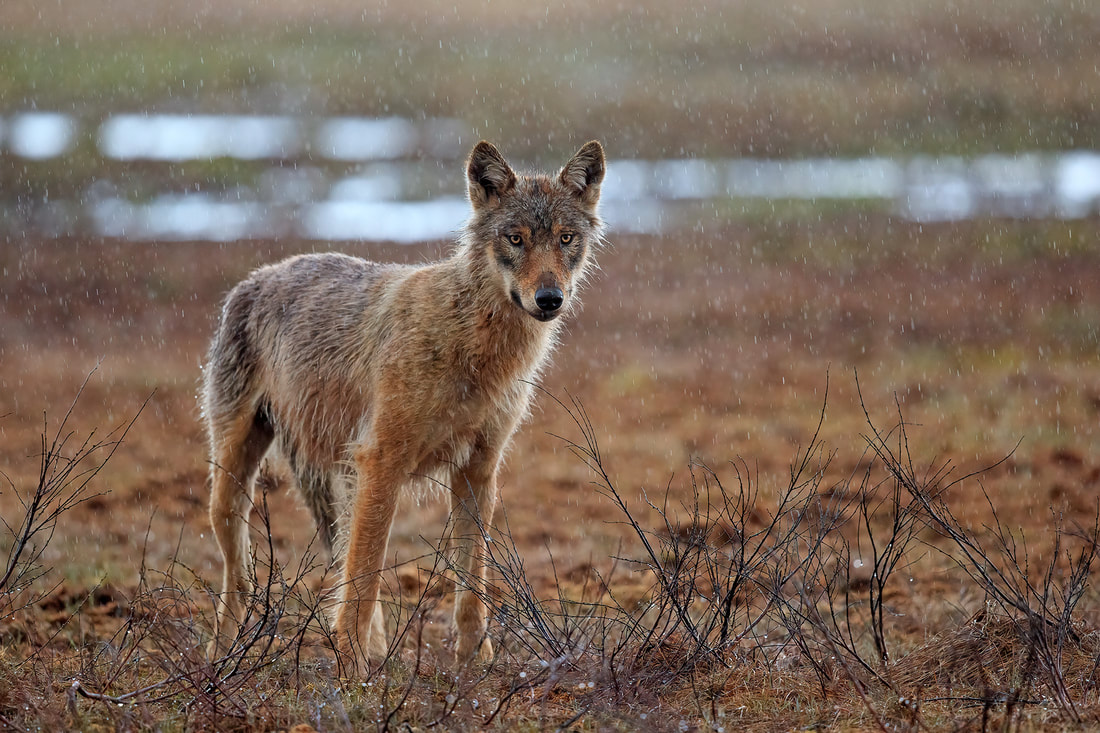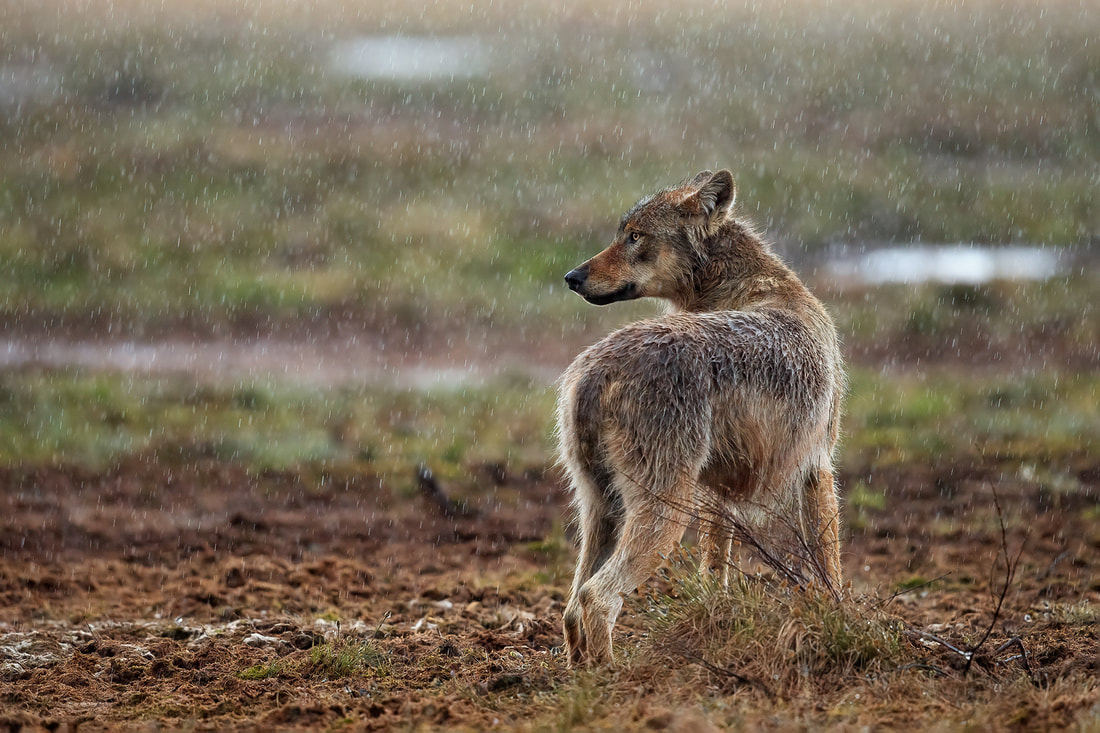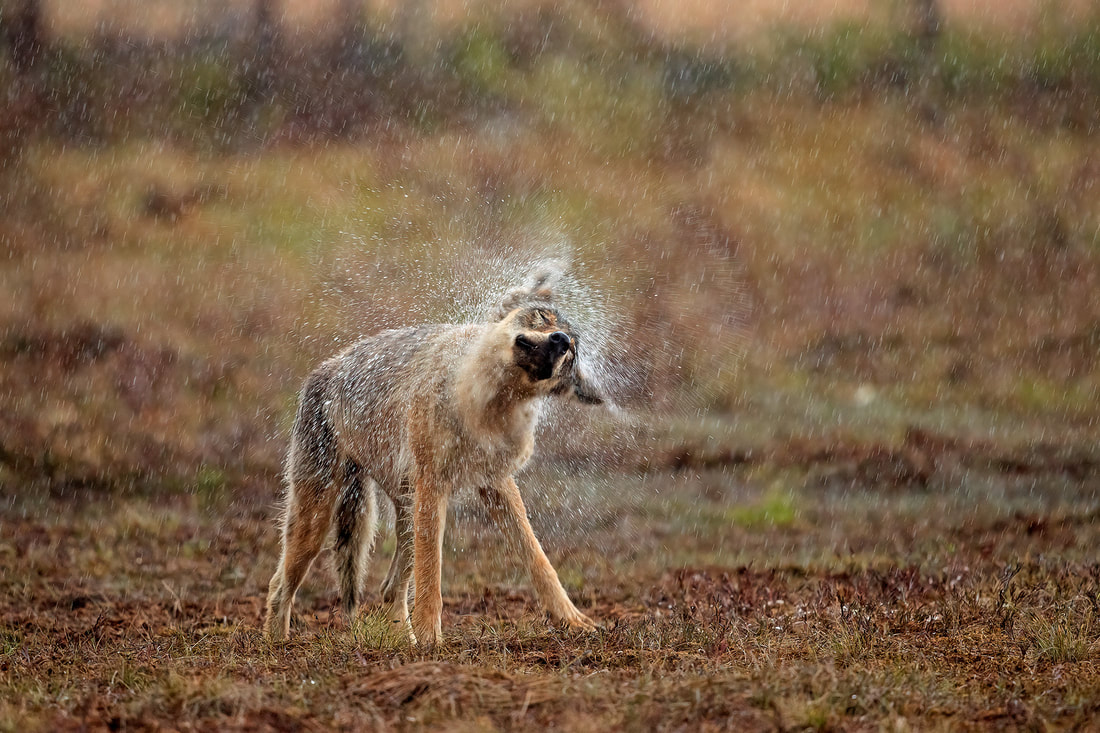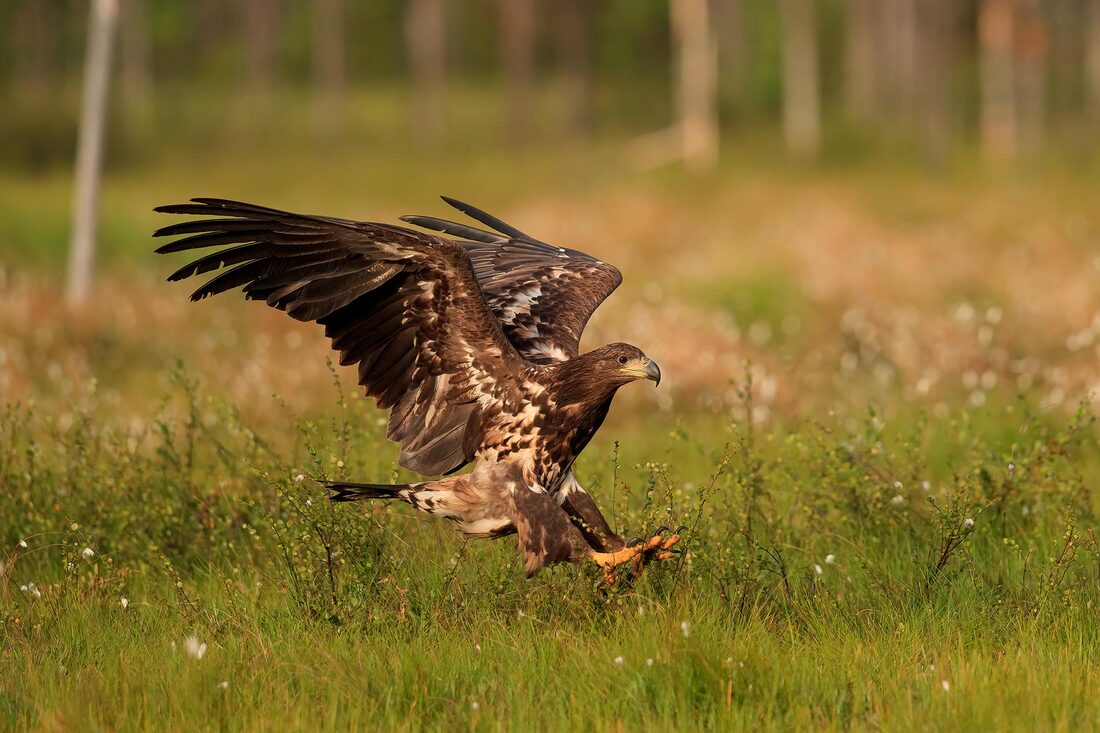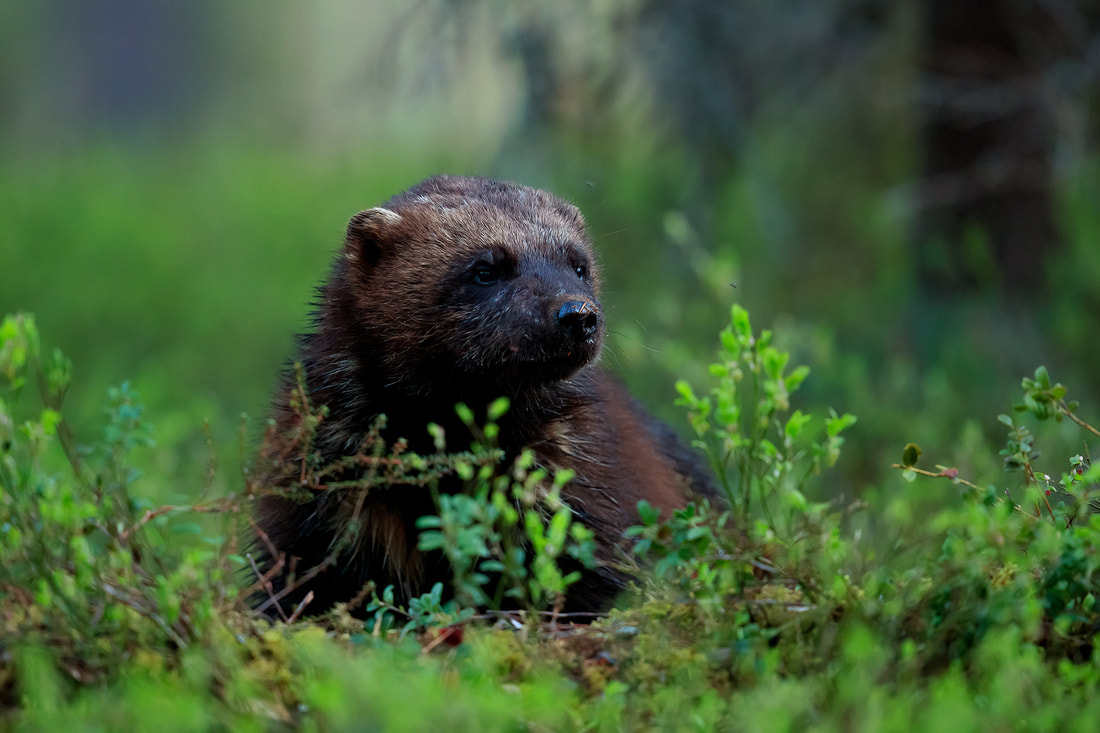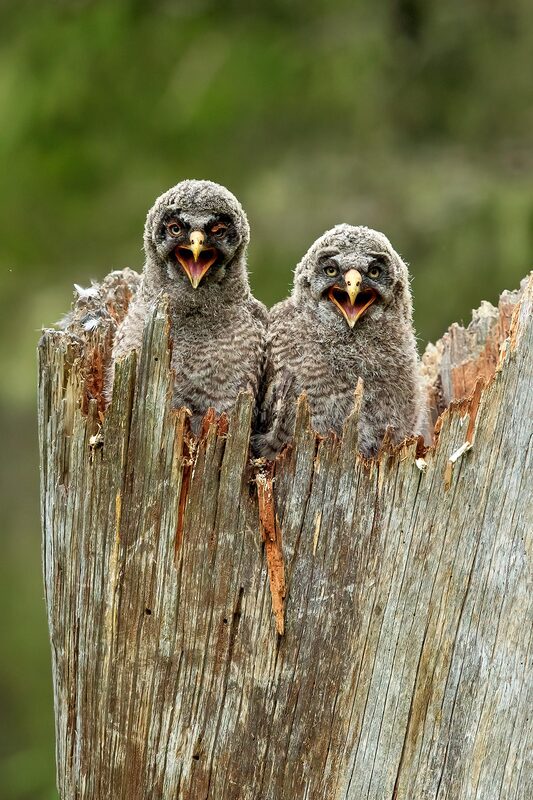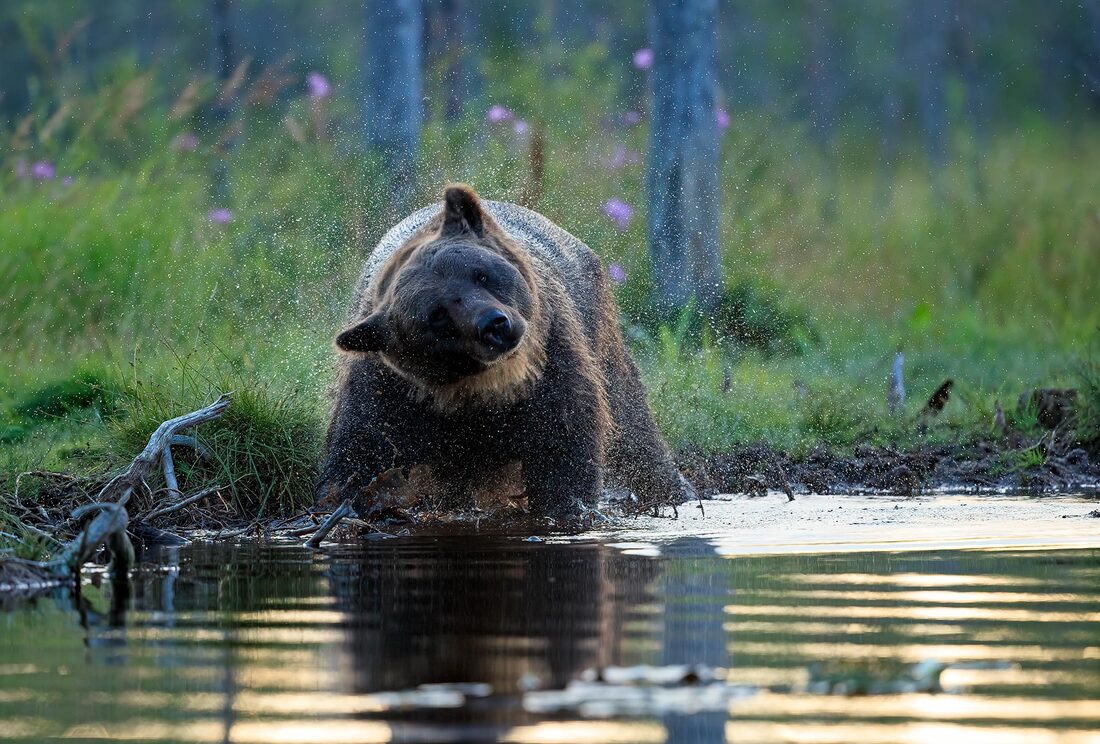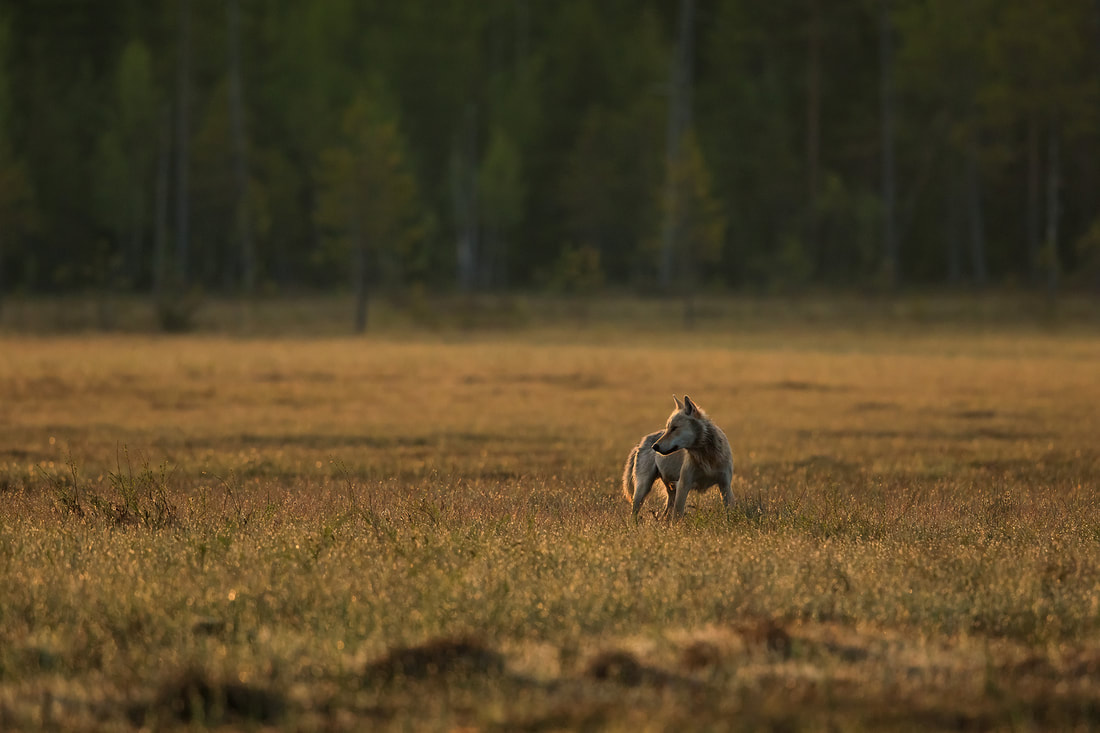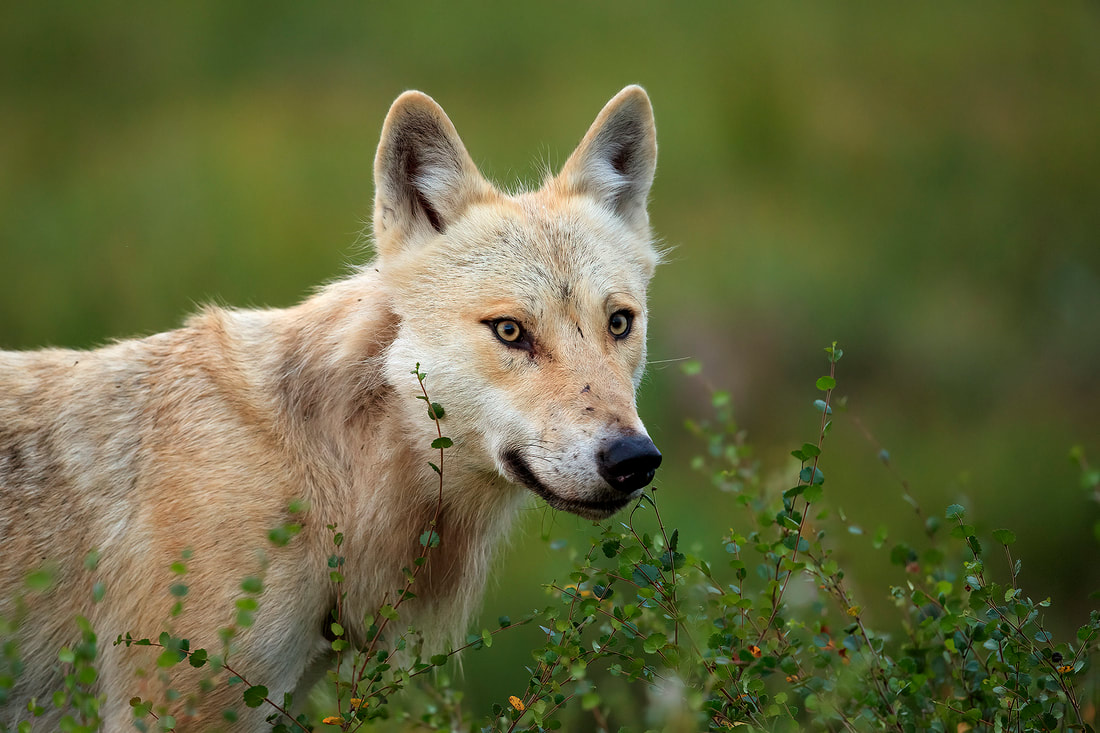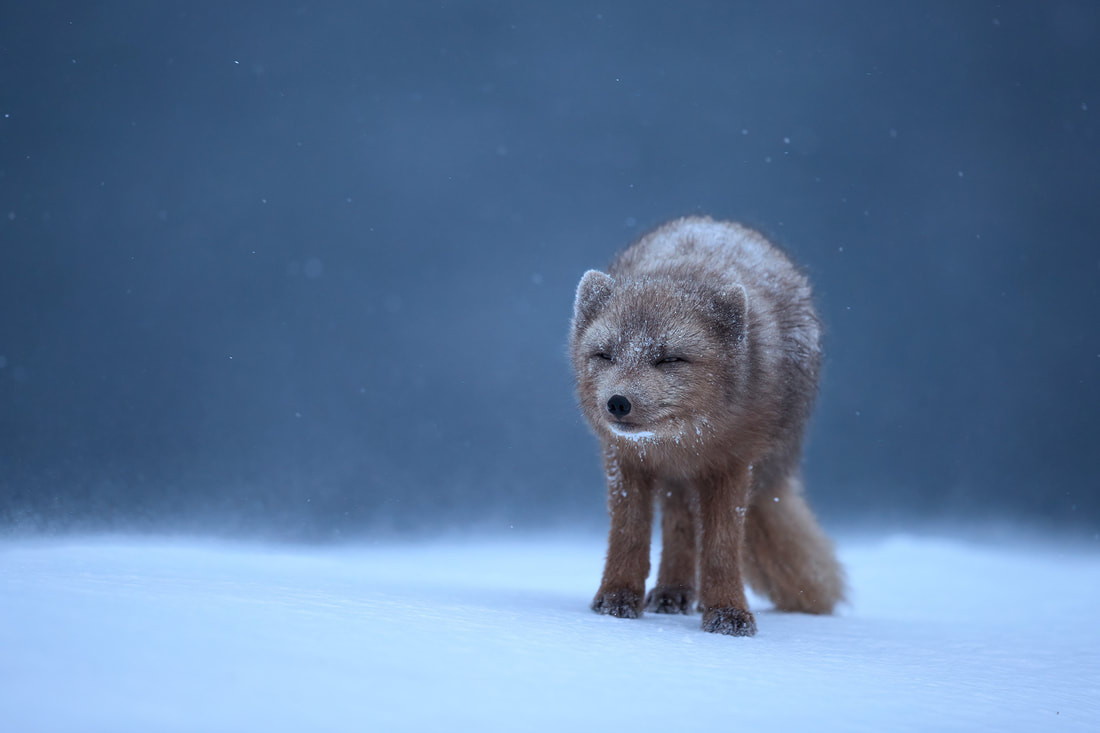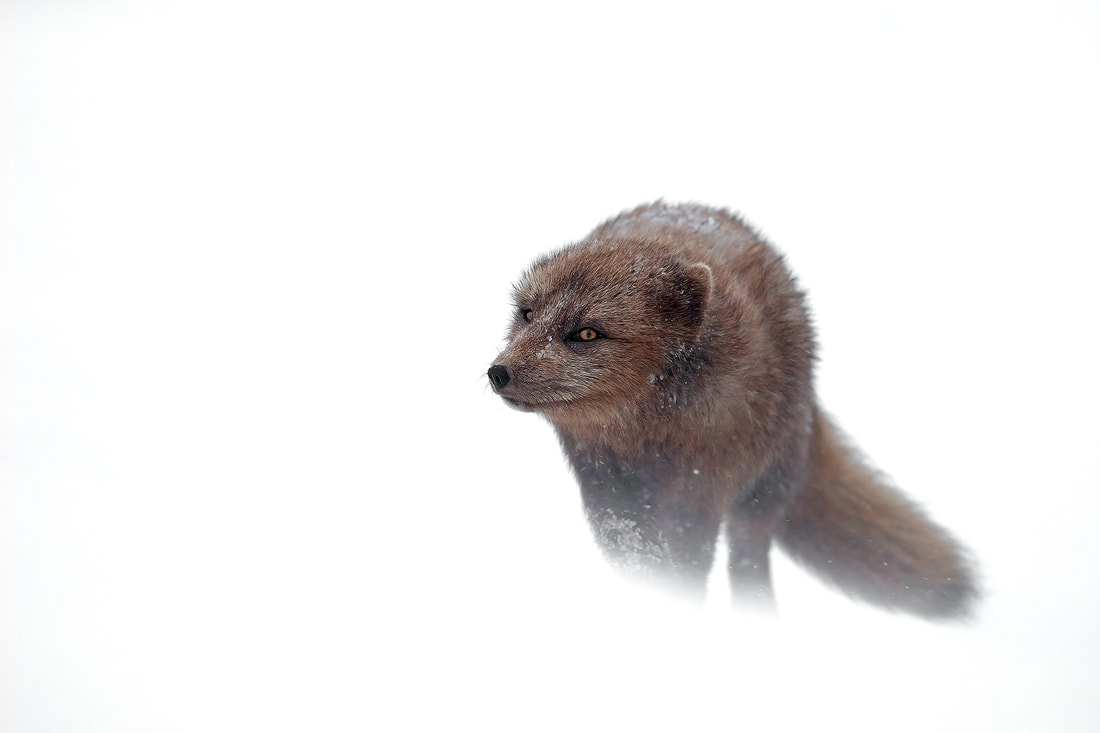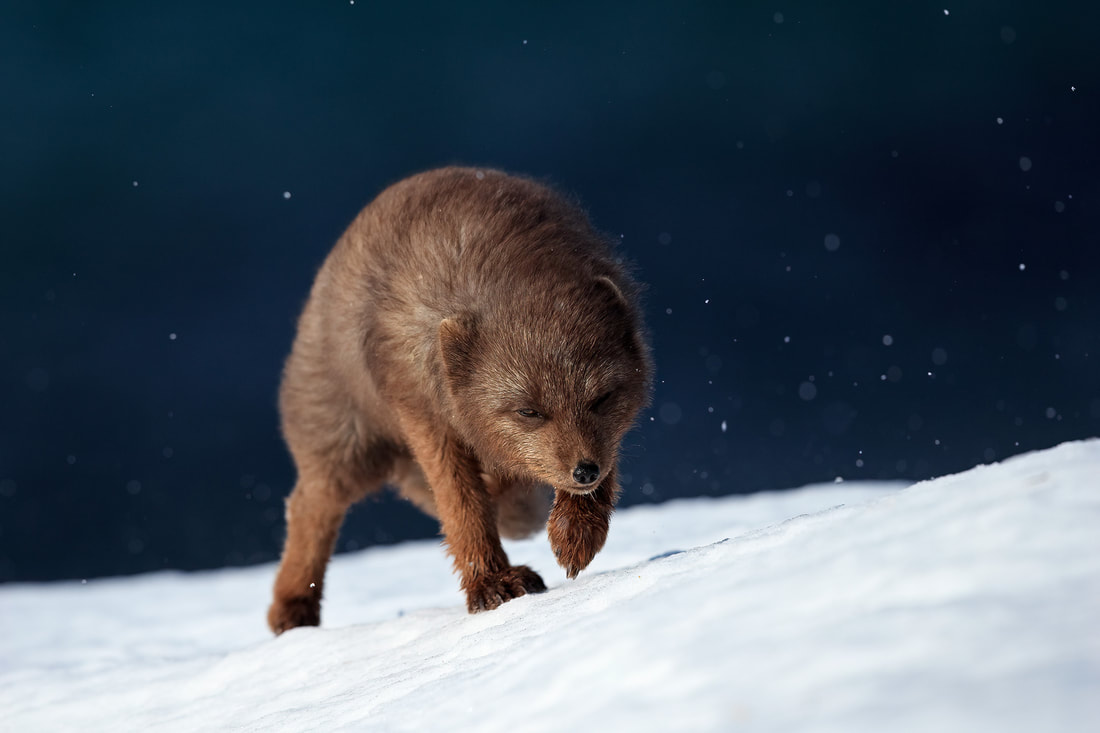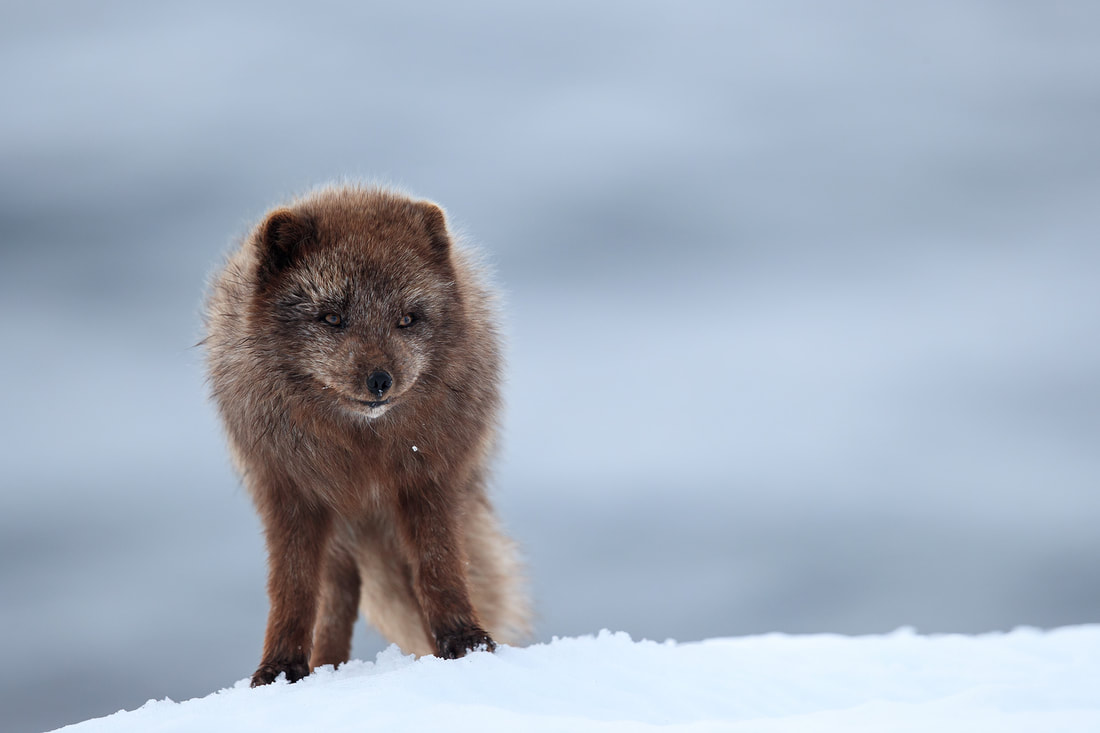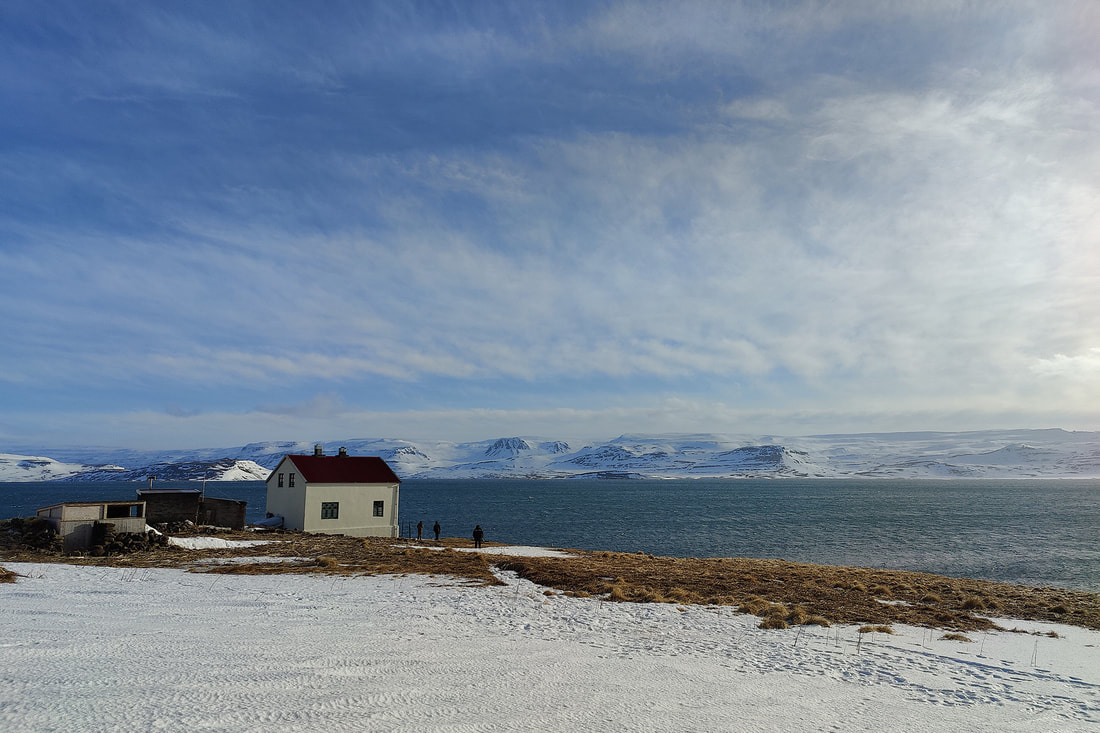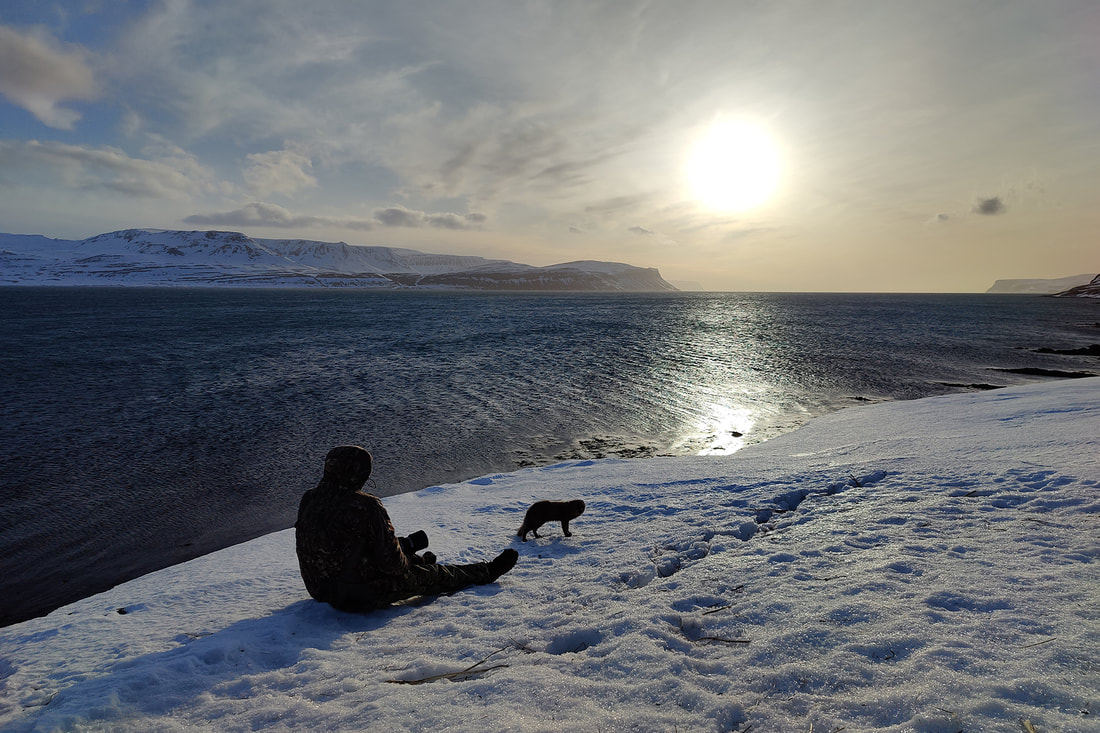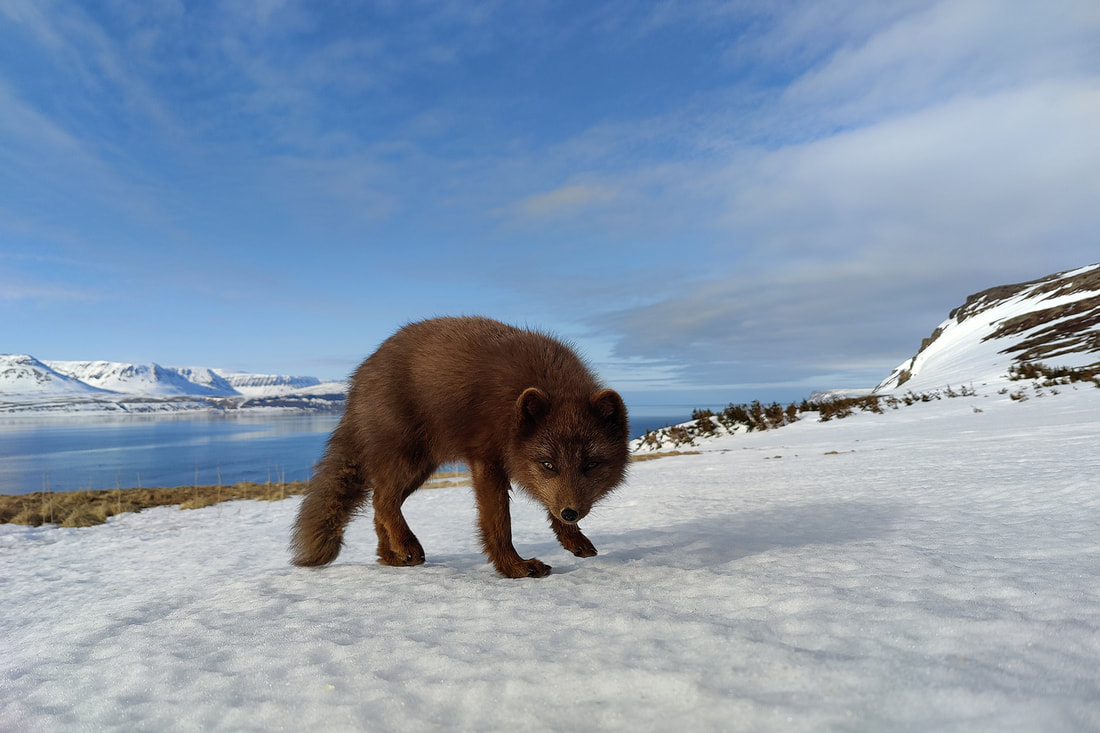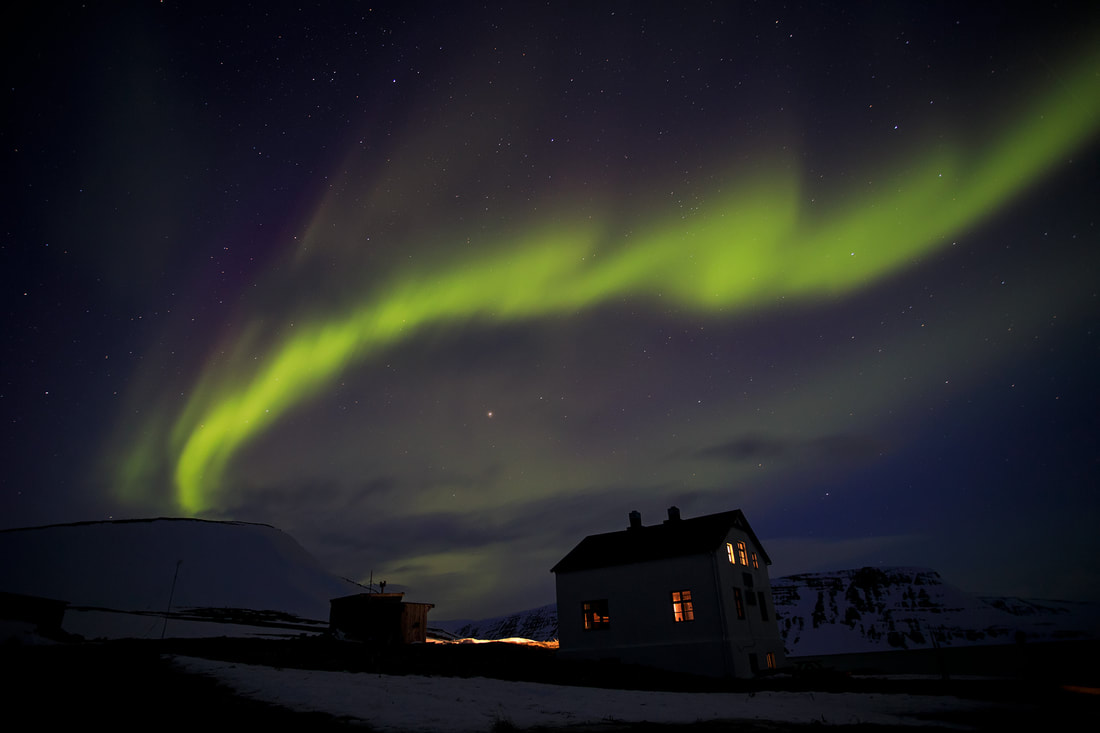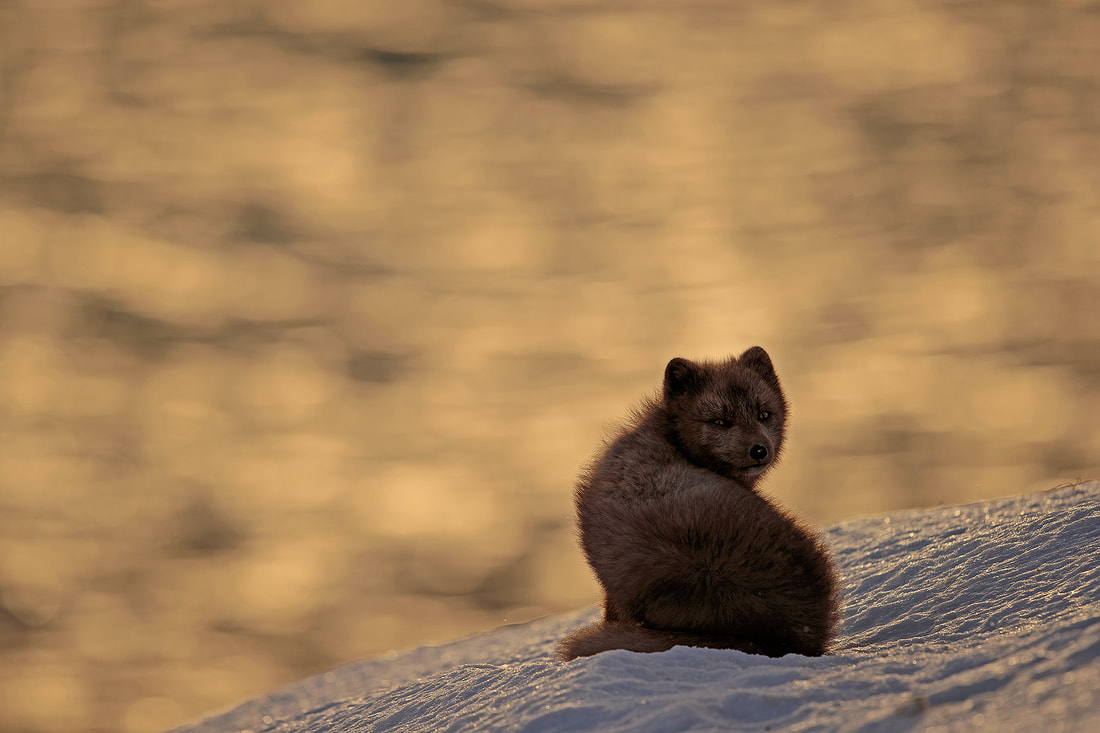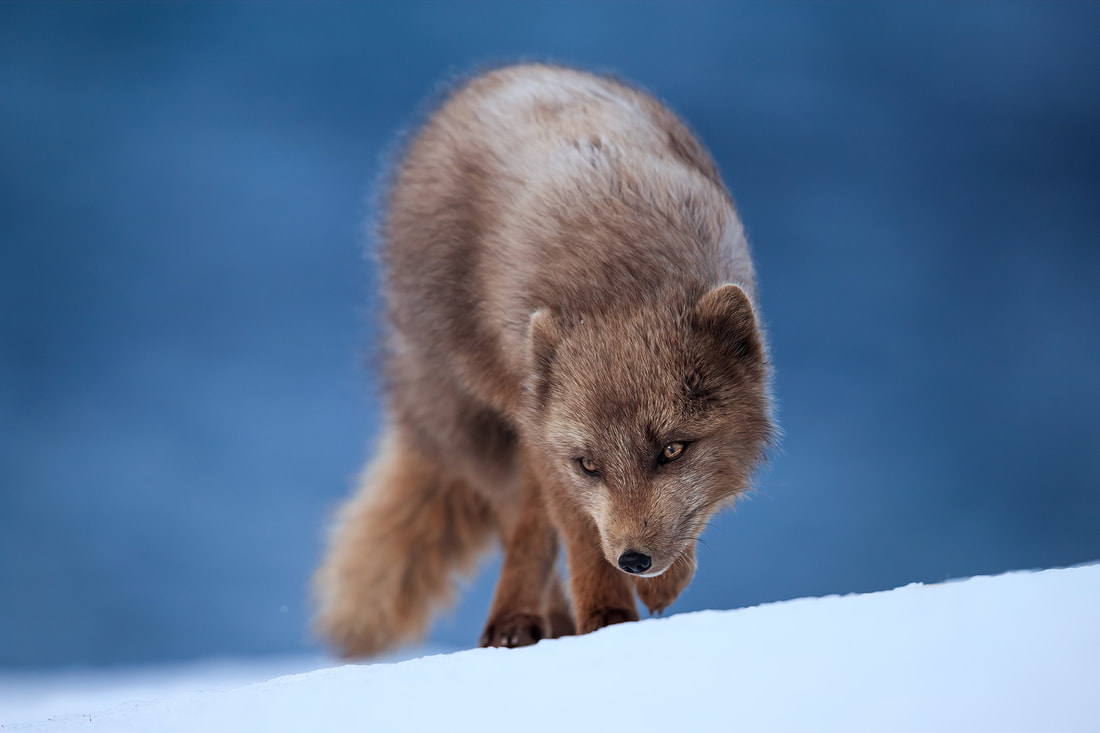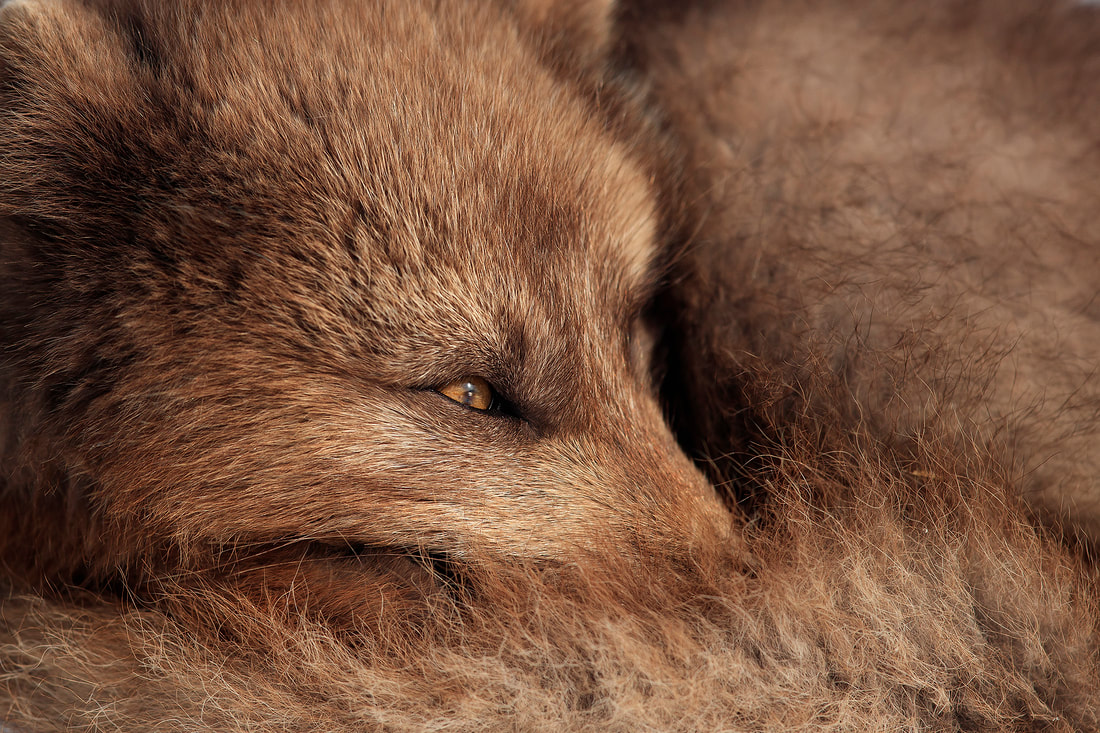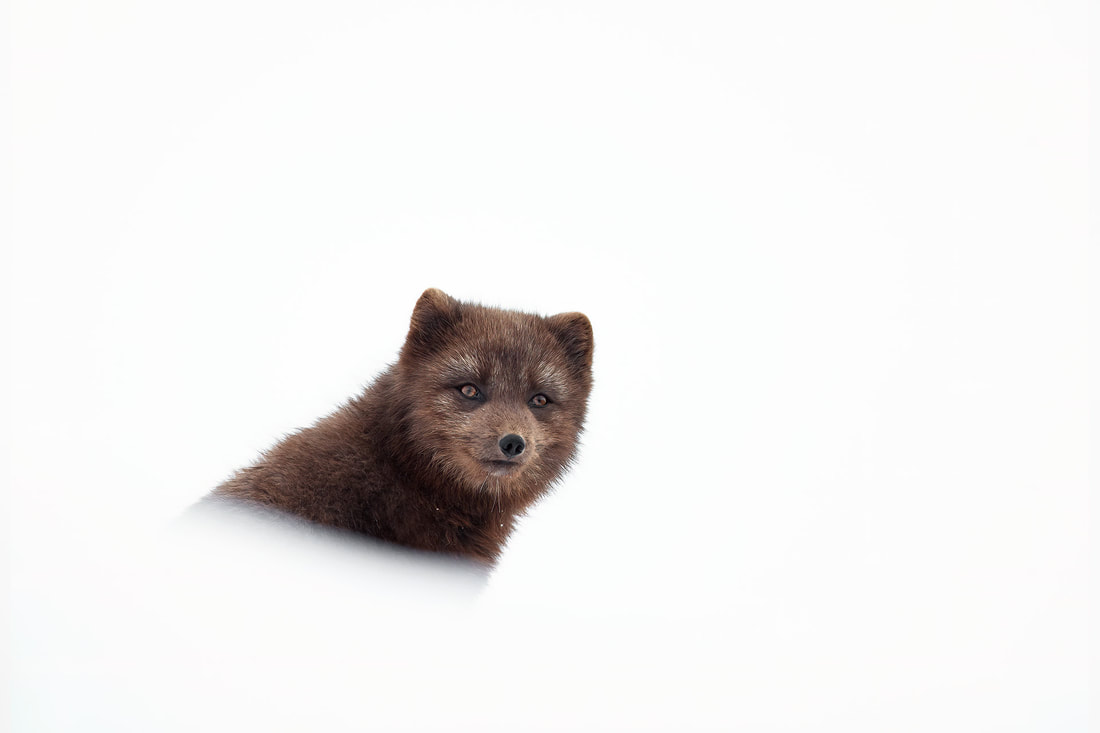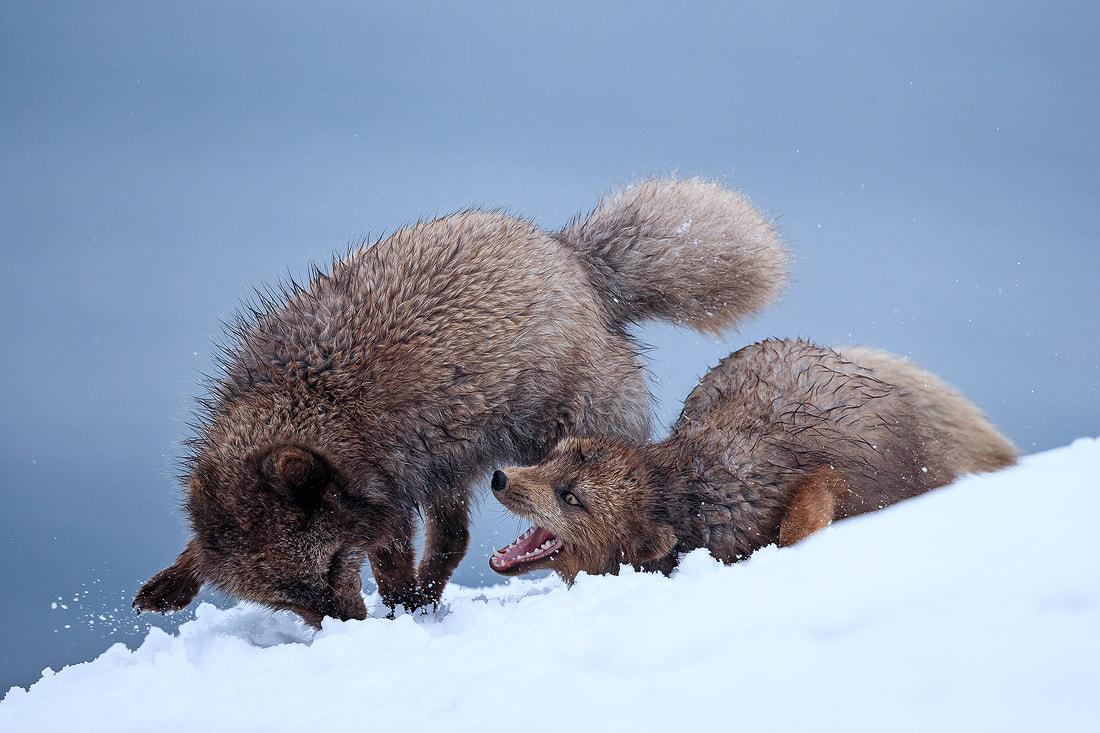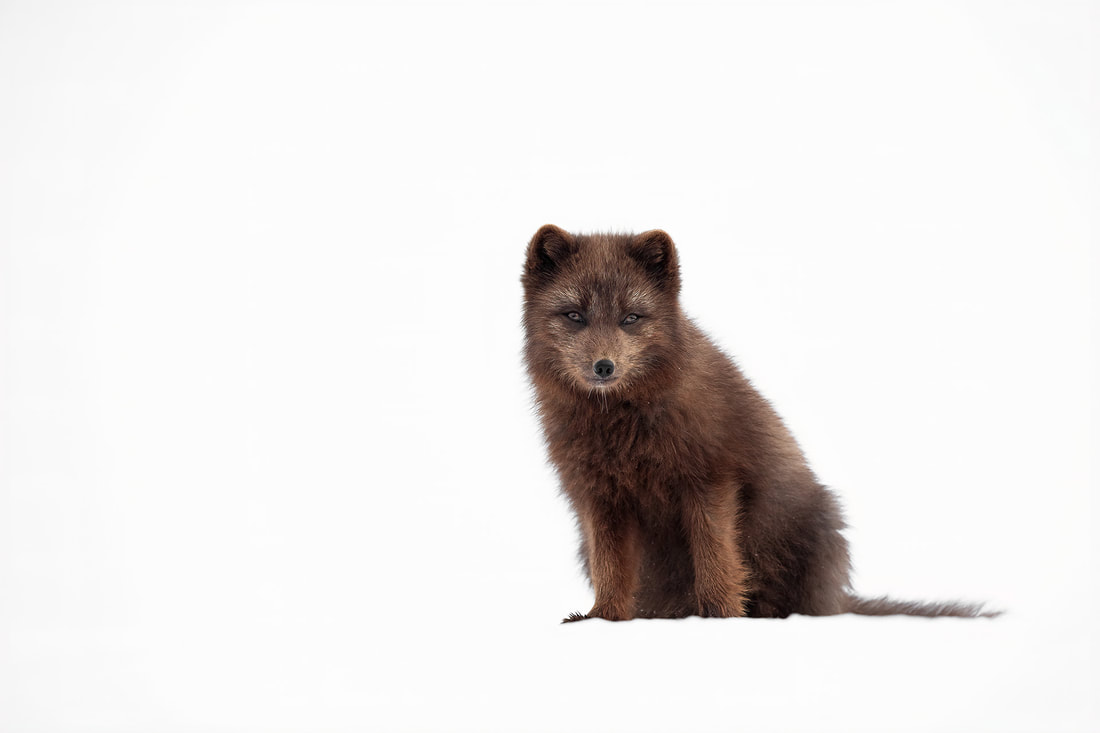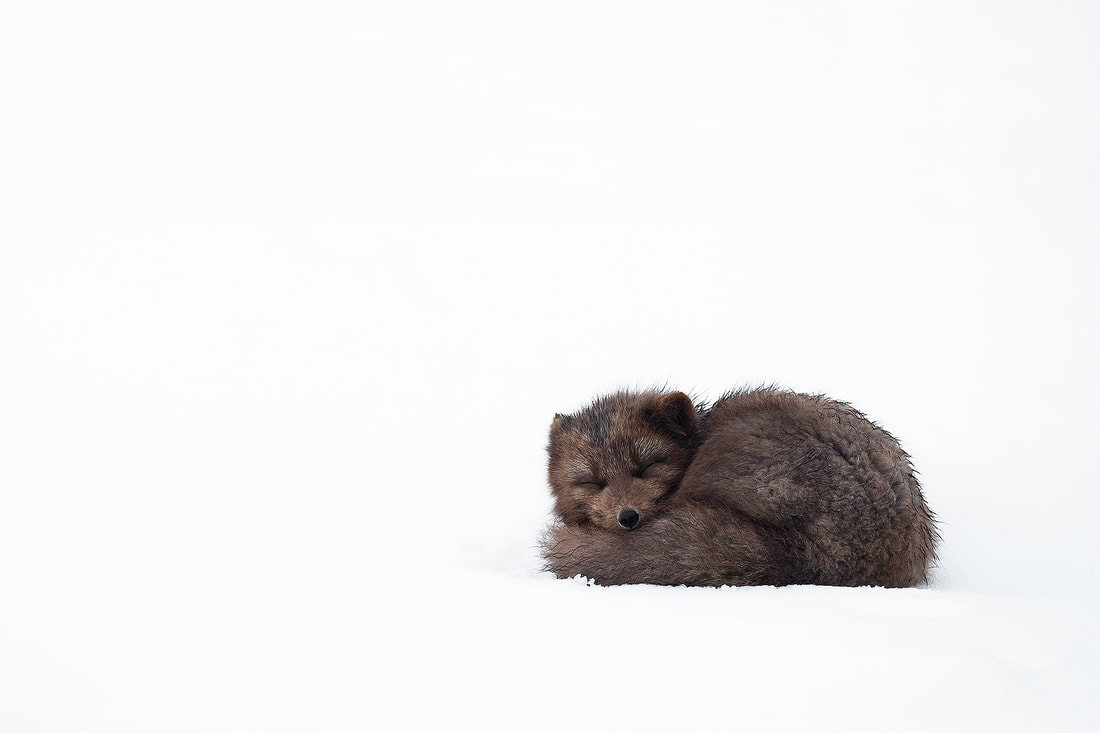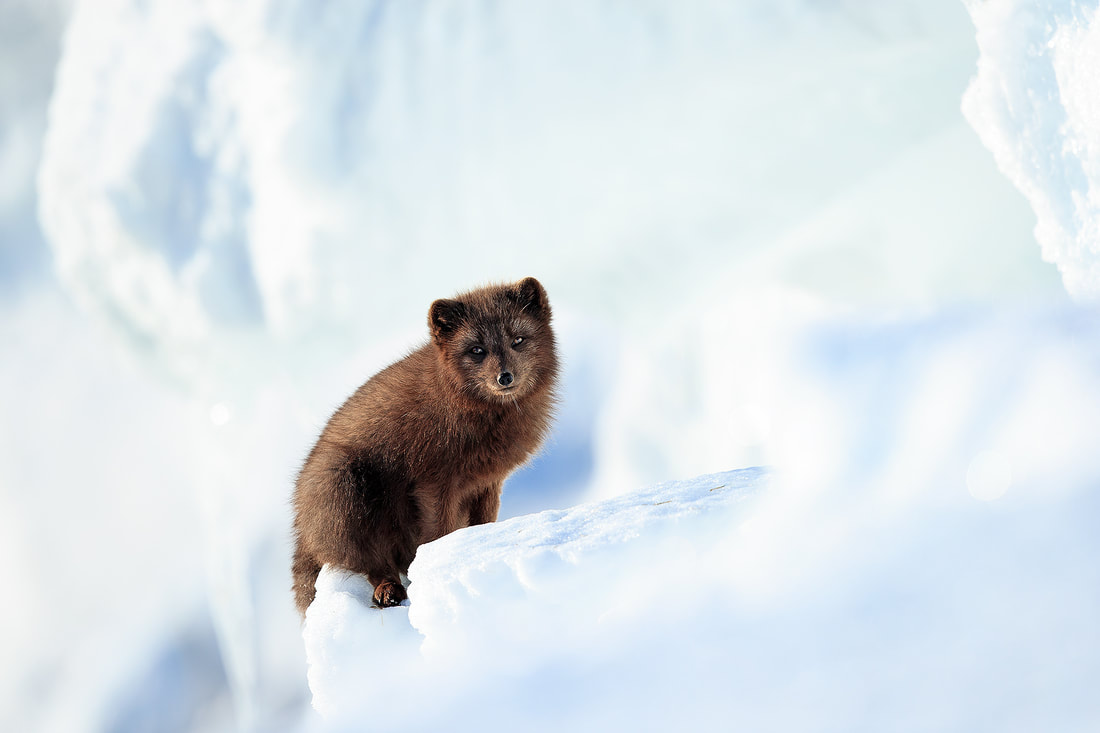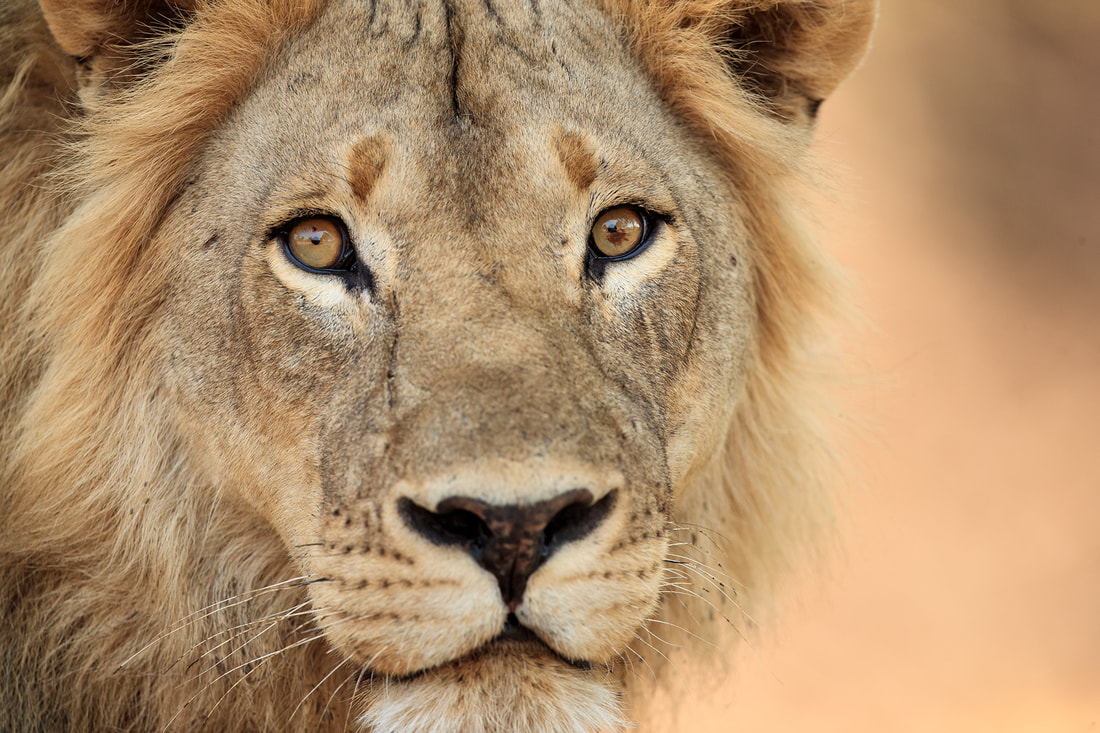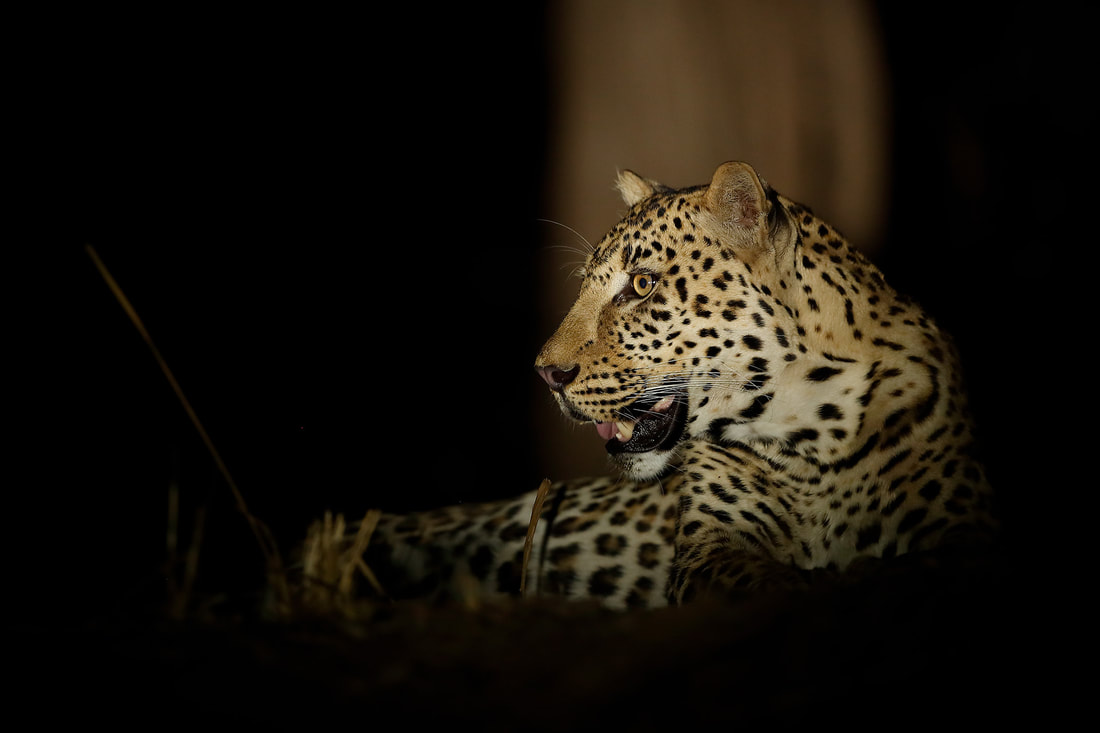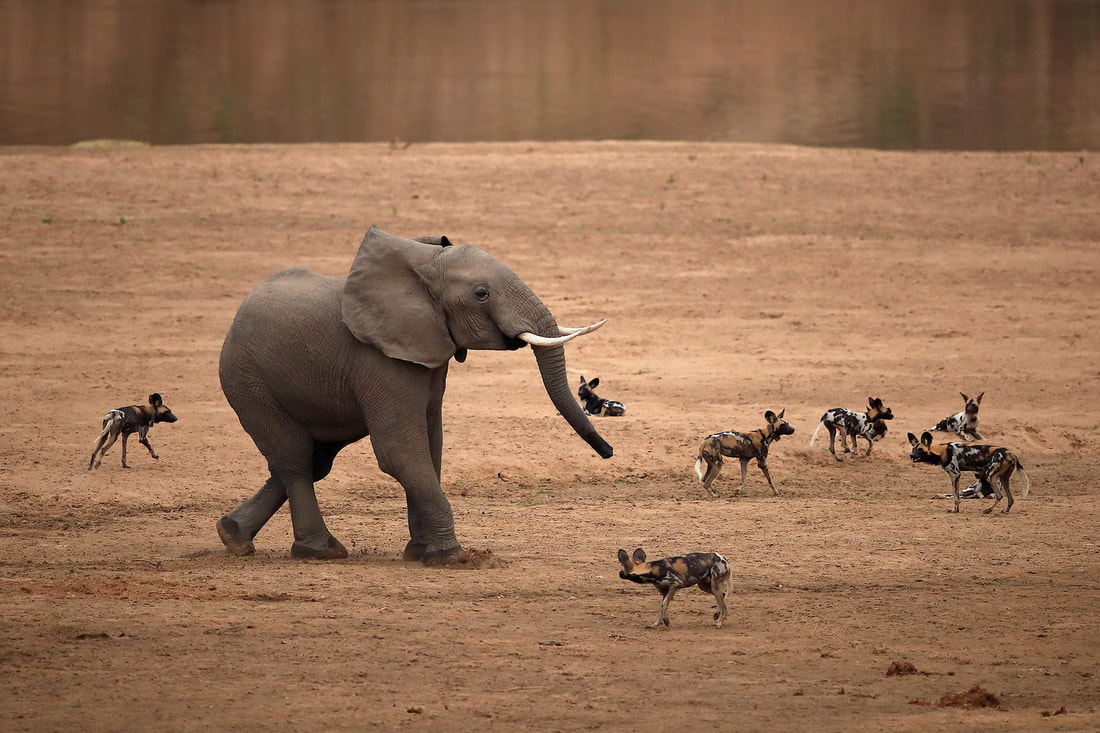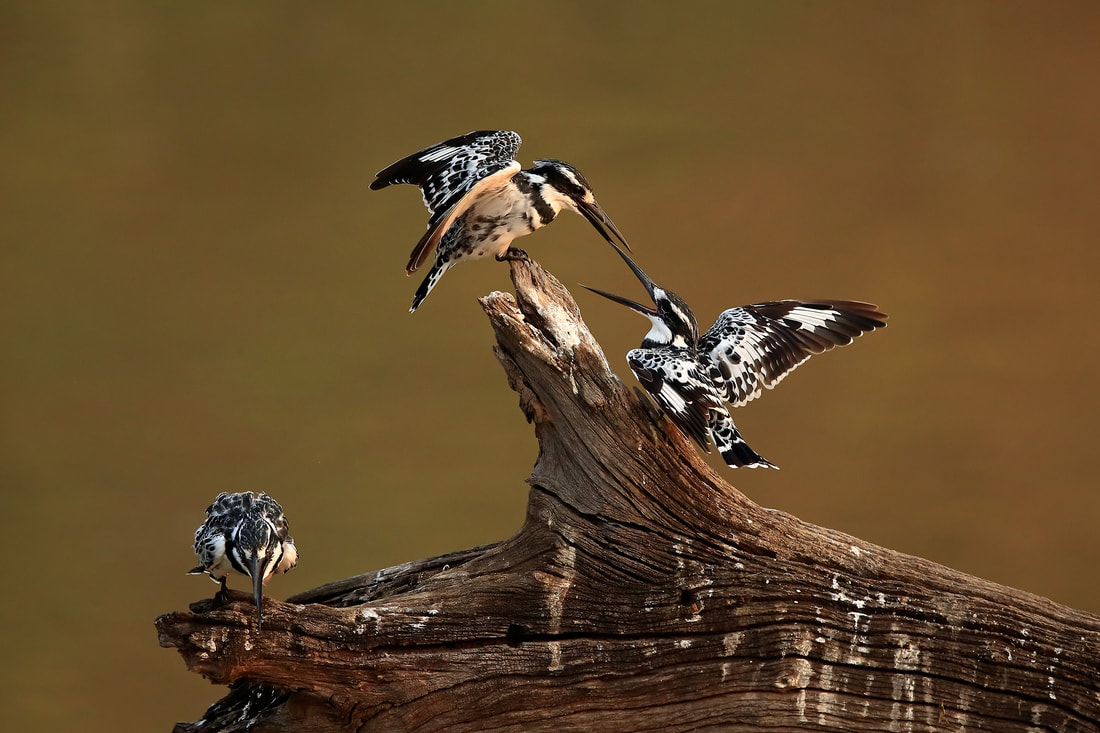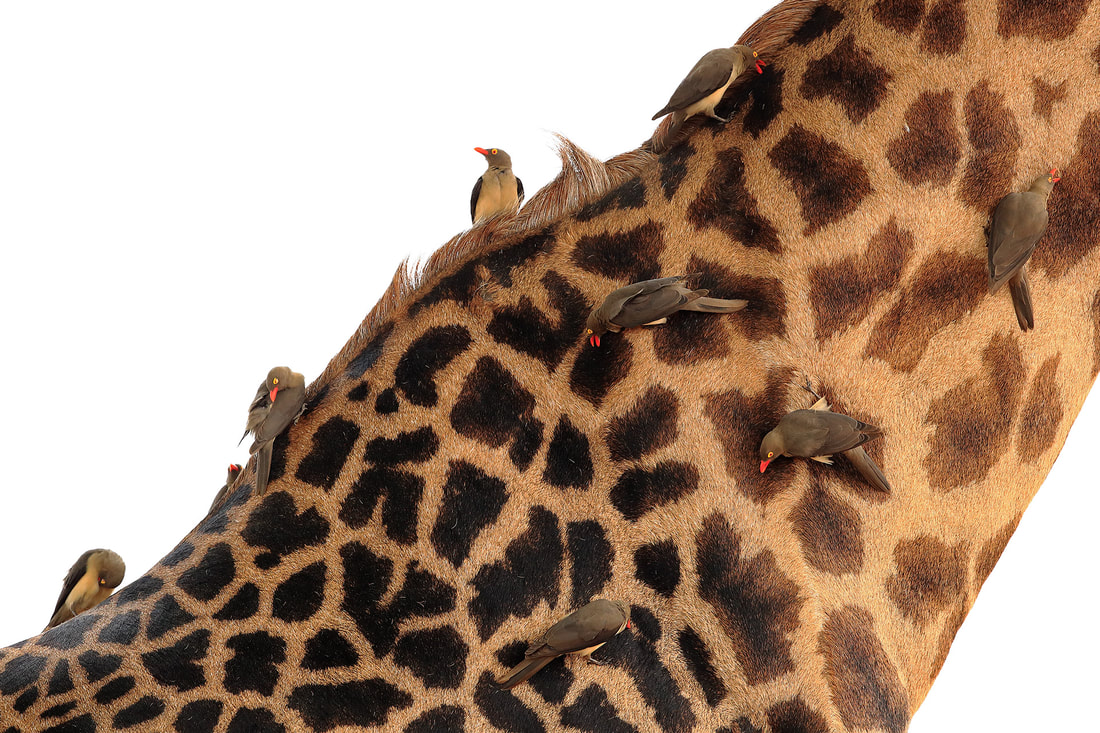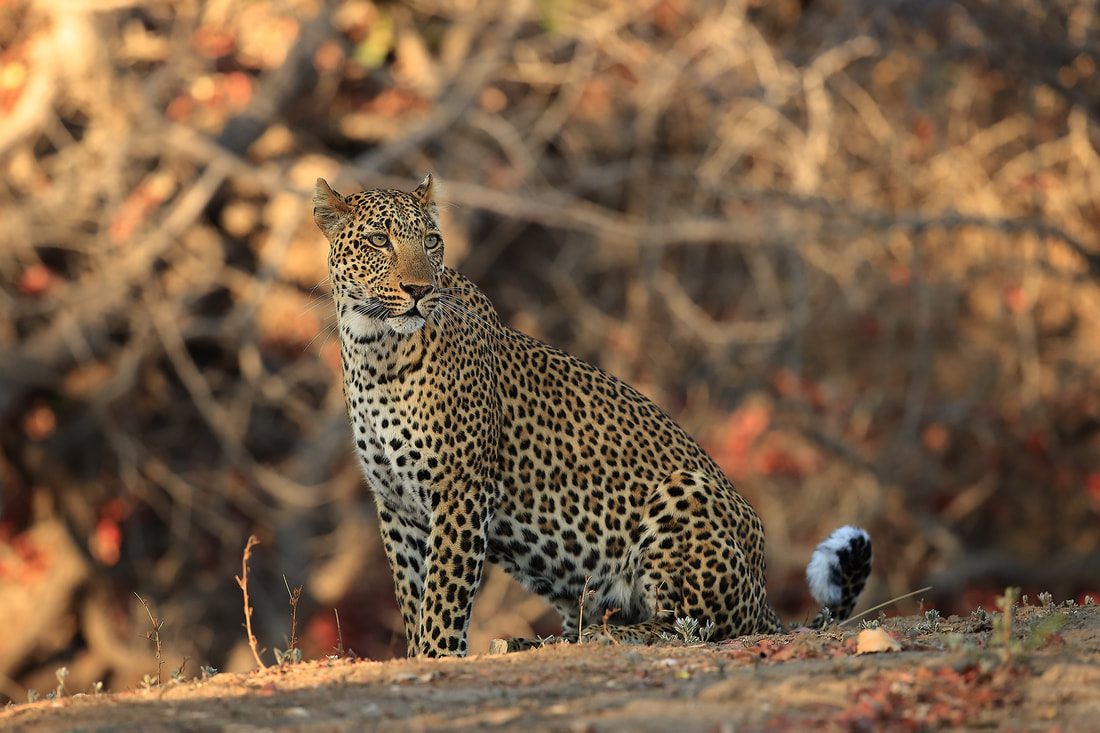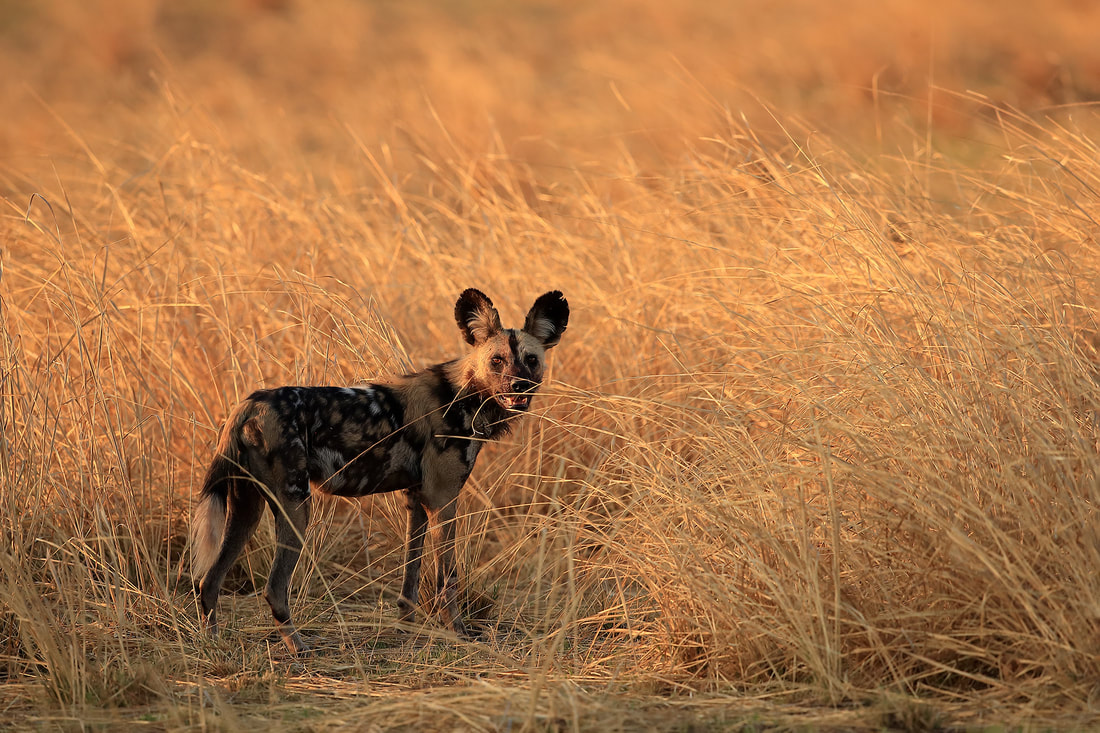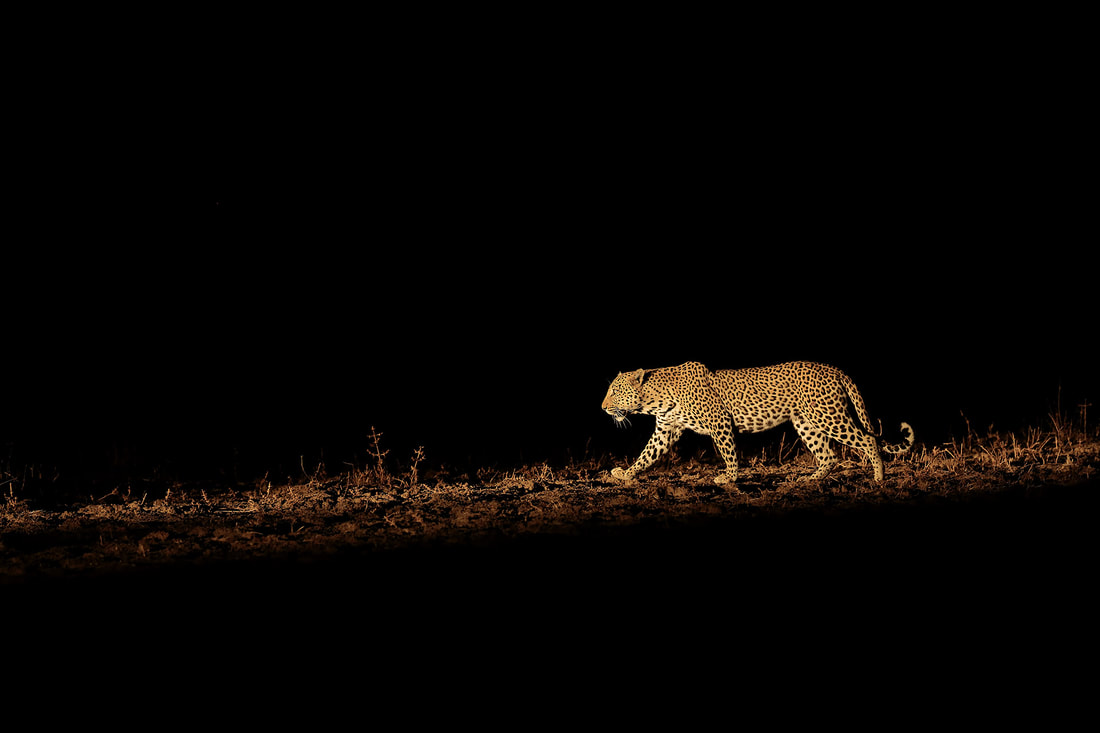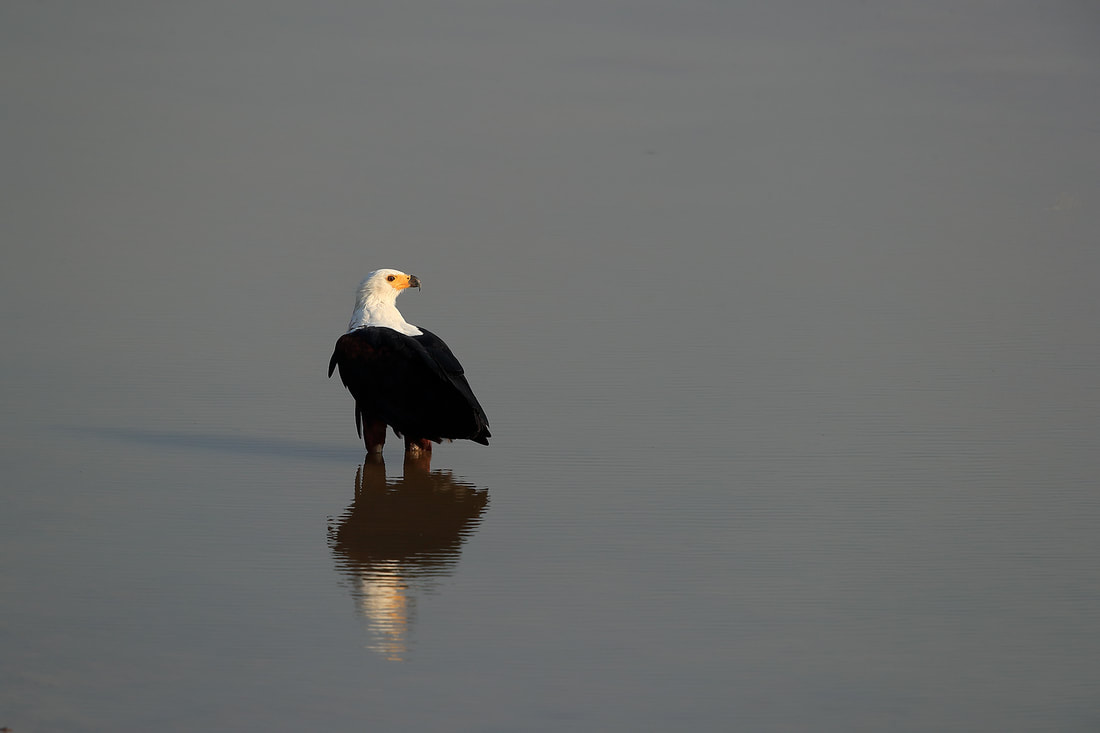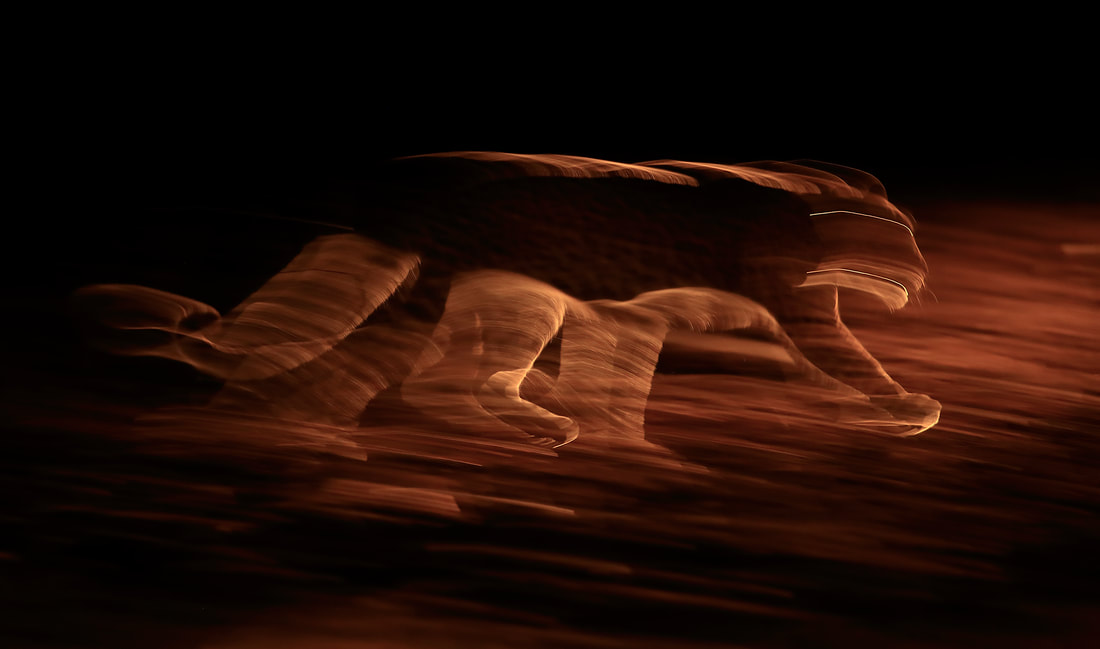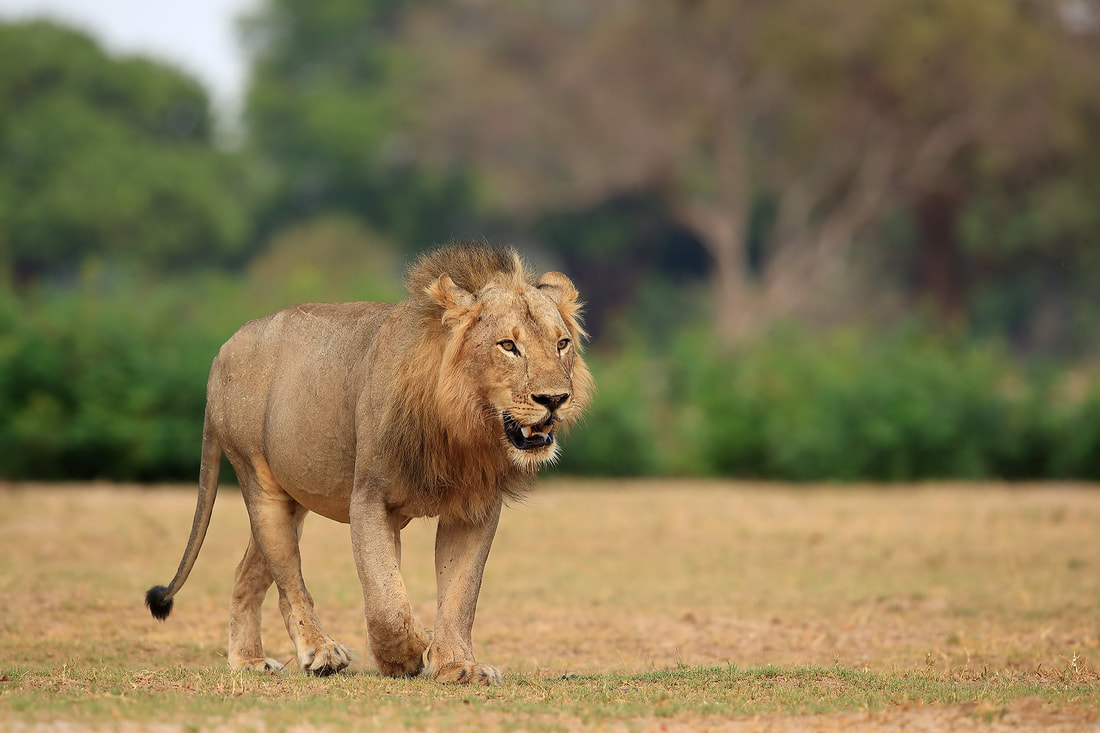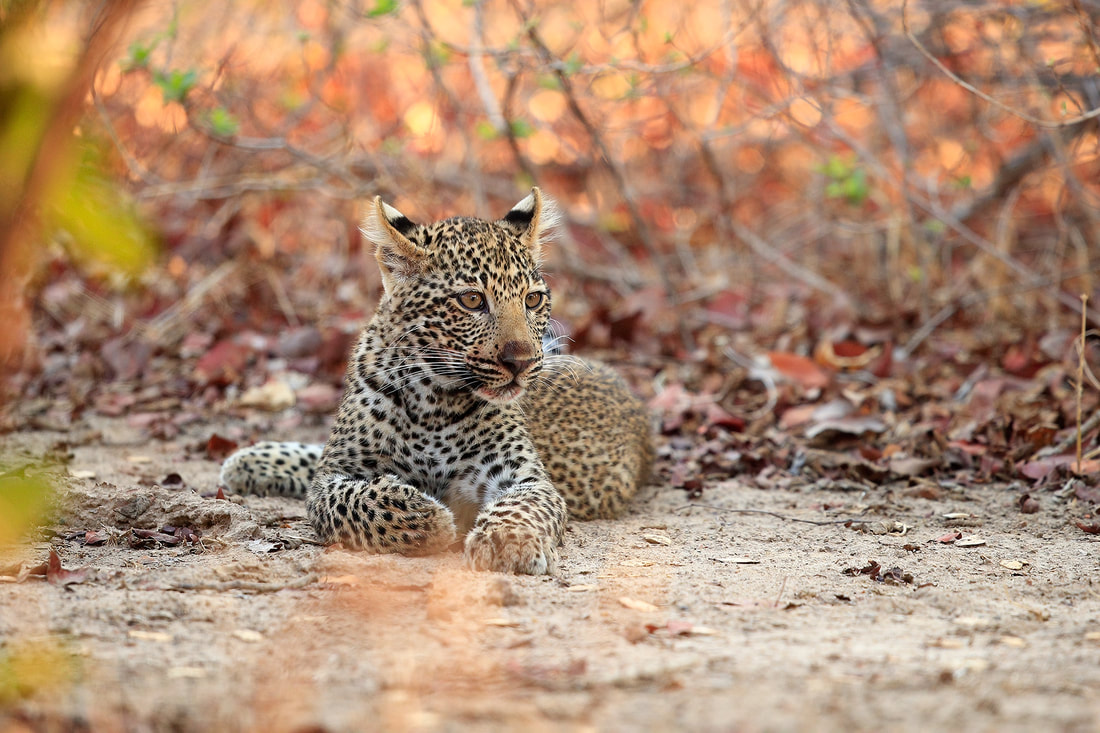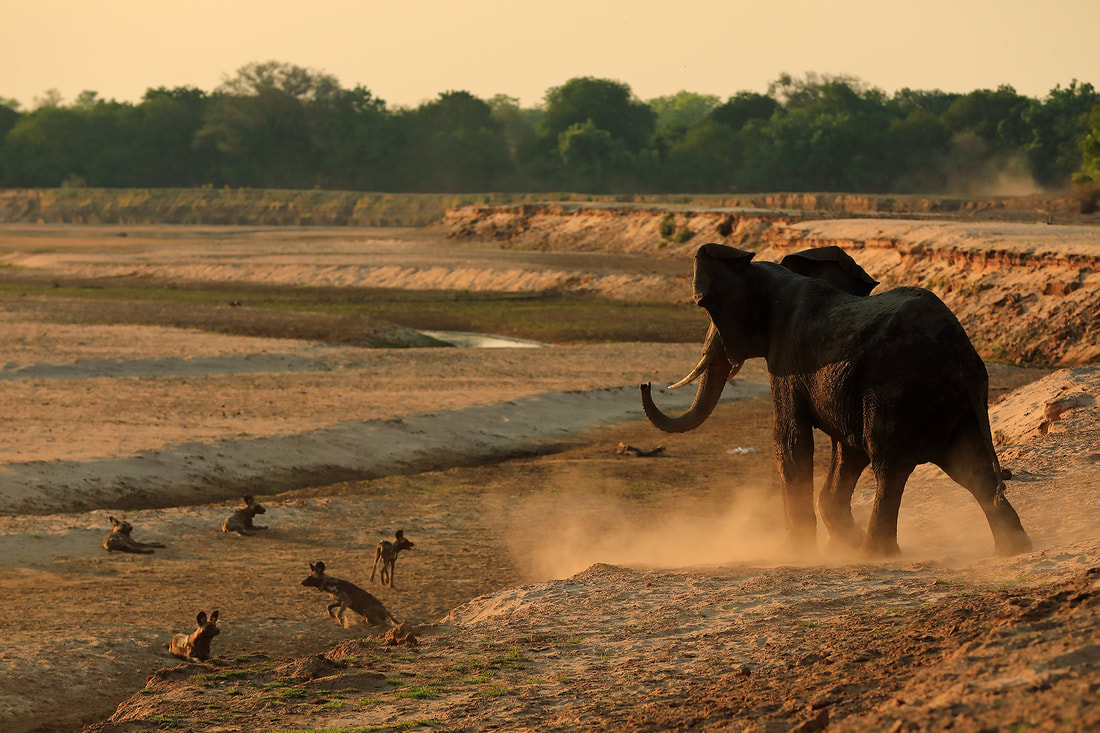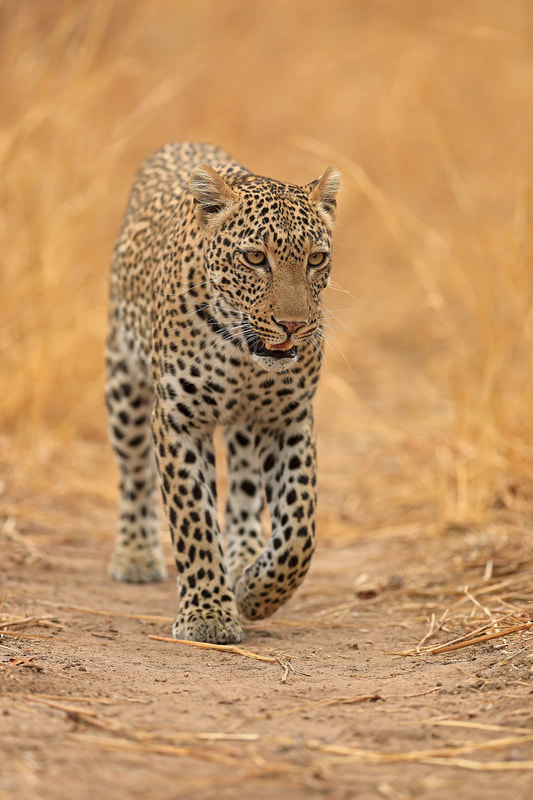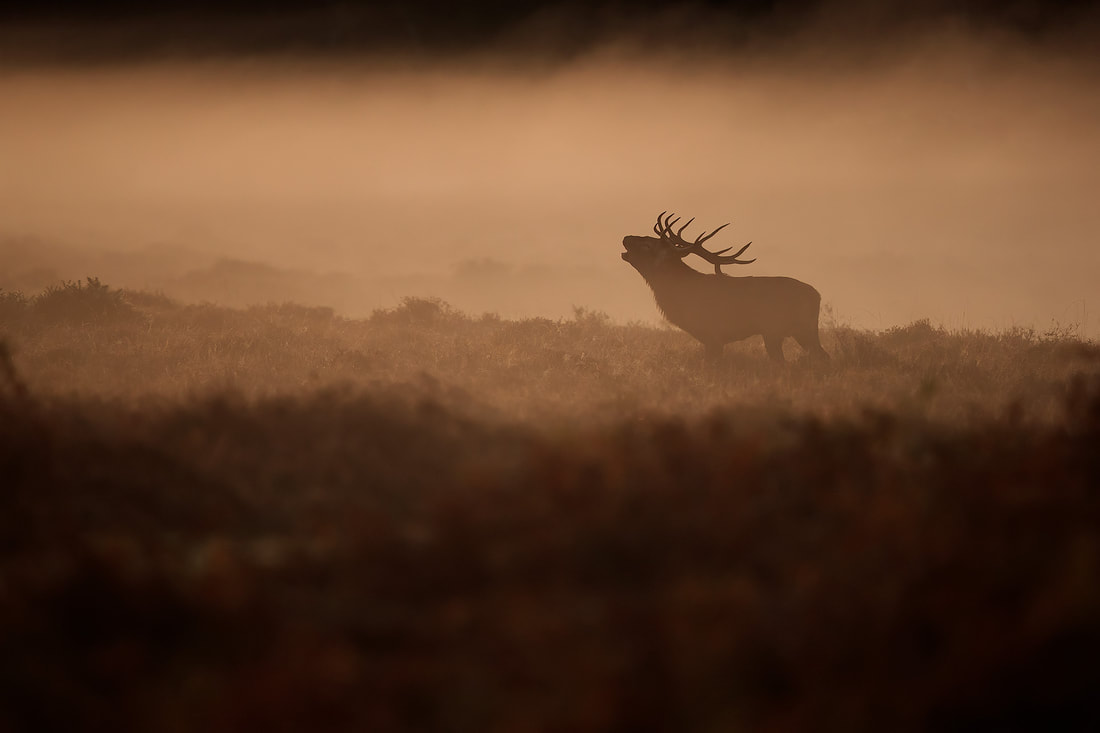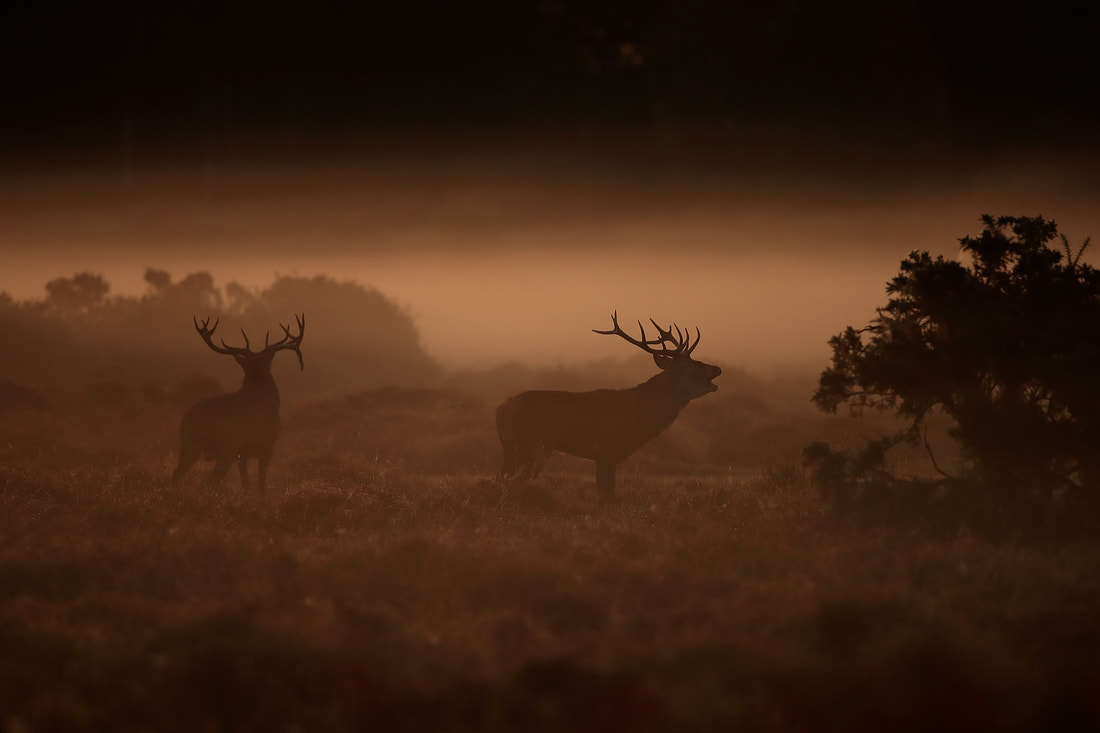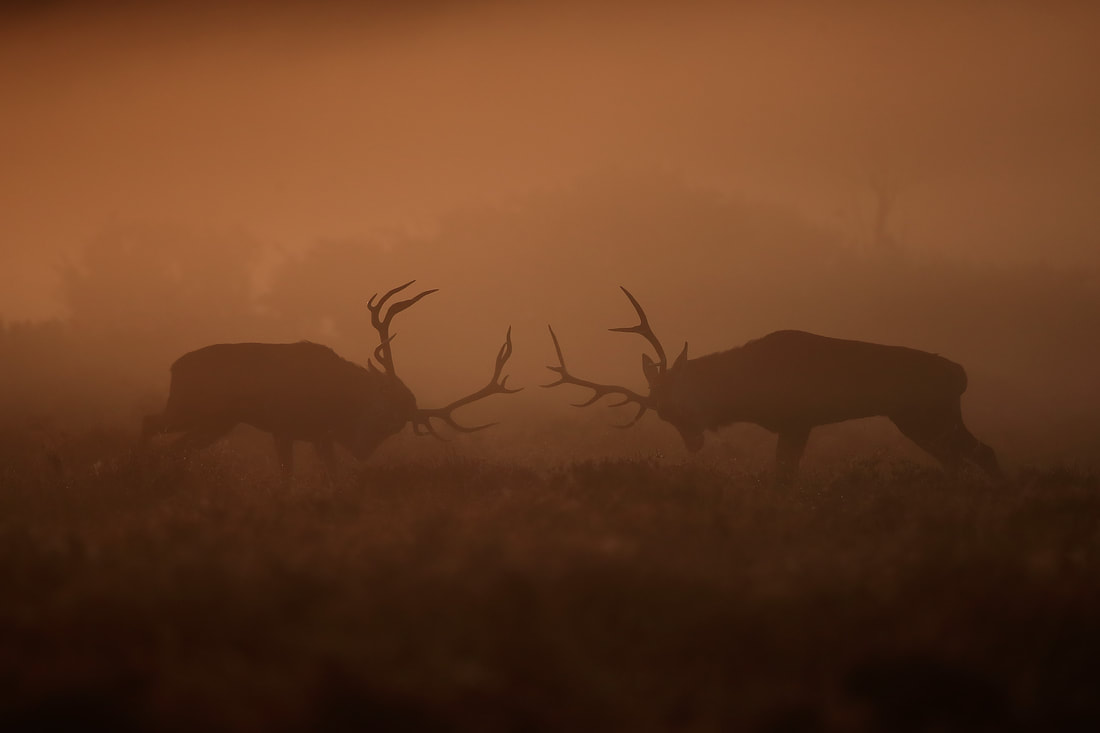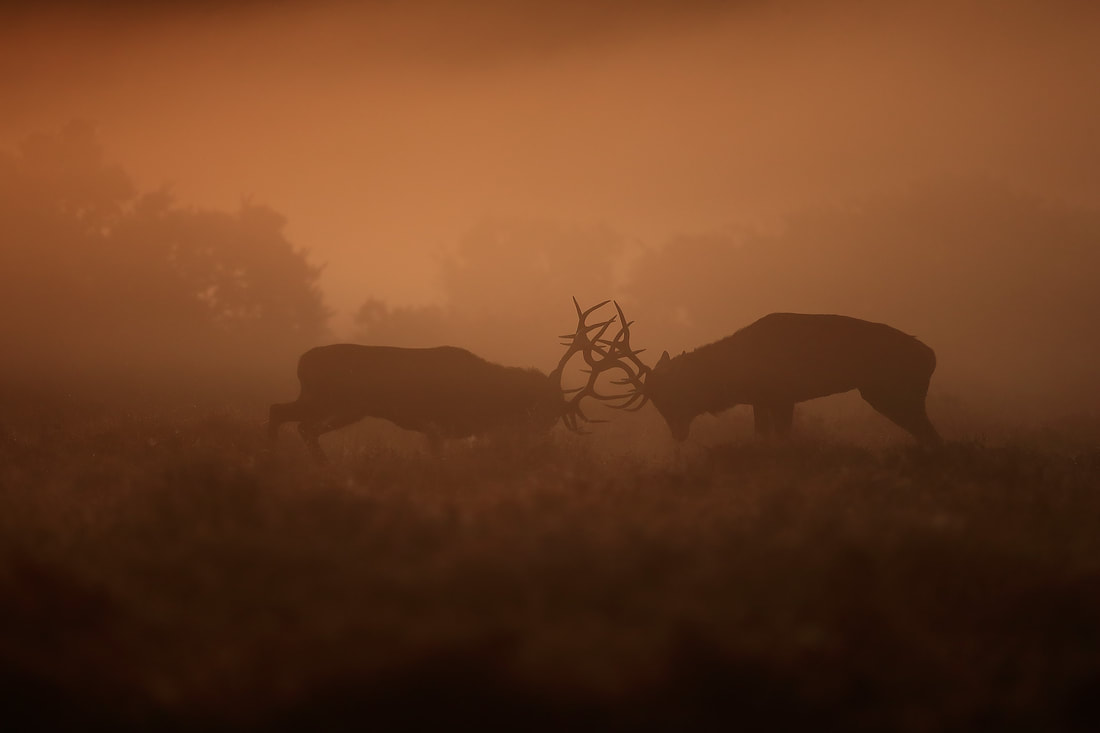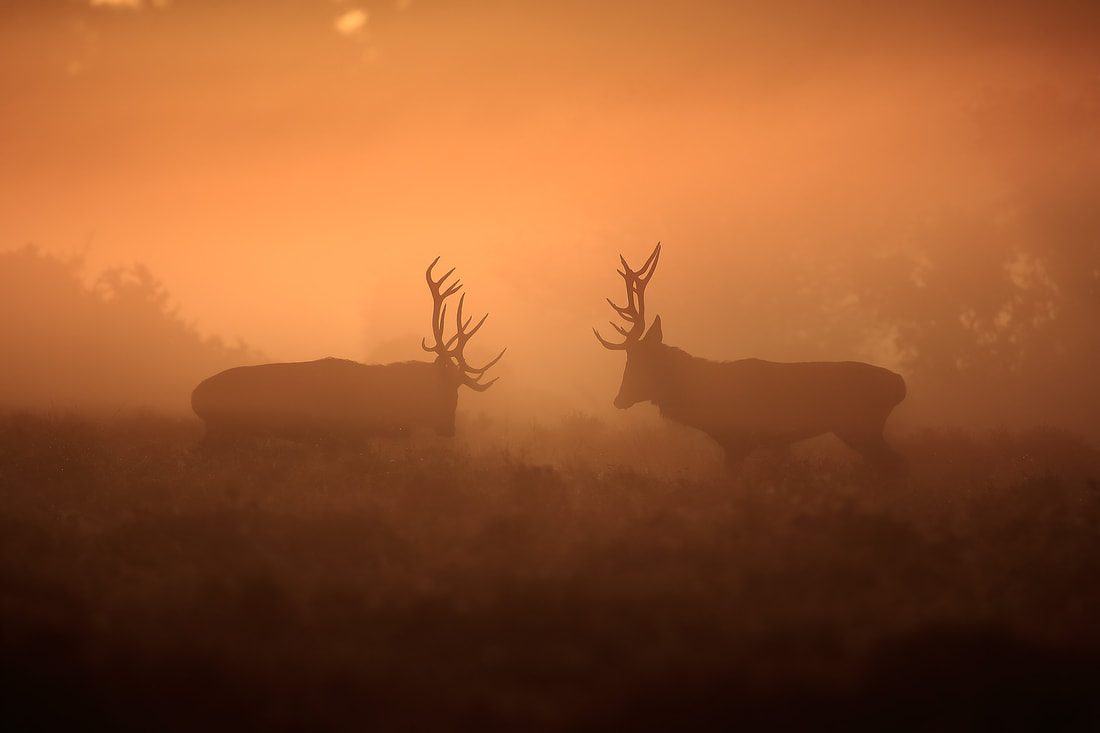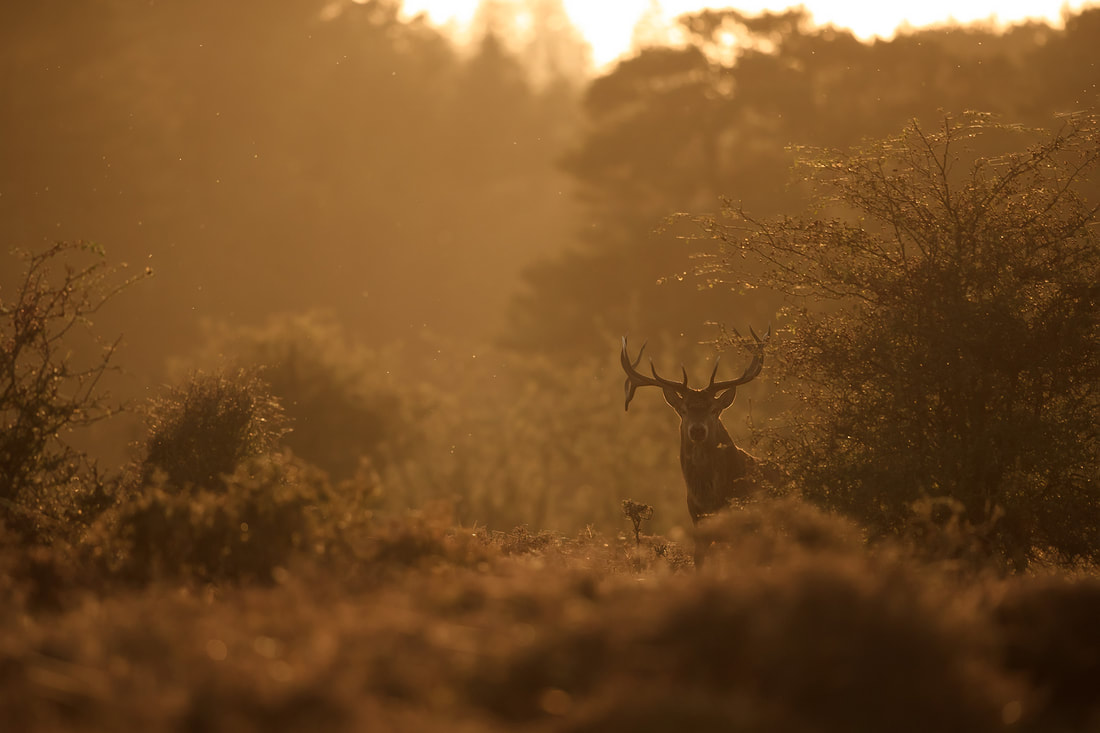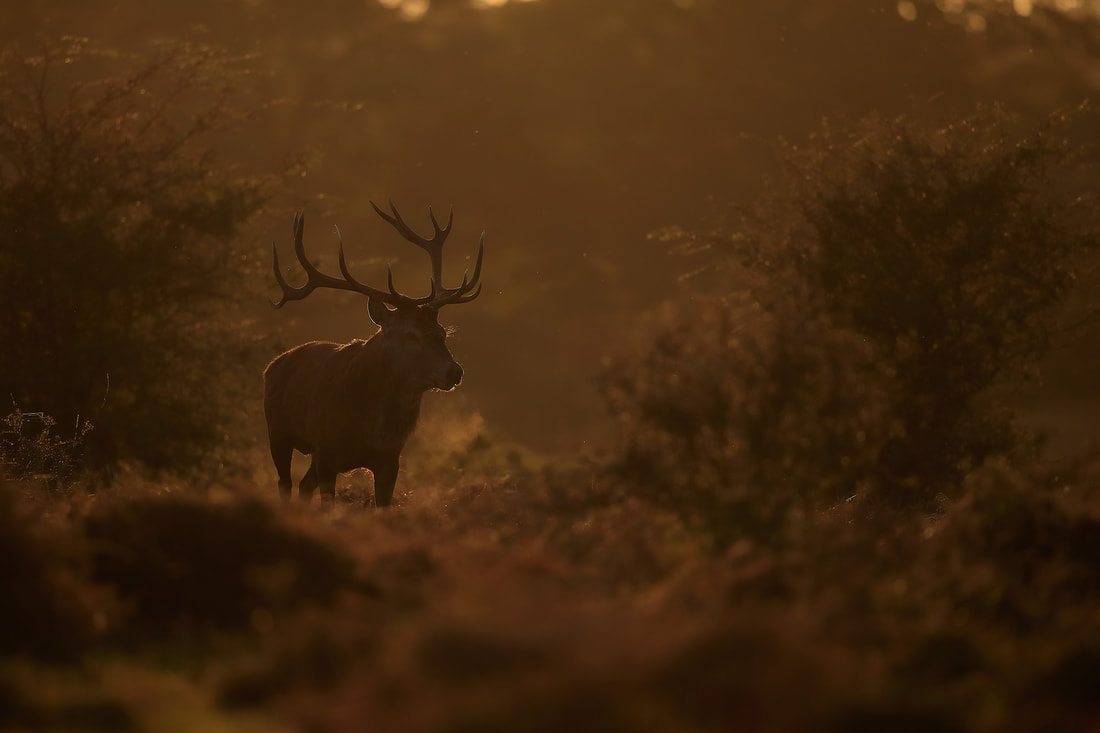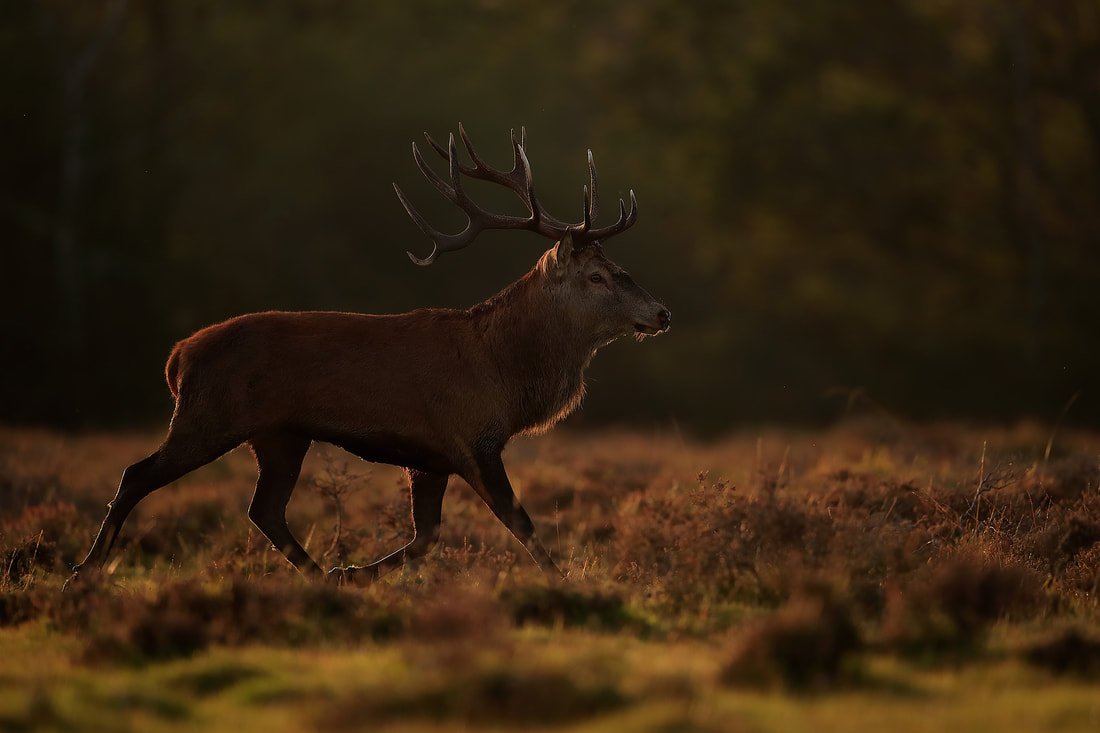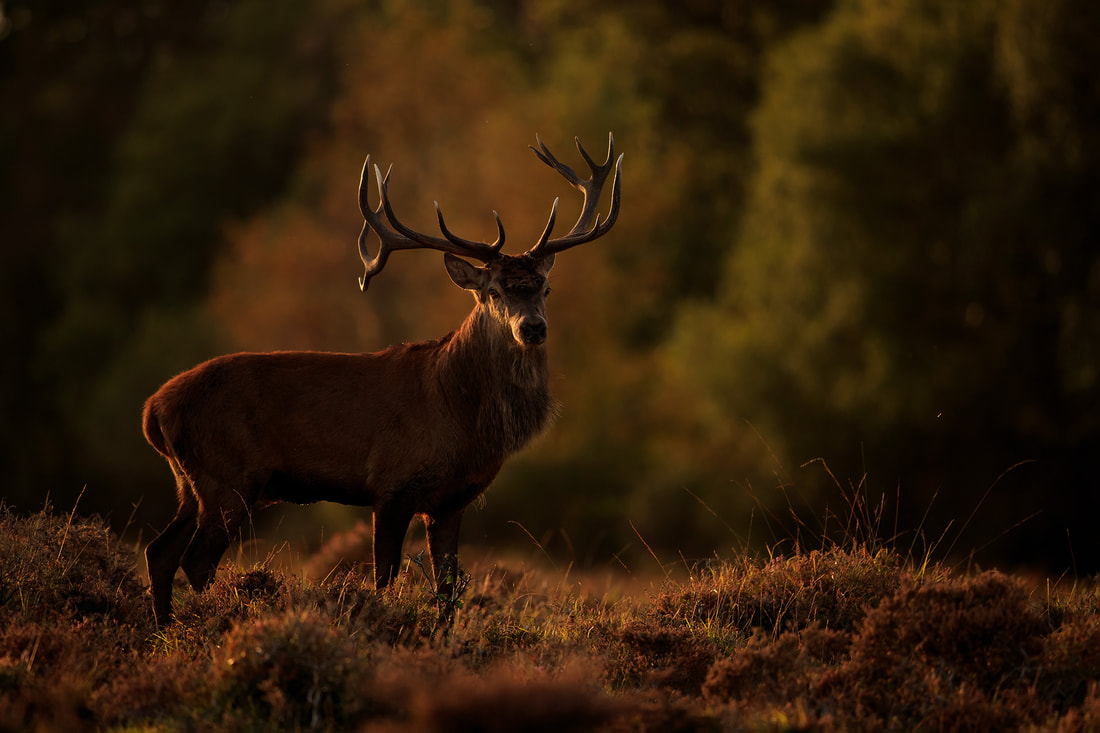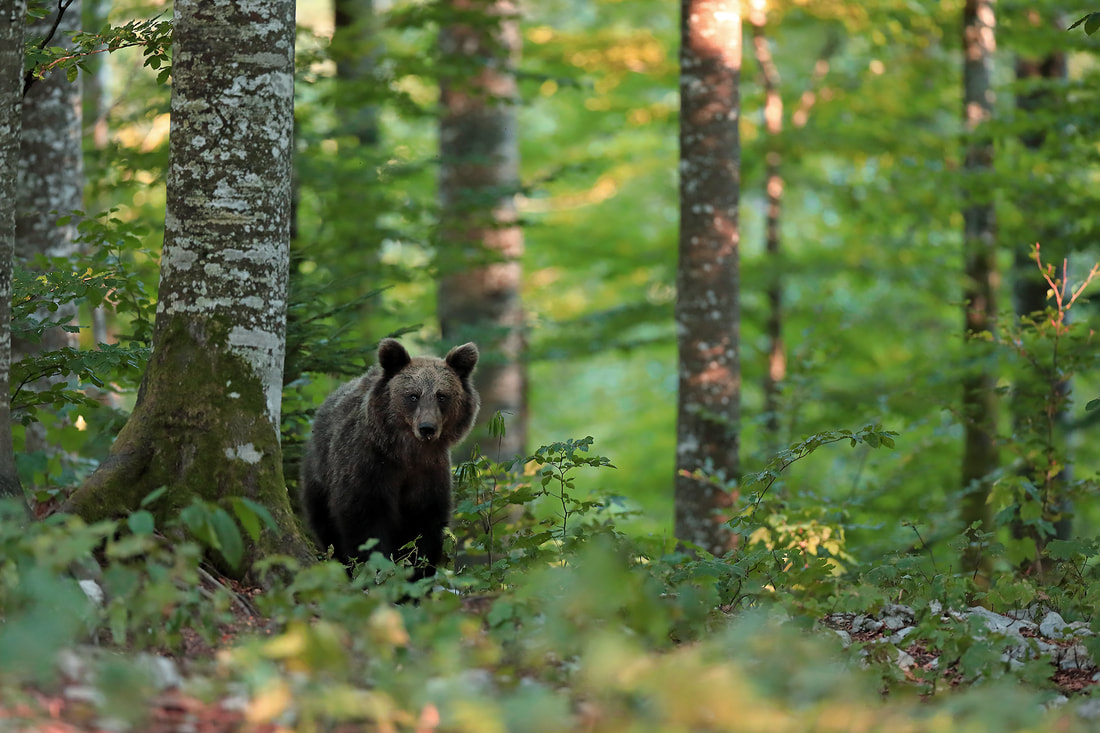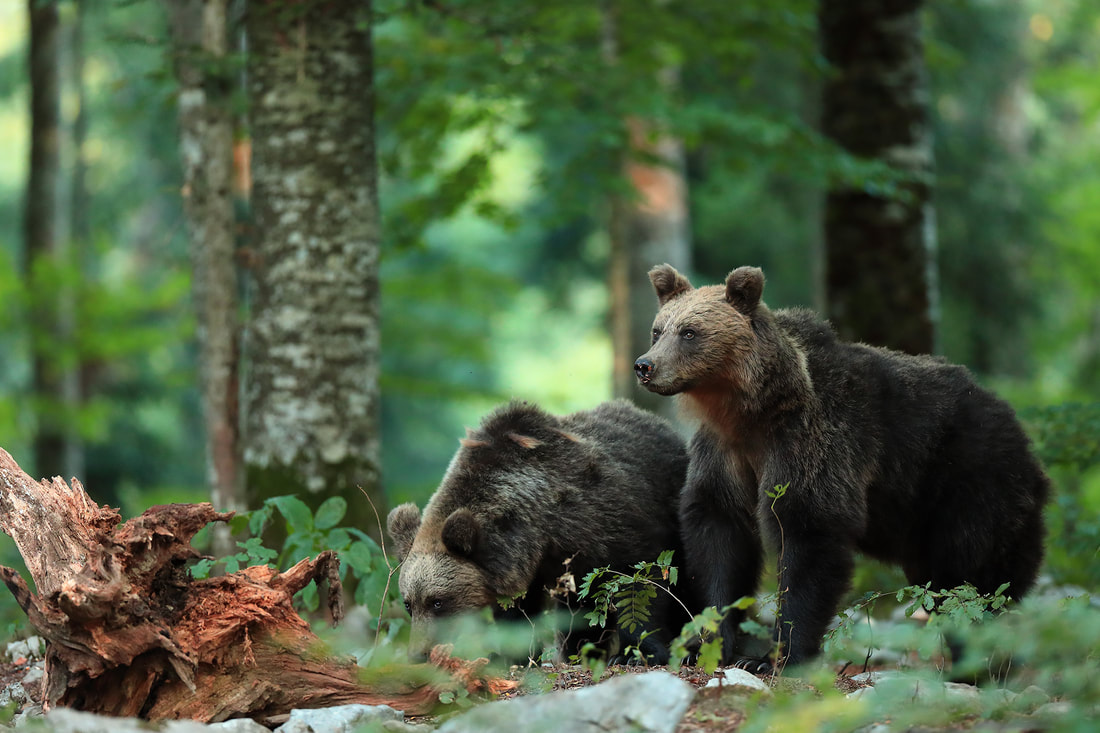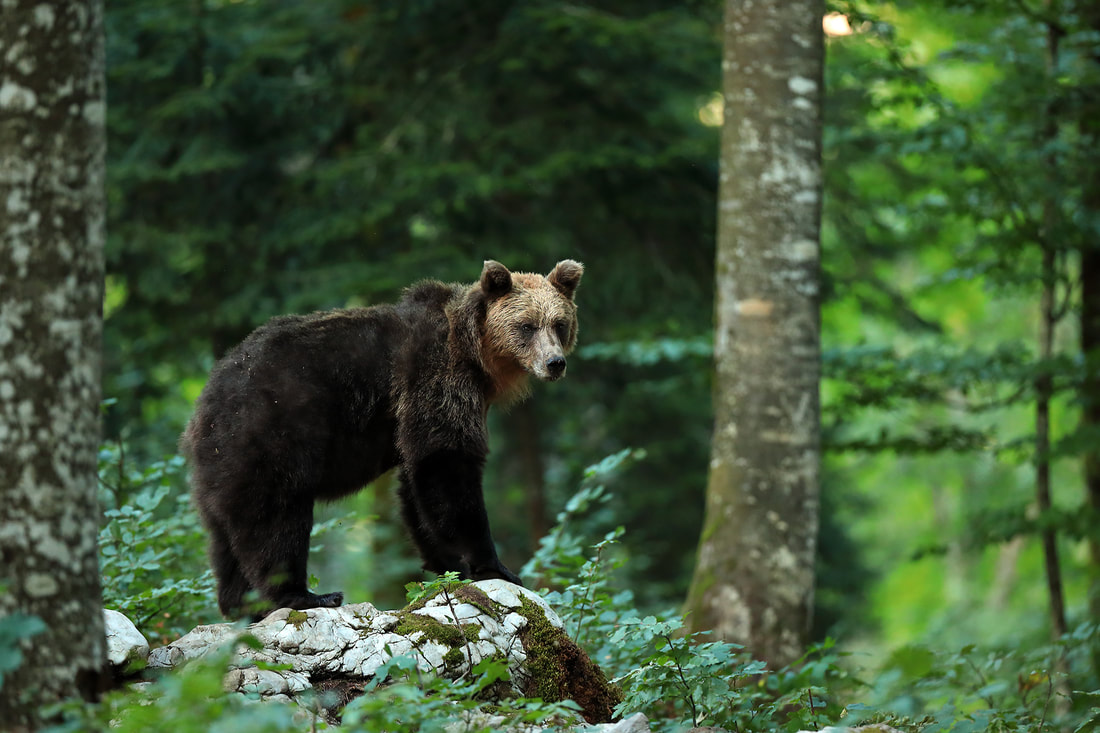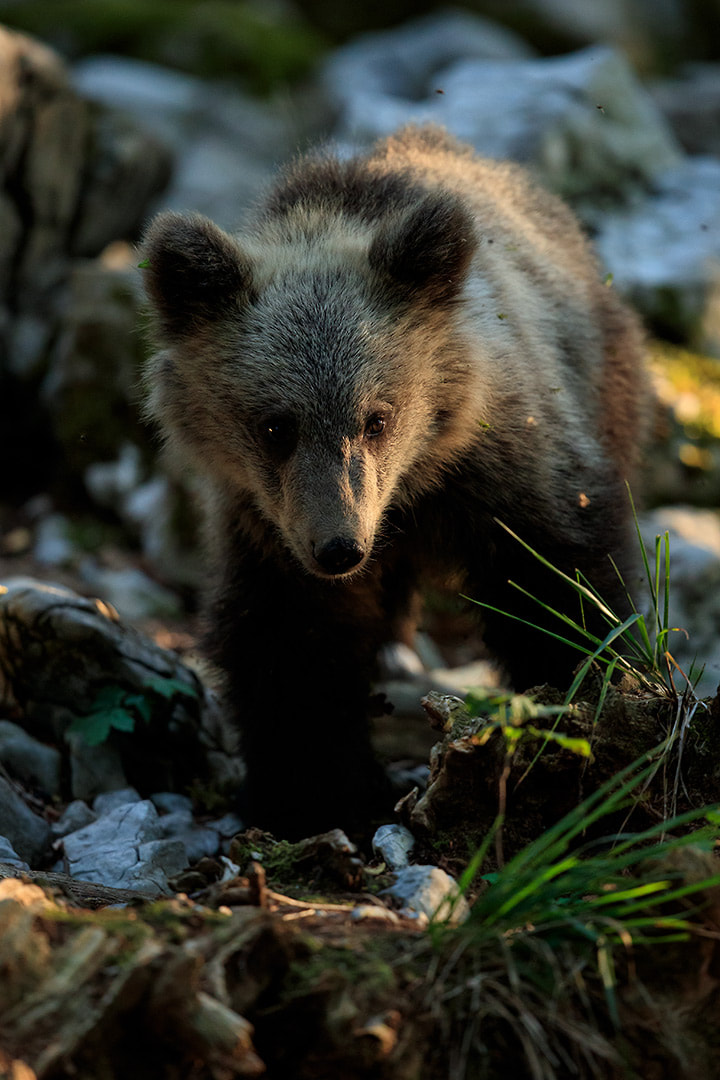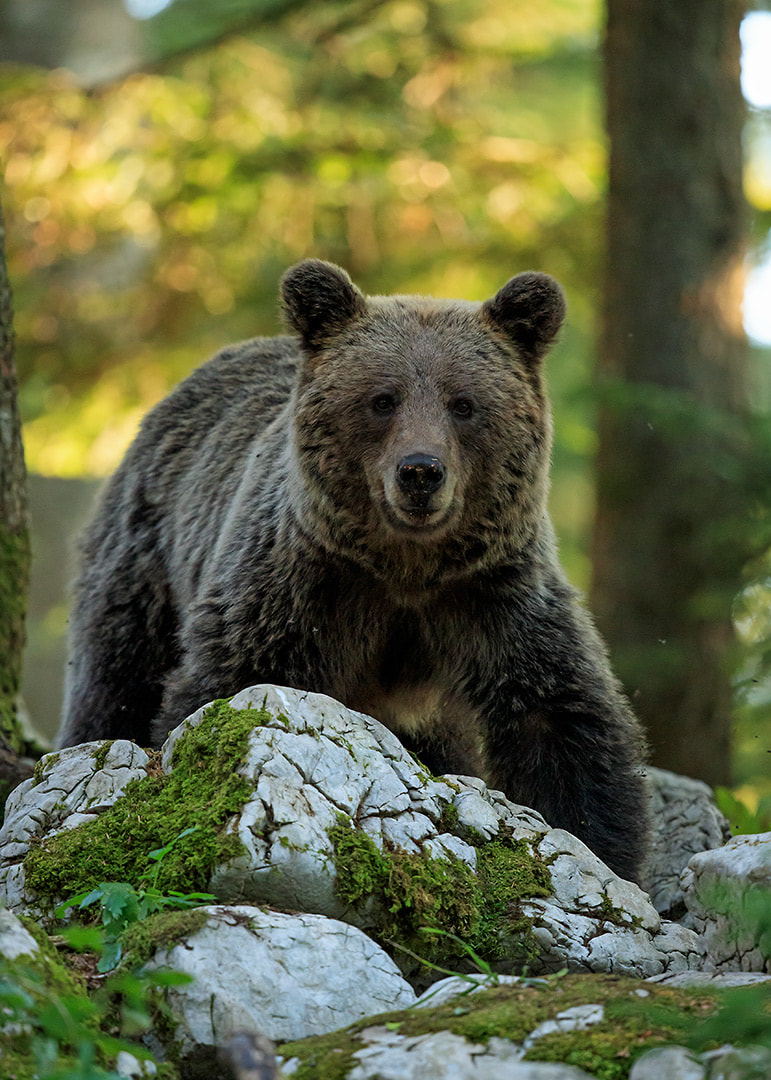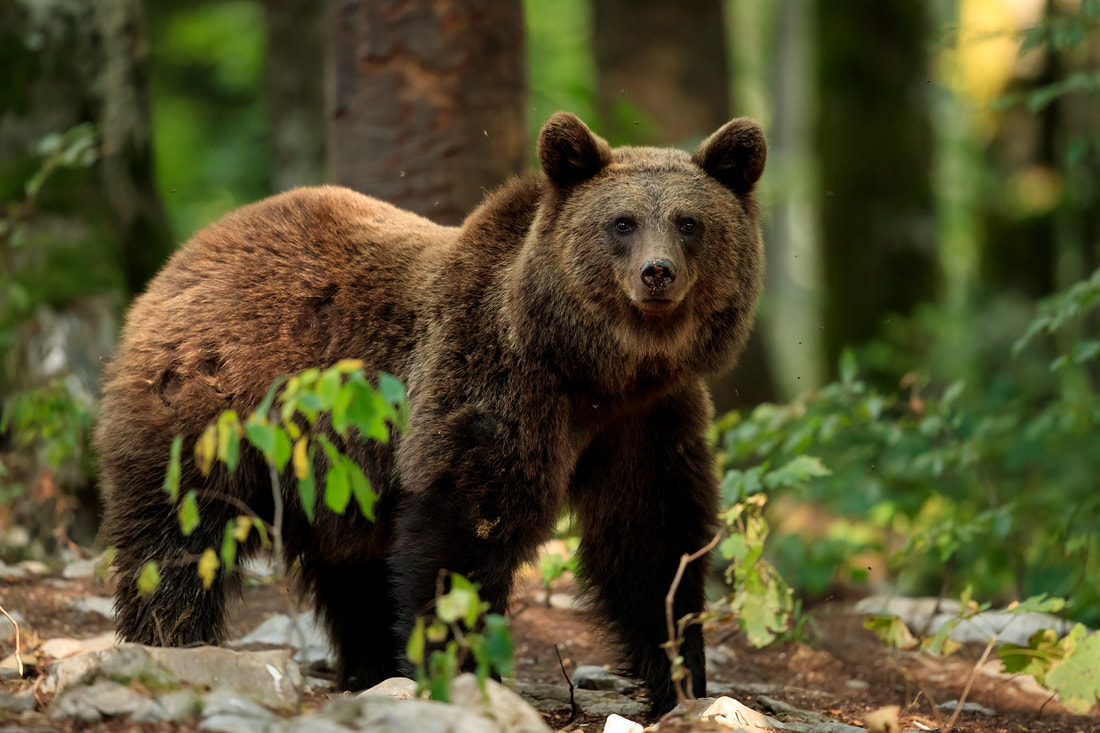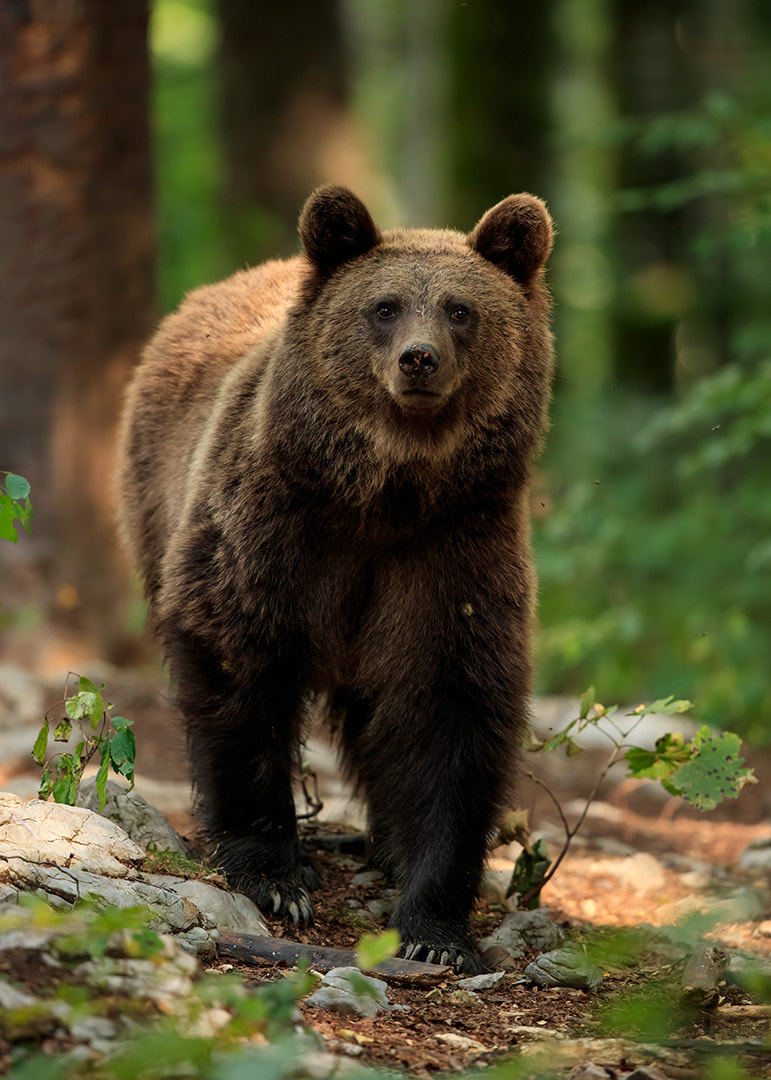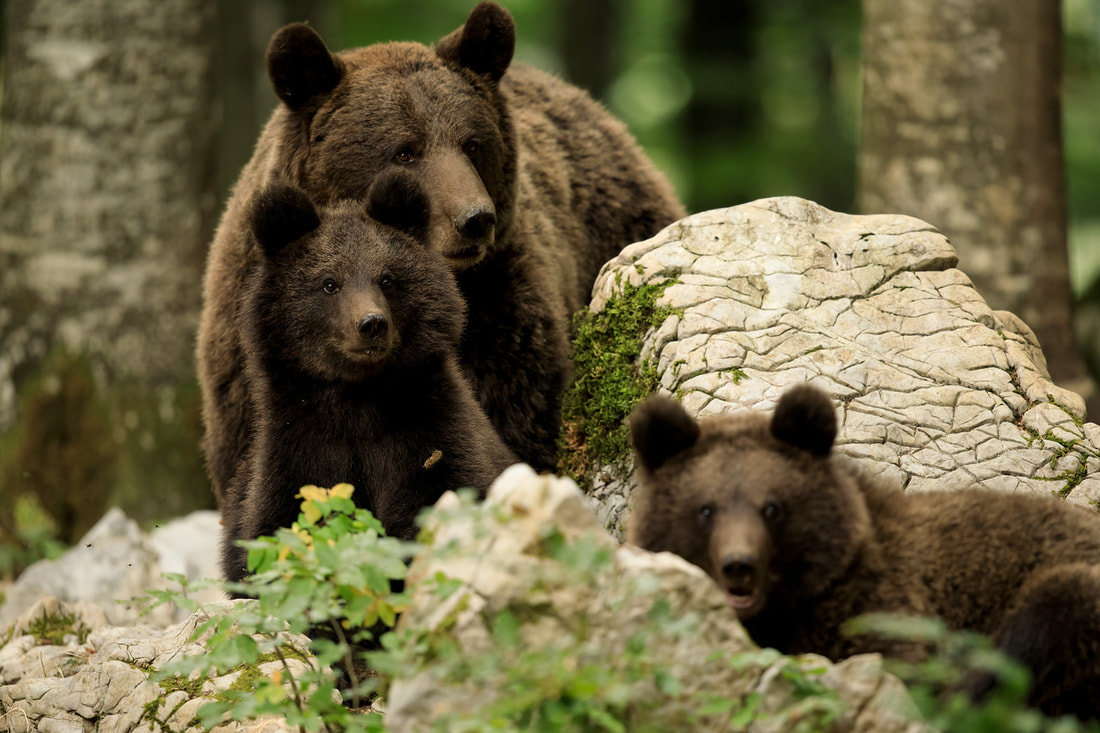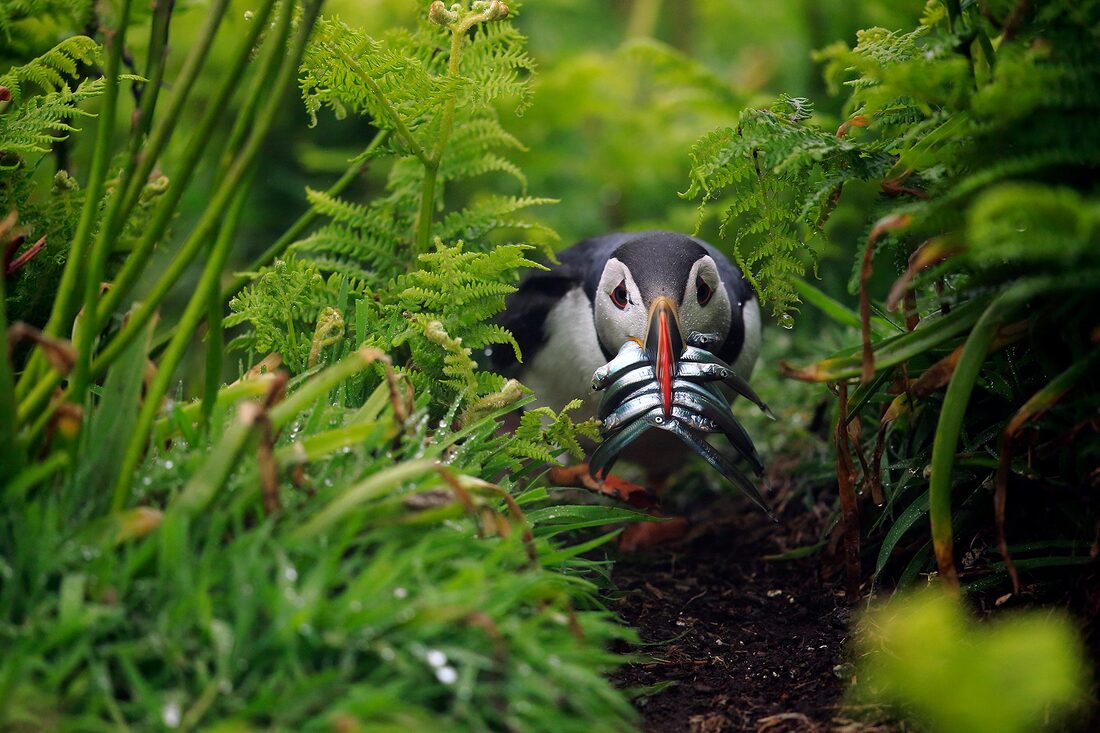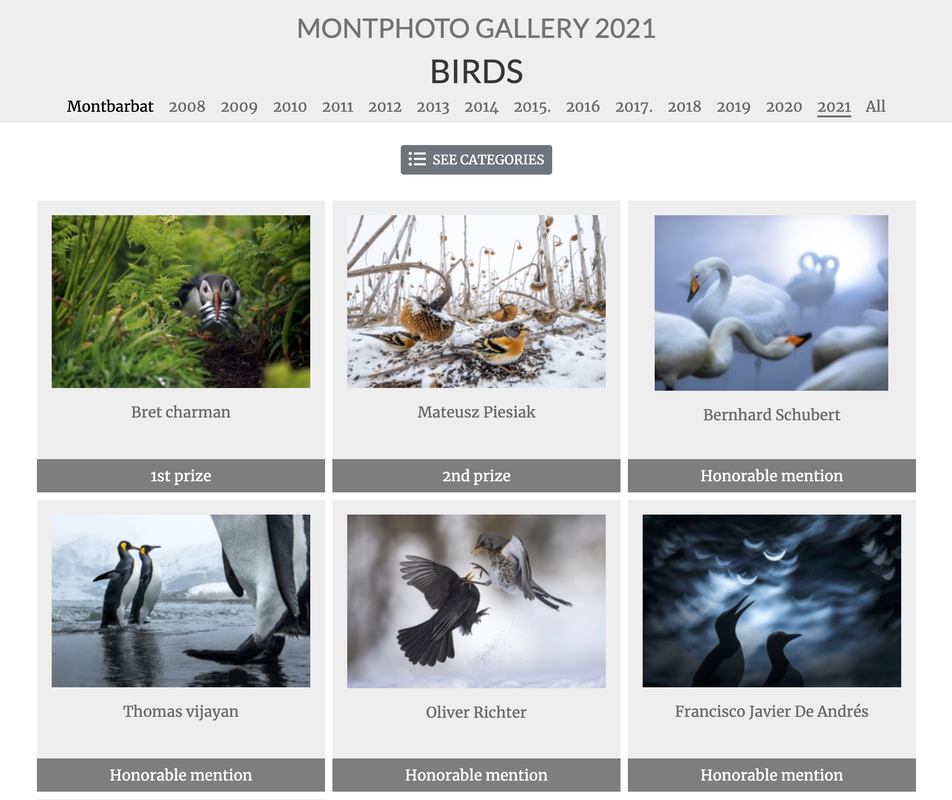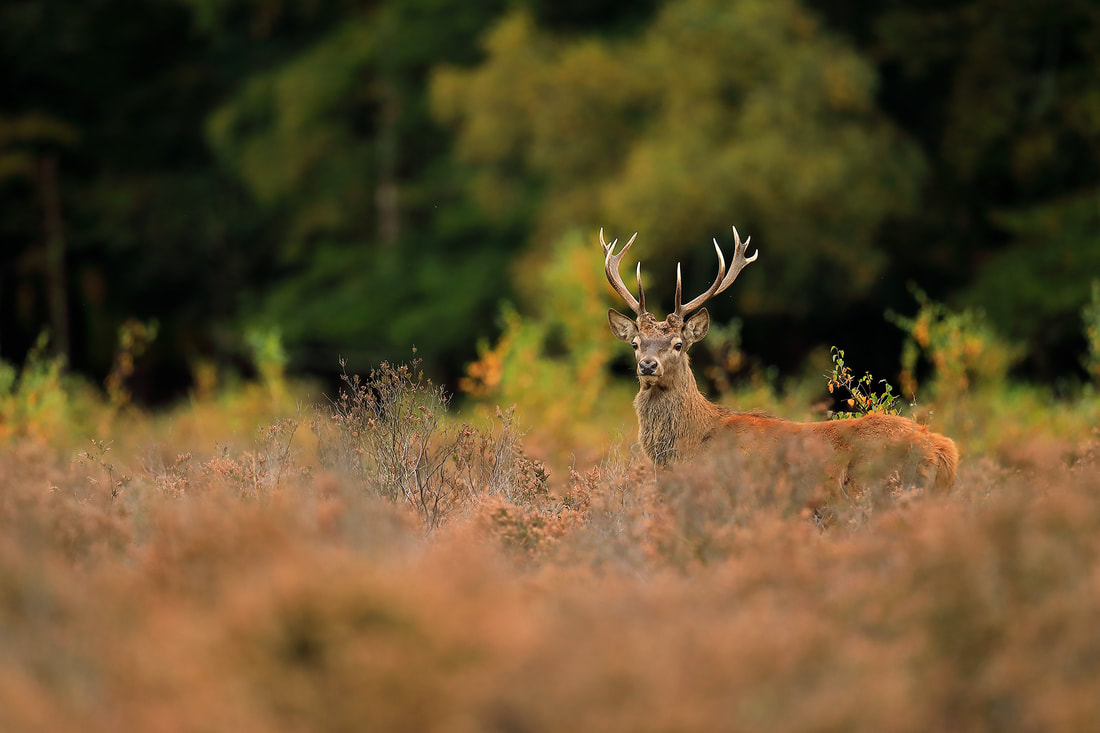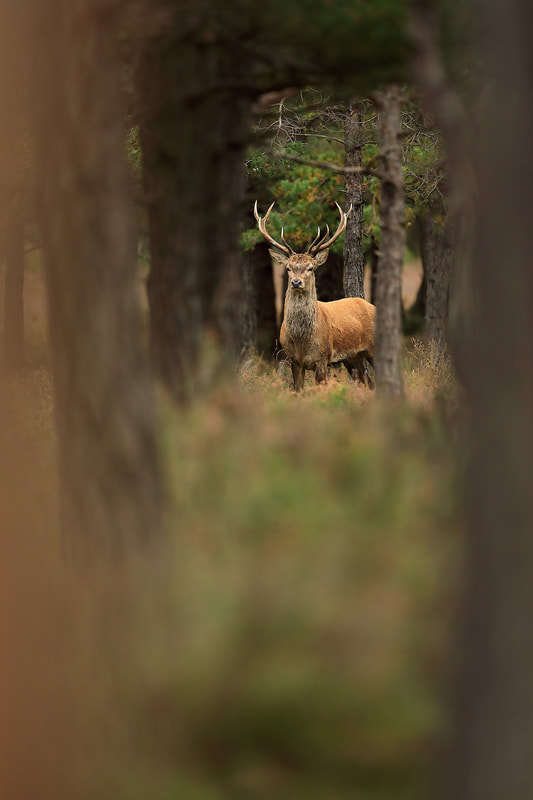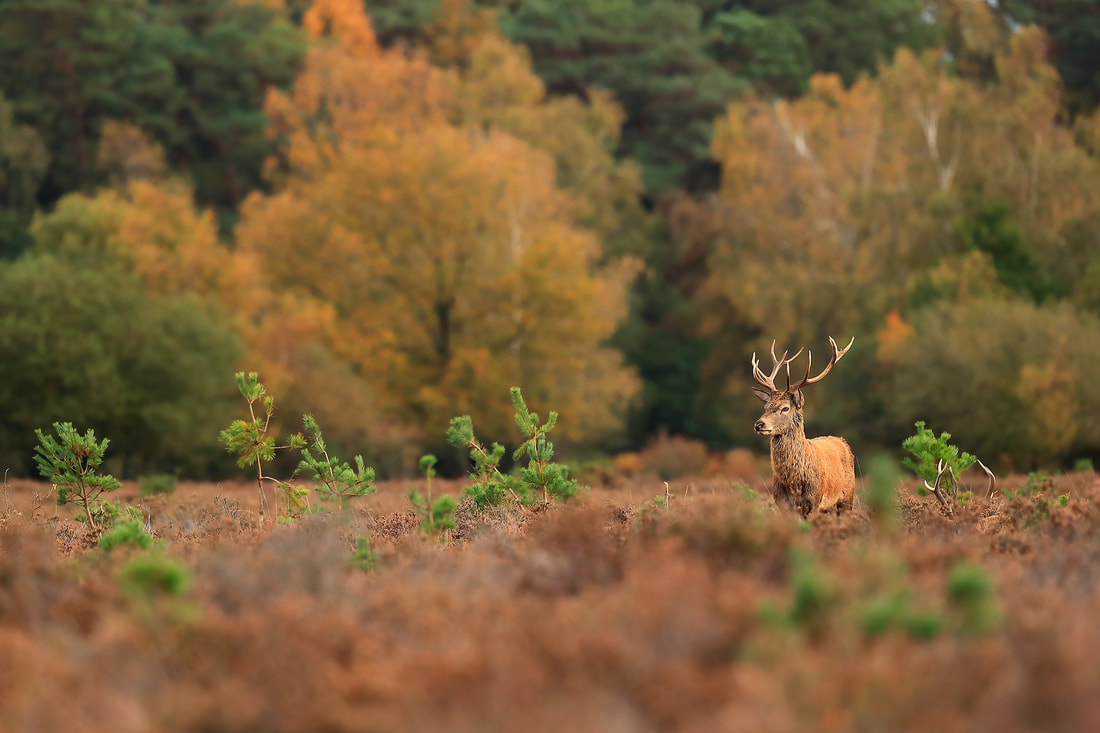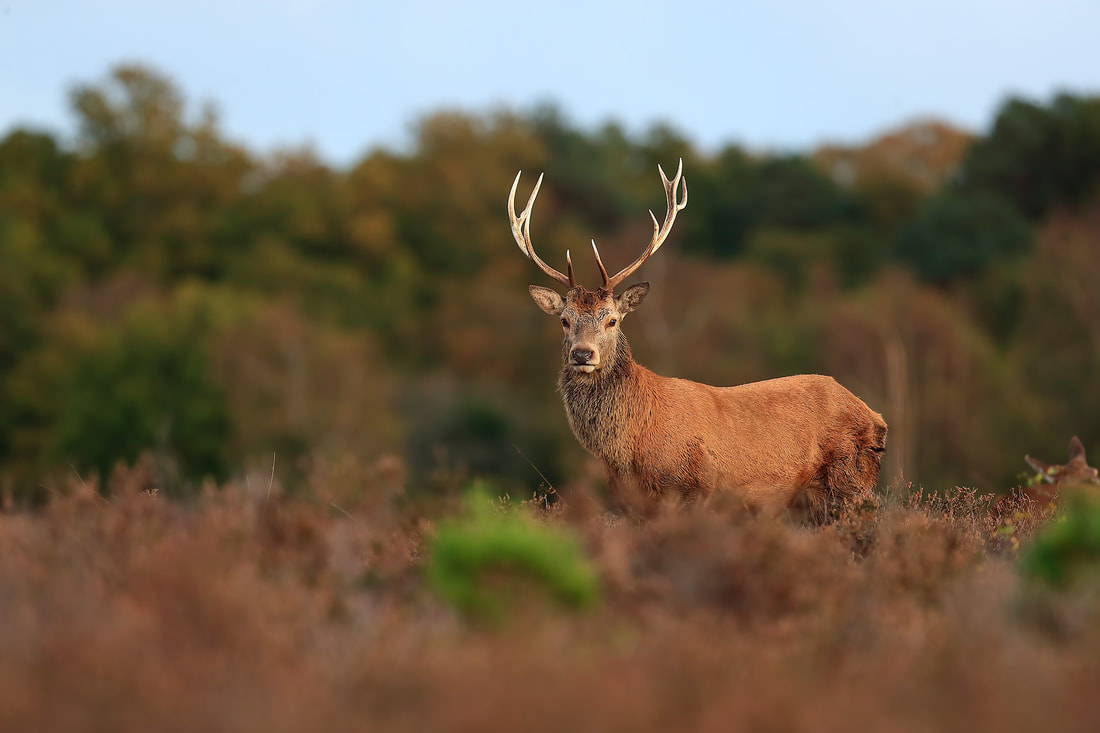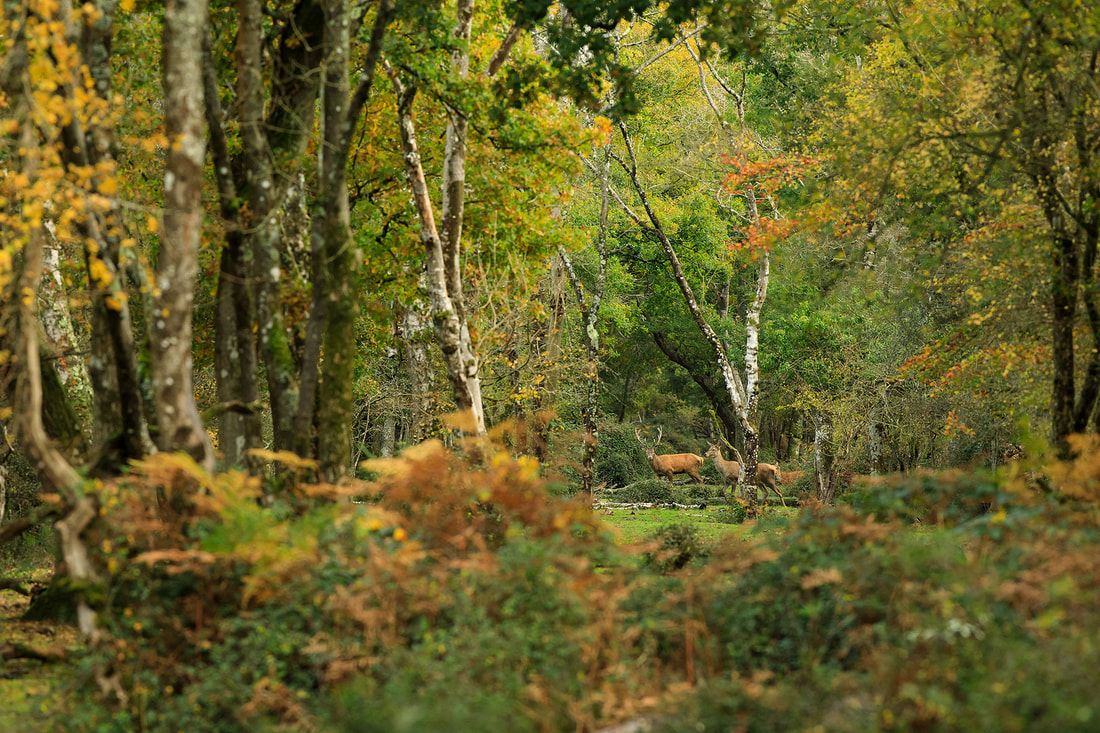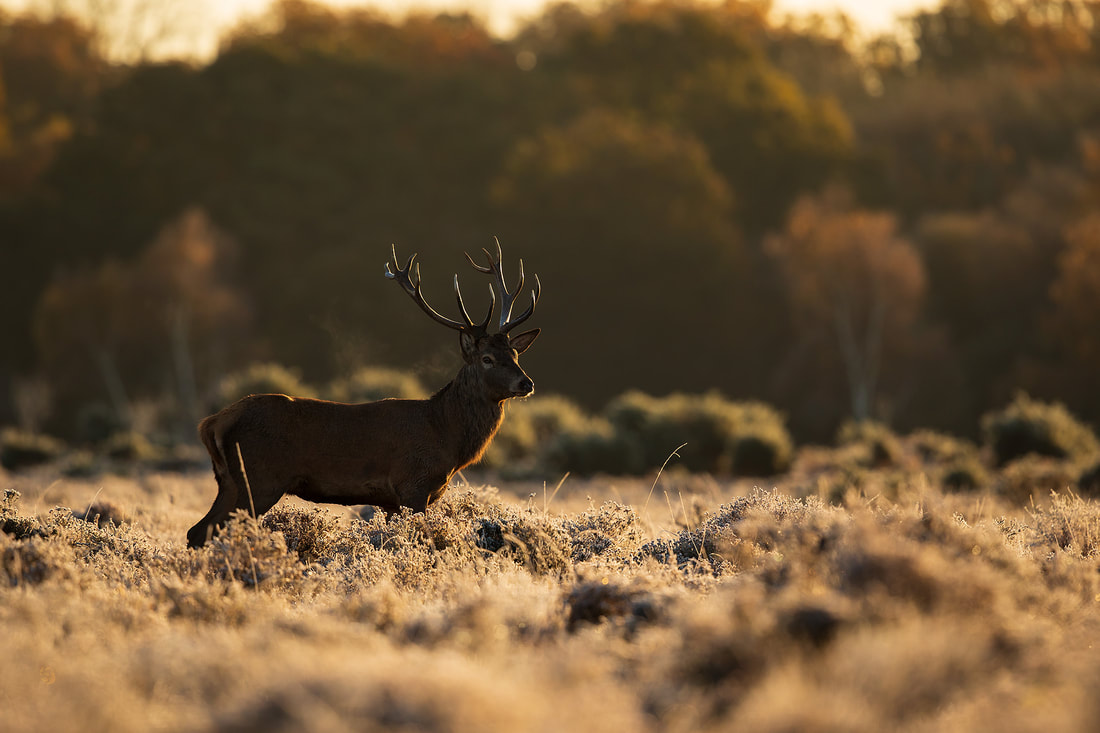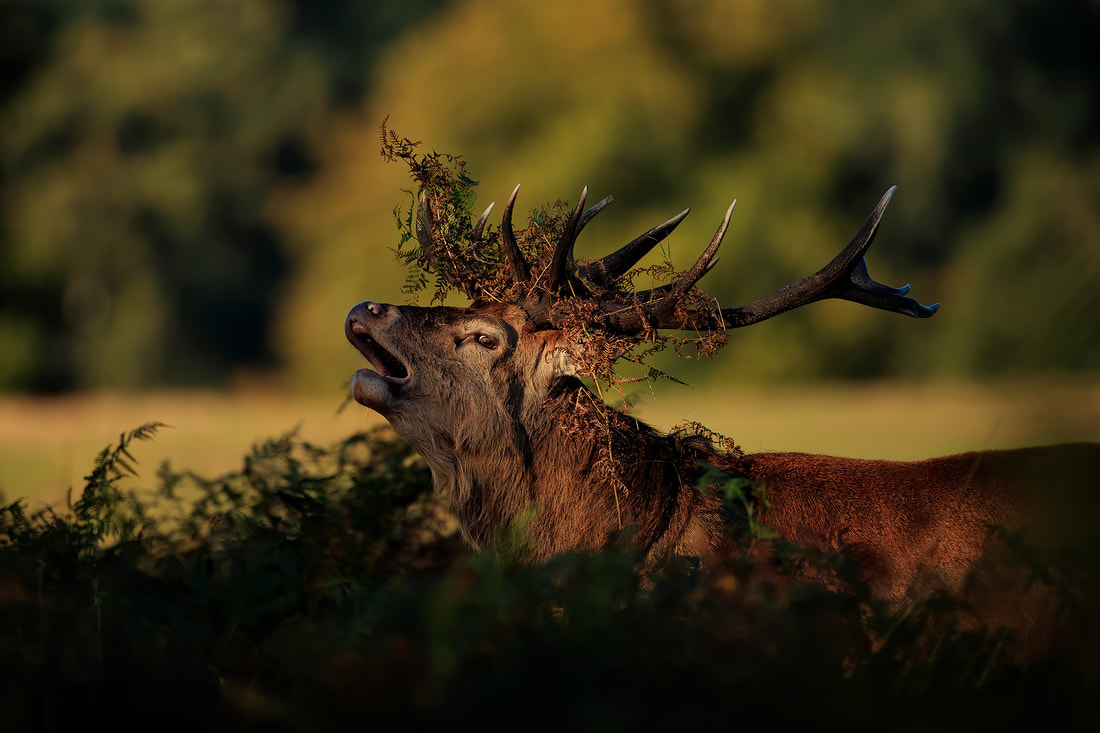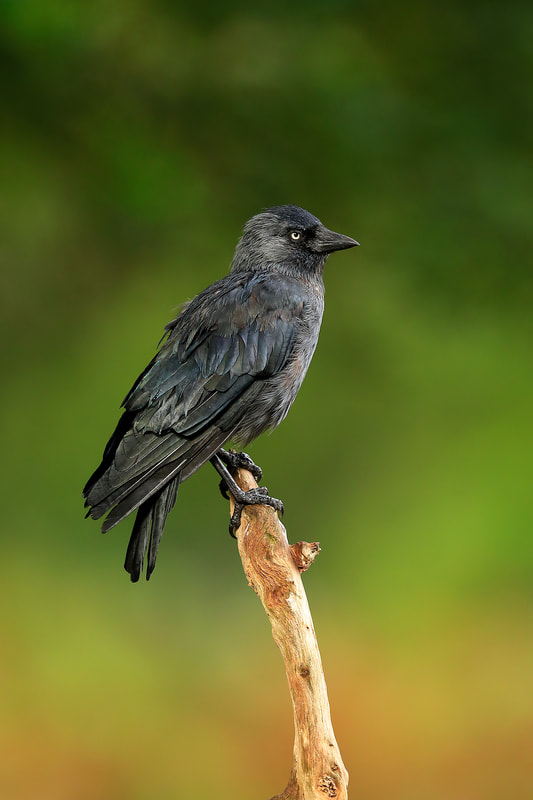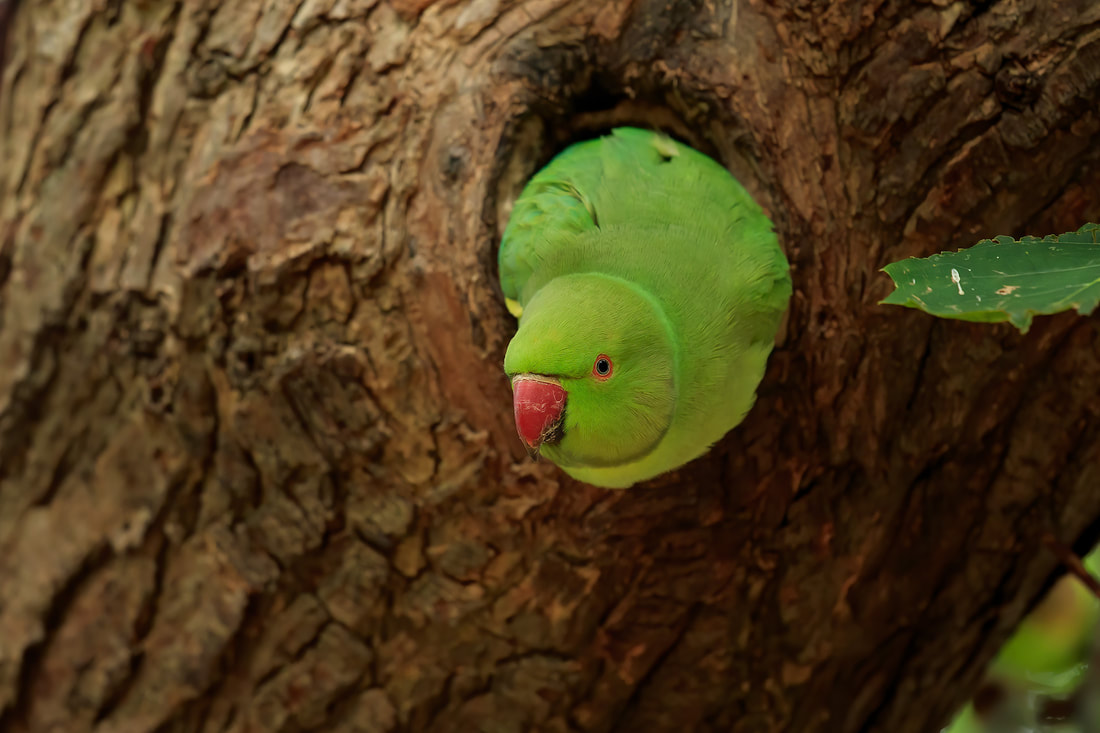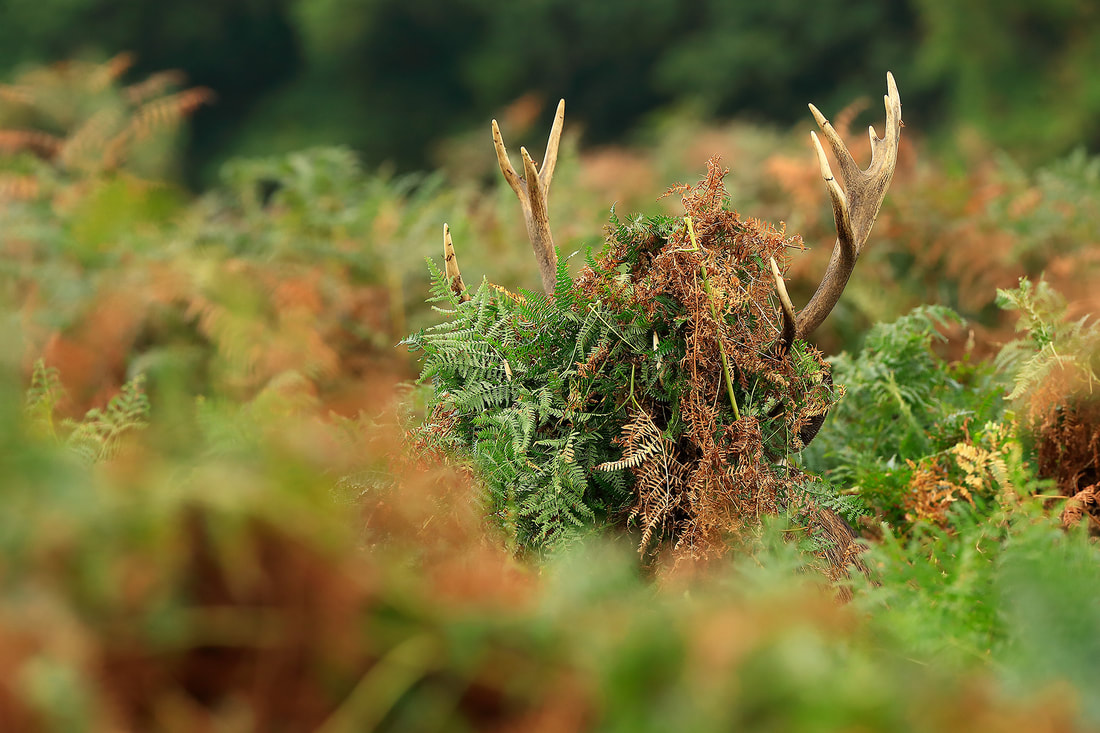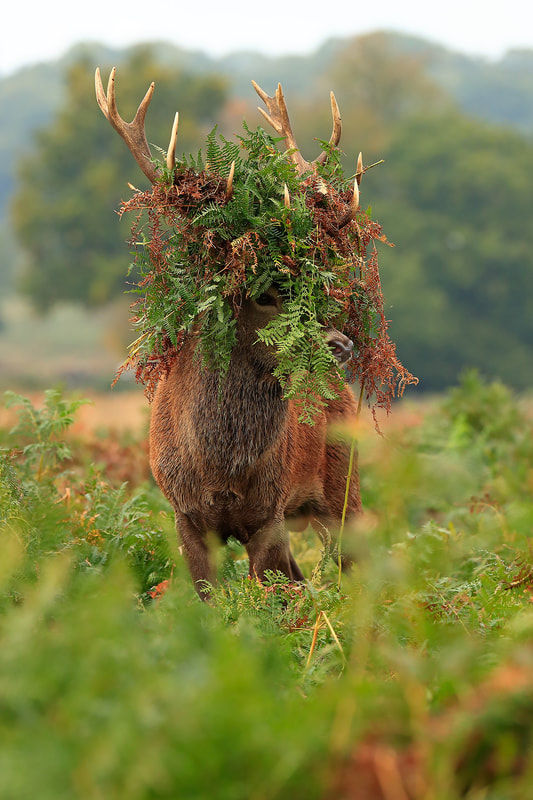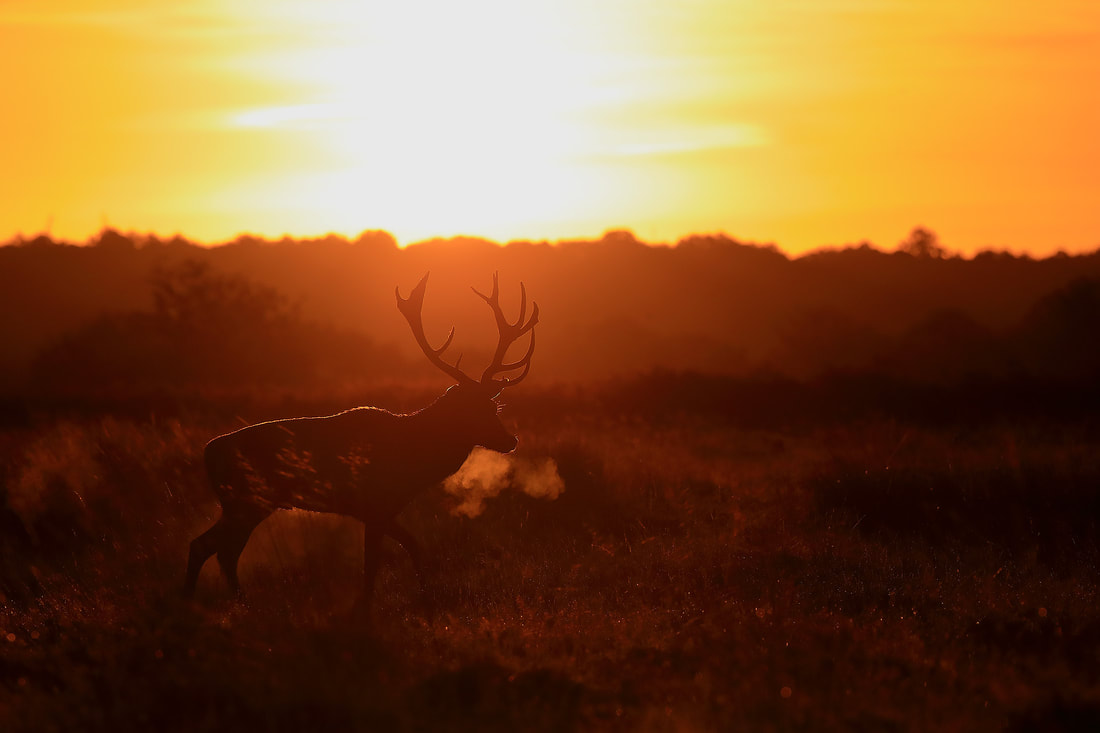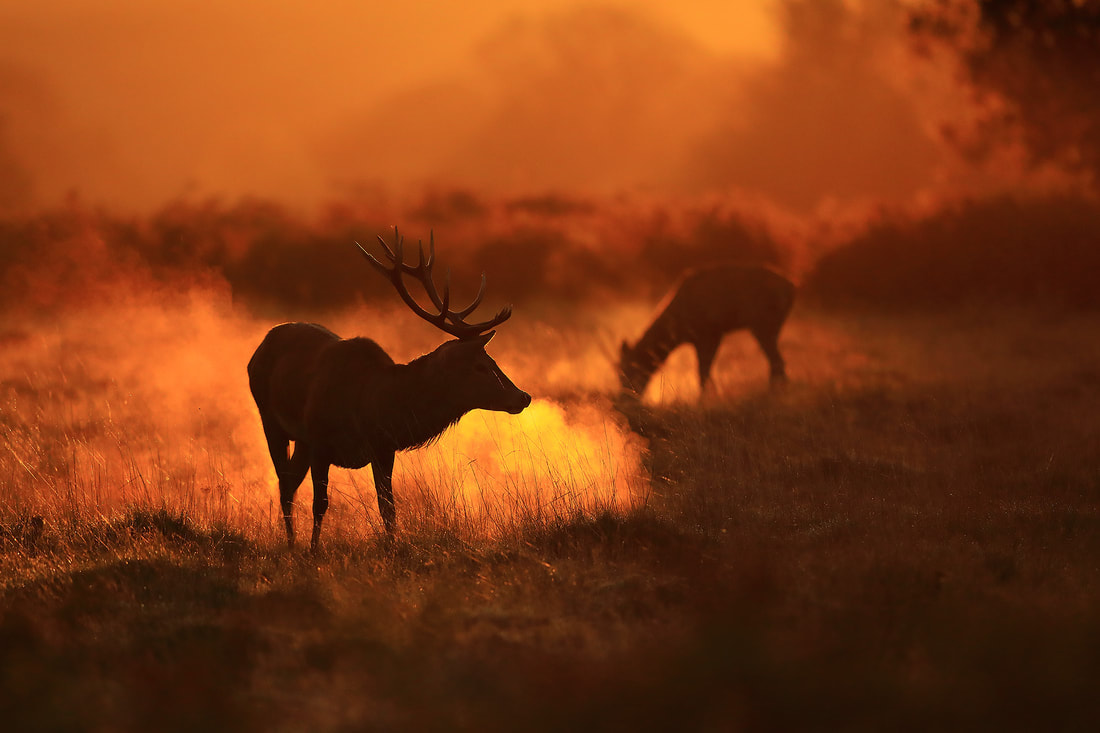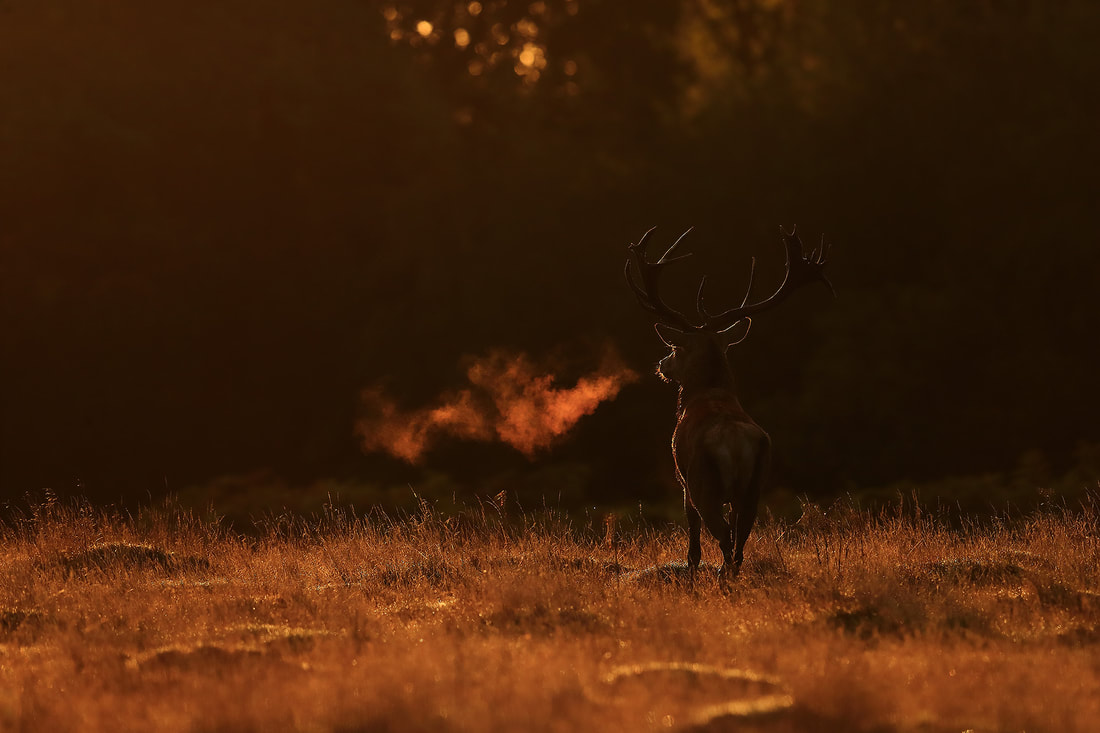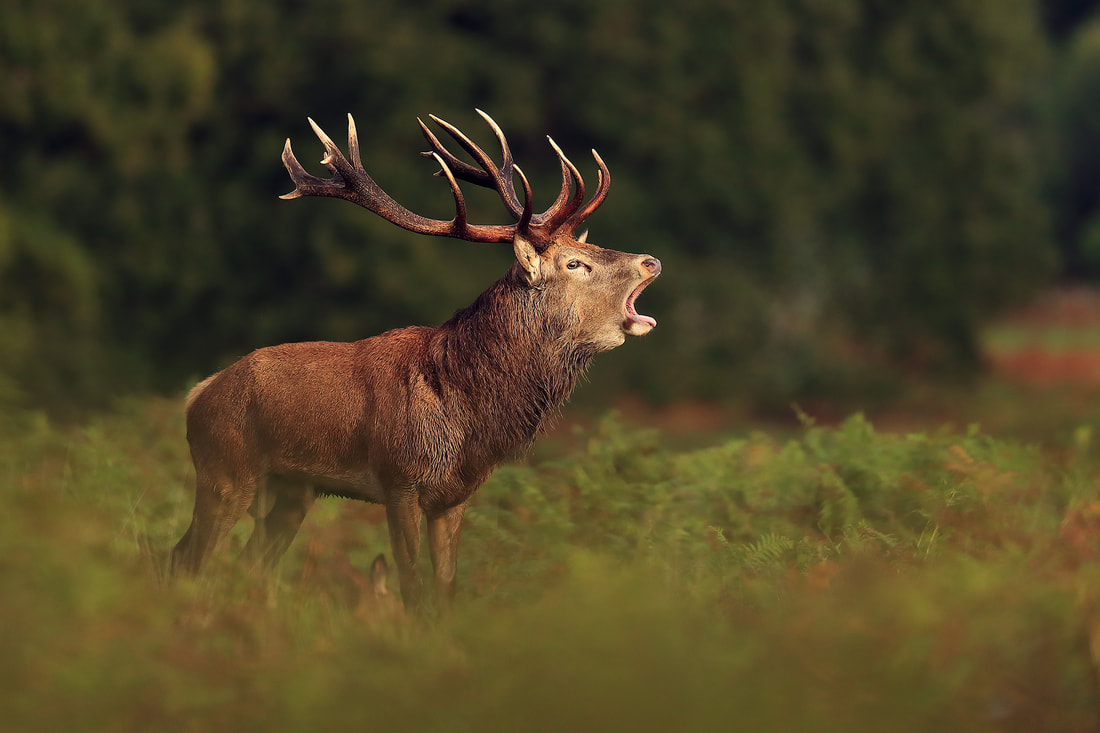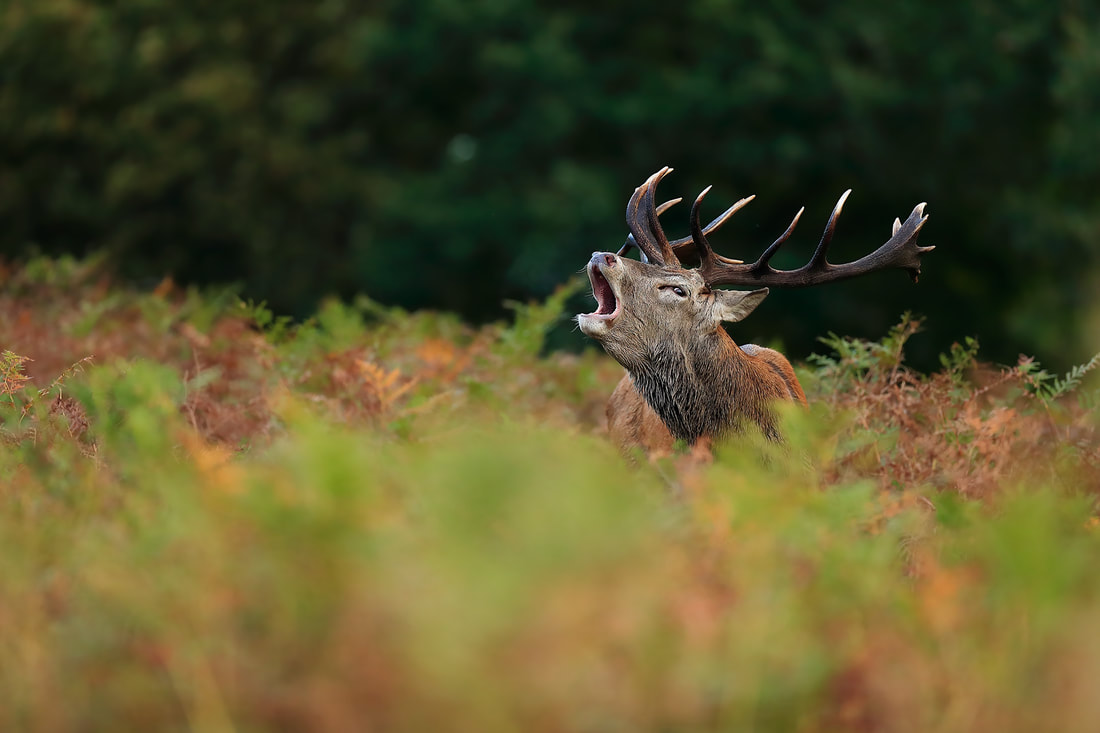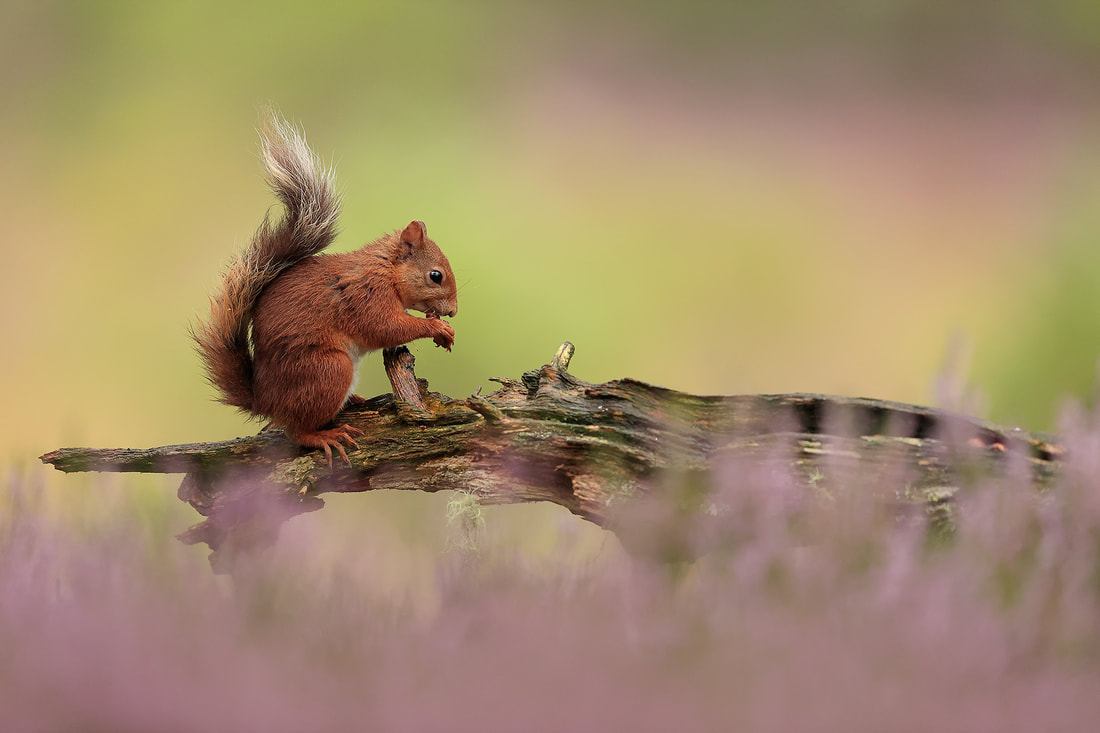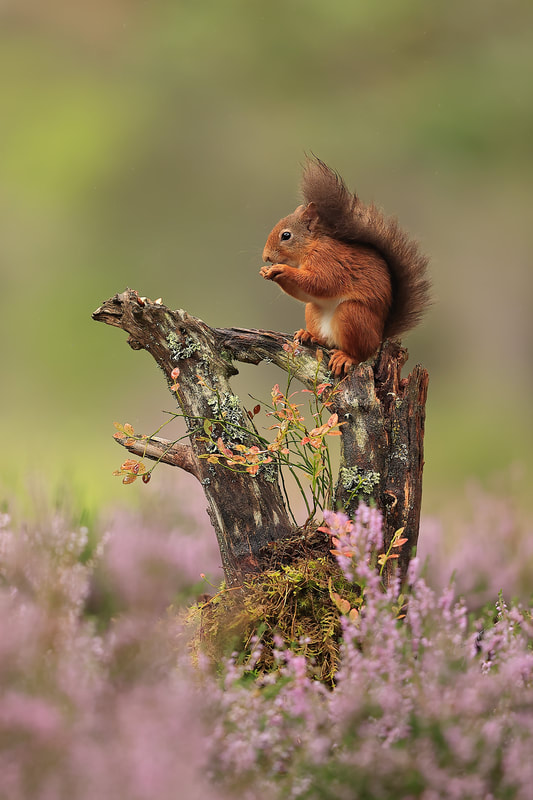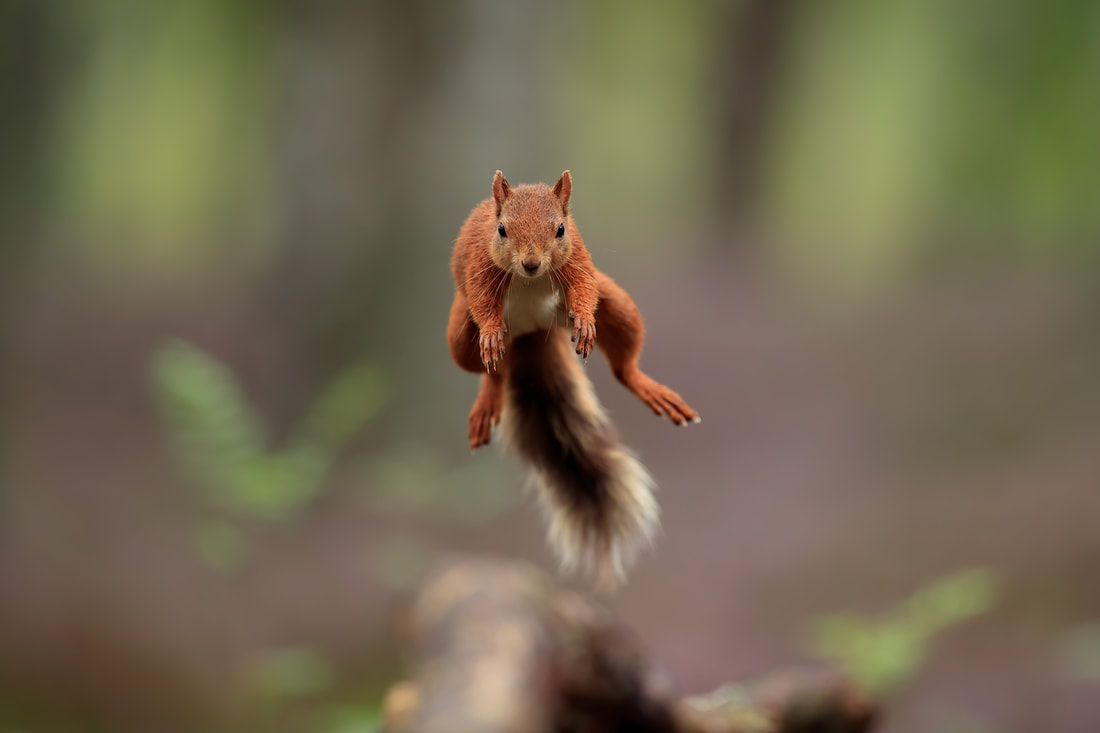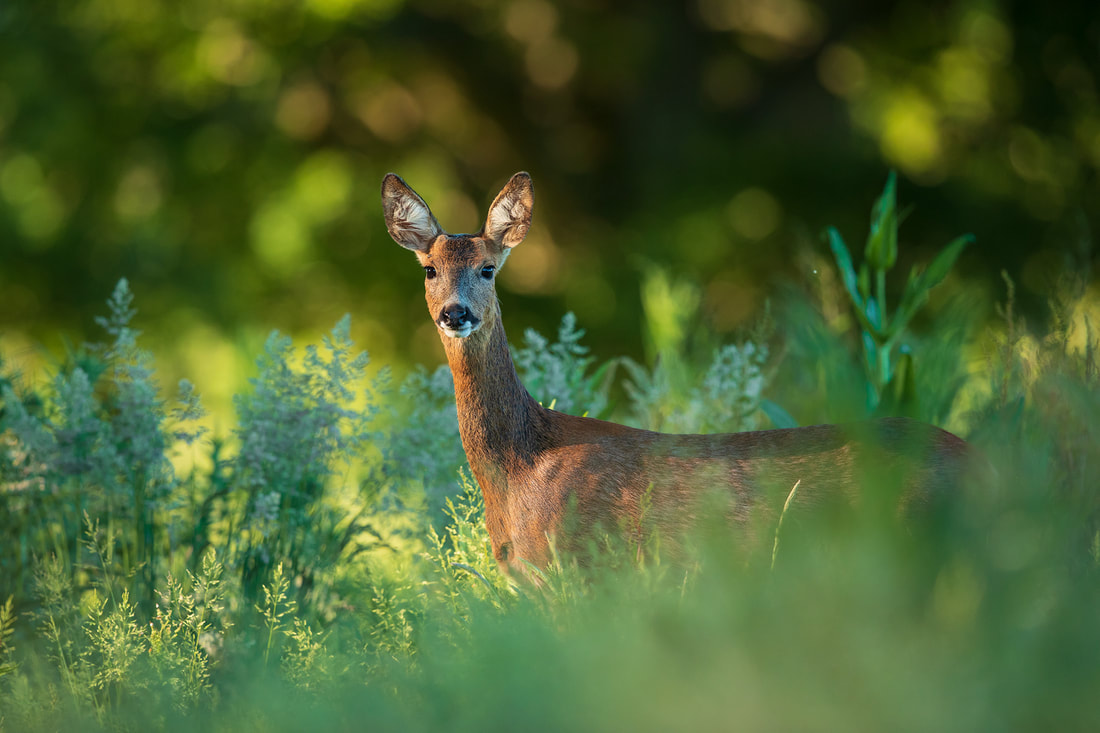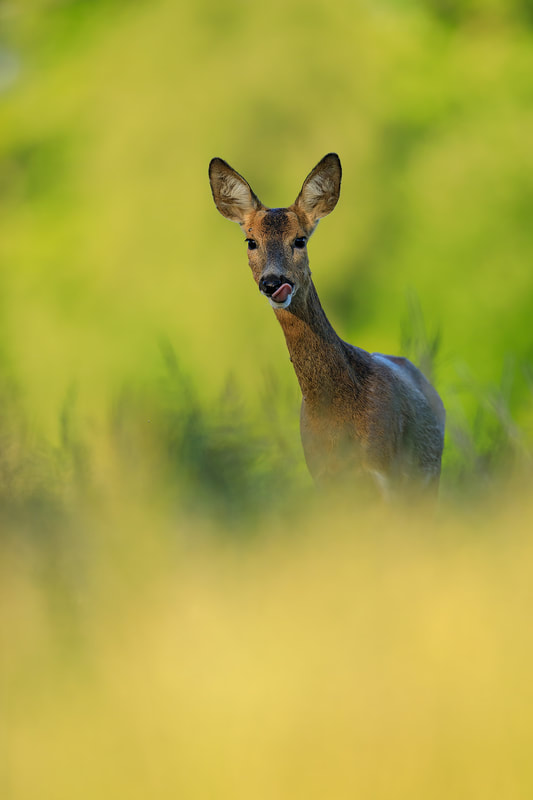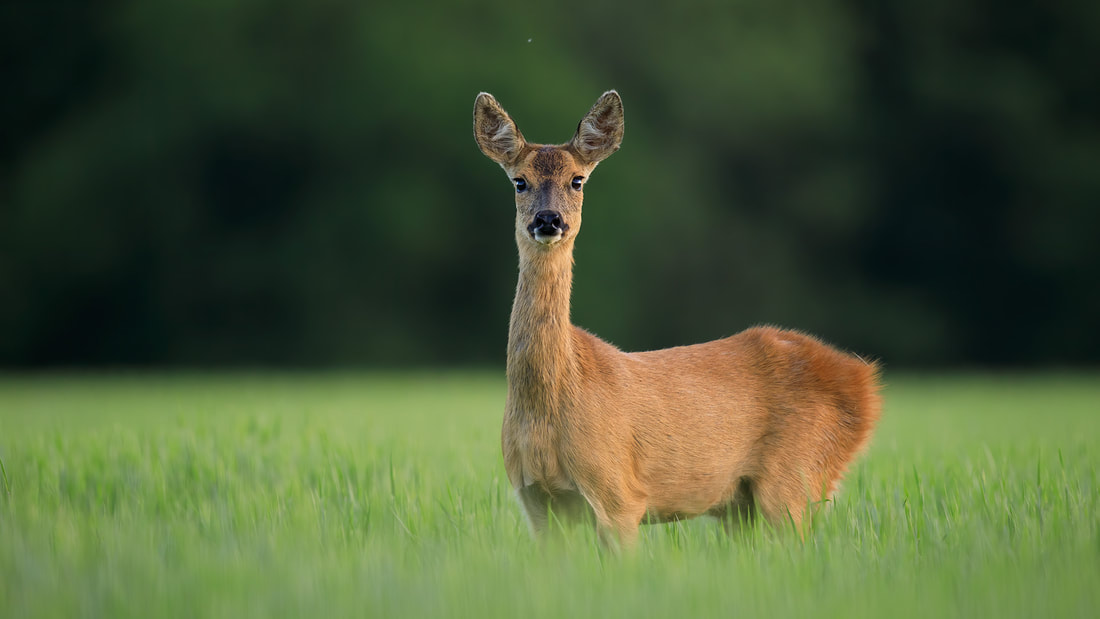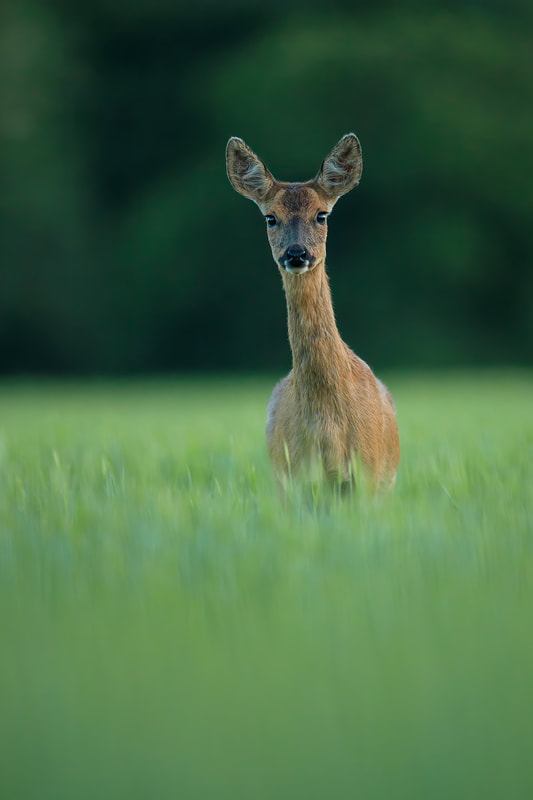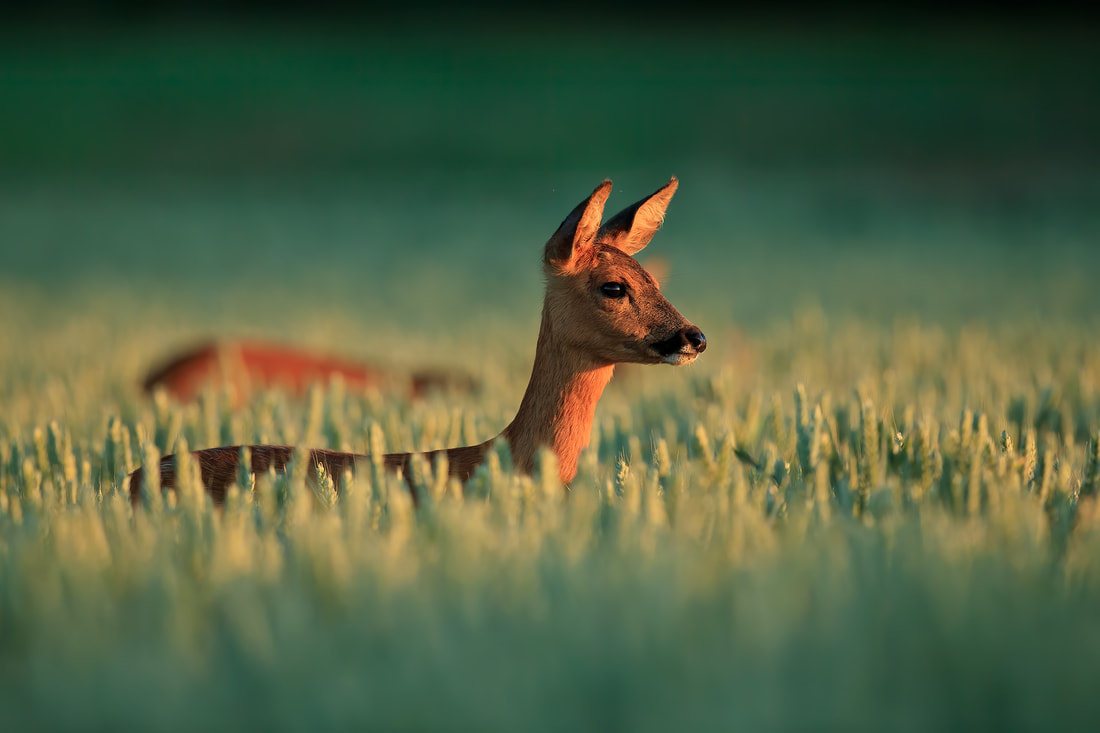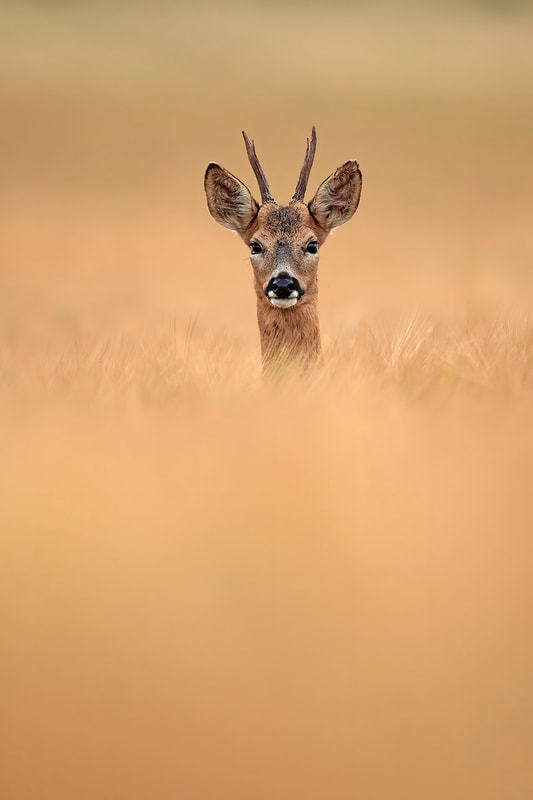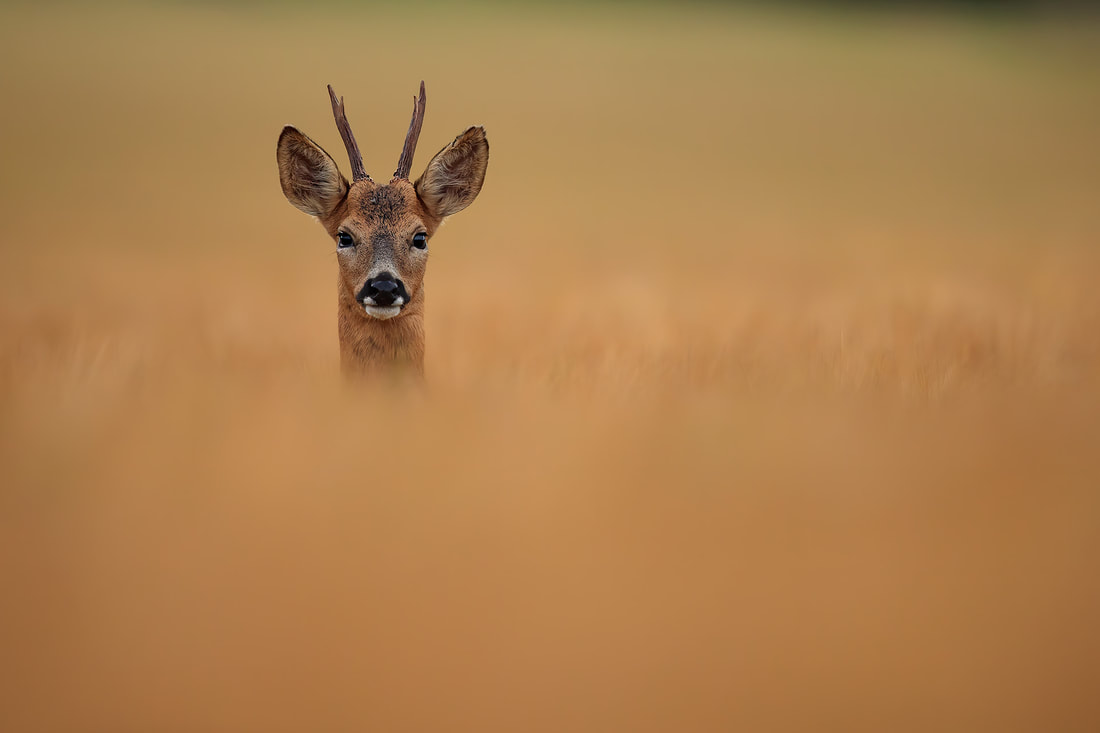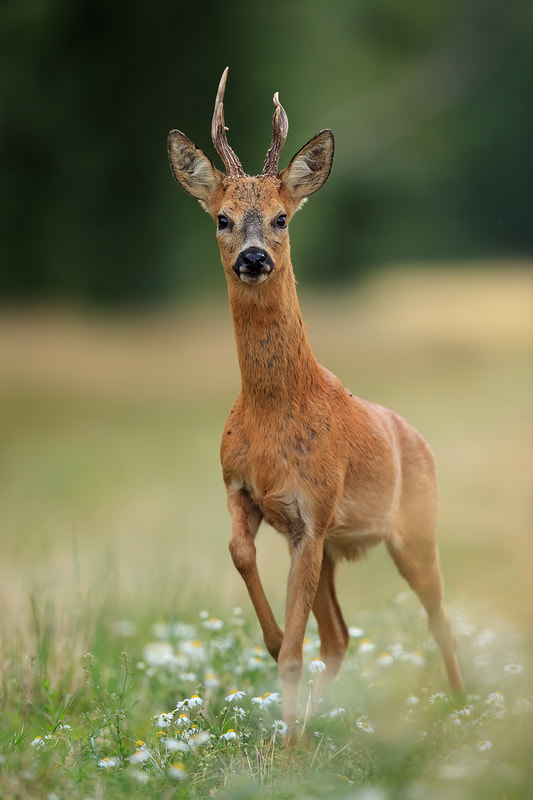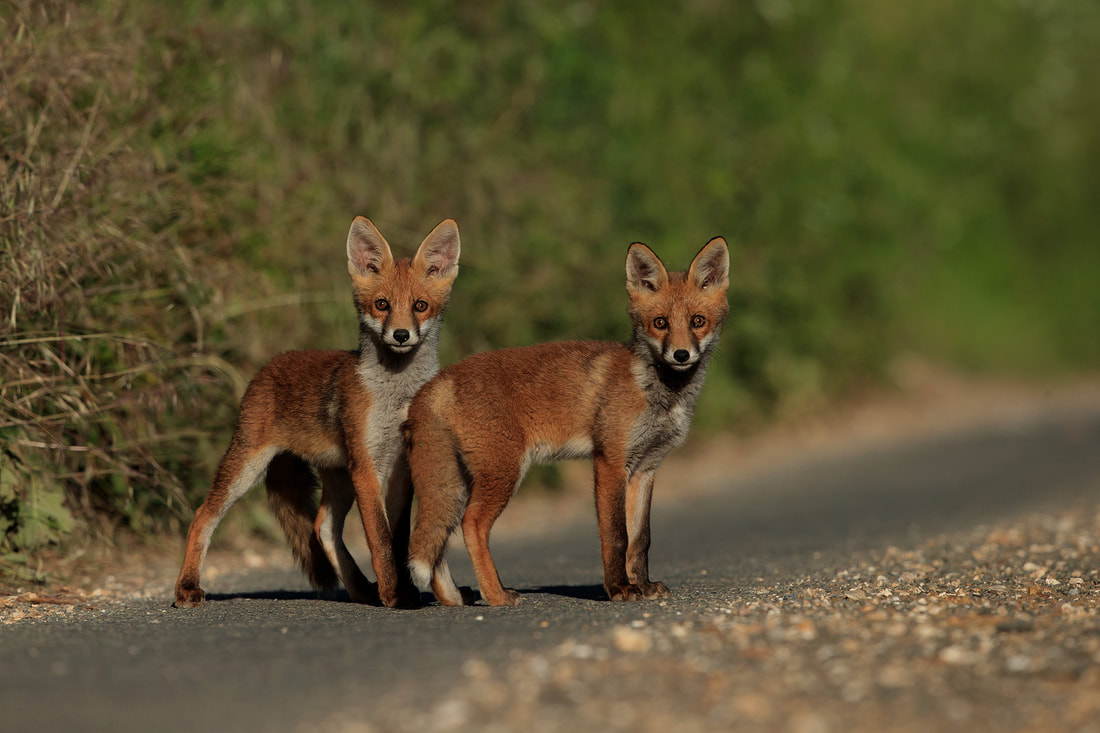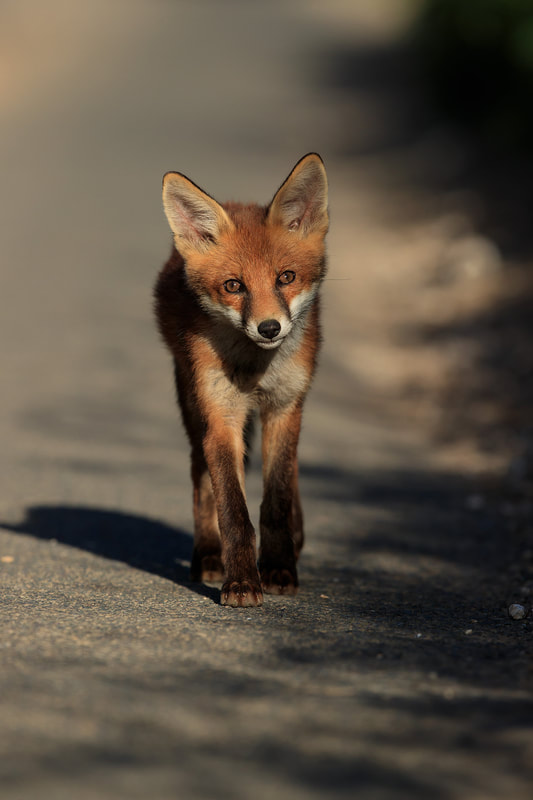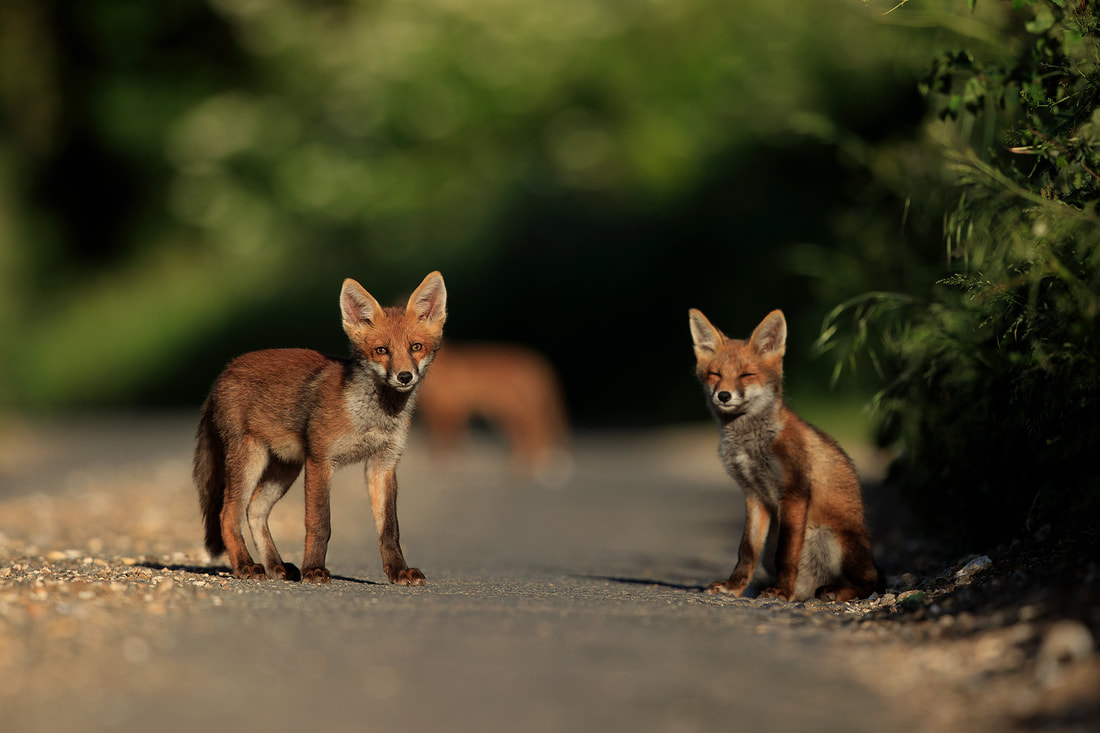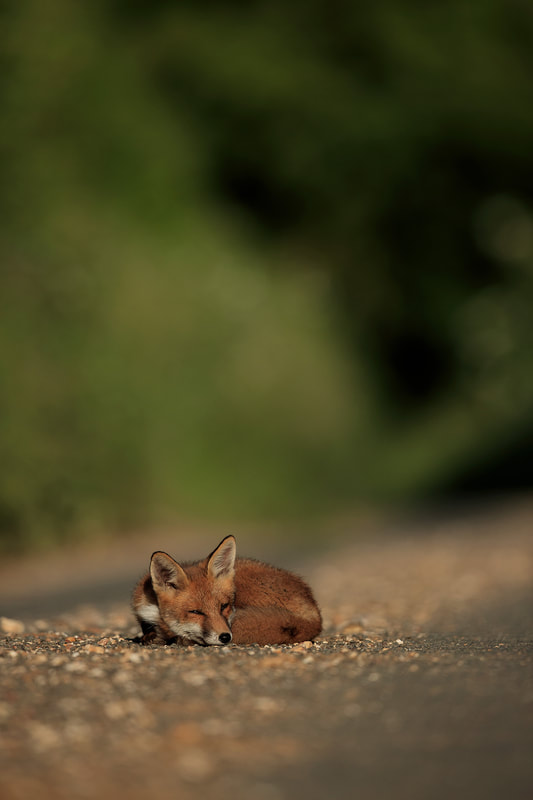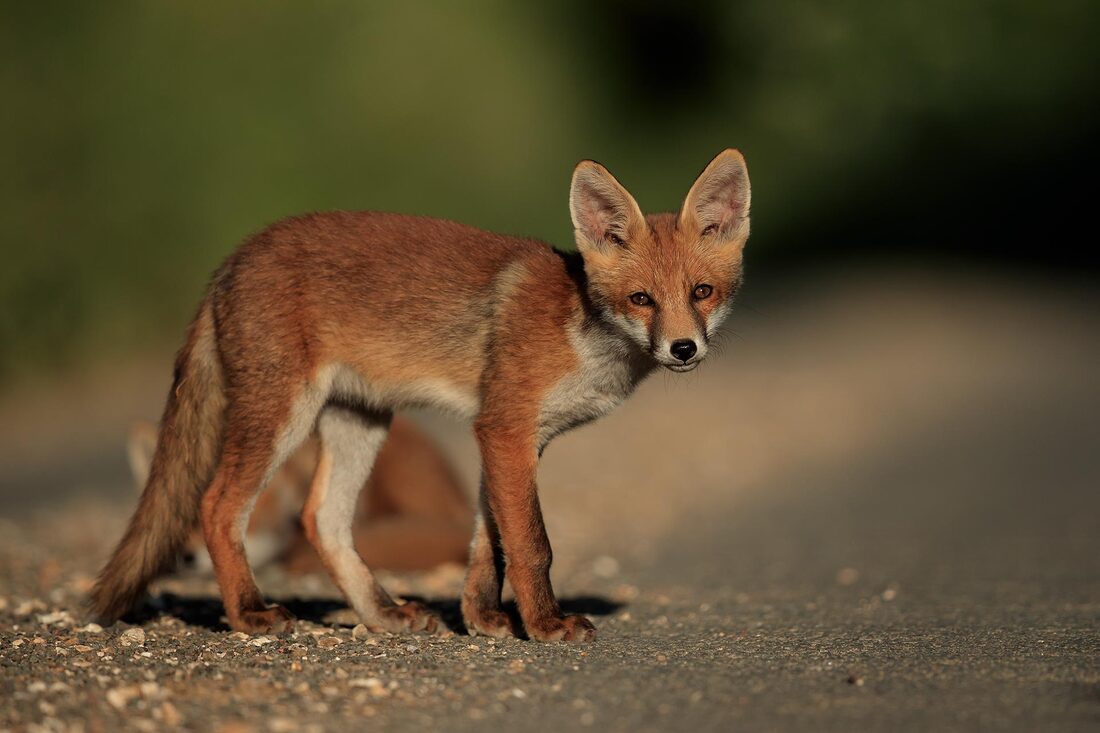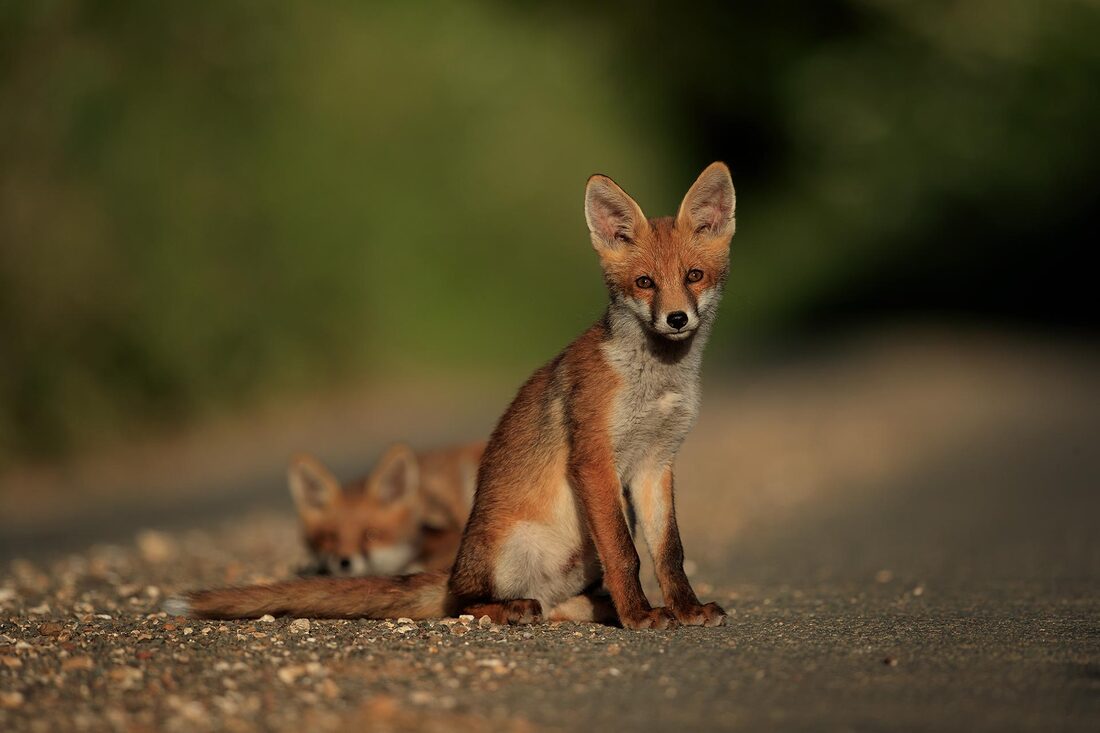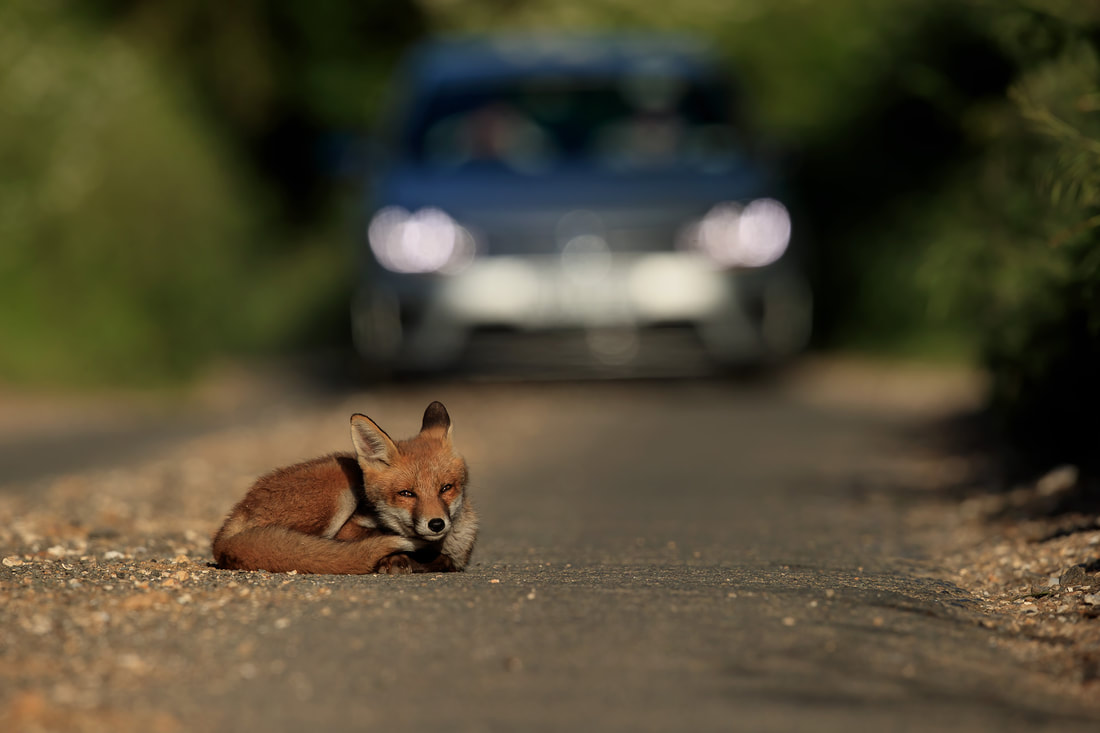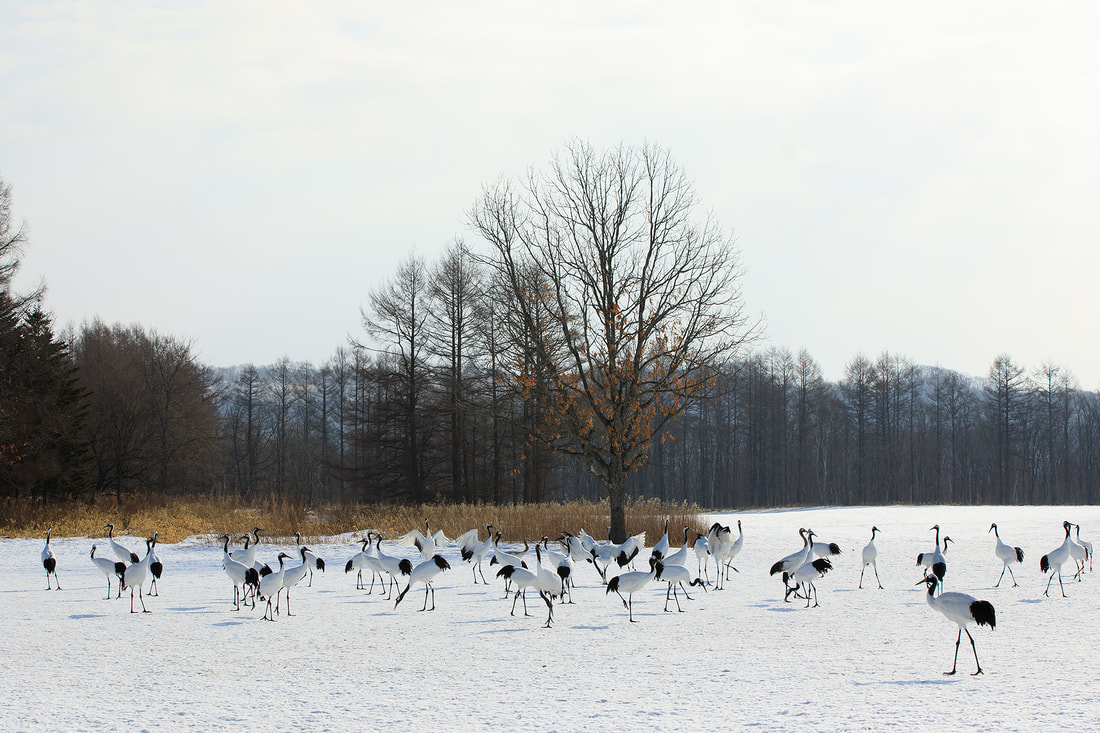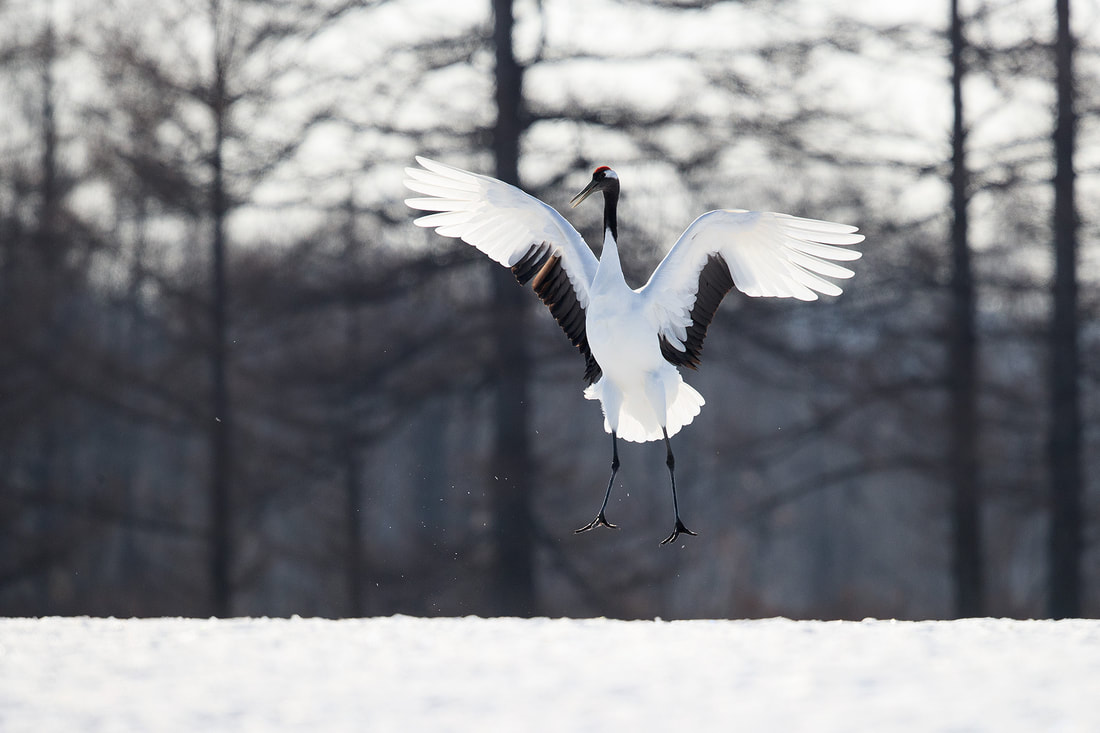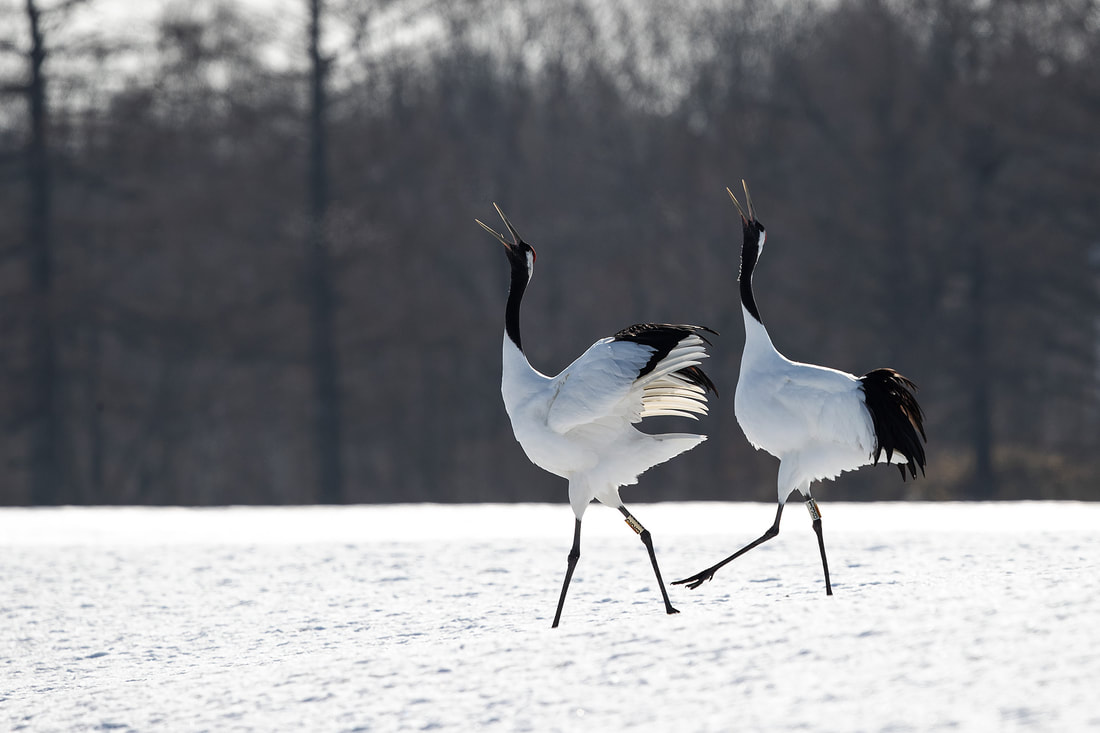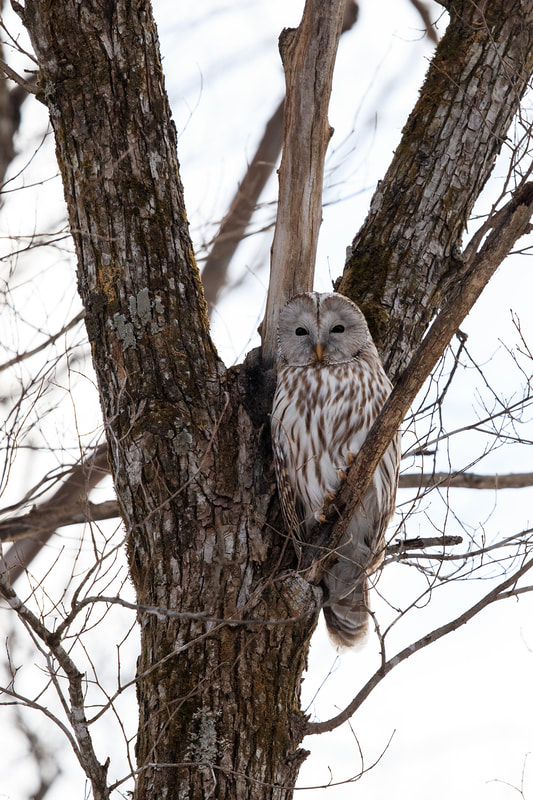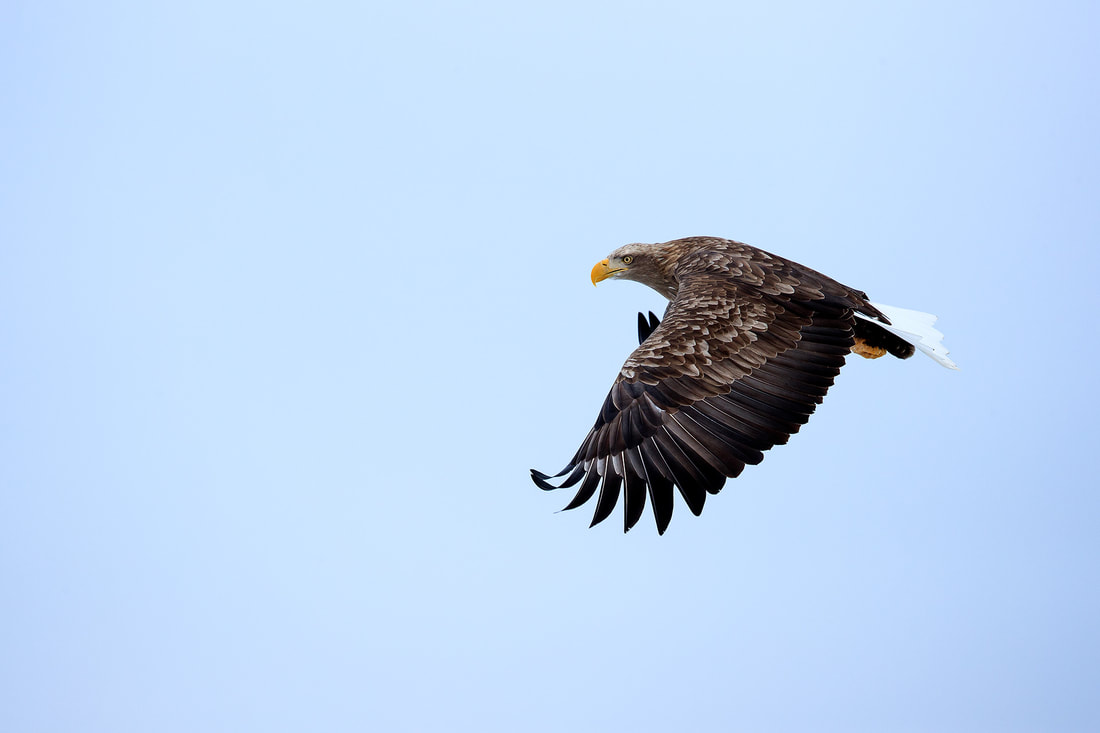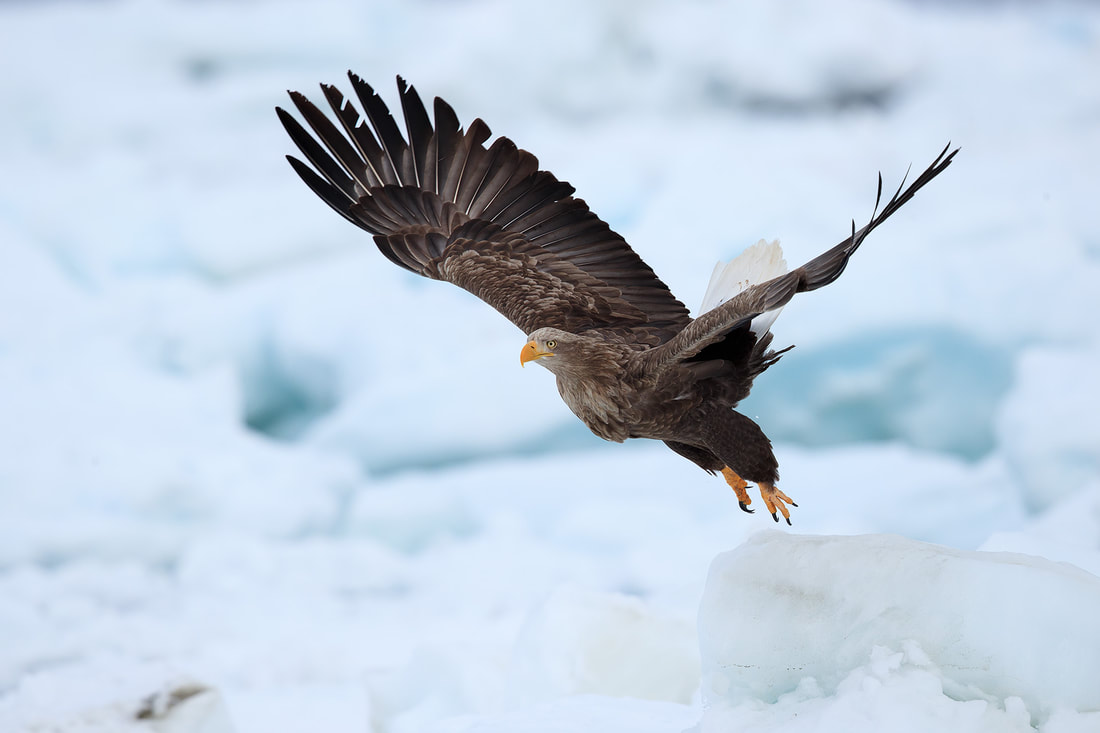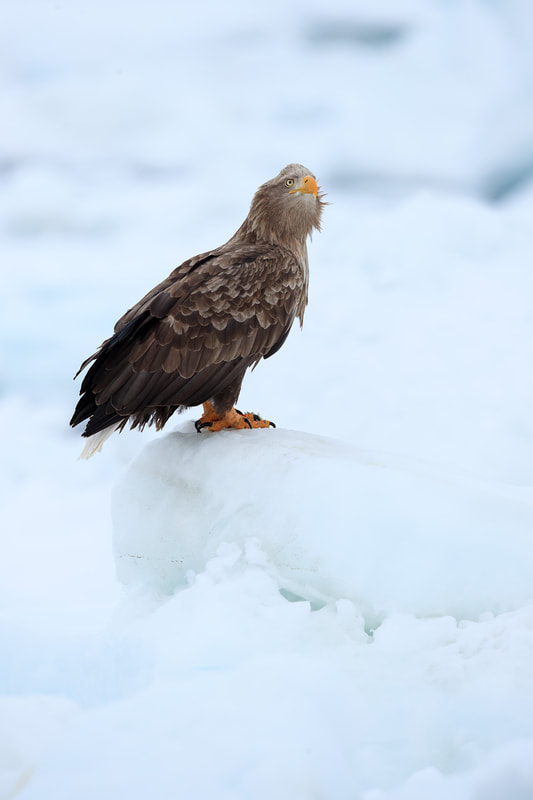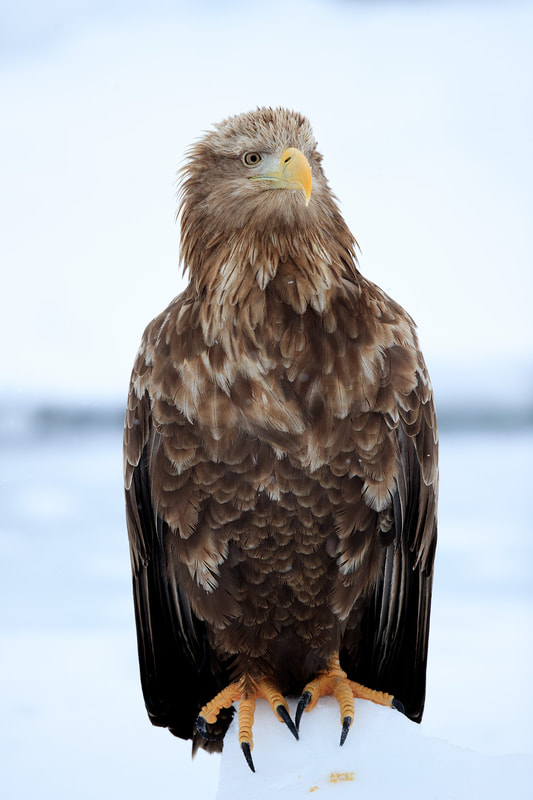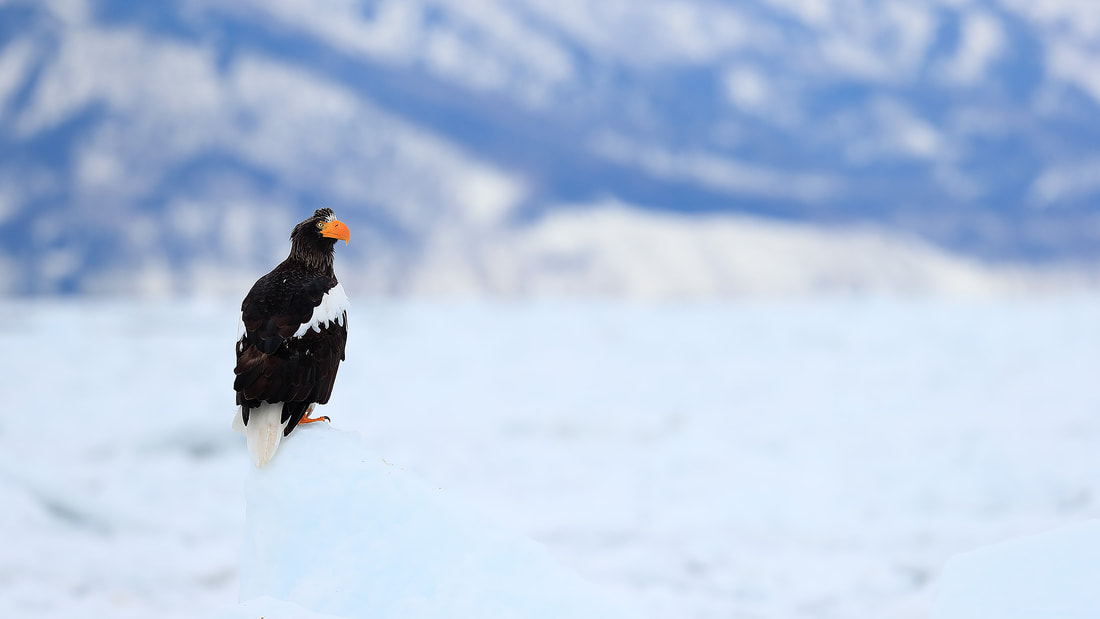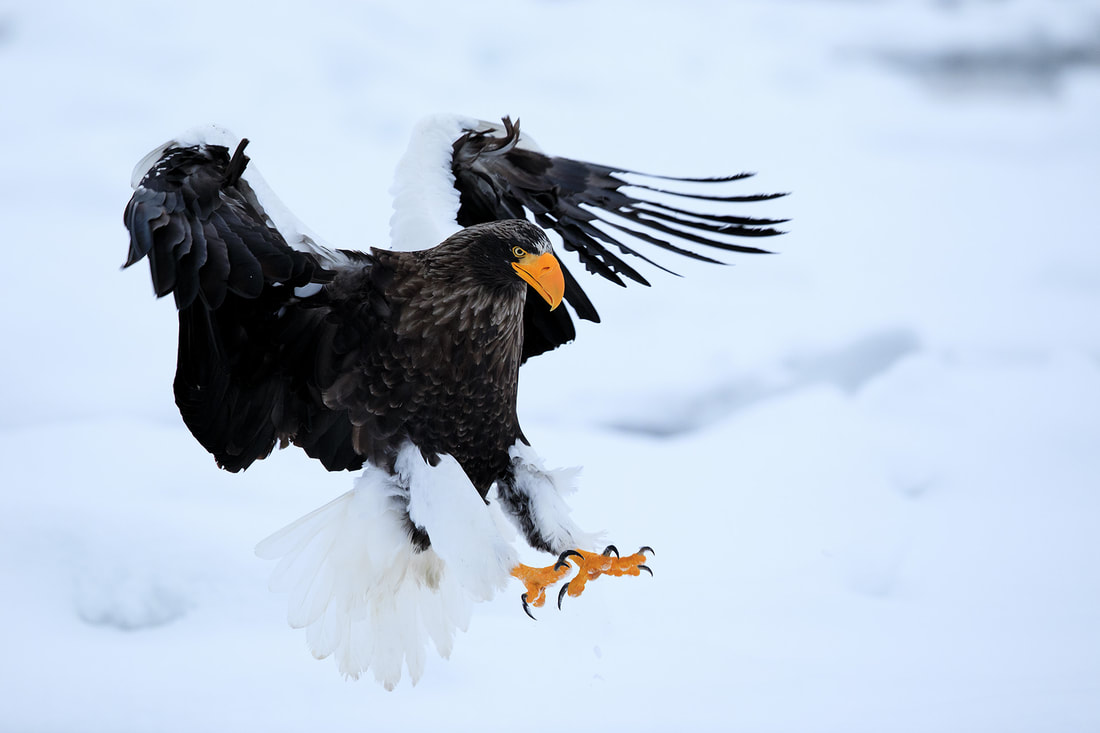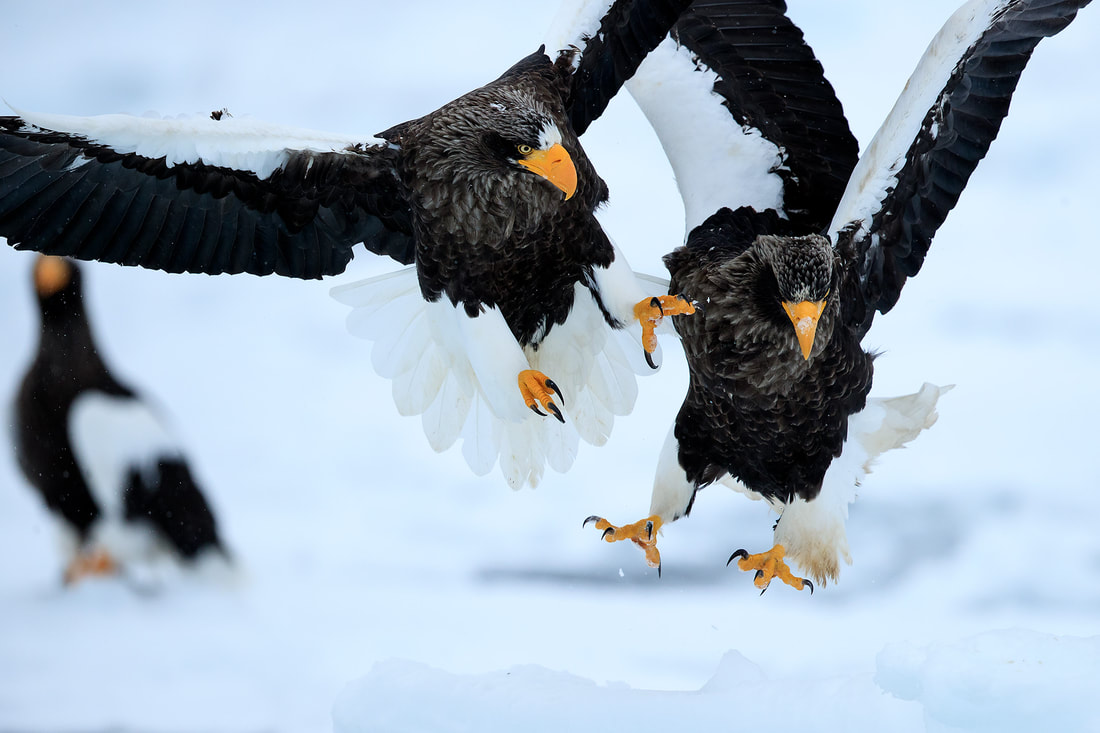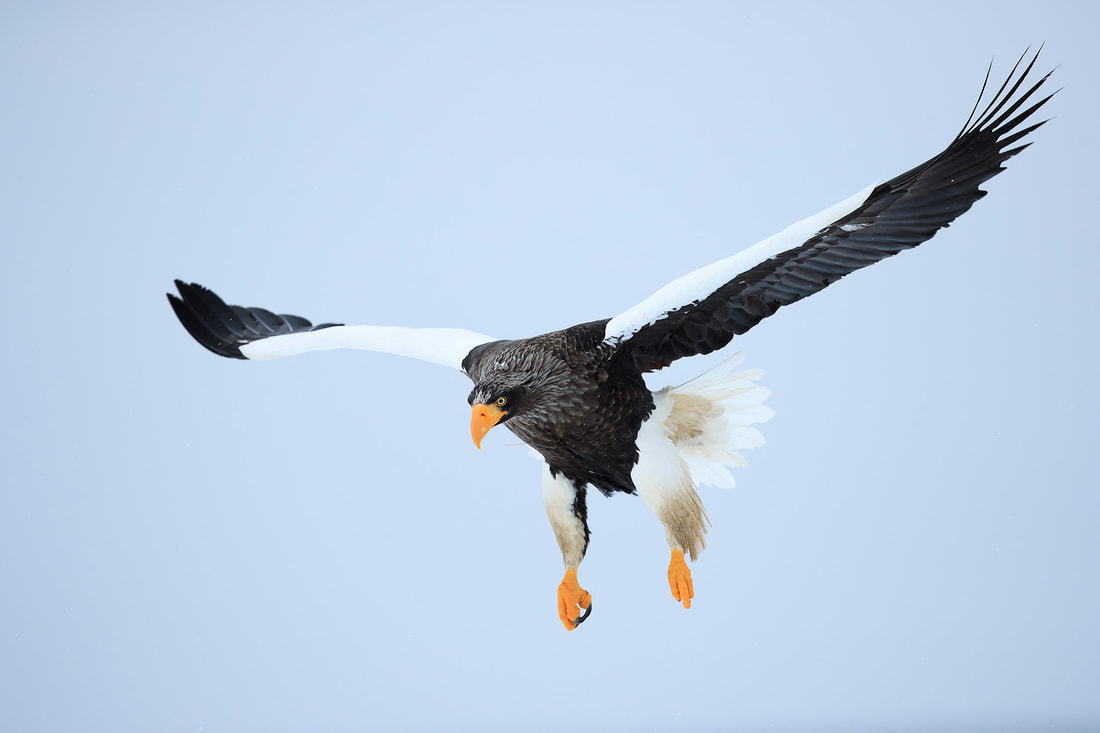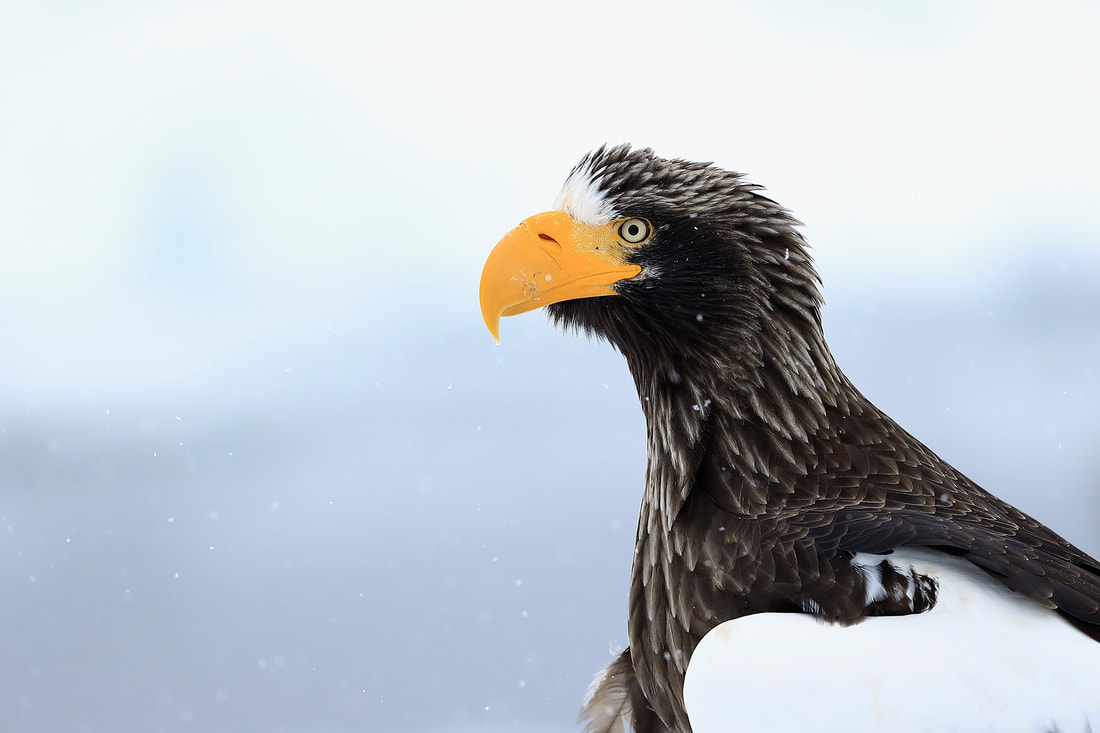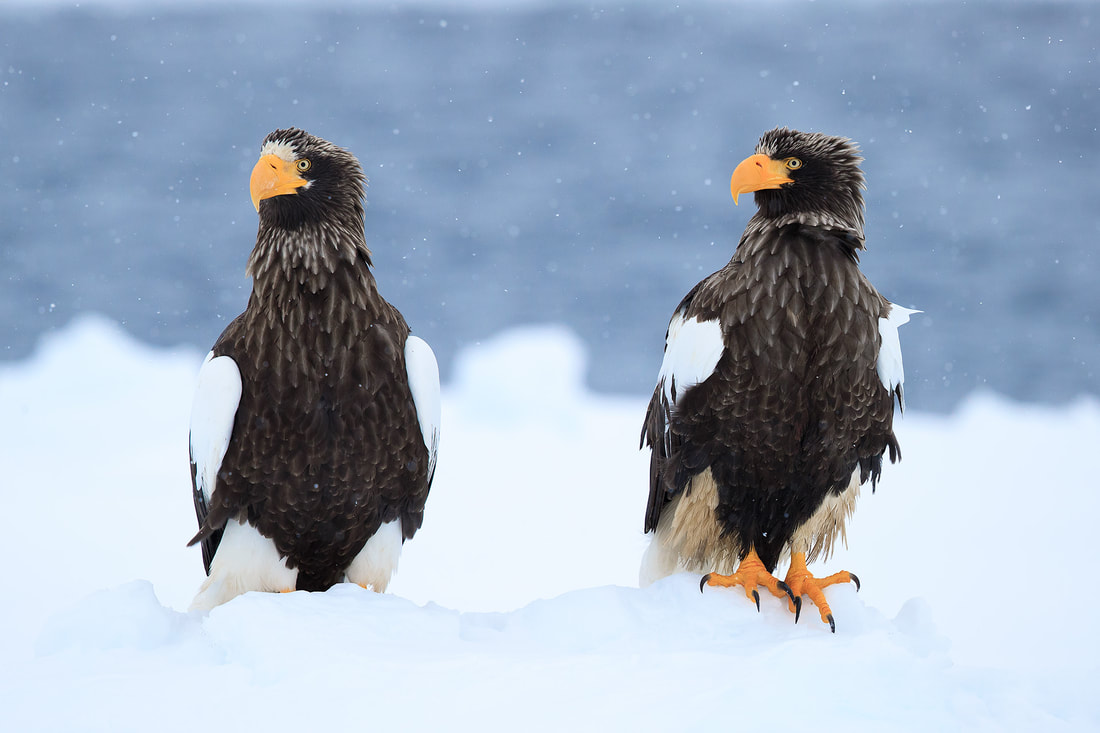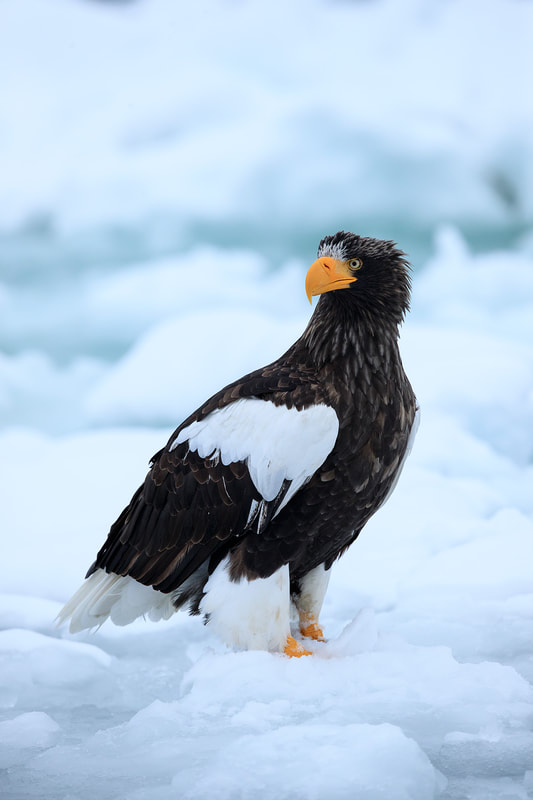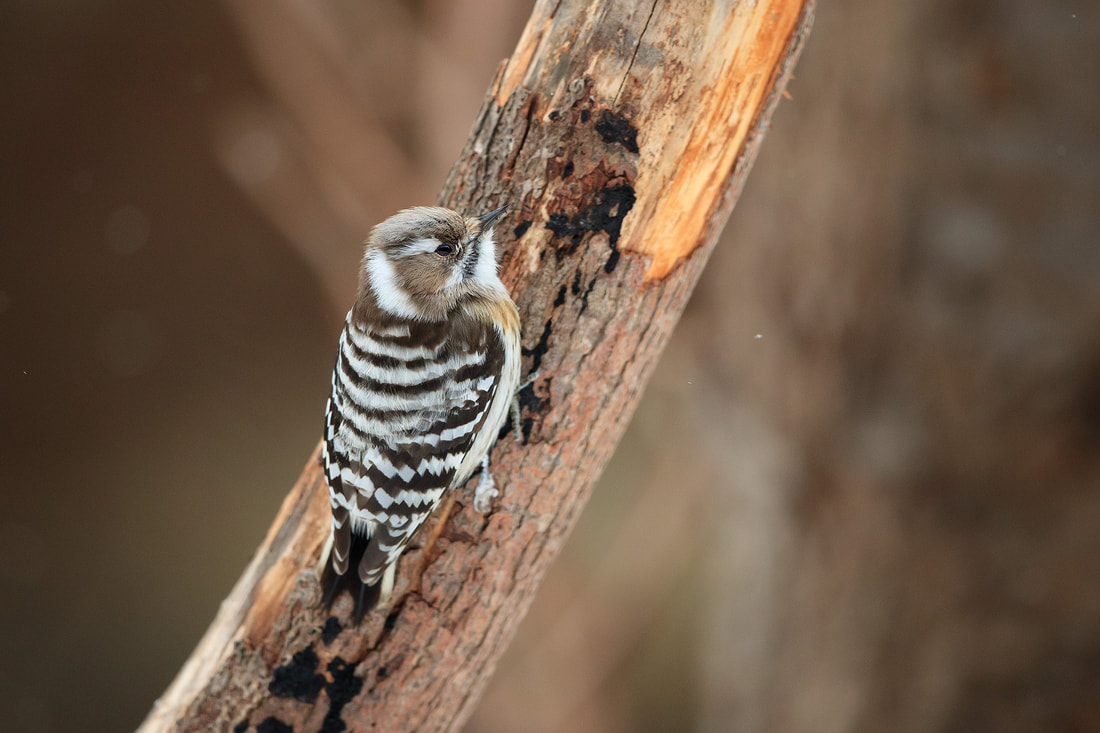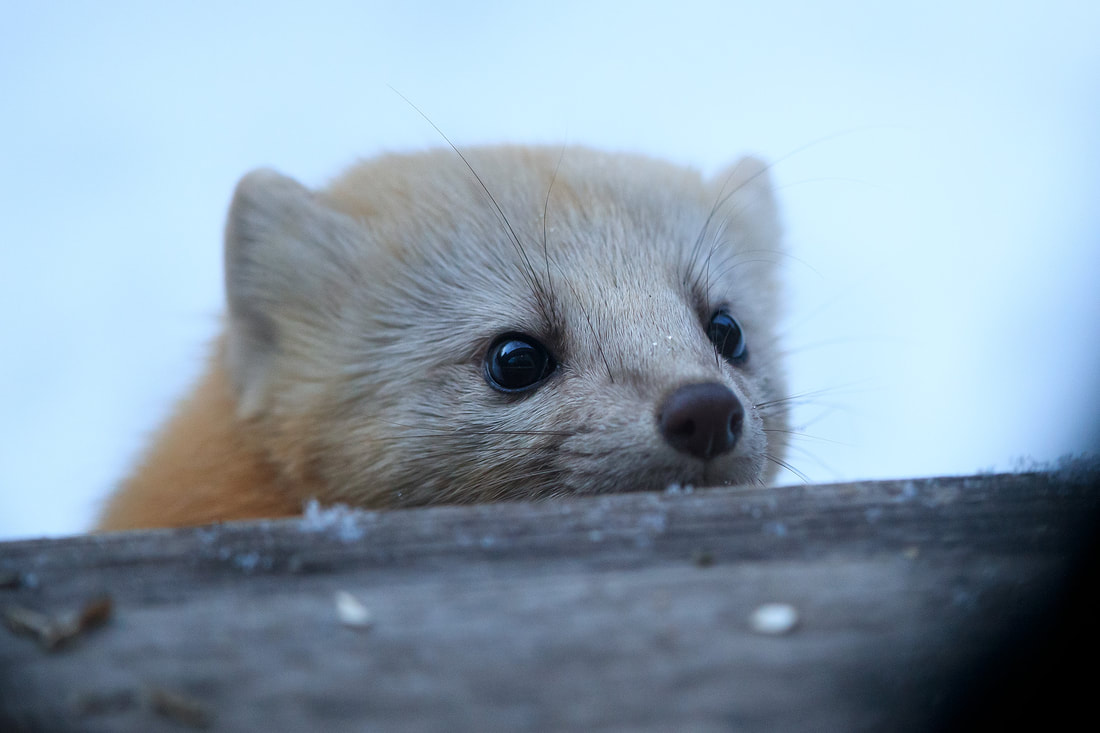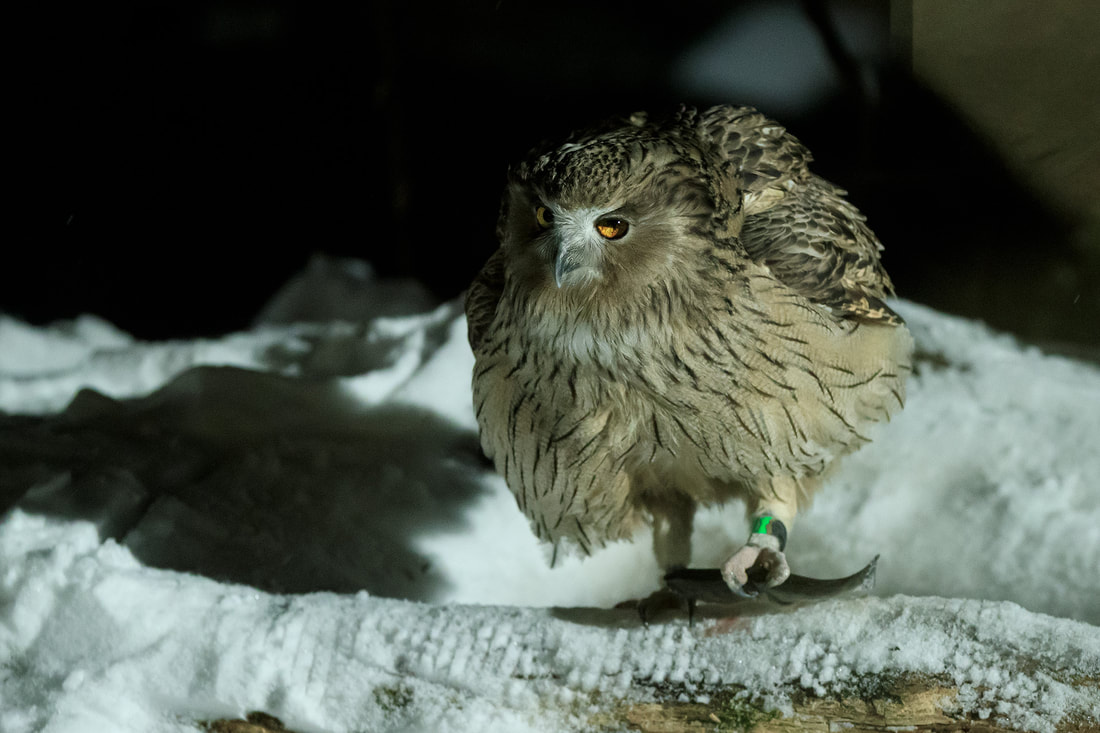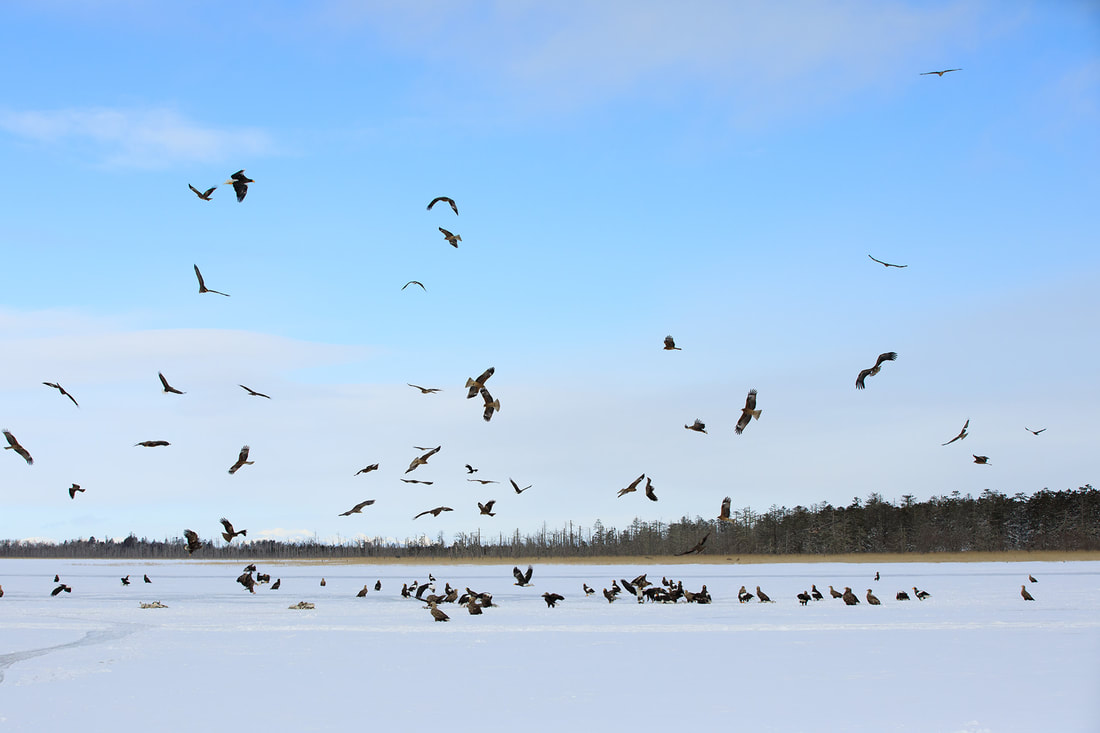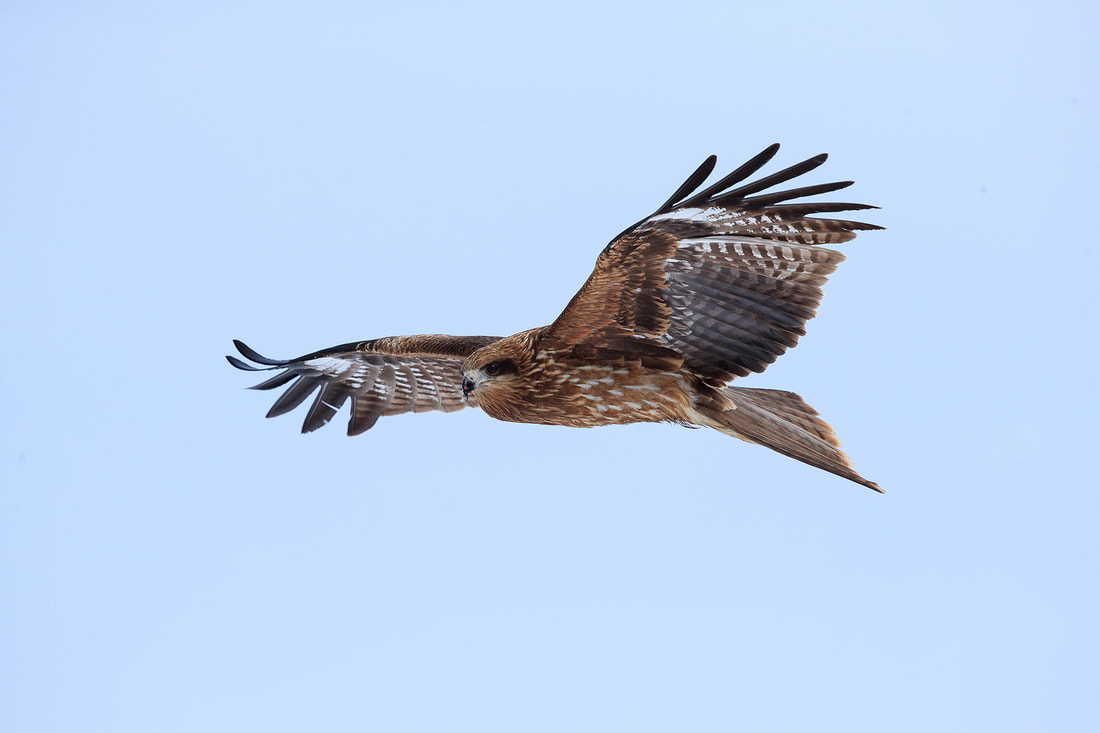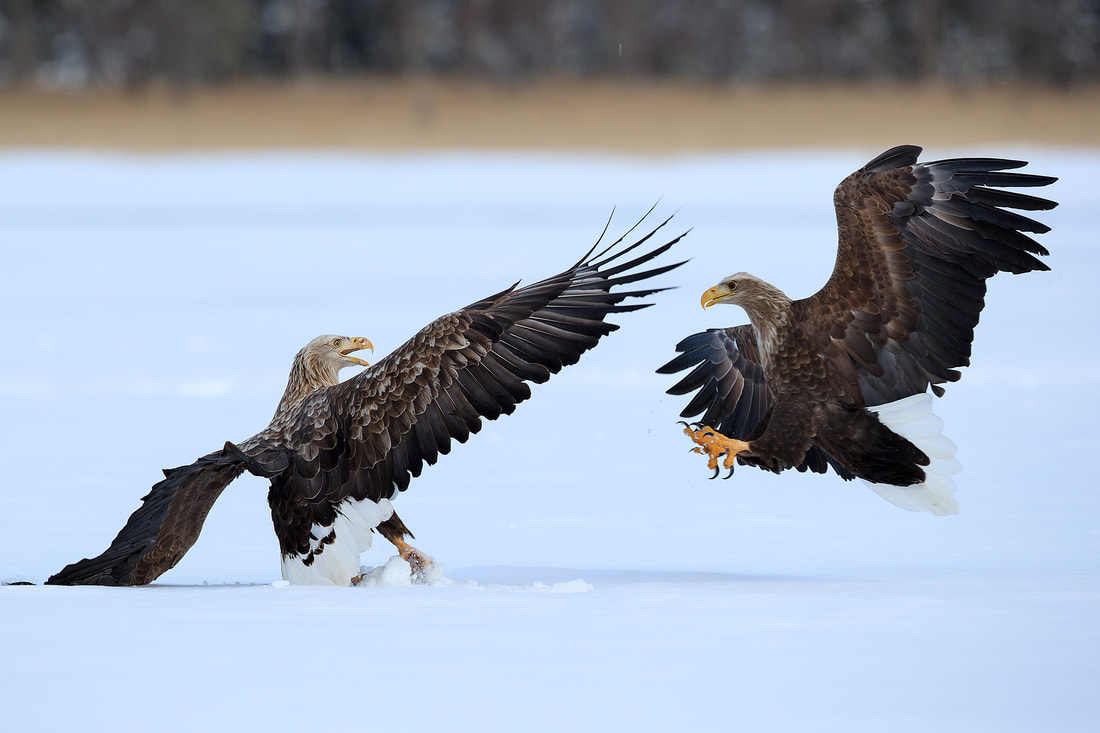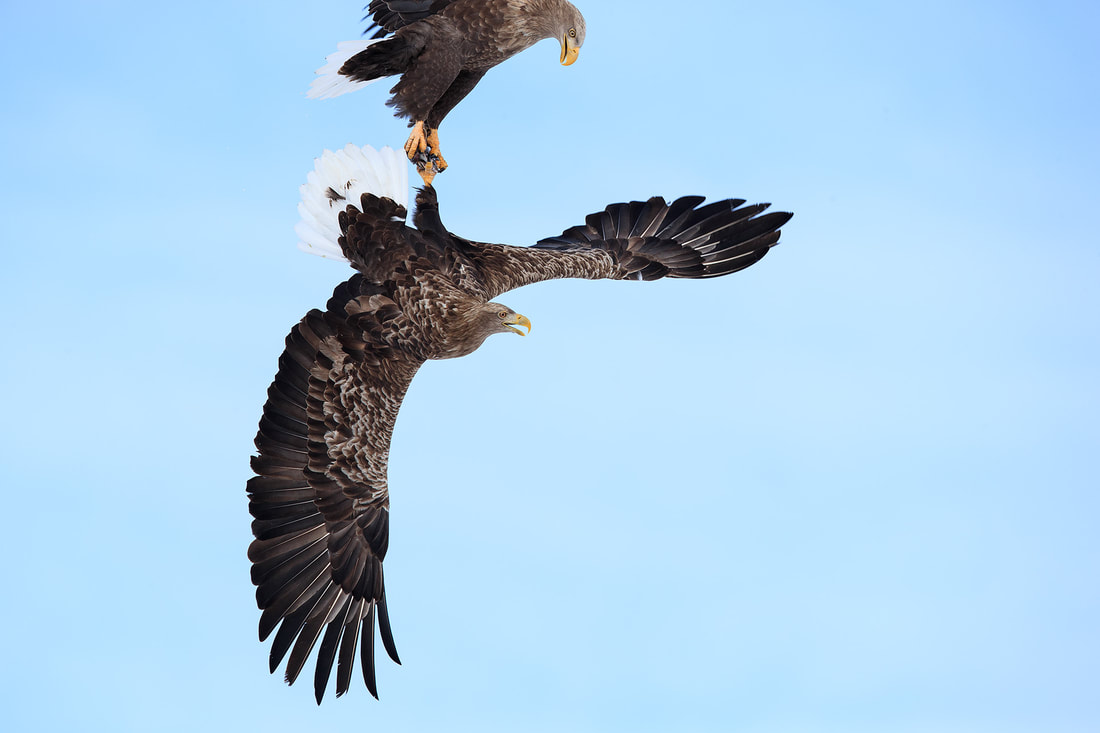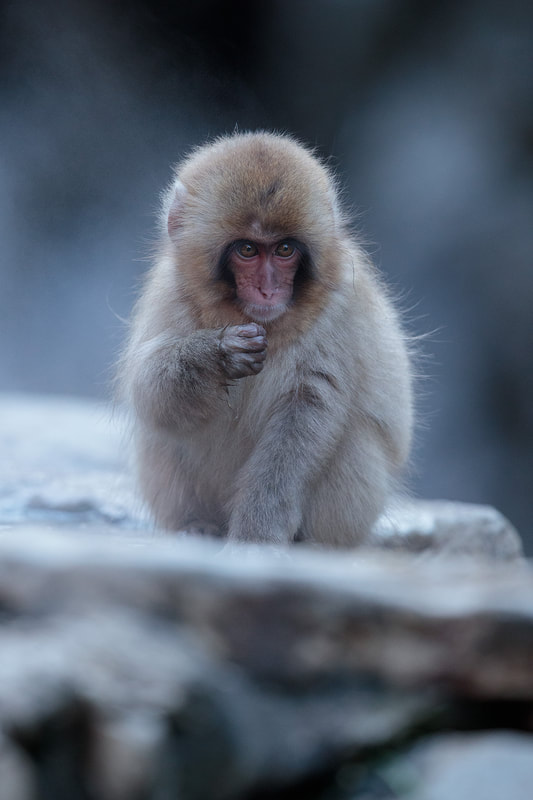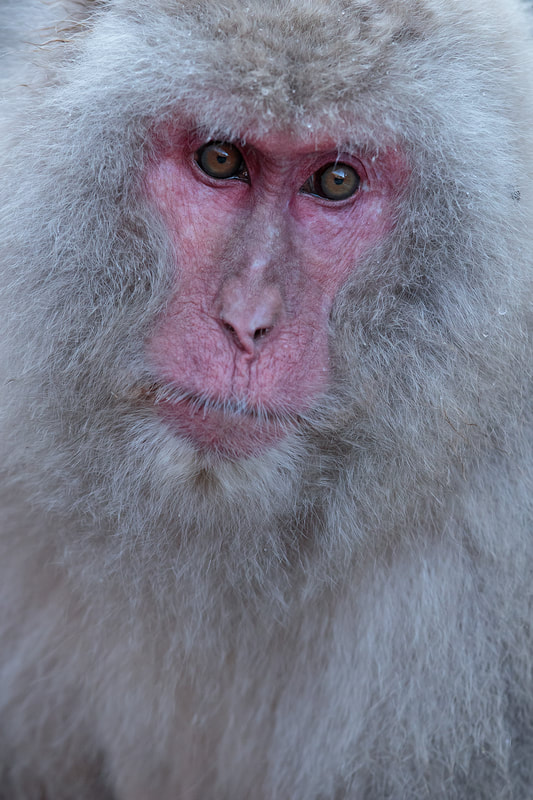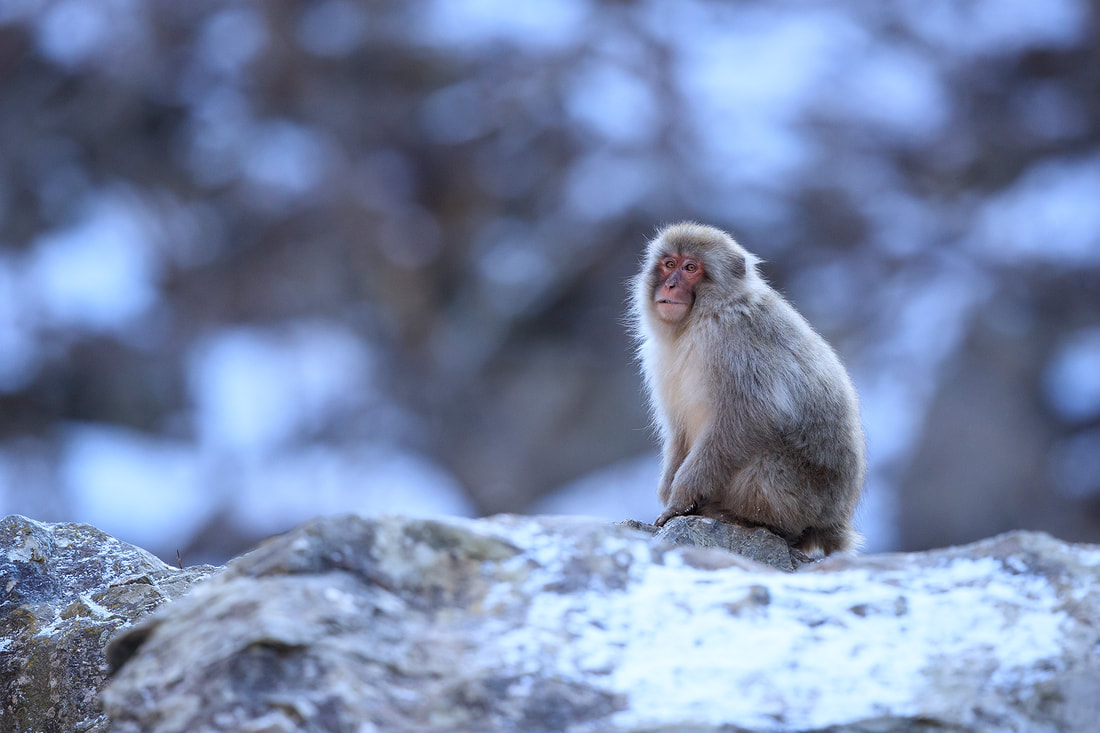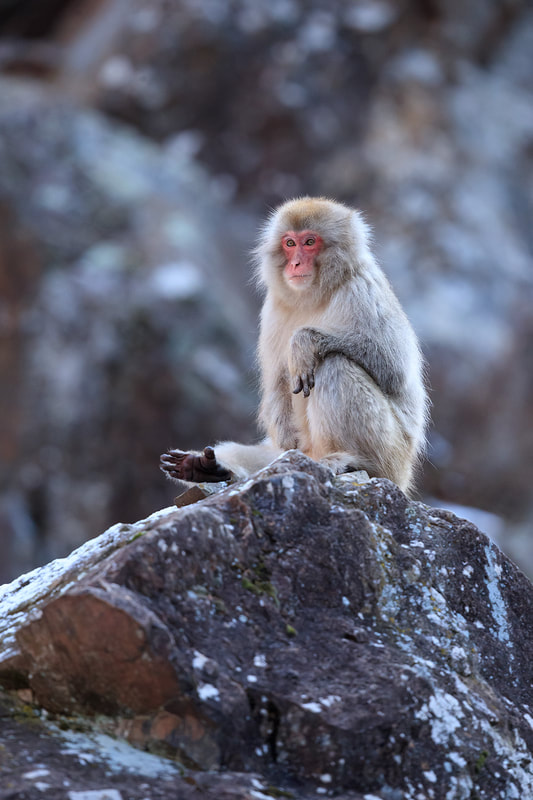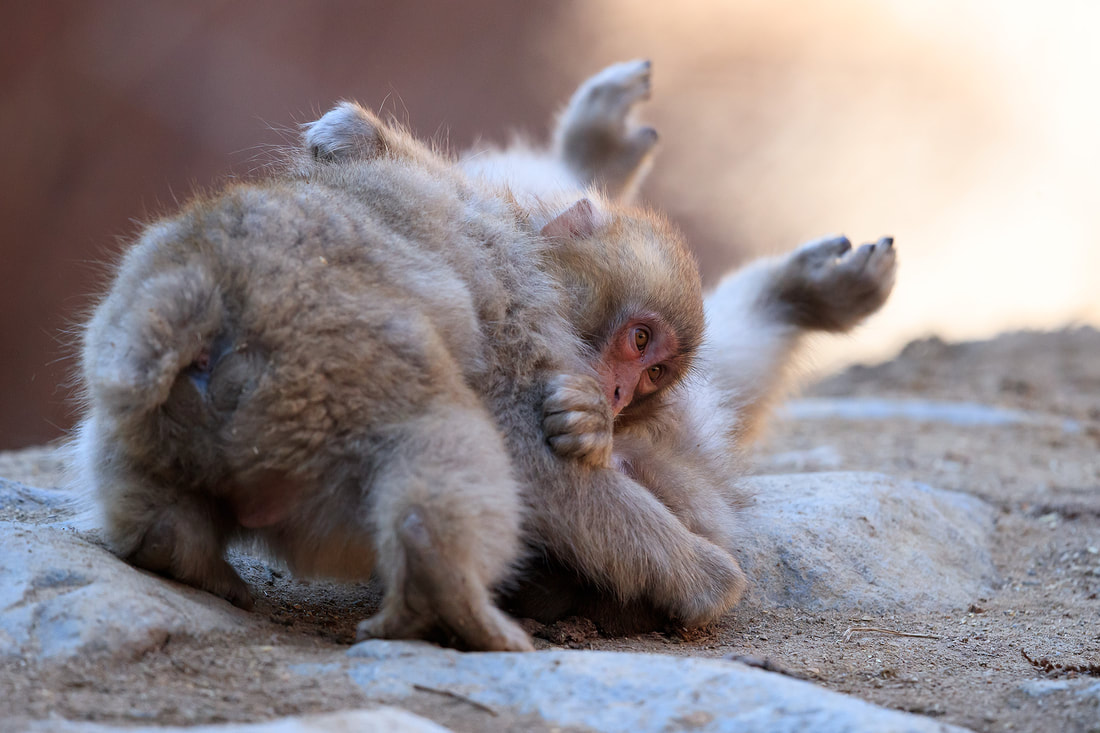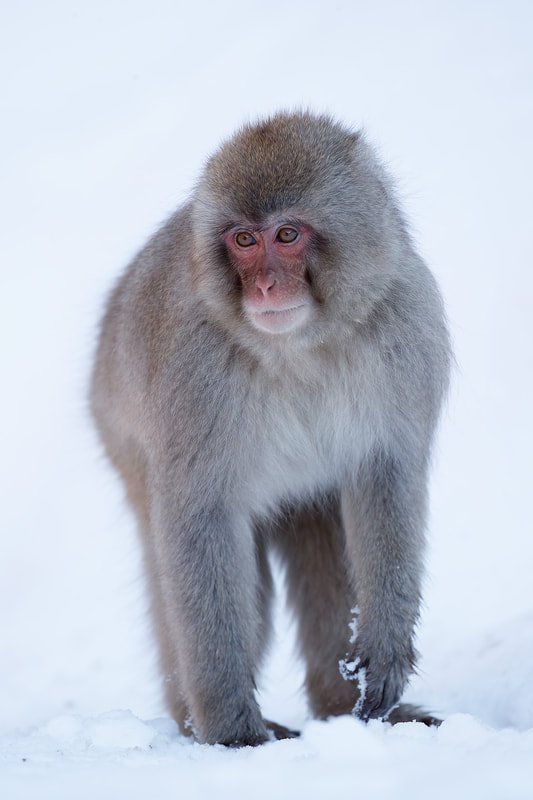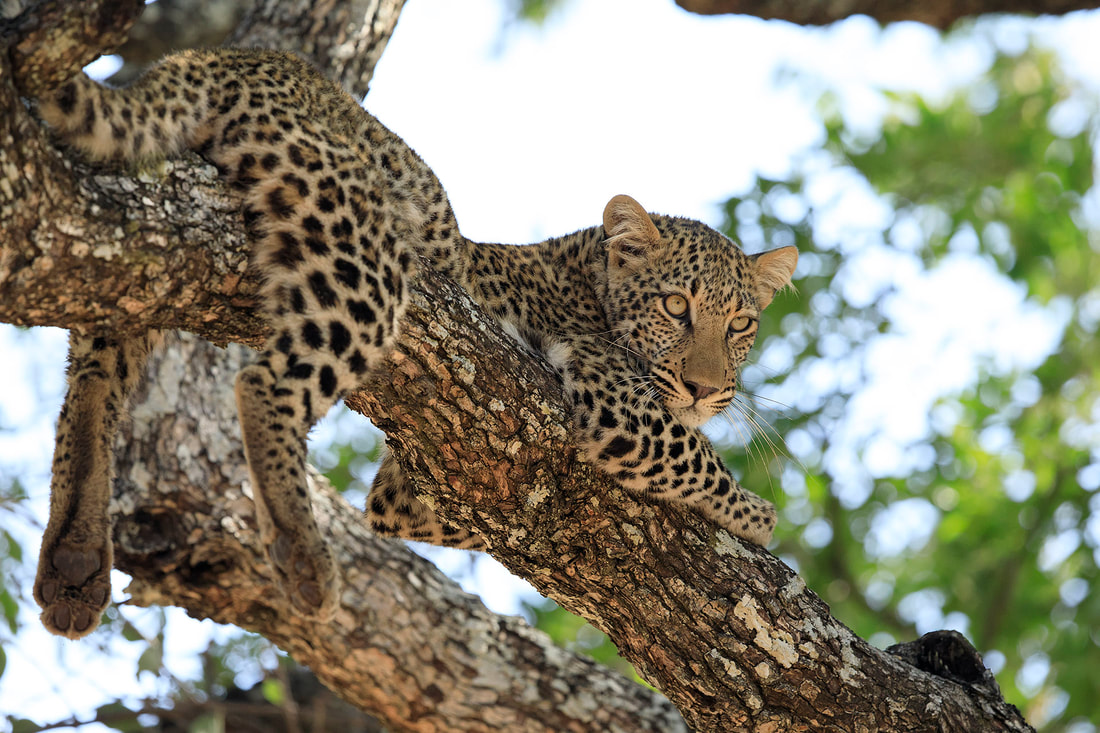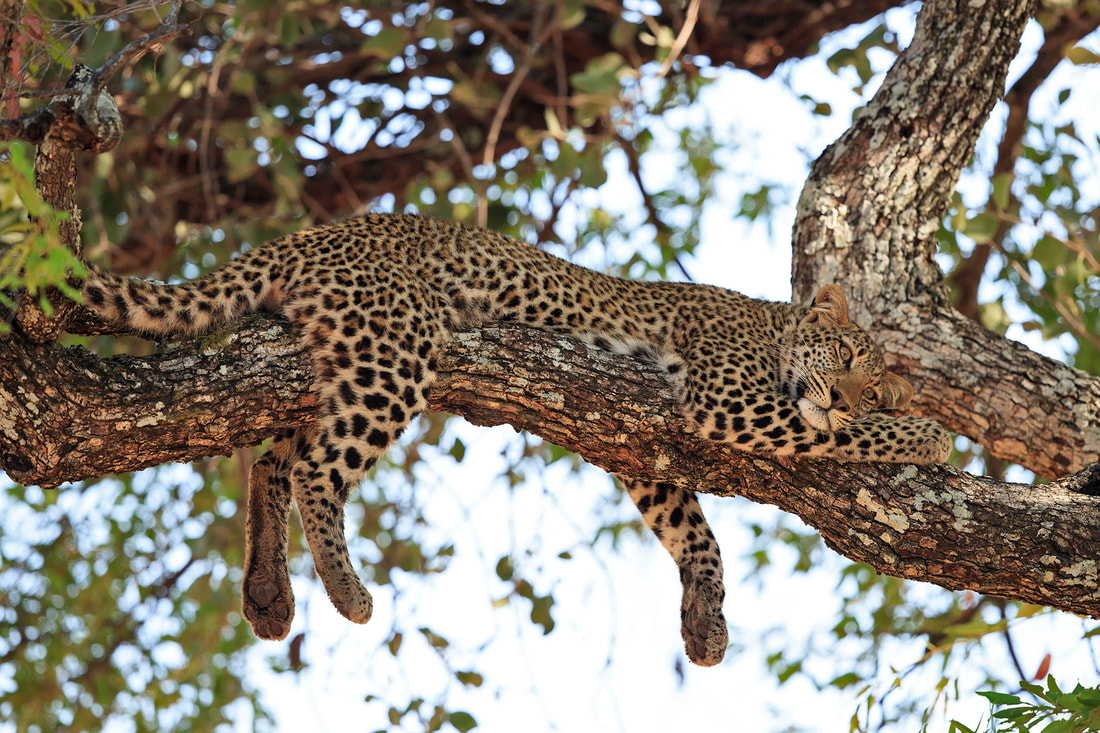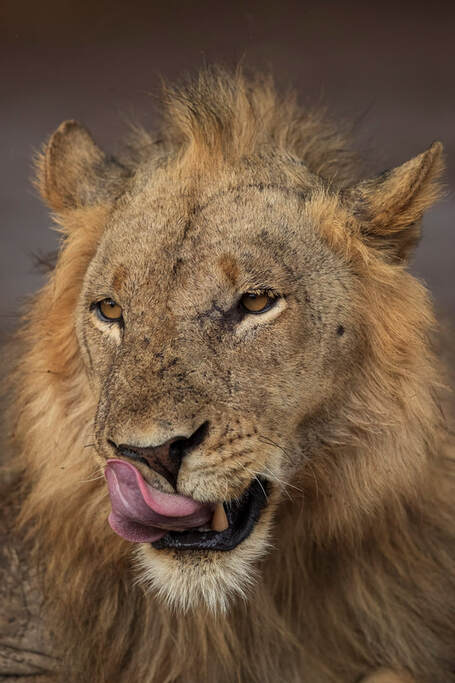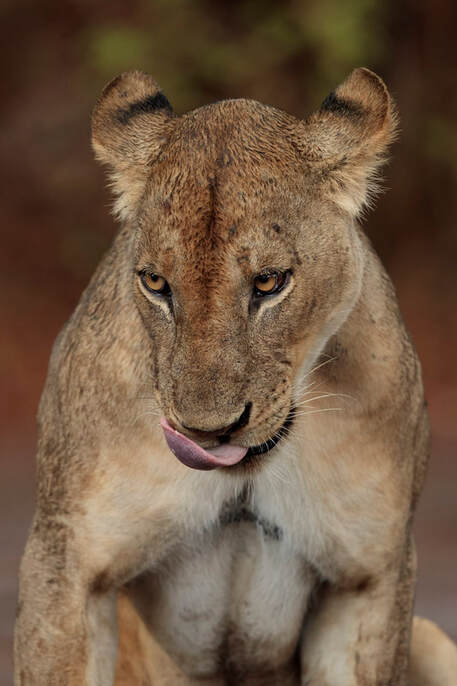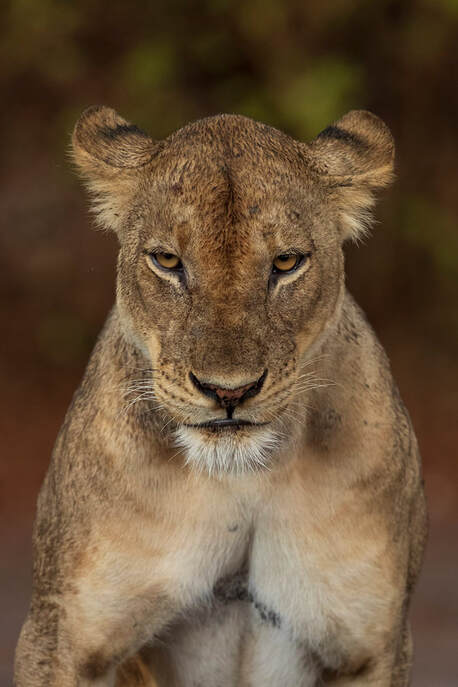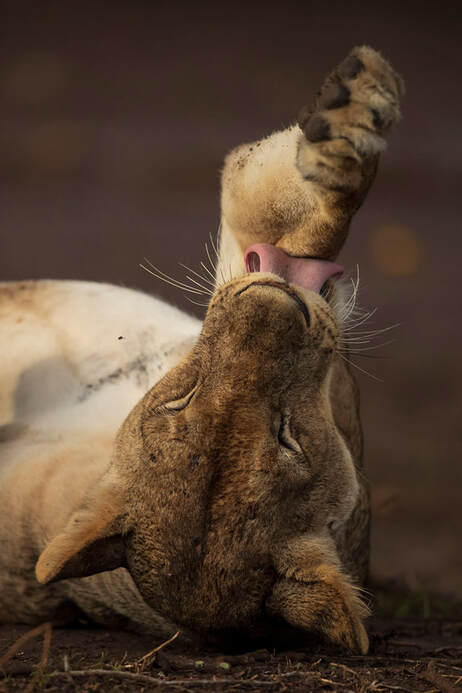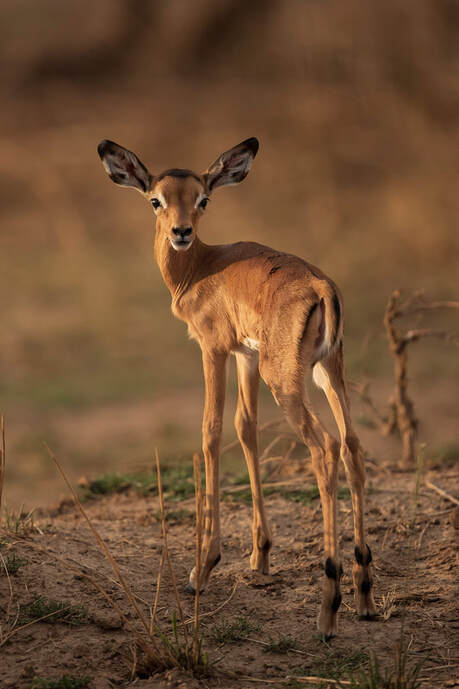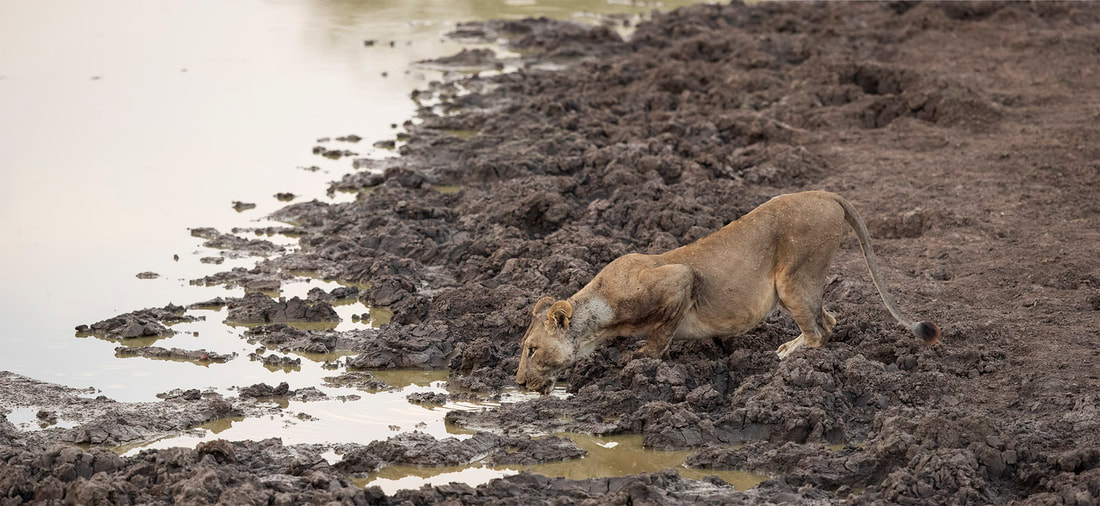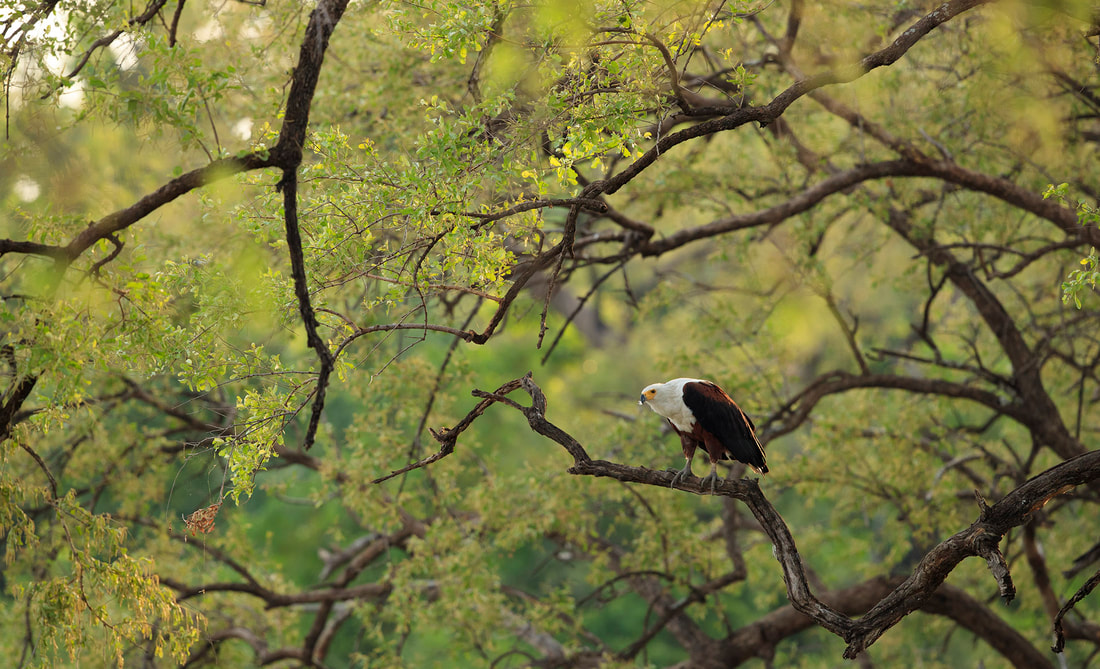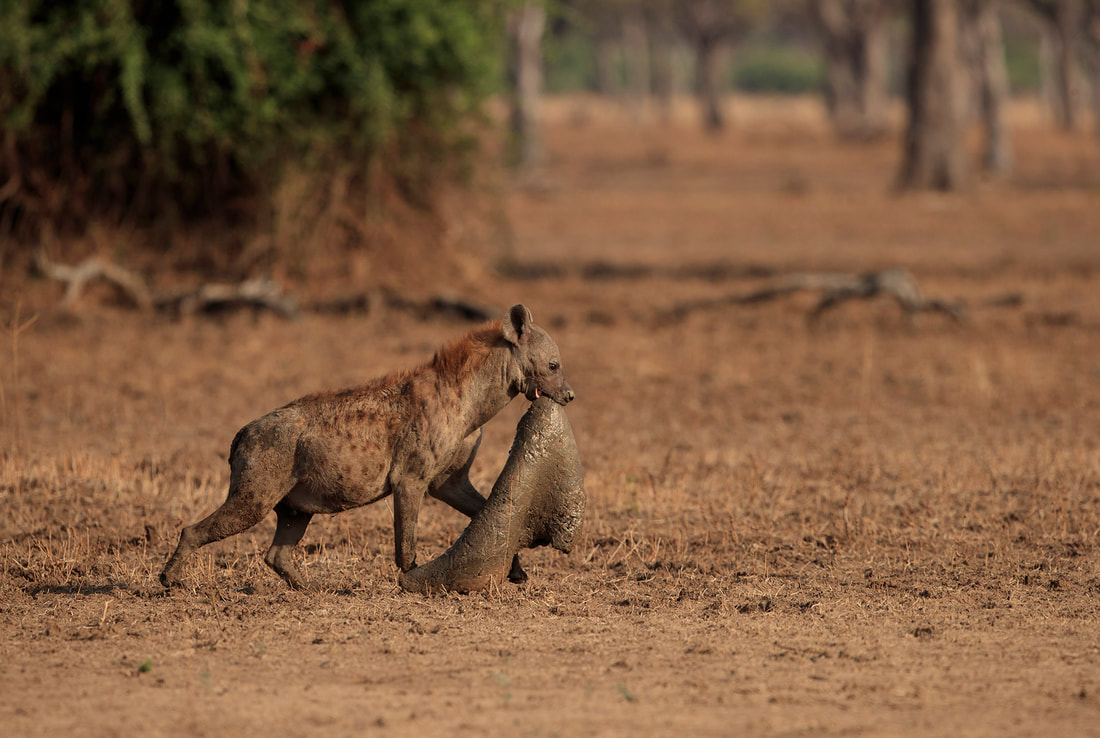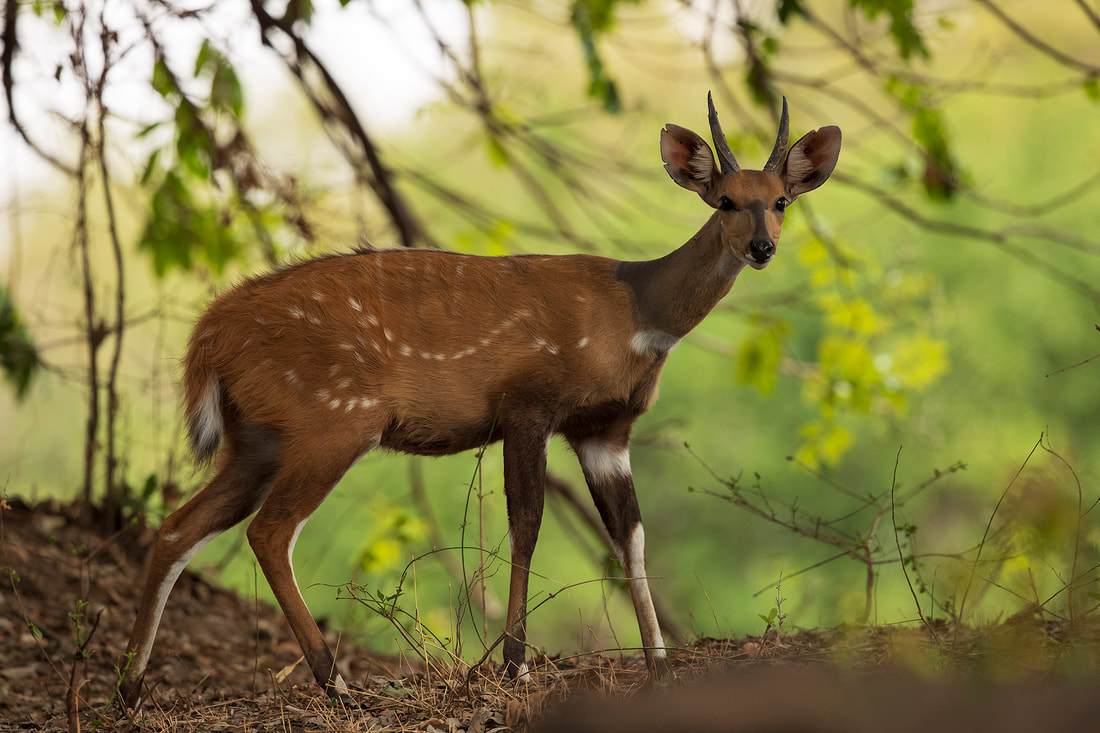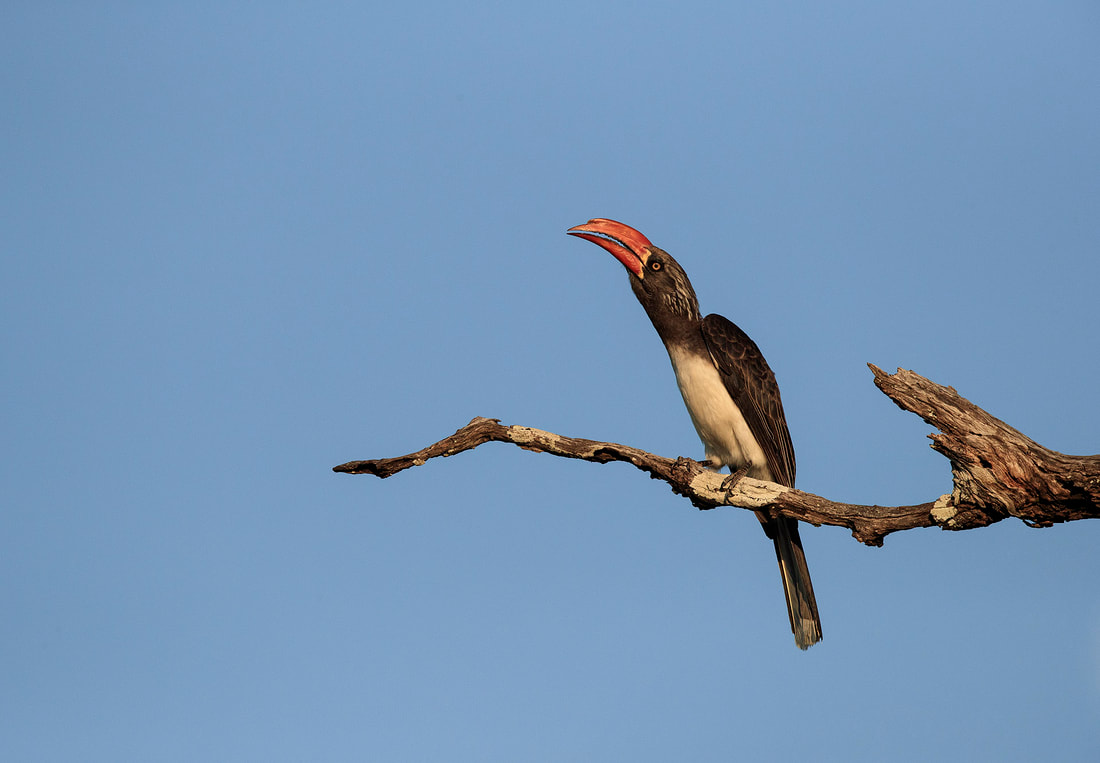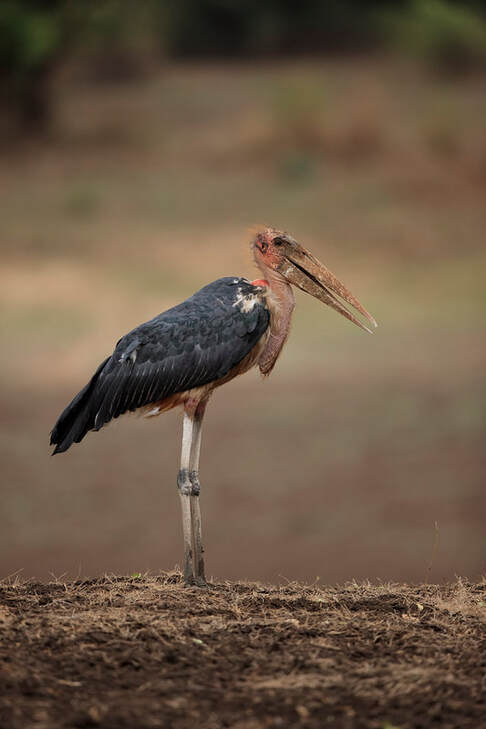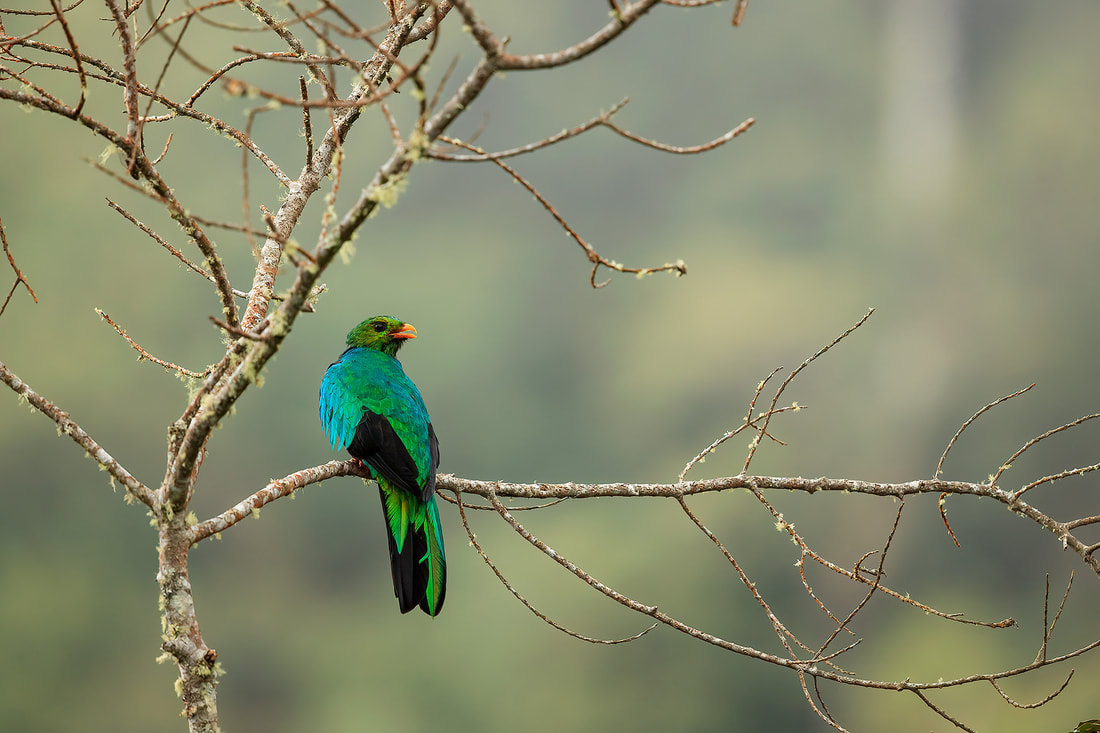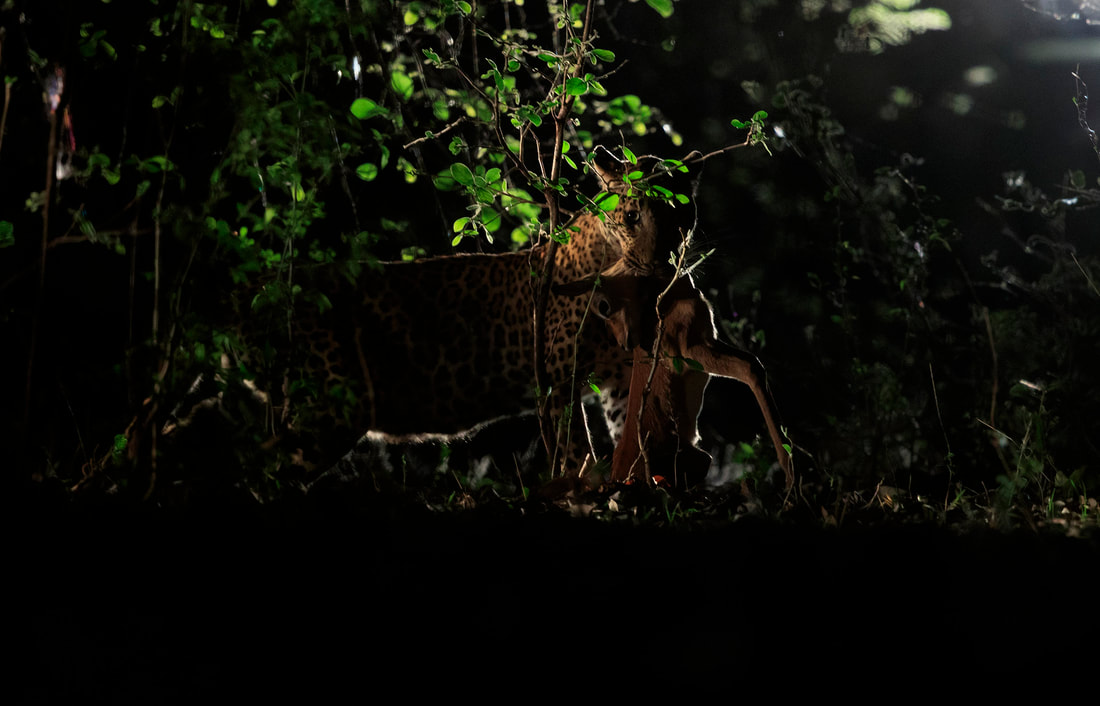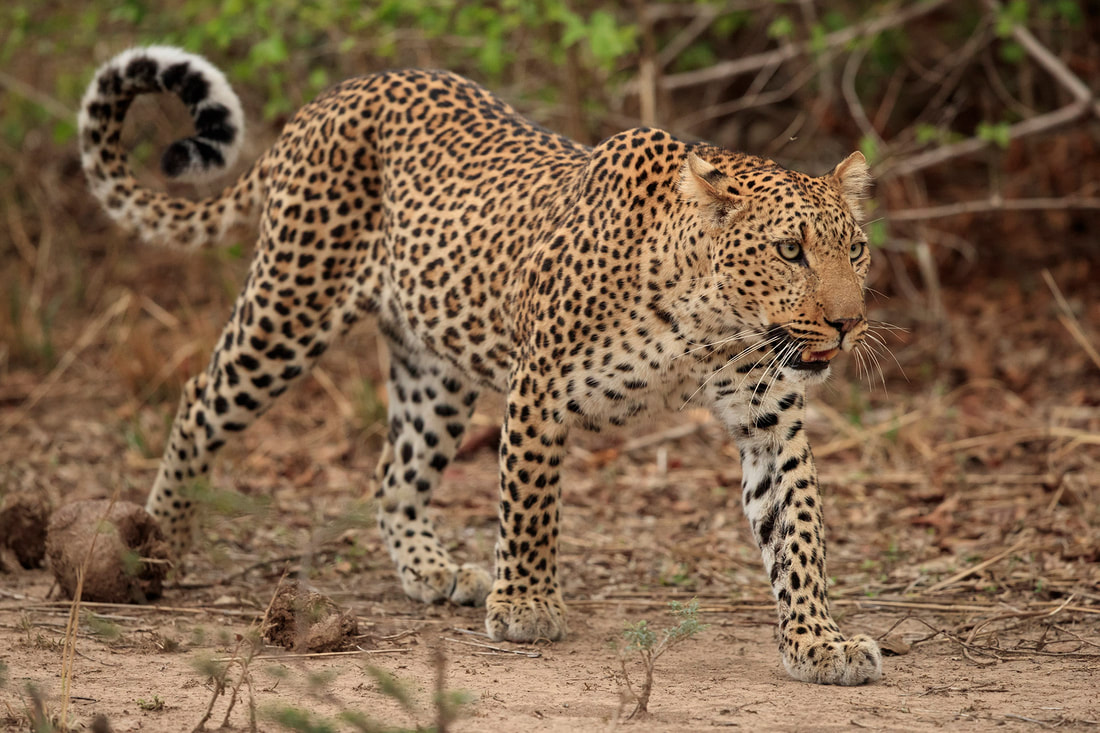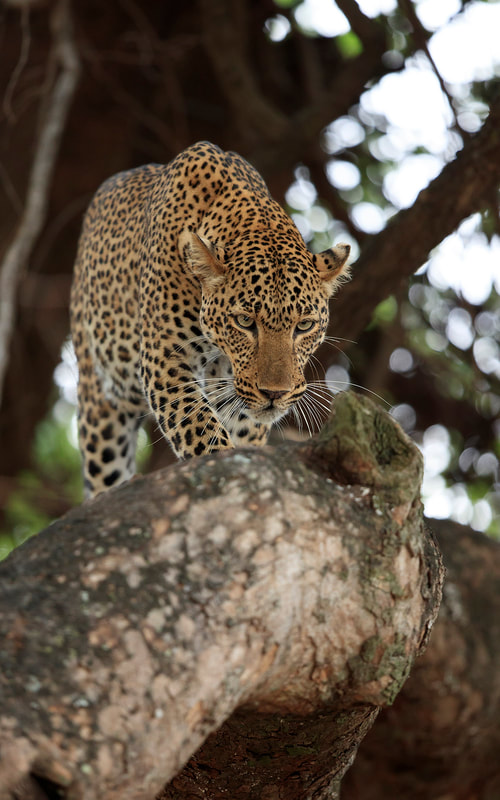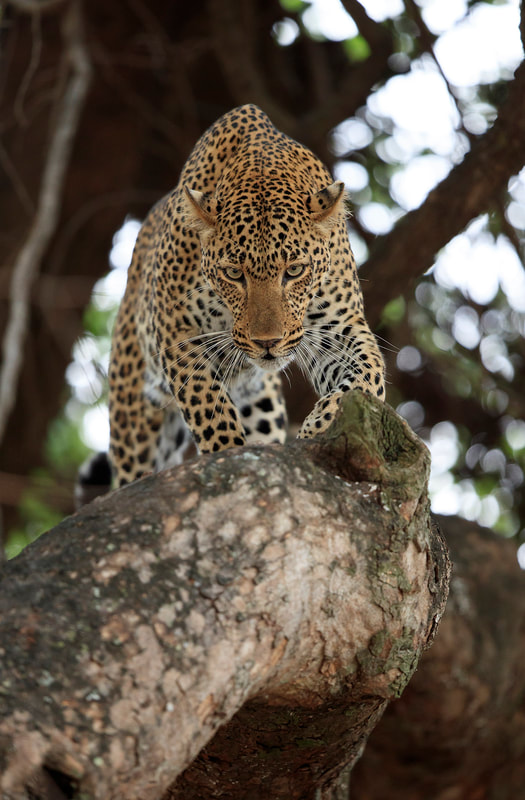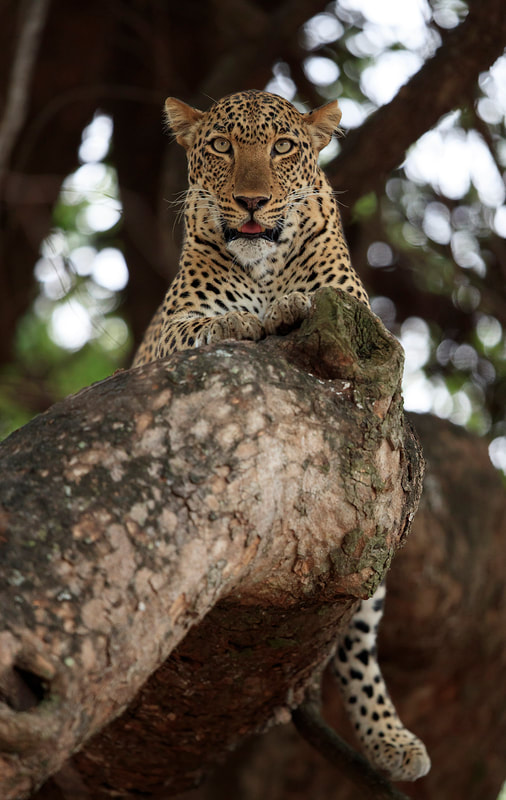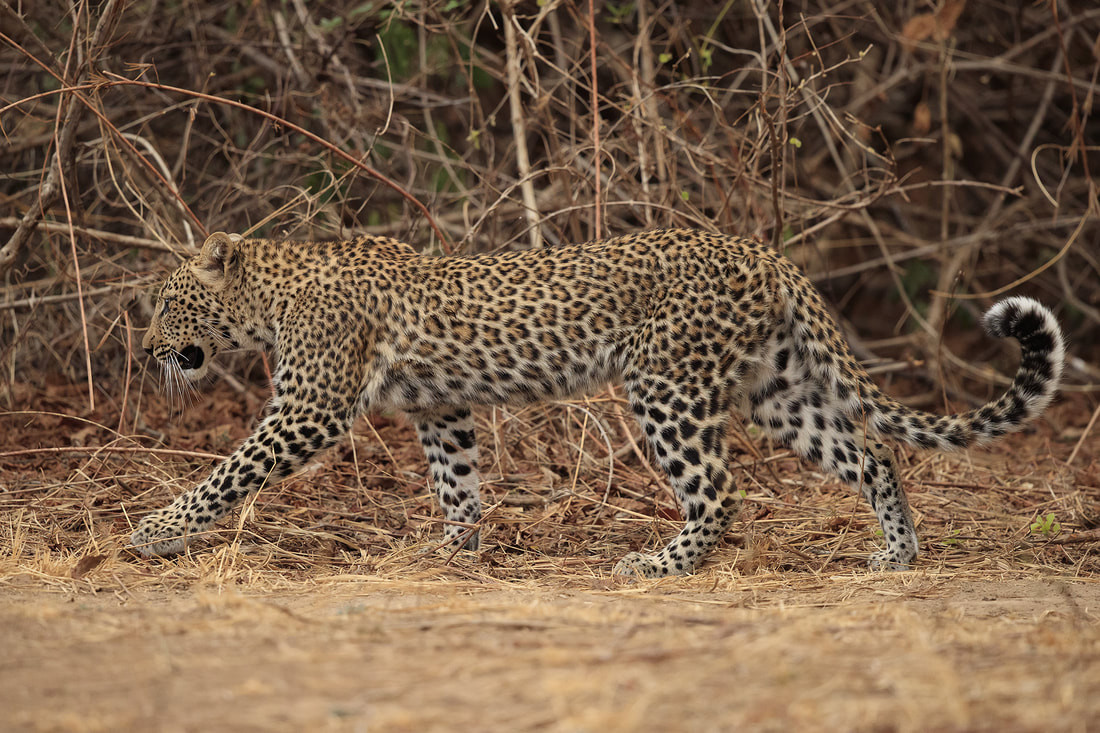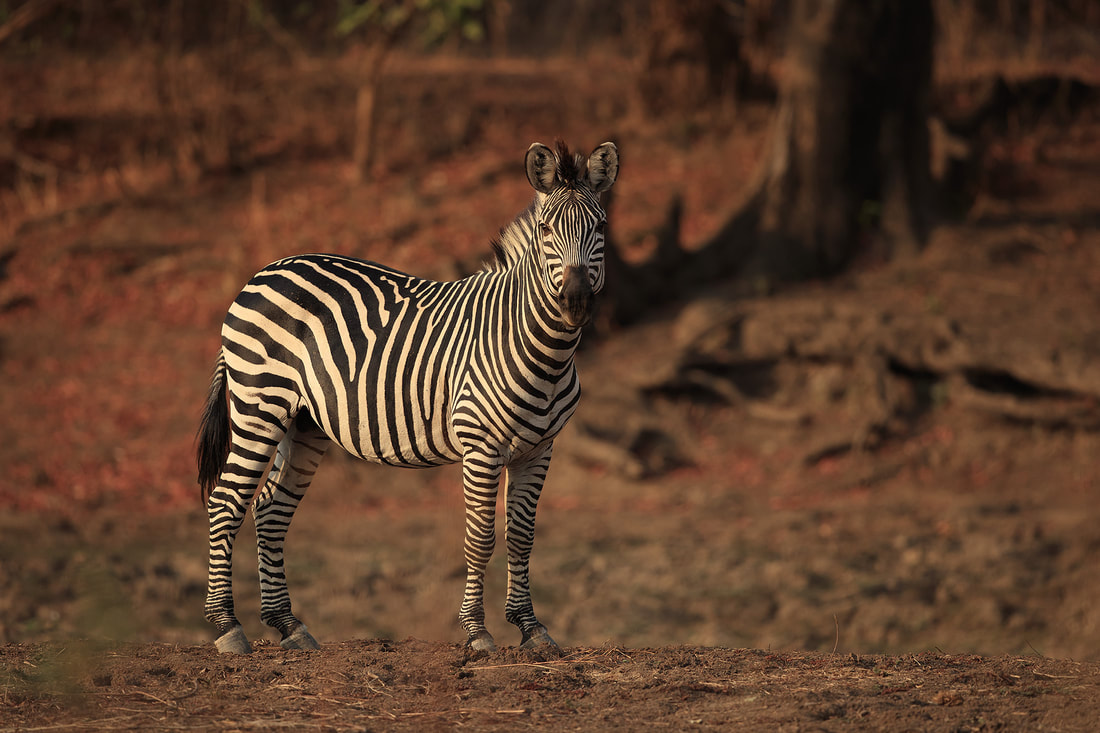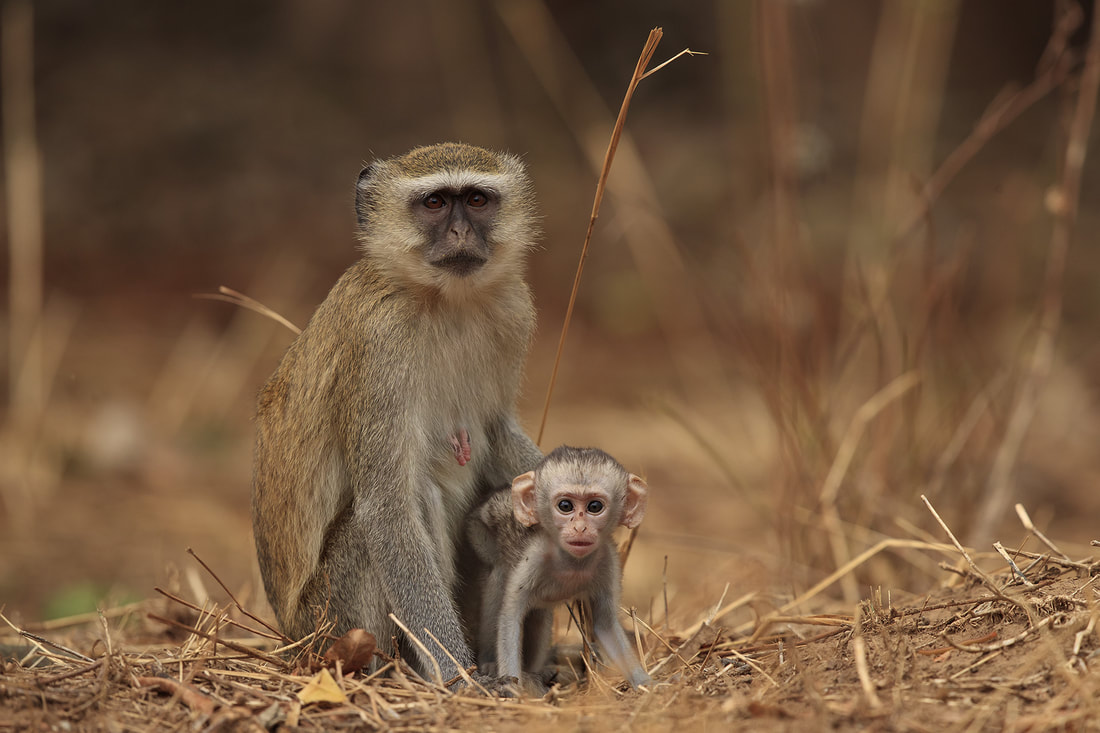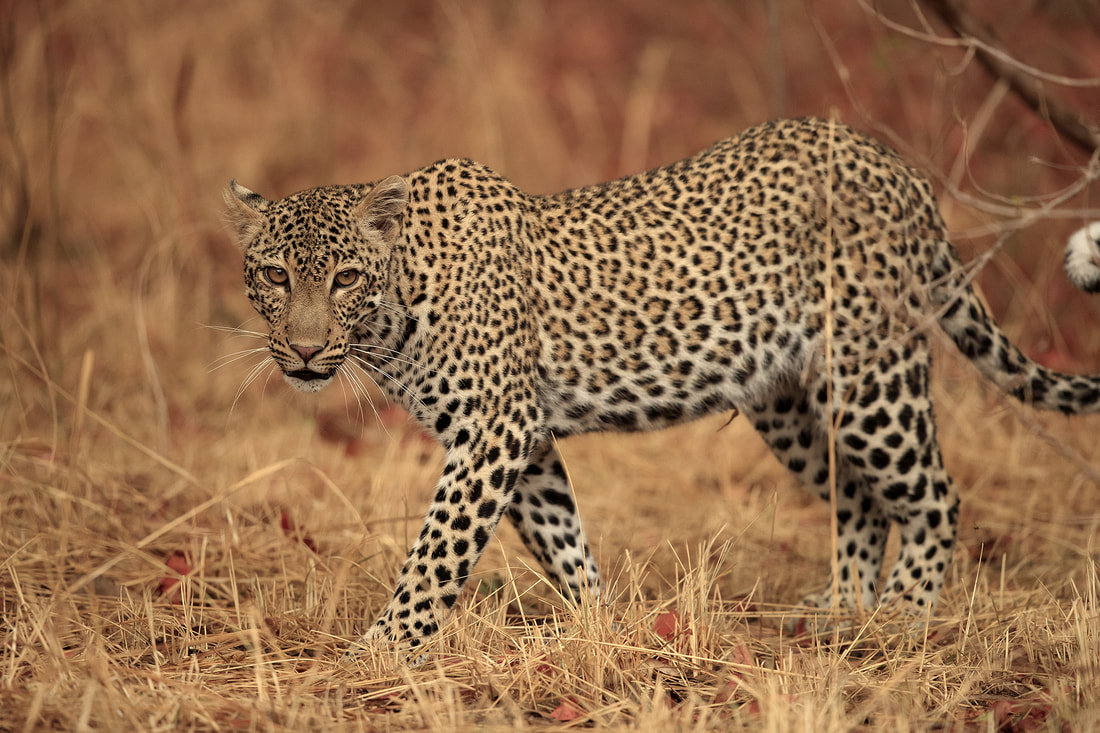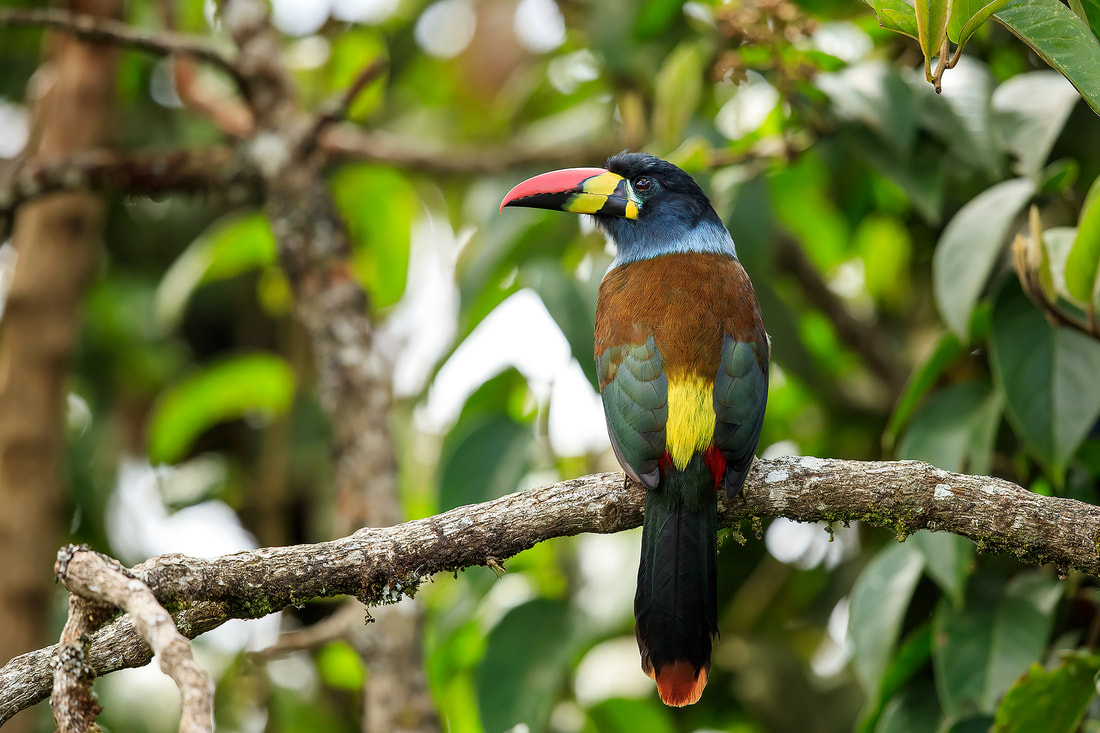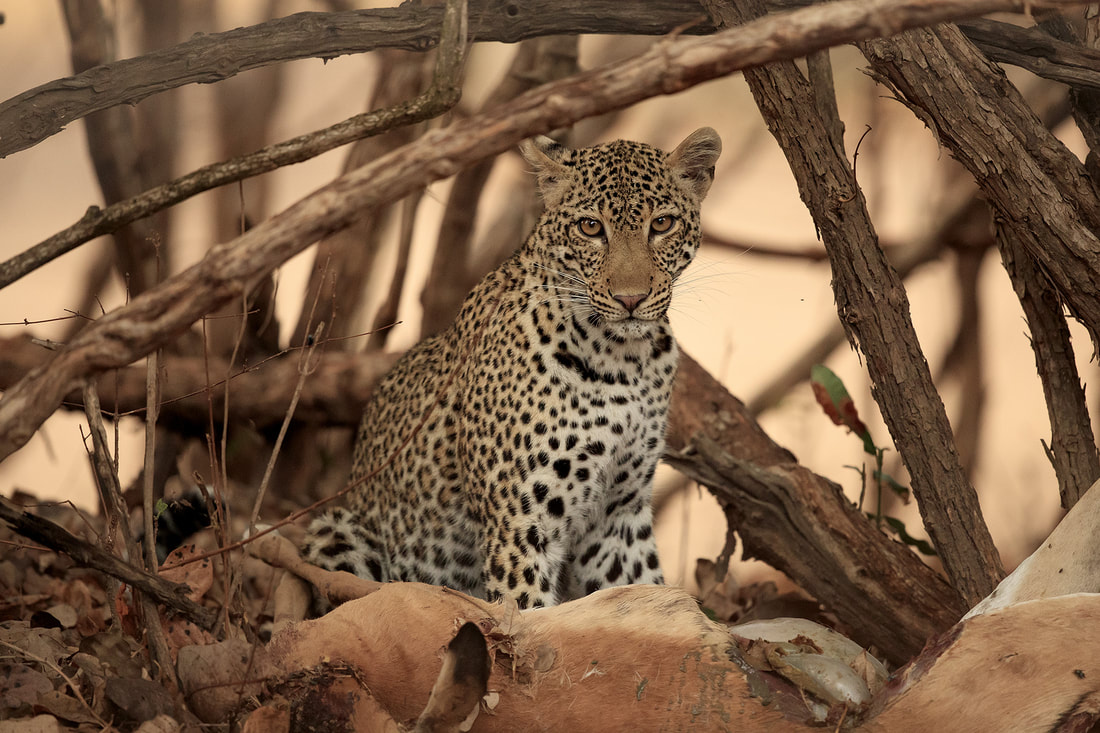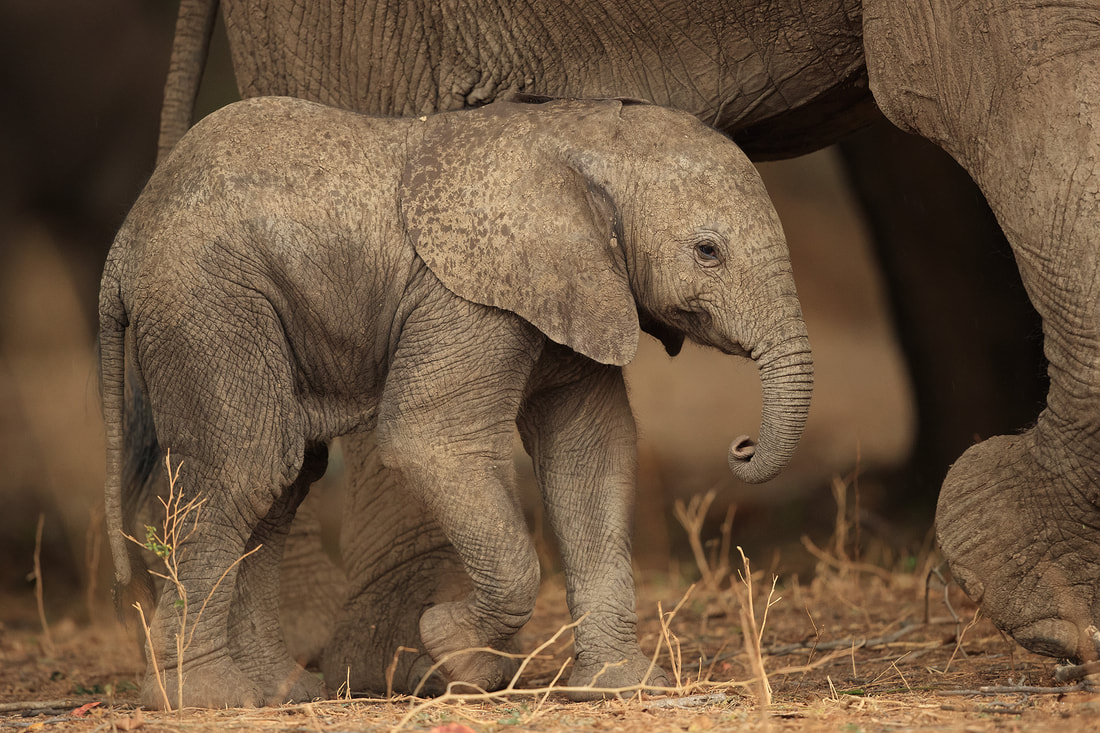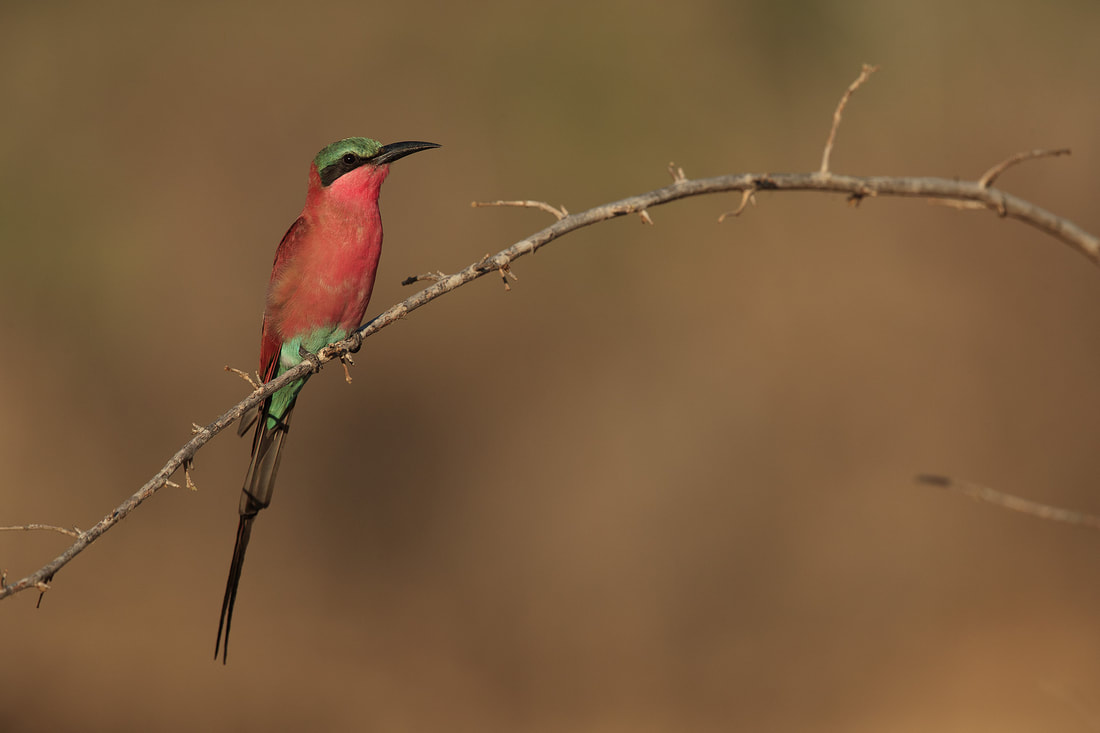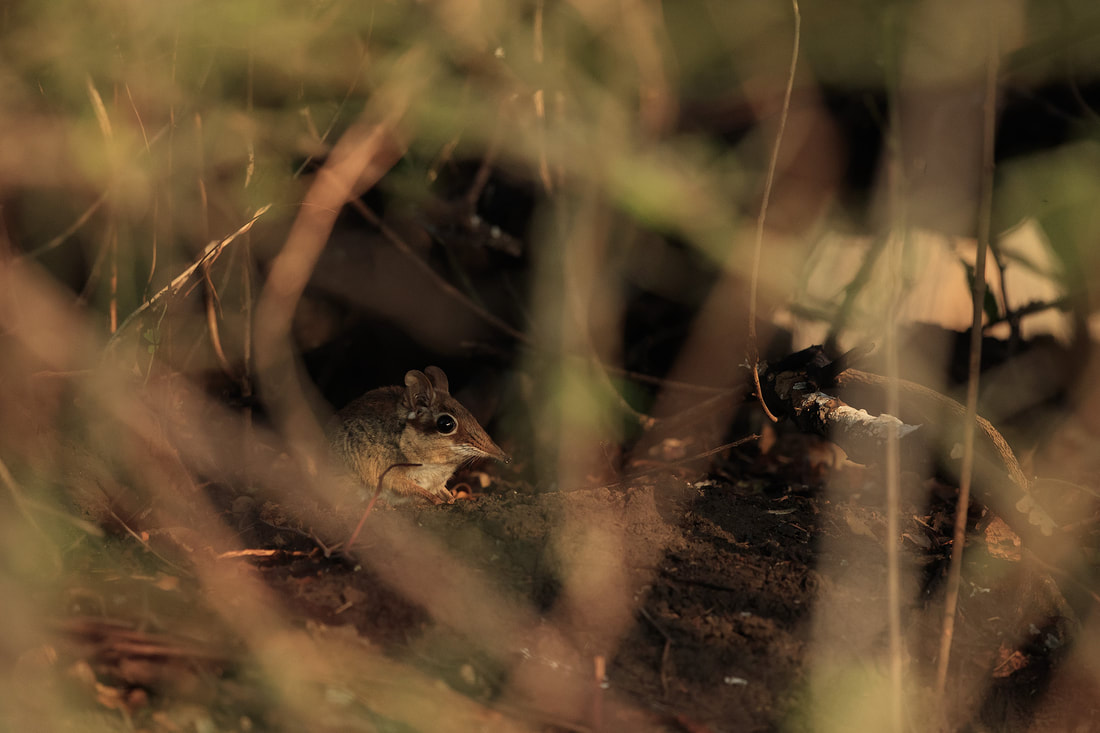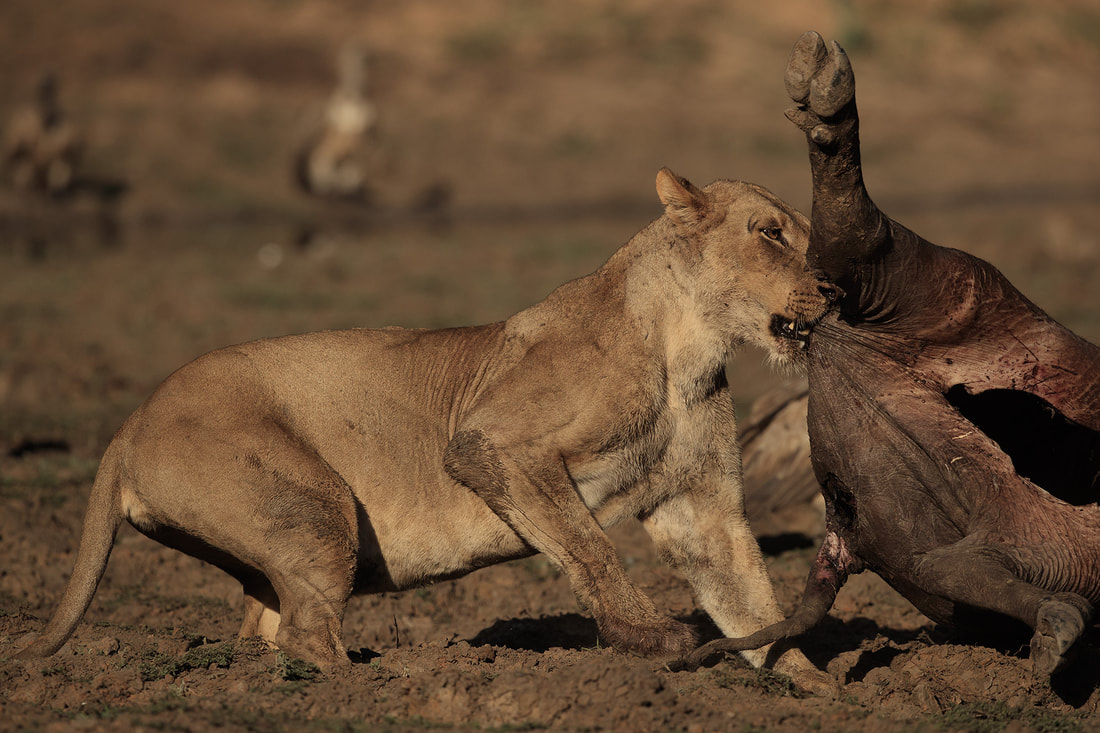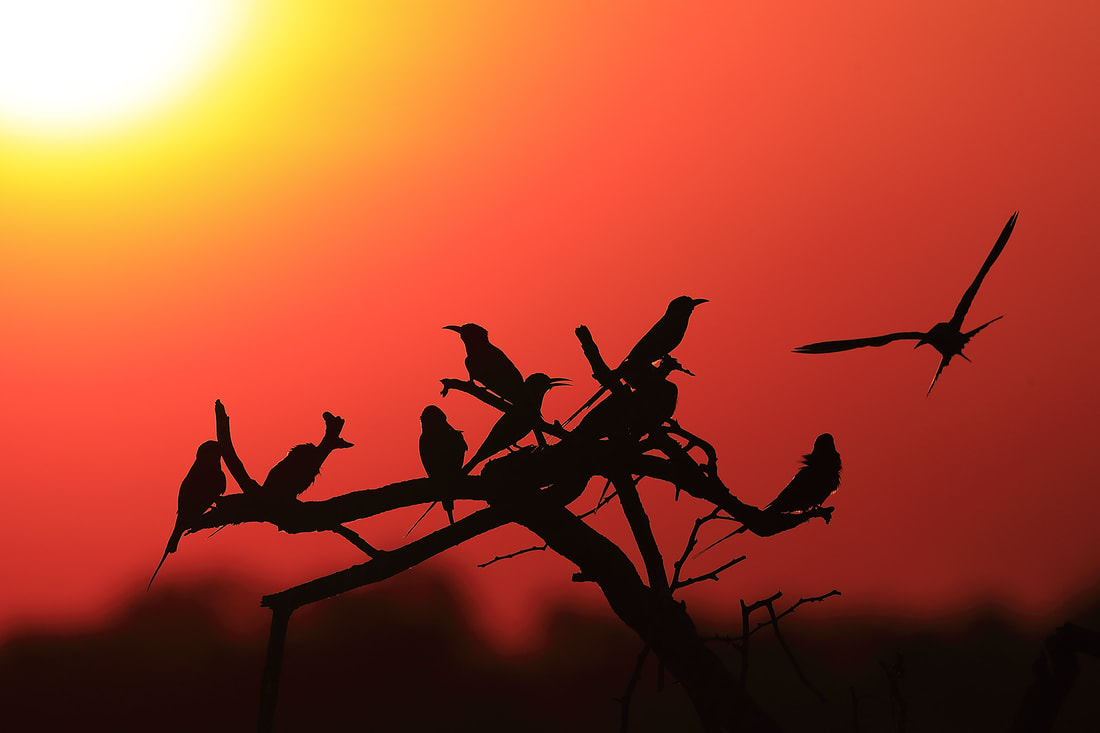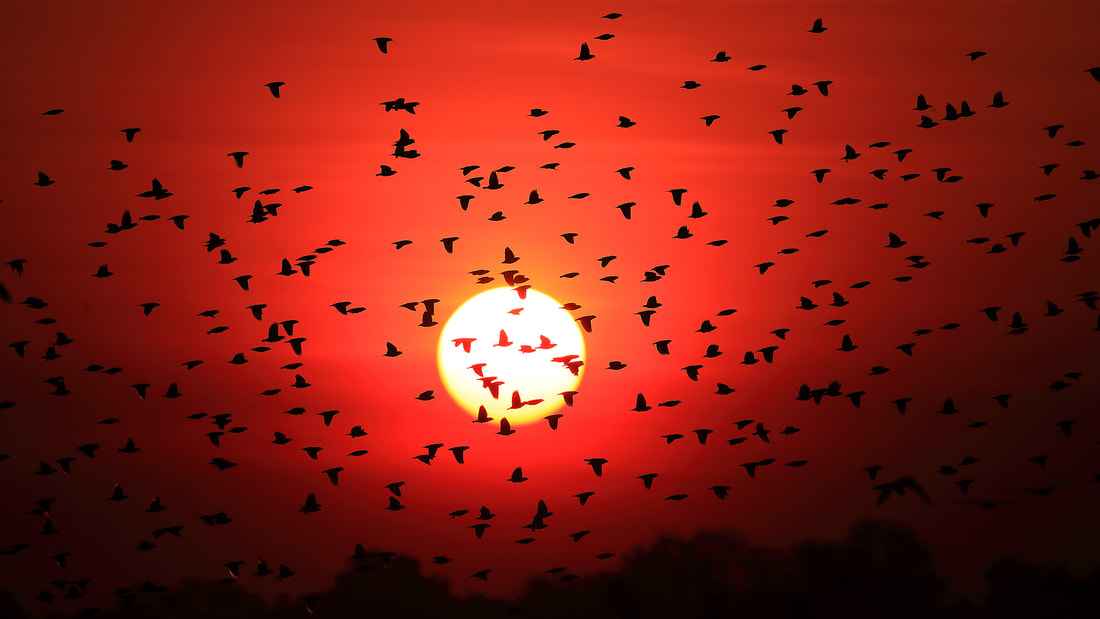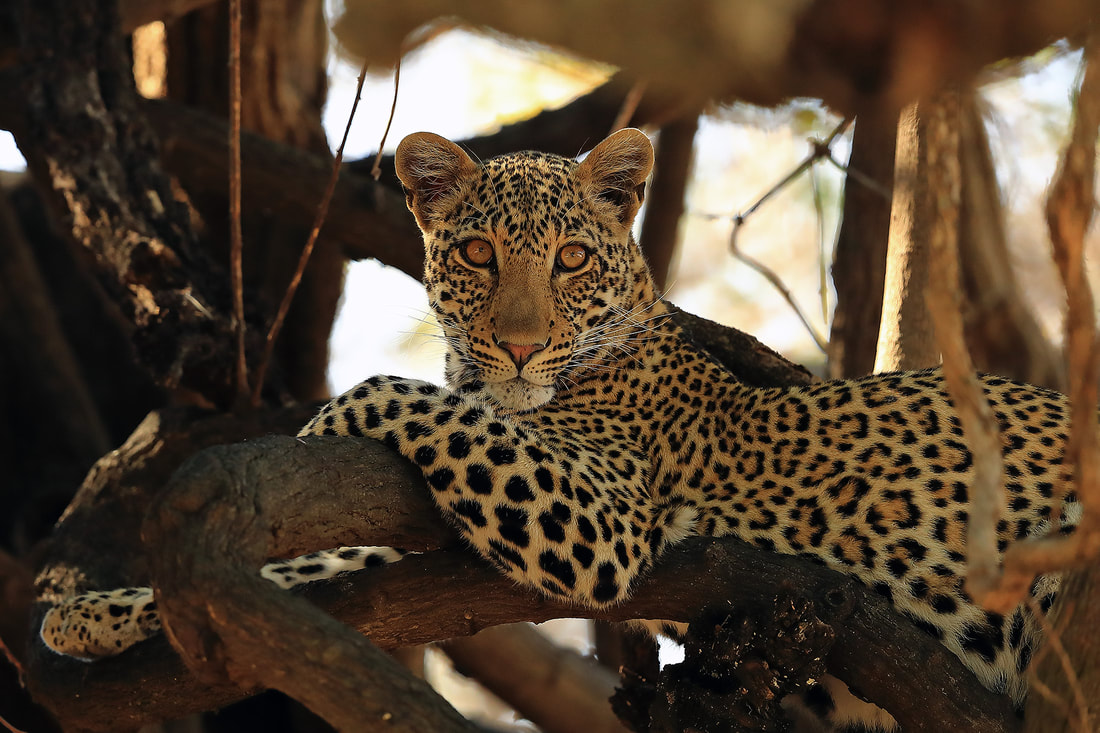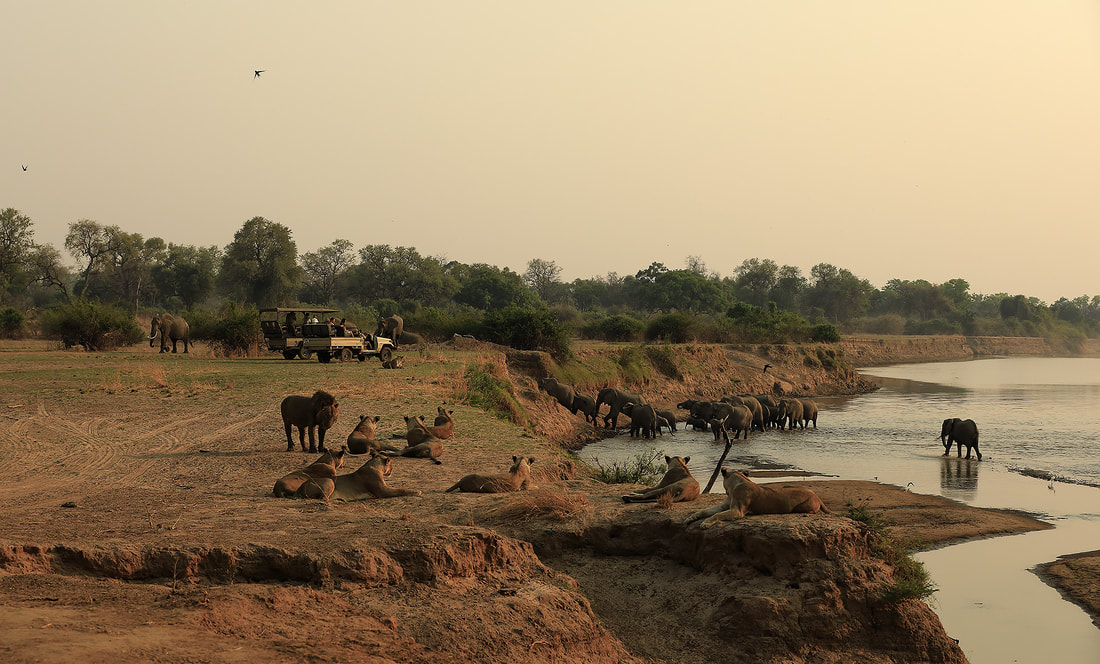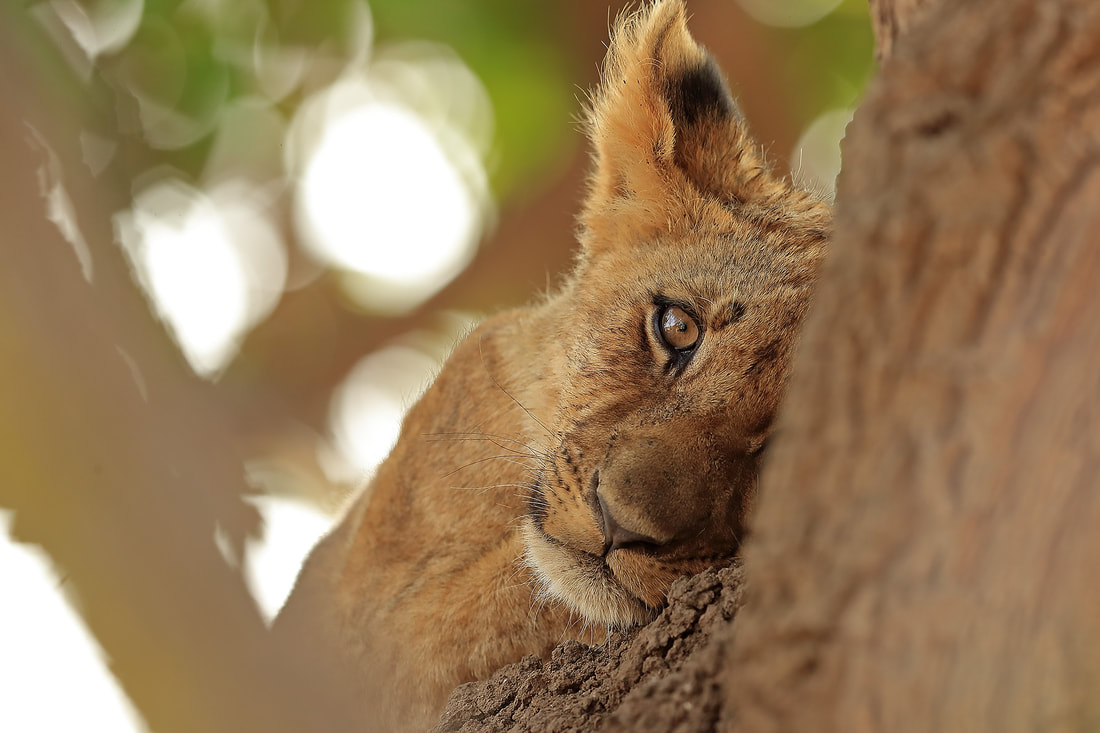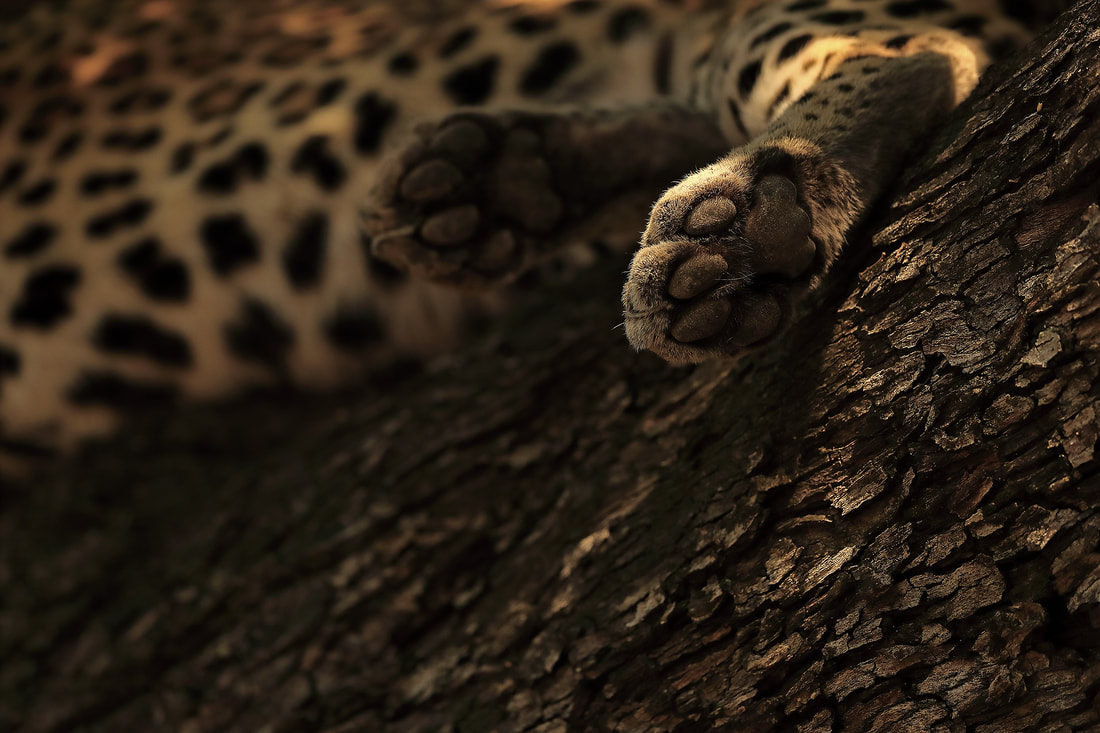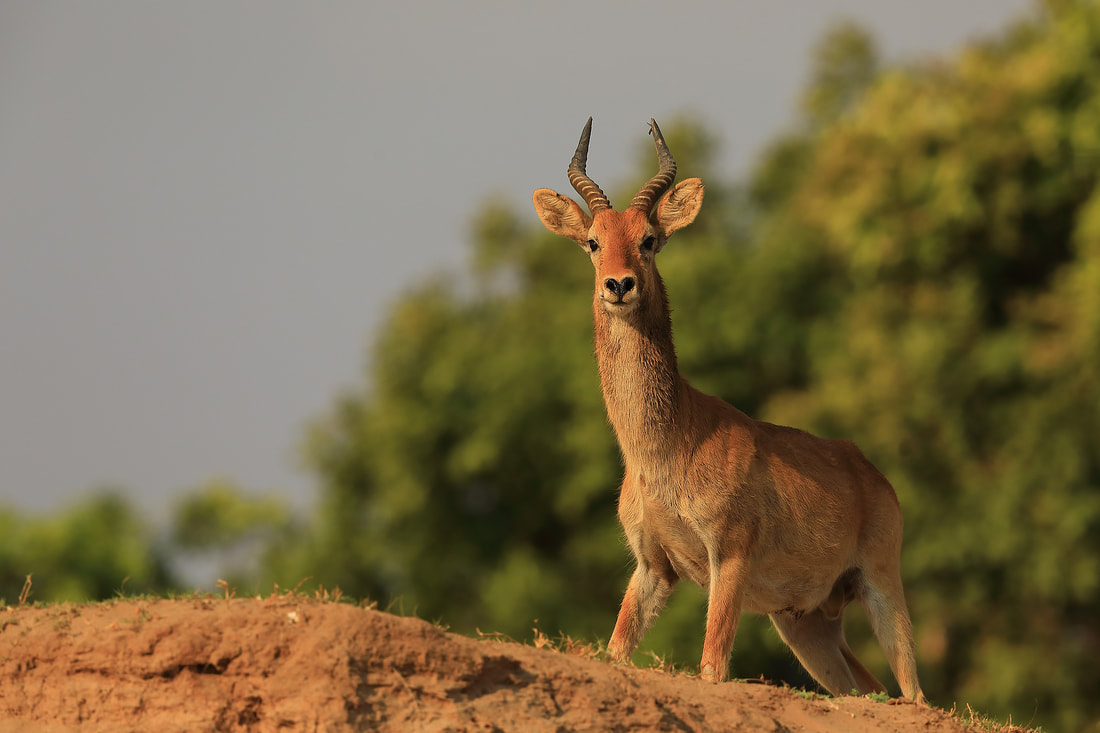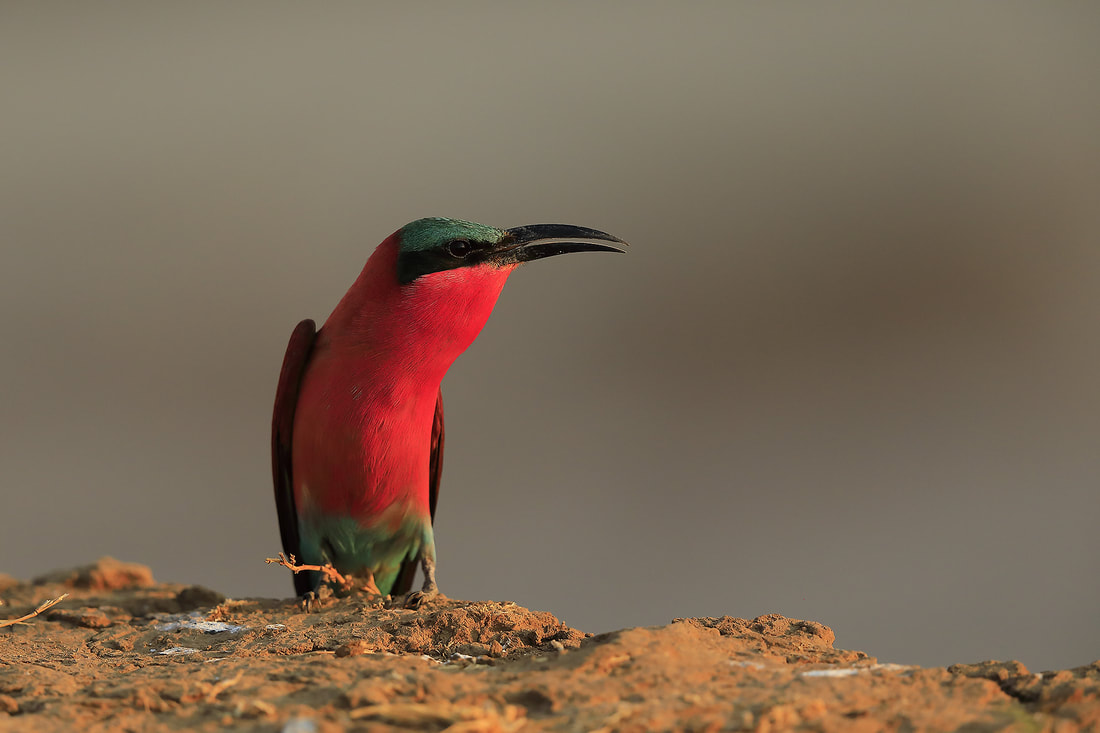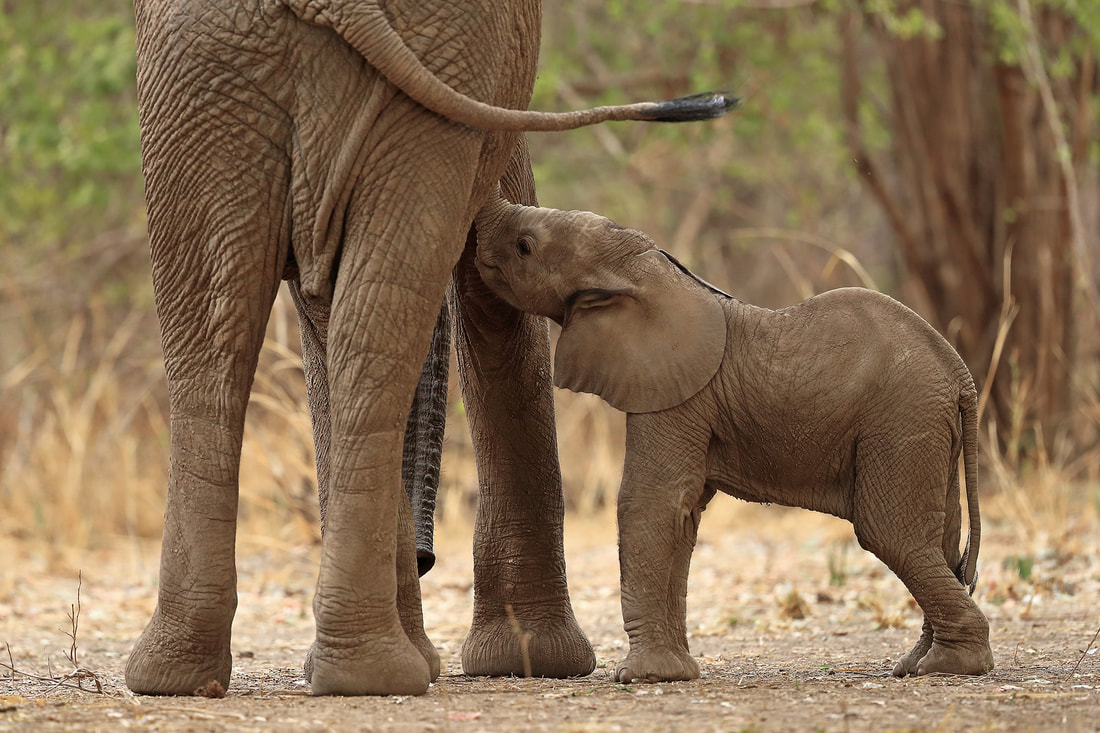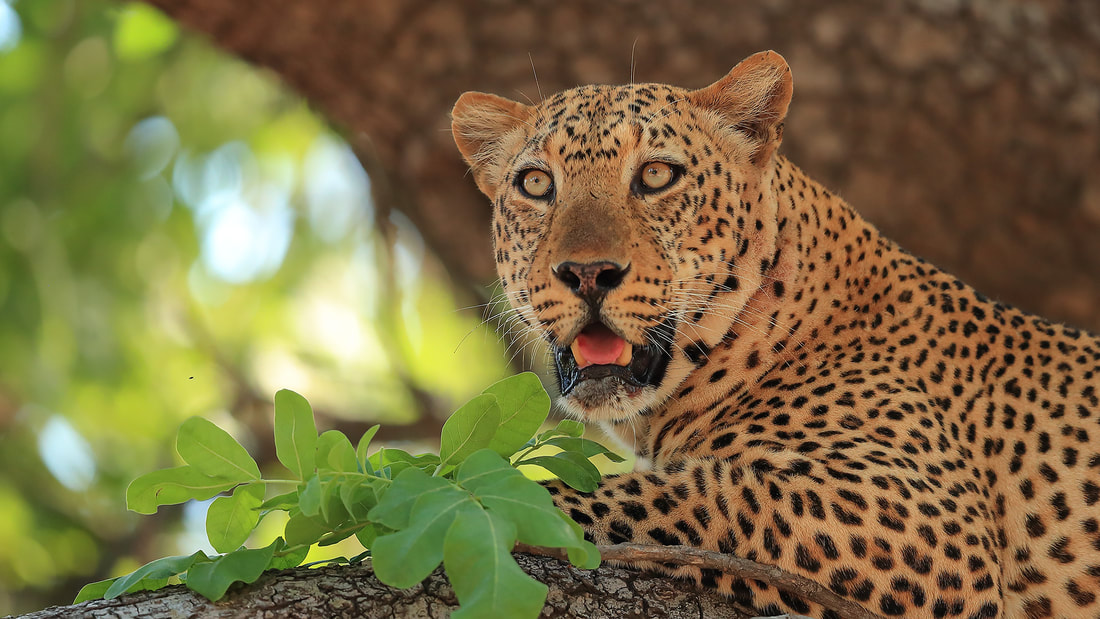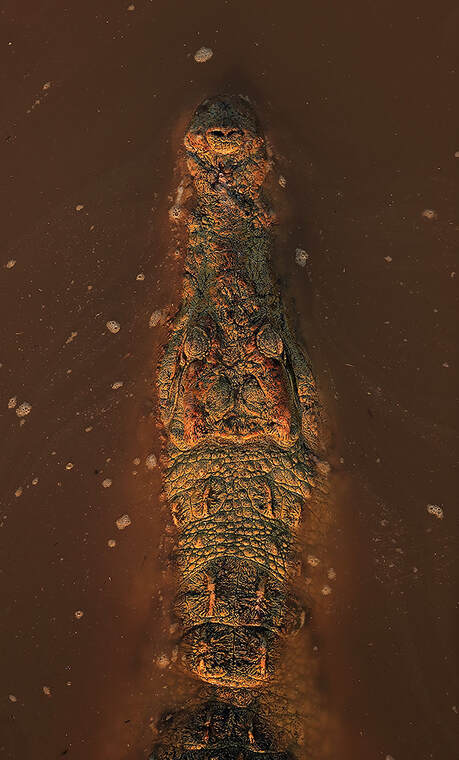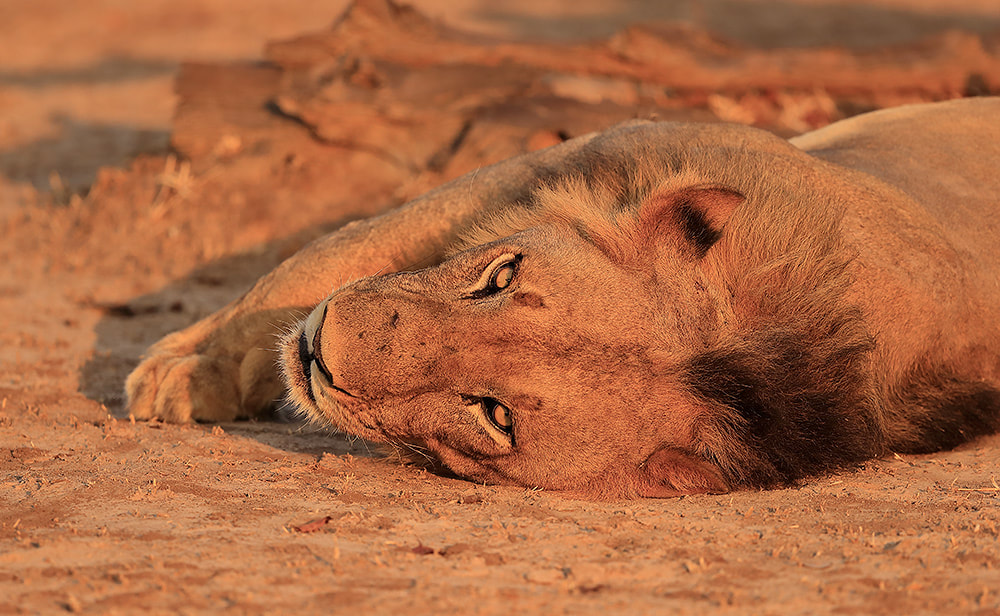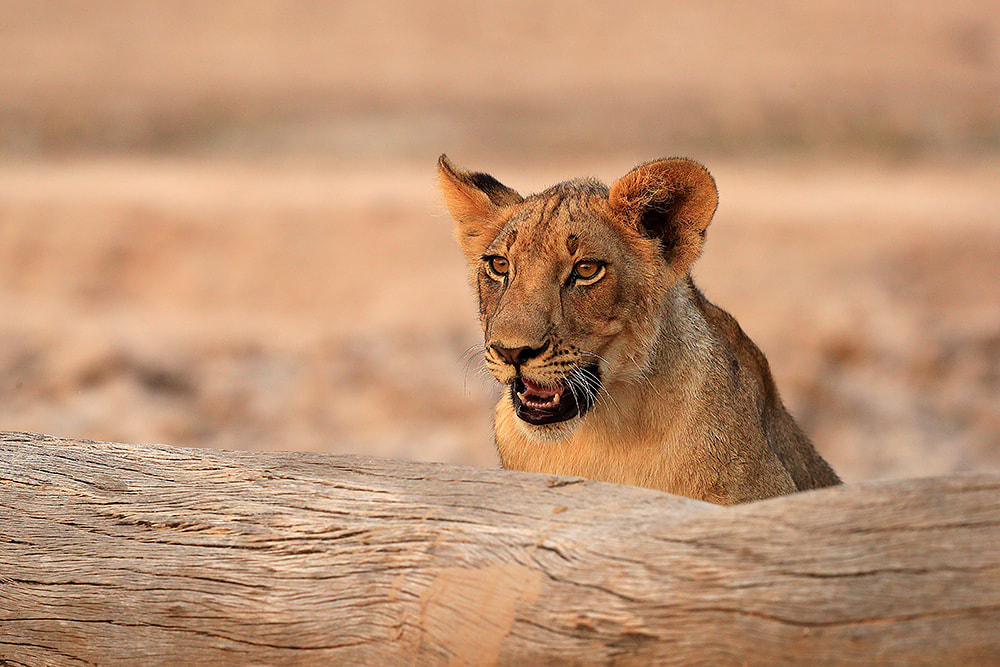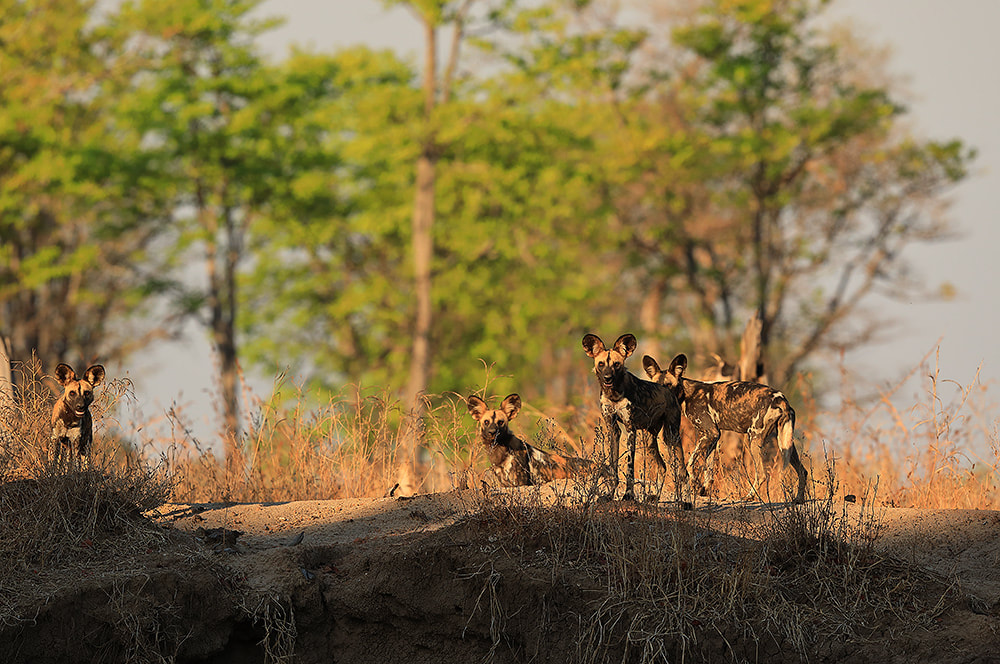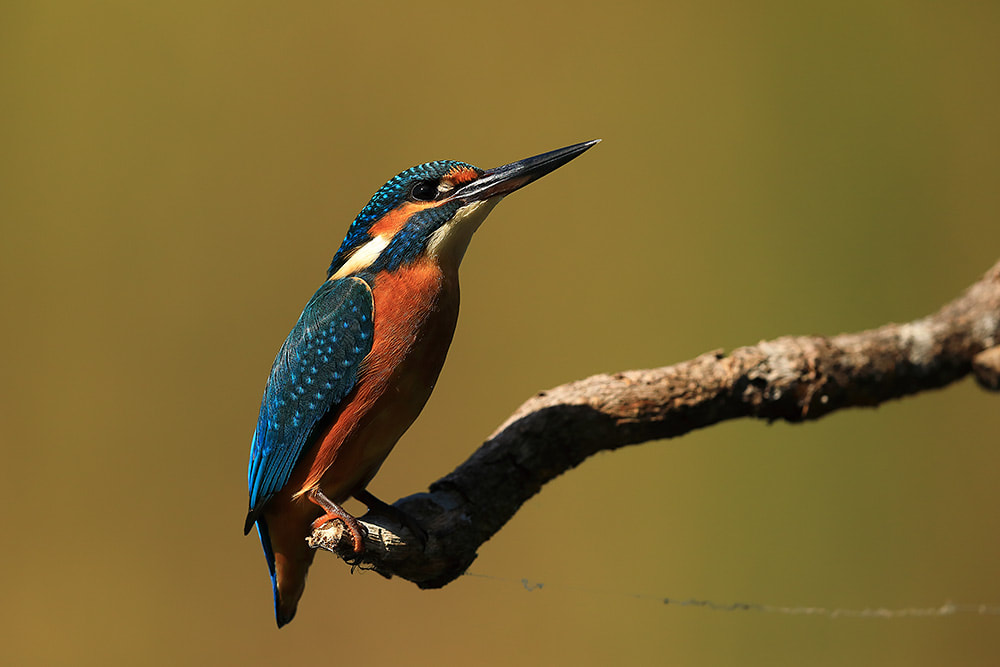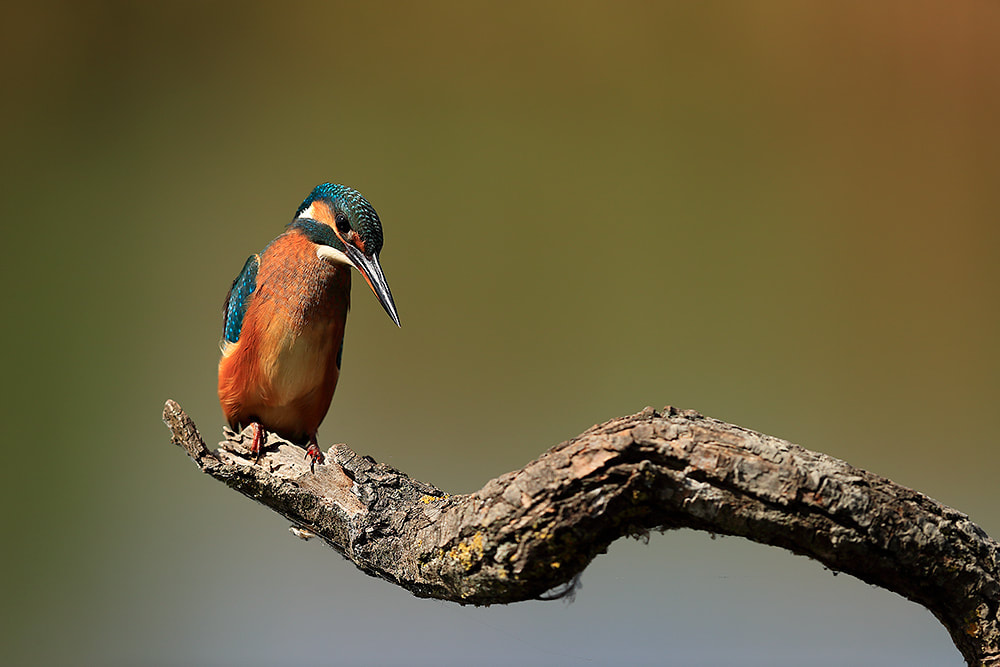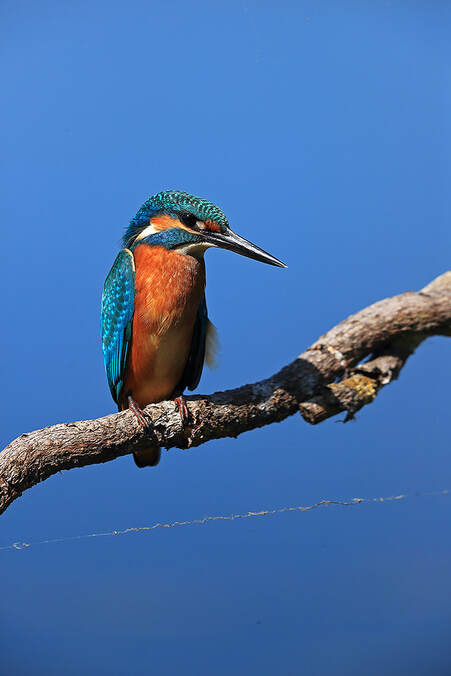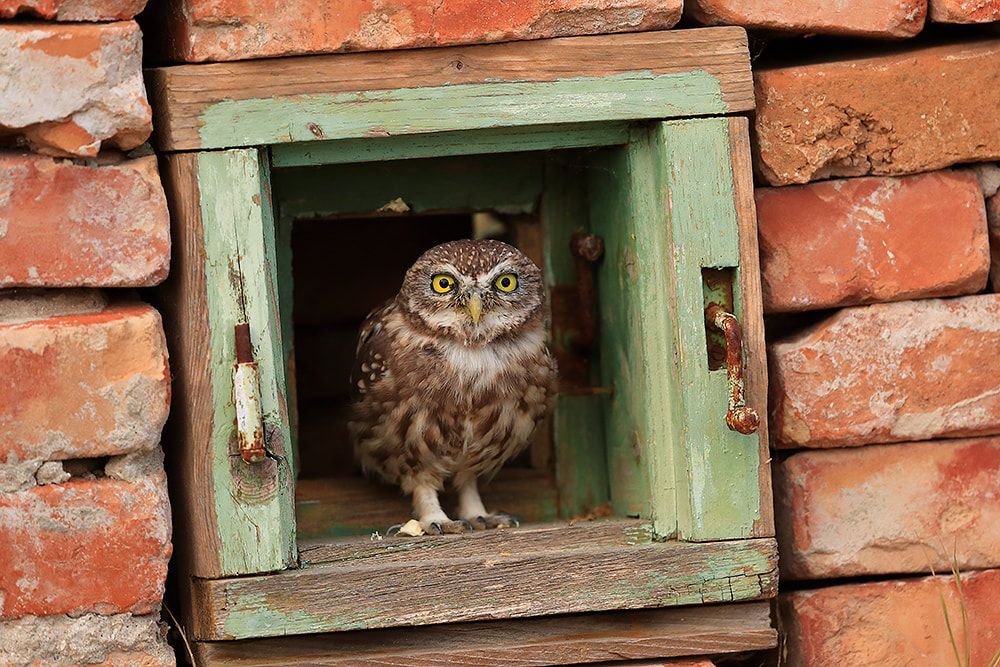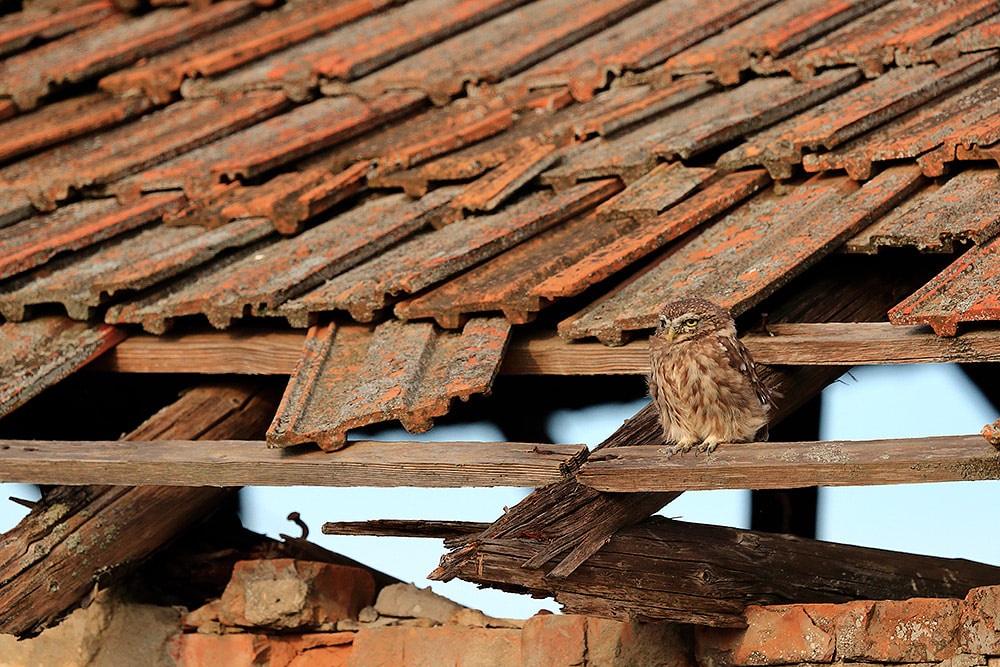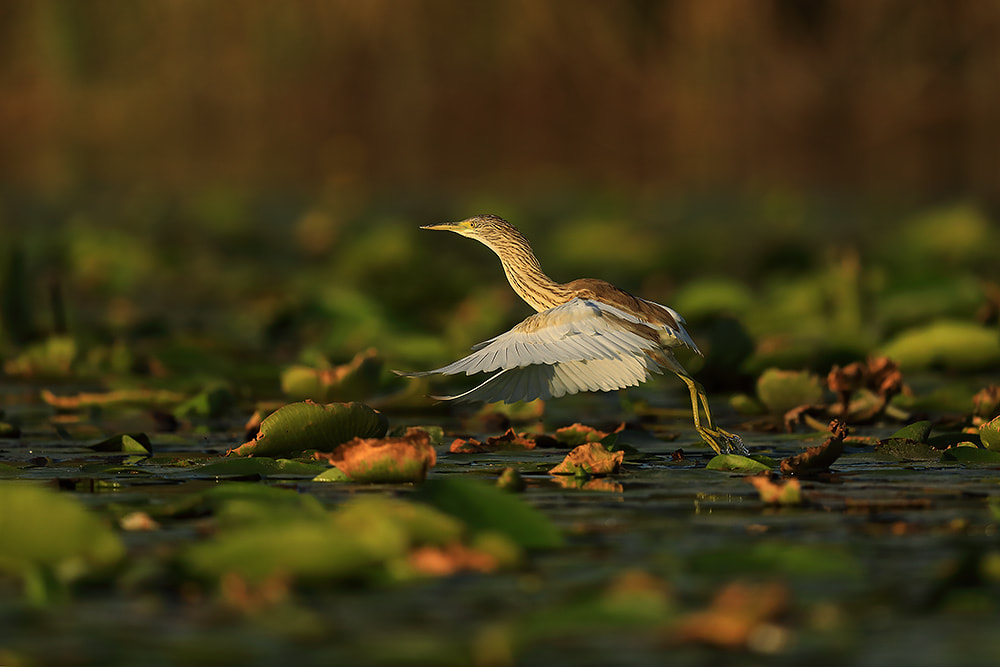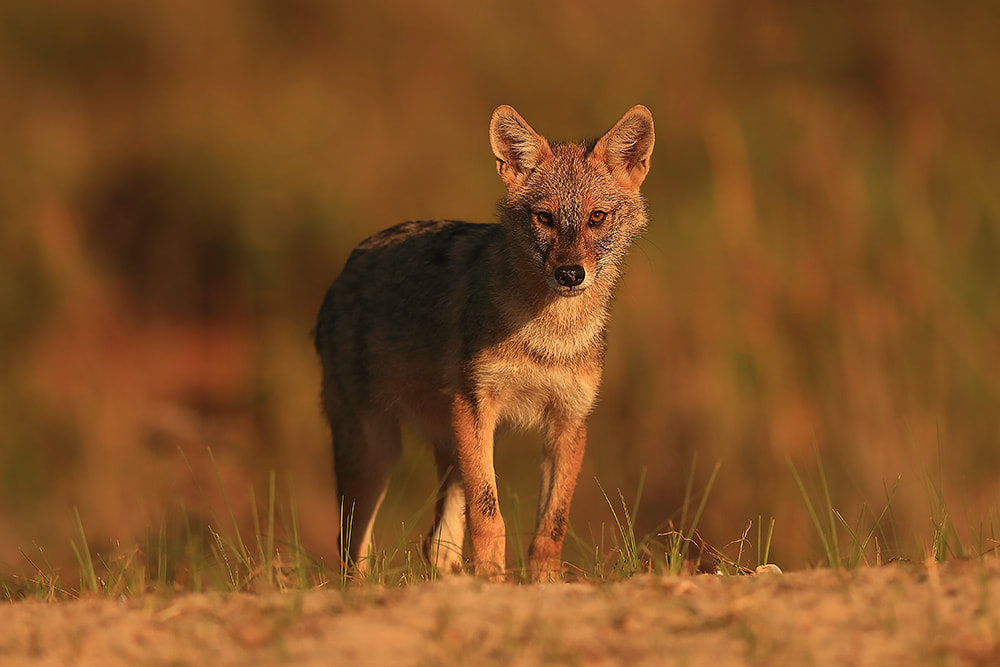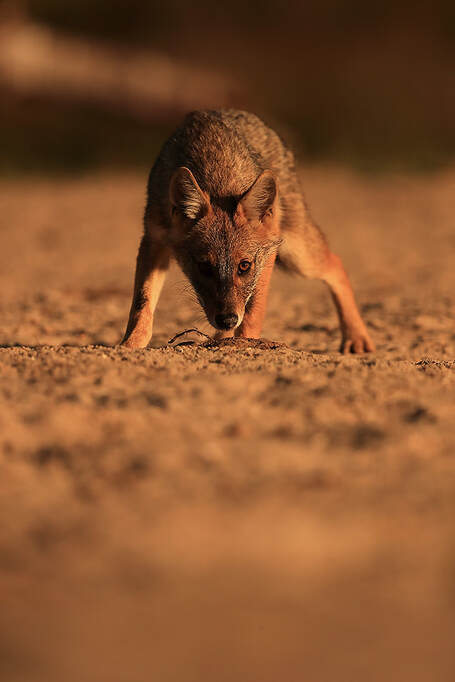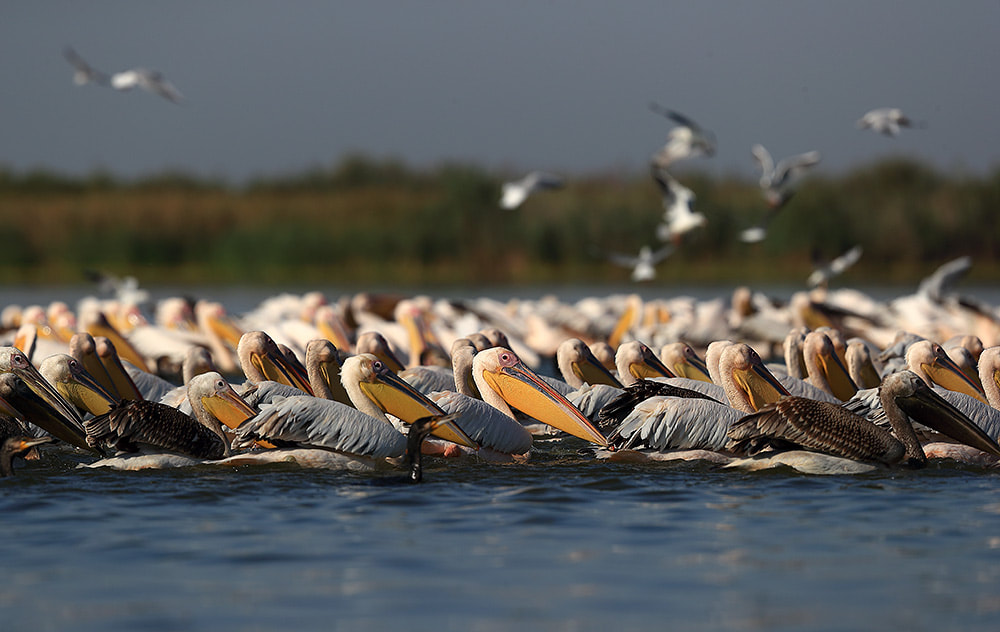|
It has been another action-packed year for me. With the travel sector back in business, I was busier than ever (making up for lost time) leading tours left, right and centre. With such a busy year, I haven't really had time to focus on my own projects, but I was able to capture a few wonderful moments when out in the field with clients. So with that in mind, I thought I would share my 'Top 5' images from the year of 2022. I should add that these are in chronological order and just a small selection of some of personal favourites. In case you haven't yet realised, I really love taking portraits of wildlife. I would love to know which is your favourite. The wonderful thing about photography is that it is completely subjective. My decision making behind this selection is probably biased, as my memories of each moment are likely to change my perception of the image itself. Anyway, I do hope you enjoy them.
2023 promises to be another busy year and I will do my utmost to keep this blog up to date. In the mean time, I have two more posts to come from my Colombia tour, another focusing on South Luangwa in Zambia and a final one from Australia. Happy reading!
0 Comments
I know. It has been a while since I last posted about the wonderful bird photography tour I led to Colombia for Wildlife Worldwide. I left you after photographing the absolutely beautiful toucan barbets of the western Andes. Today I am going to whisk you further north towards the city of Manizales and share with you a kaleidoscope of new colours and forms. Of course, with this being a bird photography tour, if you aren't a fancier of our avian friends, I suggest you wait for my upcoming blog on Zambia's South Luangwa National Park. So to start you off easy, here are a couple of images taken from the Tinamou private reserve. The first was the diminutive golden-collared manakin. This tiny bird was incredibly challenging to photograph and my entire group had to work extremely hard to capture a 'record' shot - it was definitely about trying to capture it in its thick rainforest home. The second bird from here is the striking bar-crested antshrike. After a couple of days exploring the trails and gardens of Tinamou, we headed across Manizales to the protected area of Rio Blanco Reserve. This cloudforest habitats has been set aside as a water catchment area for city below and in turn provides a refuge for numerous sought-after bird species. It is particularly well known for several species of antpitta - the most photogenic of these was undoubtedly the chestnut-crowned antpitta which was a perfect poser. The whole group were treated to some exceptional photography opportunities from only yards away. After a morning with the antpittas we spent a prolonged period around the garden feeders, which attracted numerous hummingbirds such as buff-tailed coronet (the most common visitor) and the star bird which was the long-tailed sylph, alongside a number of other passerines. As we descended down the mountain back towards the city of Manizales, we came across our first roadside hawk of the tour - it posed perfectly as everyone snapped away - providing some wonderful photography opportunities. Further down the steep road, we stopped at a small reservoir's dam and immediately saw the handsome white-capped dipper. Like the roadside hawk, it posed beautifully for a brief moment on the dam wall. As we neared the bottom of the steep-sided mountain and crossed the river, our guide Juan spotted a torrent duck. These birds are notoriously hard to approach and tricky to photograph, but we were in luck as the bird was preoccupied with chasing a pair of white-capped dippers. The male duck was just the perfect subject as it came back and forth, stopping atop of numerous rocks with the lush forest-clad banks behind. As I am sure you are starting to appreciate, Colombia is a birder's dream and as a wildlife photographer I think it is equally a rewarding. My group all took such a wide gamut of images, capturing numerous species in flight, feeding and just in their habitat. What more can you ask for?
I will try and bring you the next instalment within the next couple of weeks. In the meantime, you can read my tour report from the trip and find out more information on the Wildlife Worldwide website. It seems like things are slowly returning to normal for those who work in the wildlife travel industry. With things continuing to look up, I was delighted to be at the helm for Wildlife Worldwide's Colombia Bird Photography tour. We flew direct from London to Bogota and then on to the city of Cali across the central Andes in the Cauca Valley. It is important to note that Colombia is home to more birds than other country on Earth and the photography opportunities my group were treated to, were quite simply exceptional. I am going to share some of my images from the trip, spread across a few different instalments. I feel this is the only way to do this amazing country and the spectacular birdlife justice. On our first day, we spent a few days around the lodge's grounds and were blown away by the number of hummingbirds, tanagers, woodpeckers and even toucanets. The next day we moved across the mountain, high above the city of Cali where we hoped to photograph the elusive scaled antpitta and the massively sought-after multi-coloured tanager (see below). For our third day of bird photography in the Western Andes we headed to a known spot for toucan barbet. Here we were treated to some more incredible photography and the whole group just lapped it up. These stunning birds were all photographed over a period of three days in Colombia's Western Andes. I was using my Canon 1DX II with my Canon 500mm f4 L IS II USM lens.
Keep your eyes peeled for the next instalment and be sure to find out more information about the tour on the Wildlife Worldwide website. N.B. I will not be leading the 2023 departure for this tour as I am away in Brazil, leading for Wildlife Worldwide. This year I had the privilege of leading three photography tours in Finland's remote eastern forests, right on the border with Russia for Wildlife Worldwide. Across the three trips we had some incredible sightings and exceptional photography, but as always, each had its own highlights. In this blog I am going to share some of my favourite moments from across the three tours. The magic of this remote landscape, is that you never really know what will show up and when. On one particular tour we had an awful lot of close encounters with a young grey wolf, another we had multiple wolverines and on the third we had the opportunity to photograph a great grey owl nest. Here is just a taster of what we saw ... As you can see, no matter what the weather, there are always excellent opportunities to capture some stunning imagery. The grey wolf above hung around for a couple of hours one evening and the rain just added to the moment. For me, the wolves are definitely the biggest draw. It is the only reliable location I know of where it is possible to capture stunning imagery of this elusive species. However, the area is fantastic for wolverines and brown bears, meaning there is never a dull moment. It is even more exciting when the different species show up at the same time. It is important to say (as I always do), that food is put out to entice the predators in front of the purpose-built hides. Furthermore, the food put out is typically salmon scraps or meat that is not fit for human consumption. There is the chance to join me in 2023 and photograph these incredible predators for yourself. You can find out more on the Wildlife Worldwide website and book your place on this wildlife photography extravaganza.
Back in March I led the inaugural tours for Wildlife Worldwide to Hornstrandir Nature reserve in the remote north-west of Iceland. Staying at the delightful Kviar Lodge, our sole focus here was the blue morph Arctic fox on our Arctic Fox Photography tour. Coming face-to-face with an Arctic fox has long been on my wishlist, particularly after seeing them in the wilds of Svalbard many years ago. The lodge is situated on an uninhabited peninsular, over 40 km from the nearest settlement and only accessible by boat. Our voyage from Ísafjörður was not the smoothest, but on arrival a fox was running along the high snow bank above to greet us. It doesn’t really get any better for a wildlife photographer. I led back-to-back trips in this spectacular landscape and enjoyed some of the very best photography opportunities I have enjoyed for many years. My clients were spoiled with all sorts of weather conditions and countless moments to capture some breathtaking imagery. Here is just a taster of what we enjoyed … As you can see, the first day was pretty wild with incredibly strong winds and a few snow storms. Although the photography was challenging, it was also particularly rewarding. The weather was very changeable, as you would expect in Iceland during March, but that enabled us to photograph the different foxes in a host of different conditions. The photography was exceptional. I was able to use my phone to capture some wonderful images, that's how obliging they were ... We were also treated to a marvellous display of Aurora borealis and all my first group were able to capture some stunning imagery. But of course the primary focus was the Arctic foxes. Here is a selection of images from the second of the two departures - we really were incredibly lucky with the weather and the cooperative wildlife. I hope the photos above have whetted your appetite - if you would like to join me in Iceland to photograph these charming foxes, there is still space remaining in March 2023. You can register your interest here.
Sorry I have been quiet again for the first quarter of the year. It has been a crazy few months and I am only just getting the time to sit back and think about the past 5-6 months. Back in November I was in a state of shock as I was actually able to enjoy leading my first African photo safari in nearly 2 years. Wildlife Worldwide were finally able to run our unique South Luangwa Photo Safari and it was a pleasure to be at the helm for two separate trips. Our first trip was based at one of my regular haunts – Flatdogs Camp – where I had the pleasure of my good friend and guide Bwalya looking after us. We had an exceptional week with Bwalya, although the leopard didn’t quite play ball, and were treated to some excellent encounters with the African wild dogs and countless lions. The second week was based at the delightful Mfuwe Lodge and we had some exquisite sightings of leopard and the wild dogs once more. The rains had started to fall intermittently, but it really didn’t disturb our game drives and huge thanks must go to our excellent guides . One of the great things about South Luangwa is that you never really know what to expect and from one week to the next, you will likely see something completely different. Here is just a taster of what we saw … If you would like to join me in Zambia's South Luangwa with Wildlife Worldwide, there are still some spaces available. I will be joined by fellow photographer Sean Weekly, and I will be back for more in 2023.
This year, with travel options limited, I was asked once again by Wildife Worldwide to lead dedicated deer photography workshops in the heart of the New Forest. With permission from Forestry England, I led a number of workshops alongside Ben Sutcliffe. We had some crazy weather, but some great deer encounters with the red deer during the rut. Unlike the deer parks of London, these deer are completely wild and it takes patience to slowly make an approach. The key thing is to ensure that you don't sneak up on them and that they know where you are, while also being aware of the wind direction. Anyway, here are just a few shots from my time in the forest. After some incredible misty action, we were treated to incredible evening action too. It is fabulous to witness this behaviour and enjoy the most remarkable lighting - combine that with a mist and you can't really get it any better. It was an absolute honour to lead a number of workshops and I was delighted for the clients who got some brilliant images.
We hope to run some more workshops in 2022, but it will depend on my availability. Please get in touch if you want to find out more. Well what can I say about the past 18 months - quite simply it has been pretty tough. I have been unable to lead any overseas trips since the start of the pandemic and only led a limited number of UK-based workshops. However, back in September, I headed off to the stunning hills and forests of Slovenia - one of my favourite corners of Europe. The Dinaric Alps are a wildlife photographer's paradise, home to over 800 European brown bears and a myriad of other species. I spent 7-days in the wonderful hides which I use when leading my tours to Slovenia, building up a great little portfolio of images. In the time I was there, I photographed over 10 different bears, including a number of mothers and their cubs. I can't wait to get back out in the field and leading tours once more. over the next 12 months. As you can see from these images, the surroundings for my sightings were exceptional and I was blessed with exceptional weather. You can join me in Slovenia next year for the opportunity to photograph the Dinaric Alps' population of brown bear.
I am sorry I have been so quiet this year. As I am sure you can understand, the past 18 months has been incredibly tough and there has been a lot of change. I took an extended break away from social media and updating my blog. However I am absolutely delighted to announce that I have WON the Birds category in the prestigious MONTPHOTO photography competition. My image 'A Beakful' focuses on a puffin in the verdant vegetation of Skomer Island with a beak crammed with fish. This is a massive honour and something I am incredibly proud of - the competition was exceptional, with some huge names among the winners. The excellent Will Burrard-Lucas won the Mammals and Overall prizes, while I must make a special mention of good friend Kevin Morgans who has had an incredible year in numerous competitions. He had an image and a portfolio entry feature as a Highly Commended. I must pass on my congratulations to all the other winners including Jaime Culebras, Marc Graf and Imre Potyo. With Covid-19 restrictions still in place across the world during the late autumn, there was only one thing to do - explore the ancient landscapes of the New Forest in search of deer. This former royal hunting ground is home to wild herds of red and fallow deer (as well as sika around the Bealieu area) and if you know where to look you can capture some stunning imagery. Deer are notoriously skittish and it is essential to keep your distance and let the deer come to you. If you try and follow deer, you will only spook them. Most of these images were taken when I was on my own, but a couple were taken while leading workshops for Wildlife Worldwide. There are only around 150 red deer in the New Forest and their population is strictly controlled by the national park authority, so it is always worth keeping your eyes peeled for the fallow deer if the reds manage to elude you. If you would like to join me on a dedicated deer photography workshop in 2021, please contact me for more information.
Richmond Park is one of the jewels in the Royal Parks' crown, a wildlife haven in the heart of one of Europe's largest conurbations. Red deer, little owls, badgers and even ring-necked parakeets. I spent numerous weekends journeying up the A3 early to photograph the red deer rut, meeting friends and enjoying the cool autumnal air - the photographic opportunities were excellent. As you can see, the photographic highlights are not only limited to the red deer that call the park home. Above you can see an image of a jackdaw, arguably one of the UK's most beautiful corvids and a ring-necked parakeet (an introduced species from the Indian subcontinent). The deer stags are well known for thrashing their antlers in the bracken, and other undergrowth, when they are pumped full of testosterone. In this case, he took it all a little far and then struggled to see where he was going. This individual stag was not one of the dominant males, and he will probably have to wait another year or two to reach his absolute prime. As you can see from the images above, the red deer often stand proudly as the sun rises over the horizon, seemingly basking in the soft morning light. It was a great few weeks enjoying the wilder side of London and as long as you avoid the crowds, you can expect to see some spectacular behaviour. Next year, if I get to lead my planned tours (if Covid allows), then I won't be able to photograph this annual spectacle.
After lockdown eased here in the UK, I went for a little adventure to the Scottish highlands. This stunning mountainous realm is home to a range of wildlife I don't find in Hampshire, including the red squirrel, crested tit and capercaillae. I spent a day in a hide on the Rothiemurchus Estate, built by Neil McIntyre, photographing the gorgeous red squirrels in the stunning heather-filled Caledonian forest. Although I only spent the one day with the squirrels, I was easily able to capture a wide range of imagery, of which these are just a few.
Well who expected 2020 to be like it has? It has been a year of change, uncertainty and anxiety for many, but the natural world goes on and I have tried to spend as much time as possible out photographing the roe deer once again. I may have not been able to lead my overseas photography tours for Wildlife Worldwide, but I just love being in the field with wildlife and capturing images. I hope you enjoy looking through this year's imagery of my beloved roe deer. This year I struggled to find any males to start with, instead focusing on a number of different females who had hidden their young around the estate I photograph on. As summer intensified and the crops turned to the golden browns, the roe deer rut was in full swing and allowed me the opportunity to photograph roe bucks in their prime. I am looking forward to 2021 to hopefully spend some time with the roe deer once again. They have become a big part of my life and probably what I am best known for within the UK.
For many years I have struggled to find a family of rural foxes which I was able to photograph. Most rural foxes, and rightly so, are very wary of people and I usually don't want to disturb them. This year though, I stuck gold when out cycling, I cam across a family of foxes sunbathing on a rural lane, so I decided to head back to photograph them. Upon arriving at the site I couldn't see anything, but I decided to stick it out and I was richly rewarded ... As you can see, even a rural road gets traffic. Each time a car appeared, all of the cubs jumped into the hedgerow, taking cover in their earth and keeping out of trouble. Sadly, only a few days after I took the photo above, I found the body of this cub hidden in the hedge. It had been hit by a car and purposefully placed out of sight, it was a devastating blow and I was unable to photograph the family again - rightly so, the remaining cubs were very wary. It just goes to show the fragility of the natural world and the massive negative impact humanity has on the natural world.
I remember seeing the first images of Japan in winter around 10 years ago, but I had no knowledge of the country and very little idea about the wildlife. However, at the start of 2019 I was asked whether I would like to lead Wildlife Worldwide’s inaugural photography tour to the country, during the snowy winter months, focusing on red-crowned cranes, Steller’s sea eagles and of course the much-loved Japanese macaques (or snow monkeys). Firstly, if you decide to visit Japan, I can’t recommend Japan Airlines enough - they were truly exceptional. The majority of Japan’s wildlife is concentrated along the main island’s central spine or on some of the smaller, wilder islands such as Hokkaido. This is where my group spent the majority of their time, on the beautiful snowy island of Hokkaido. We had wonderful sightings of whooper swan and red-crowned cranes during the first couple of days on the island. We had the chance to see a pair of Ural owls in the nearby forests and numerous woodland birds (many of which are recognisable to those from Europe). For me though, the species I was most looking forwards to seeing was the impressive Steller’s sea eagle. Let’s just say I wasn’t going to be disappointed … We didn't have the best light for our time in Japan, particularly with the cranes - it was either too gloomy or too bright. Fussy photographers are a pain, but it does make such a big difference. It was really gloomy for my time with the swans, so I didn't really get anything worthwhile, but it was lovely just to watch them. After our time in the island's volcanic interior, it was time to head to the coast in search of Steller's and white-tailed eagle. After heading out in to the see ice to photograph the eagles, we headed south towards a frozen lake for more eagle photography. There was also an opportunity to enjoy the glorious birdlife around a traditional onsen. The highlights here were the Japanese pygmy woodpecker, the Japanese sable (a member of the marten family) and the Blakiston's fish owl (the largest owl in the world). After an amazing week on the island of Hokkaido, enjoying the snowy conditions and stunning wildlife, it was time to head back to Tokyo. We spent a night in Tokyo before heading into the main island's centre to the city of Nagano. To be more precise we headed to the town of Yamanouchi, the perfect place to base ourselves for photographing the famed 'snow monkeys' or as they should be known, Japanese macaques. Sadly, there was a bit of a heat wave in the mountains and snow was rather lacking for the most part. So what can I say about Japan. Well, quite simply, it is fantastic. Don't expect to be on your own, there will nearly always be other people about, but it is still somewhere I recommend highly. For the opportunities to see Steller's sea eagles alone it is worth it. Be sure to join on Wildlife Worldwide's Japan's Winter Wildlife photography tour.
It was my final week in Zambia, with my third group from Wildlife Worldwide arriving. It was another fantastic week and we were treated to some remarkable sightings. It was a week of lions, leopards, buffalos, elephants and new-born impala. We were blown away by some incredible game drives, with mating lions, a complete leopard hunt and lions gorging on numerous buffalo carcasses. Once again, I am going to leave you with the images to do the talking. Enjoy! The first days were all about the big cats, but there was so much more on offer throughout the week ... As the week progressed it seemed that we had a bit of a leopard fiesta, the sightings increased in the last couple of days and provided some excellent photography opportunities. If you would like to join me in Zambia's South Luangwa National Park, there are still a few places left in 2021. You can find out more and book your place on the Wildlife Worldwide website, alternatively please contact me for more information.
It was my third week in Zambia's South Luangwa National Park and I was well and truly in the groove. Being in the African bush is where I feel most at home, it has a hold over me like nowhere else. It was now I really felt in tune with my surroundings and really in sync with the wildlife of this remarkable national park. It was my second tour of the season leading for Wildlife Worldwide and it was another delightful group of people. Our local guide was Bwalya, who's love of photography and wildlife was immediately apparent. This week turned out to be the week of leopards and lions. We were blessed with numerous encounters and sightings and rewarded with some fantastic photography opportunities. Once again, rather than going in to too much detail, I will simply let the pictures do the talking. As you can see from all of the images, my group and I were blessed with some amazing sightings. In fact, for me South Luangwa offers such incredible variety and world-class photography opportunities. These are only a taster of what we were able to enjoy, but I hope it inspires you to join me in 2021 (there are still a few places remaining). You can book your place here.
My second week in Zambia was the first with my Wildlife Worldwide guests and our expert local guide was Jonathan (one of the excellent guiding team at Flatdogs Camp). We had an unbelievable week with numerous leopard sightings, but it was the lions who really stole the show. I had a fantastic group and we were lucky enough to enjoy an all-day game drive with over 30 lions seen, a leopard, countless elephant and some fantastic birds too. Rather than waffle on, I will just share some of the highlights. Enjoy! There are still a few places available in 2021 if you would like to join me in South Luangwa, you can find out more here.
Back in November 2020 I was privileged enough to lead three back-to-back photographic safaris in Zambia’s South Luangwa National Park. I used to work in the Luangwa Valley, back before I worked in the UK in the wildlife travel business, so I am very familiar with the wildlife and it is like home from home for me. The week before my first guests arrived, I went to a national park I hadn’t previously heard of – Luambe National Park. In fact, a friend of mine (and my old boss) now runs the only accommodation in the park and offered to show me around. So here is a little taster of my first week back in the Zambian bush, the place where I probably feel most at home. As well as Luambe, I went for a few game drives in the Mfuwe sector of South Luangwa National Park – so believe me when I tell you that the wildlife sightings were world class. I hope you enjoy an image-based round up of week one … The African wild dogs (or painted wolves) were taken in Luambe National Park whilst staying at the truly stunning Luambe Camp. I can't recommend this remote and beautiful camp highly enough, so please do visit the website to find out more.
P.S. The next few posts show even more variety and a whole host of cats ... Back in September I went on a trip for Wildlife Worldwide to Romania’s Danube Delta (for the first time). I had heard great things about Europe’s largest river delta and knew whatever happened, I would experience somewhere completely different to anywhere I had been before. I stayed at the purpose-built property known as Ultimate Frontiera. Specially designed for wildlife photographers , the purpose-built hides are spread across the estate and provide the opportunities to photography a myriad of different species. On my first morning in the hides I was hoping to photograph the pygmy cormorant, an elusive and rarely seen species. I did get a couple of shots of pygmy cormorant, but it was a common kingfisher that proved to be a real delight, posing perfectly in front of the hide only a few metres away. I have tried photographing kingfishers in the UK and never had any luck, whether it be from purpose-built hides or sitting patiently on a river bank. So, finally, to be rewarded with shots like this was a real treat. It wasn’t just kingfishers that proved to be particularly cooperative, we were treated to some great views of little owl, a wide variety of small woodland passerines, squacco heron and great white pelicans. We were even luckier in the fact we got to see a solitary Dalmatian pelican, of which there are fewer than 2,000 left in the world. It also proved to be a particularly reliable place to photography golden jackal, which are moving further west into Europe each year.
It was a great place for anyone with a passion for bird photography, and I can only imagine that during the spring it is full of life. I highly recommend you join Wildlife Worldwide in May to get your very own Romanian bird photography fix. I hope you like the pictures – and don’t forget to head off to Romania and see it for yourself! |
AuthorBret Charman Archives
July 2024
Categories
All
|

